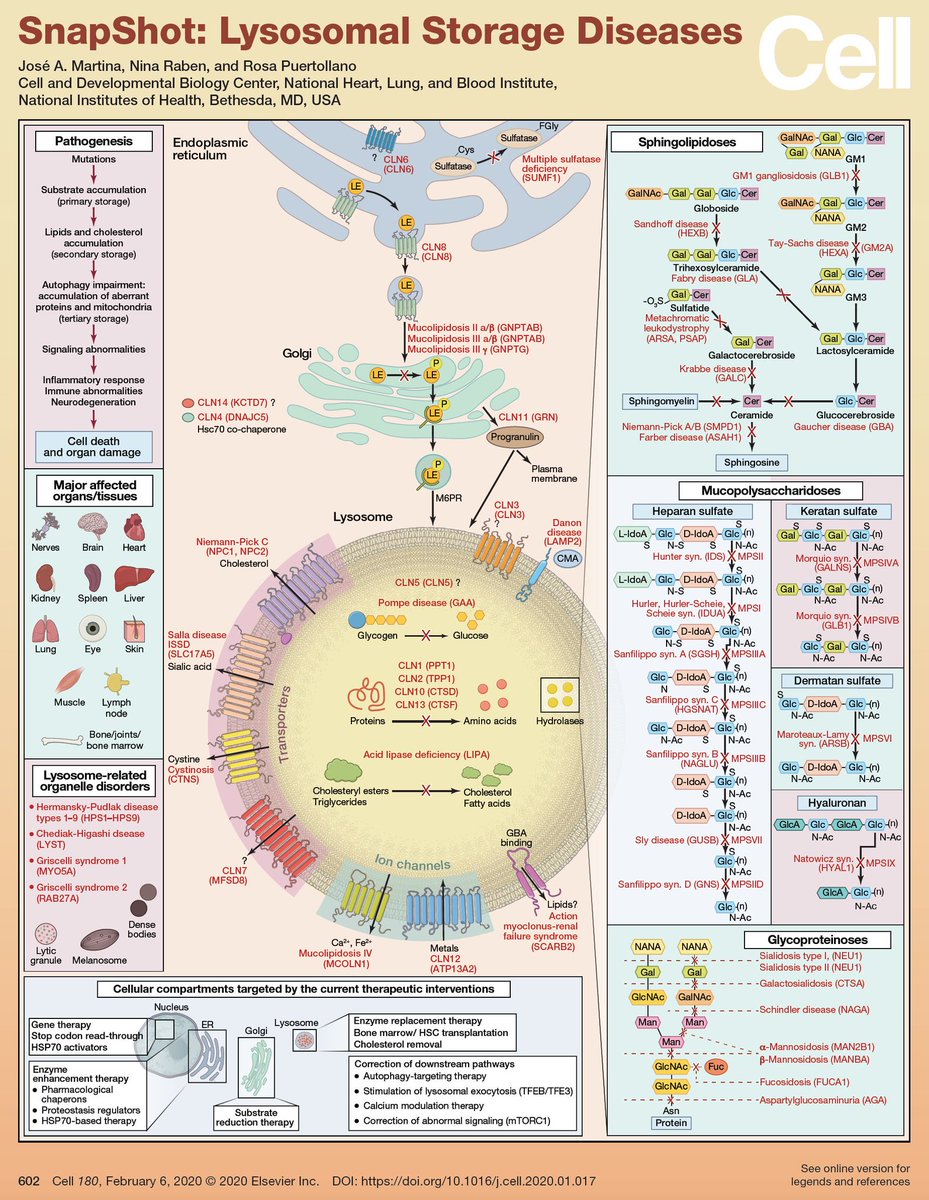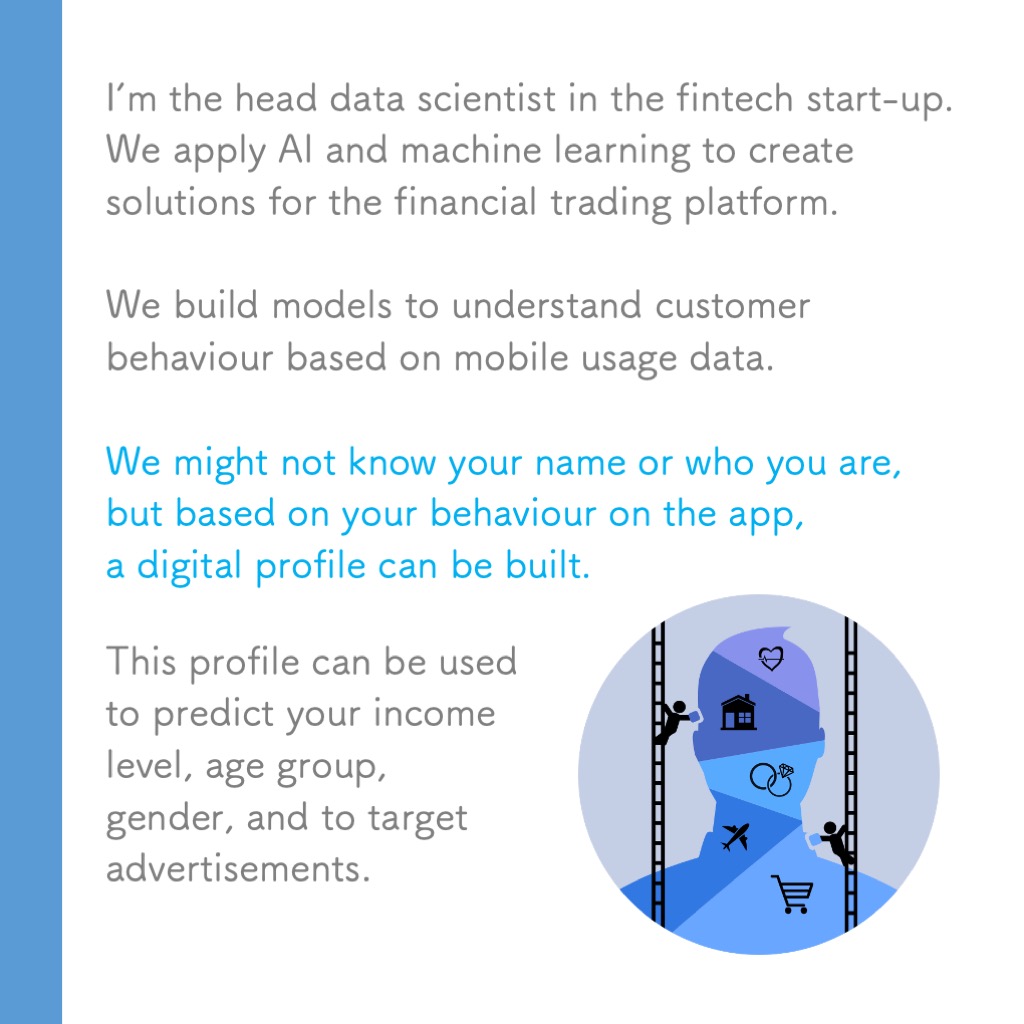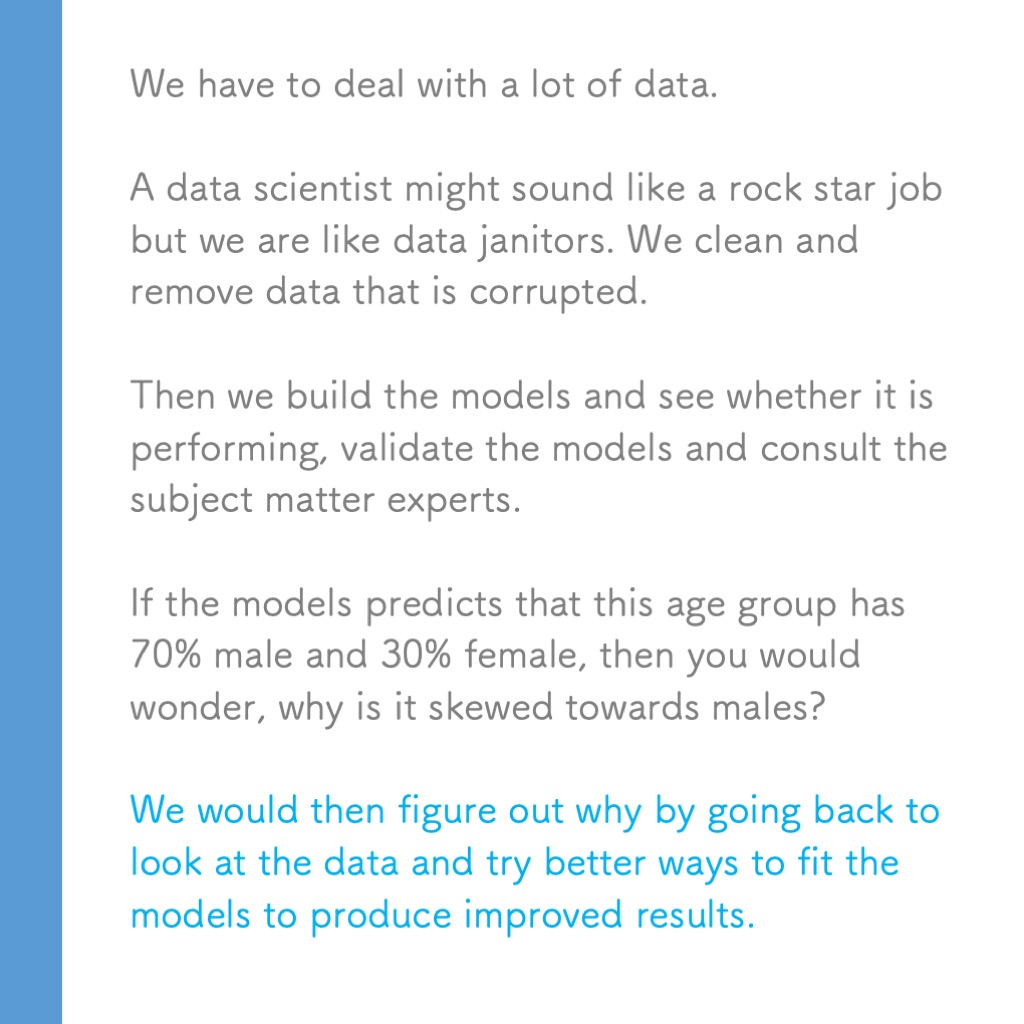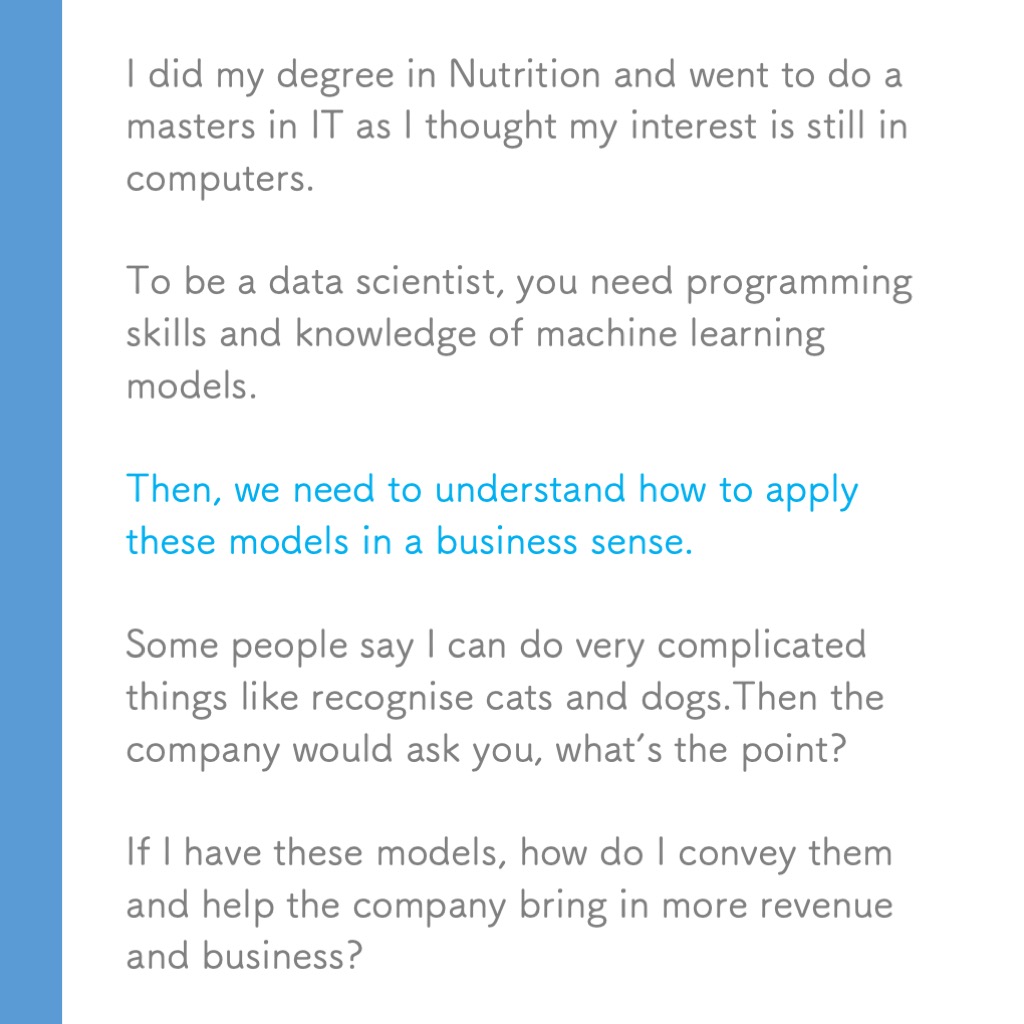
Here's a collection of threads from our scientists:
1. @aini1905 , a Primatologist. Read about her introduction to her research here!
1. @aini1905 , a Primatologist. Read about her introduction to her research here!
https://twitter.com/_100SoM/status/1171358457565339648?s=20
https://twitter.com/_100SoM/status/1171184555413426177?s=20
@aini1905 Aini answered some questions, inc what got her into primate research and how we can help prevent wildlife trading.
https://twitter.com/_100SoM/status/1172150981544427520?s=20
https://twitter.com/_100SoM/status/1171802331563773952?s=20
https://twitter.com/_100SoM/status/1171963326168846336?s=20
@aini1905 Here is a thread on her thoughts on being a wildlife conservationist:
https://twitter.com/_100SoM/status/1172165996175478784?s=20
2. @SivaRocks, a Molecular Biologist researching biomarkers for NPC at IMR Msia
https://twitter.com/_100som/status/1172382905198247938?s=21
3. Shanice @shanicemah, a clinical prostate cancer researcher at @sahmriAU, @UniofAdelaide
https://twitter.com/_100som/status/1173373984571822080?s=21
Shanice shared some myths on prostate cancer:
Sneak peeks into her work:
And questions from the public!
https://twitter.com/_100som/status/1173979913679863809?s=21
https://twitter.com/_100som/status/1174289971433242625?s=21
Sneak peeks into her work:
https://twitter.com/_100som/status/1174354715980681218?s=21
And questions from the public!
https://twitter.com/_100som/status/1174856235654369280?s=21
Our next scientist *drumroll*
4. Kaiser @KaiserKarim , a clinical neuroscientist @CamNeuro @Cambridge_Uni
‘What really gets me going is when u find something that no one knows about. That’s one of the most exciting things tt u can experience as a scientist‘
Full story on FB!



4. Kaiser @KaiserKarim , a clinical neuroscientist @CamNeuro @Cambridge_Uni
‘What really gets me going is when u find something that no one knows about. That’s one of the most exciting things tt u can experience as a scientist‘
Full story on FB!




“People tend to think, I want to be a doctor & cure cancer. Actually, doctors don’t cure cancer, they diagnose & prescribe the treatment, cancer research is done by the scientists.”
5. @DrHannahNazri is a clinical scientist @UniofOxford, Chair of Trustee Board @KalsomMovement



5. @DrHannahNazri is a clinical scientist @UniofOxford, Chair of Trustee Board @KalsomMovement

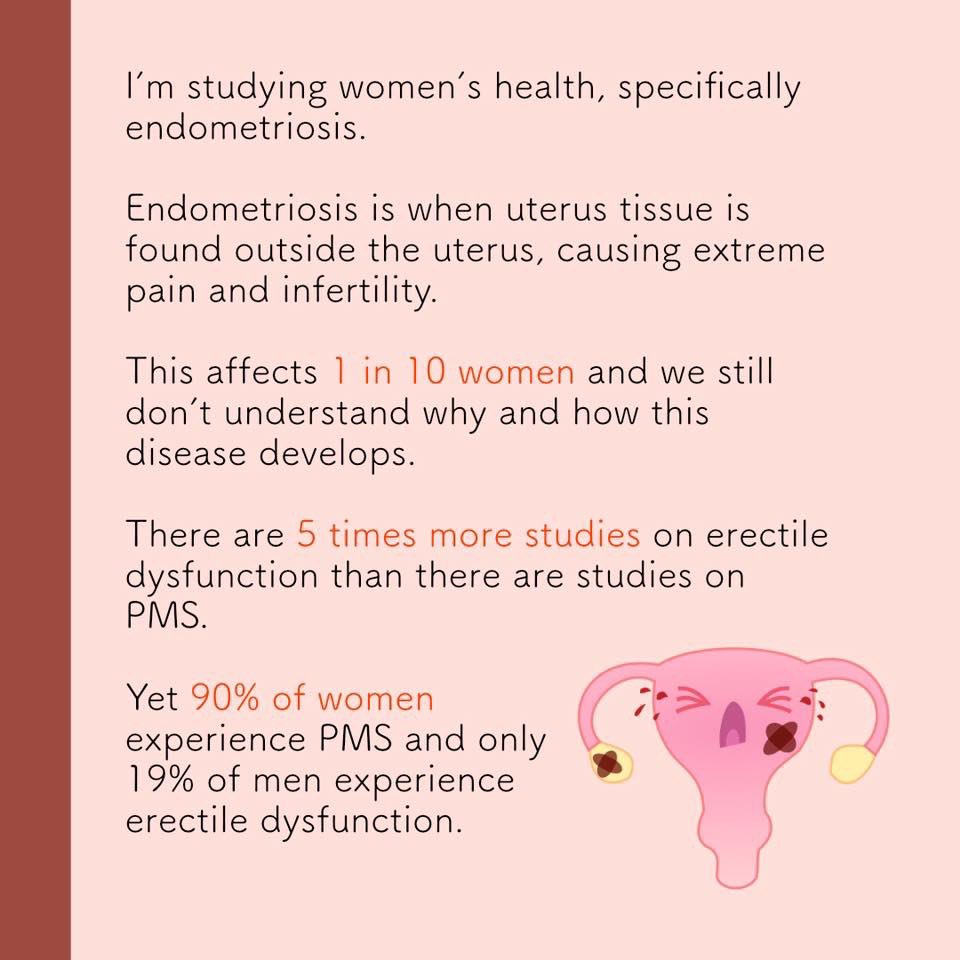
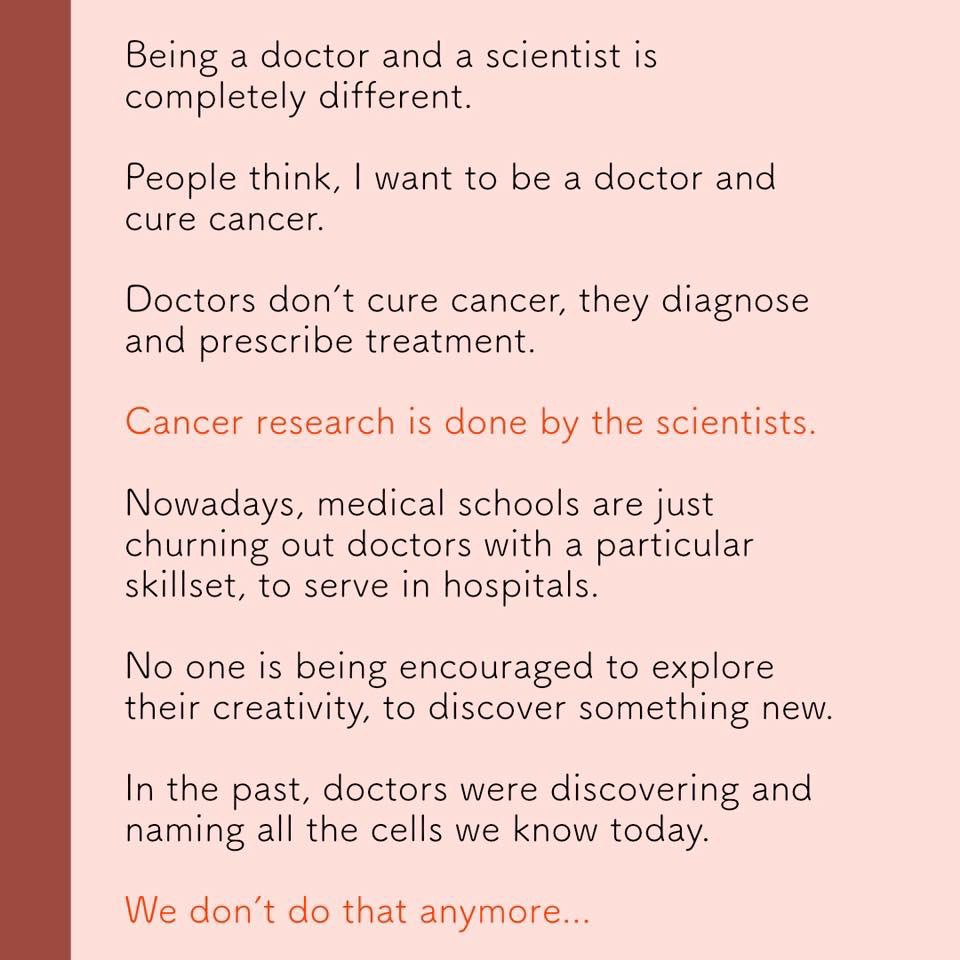
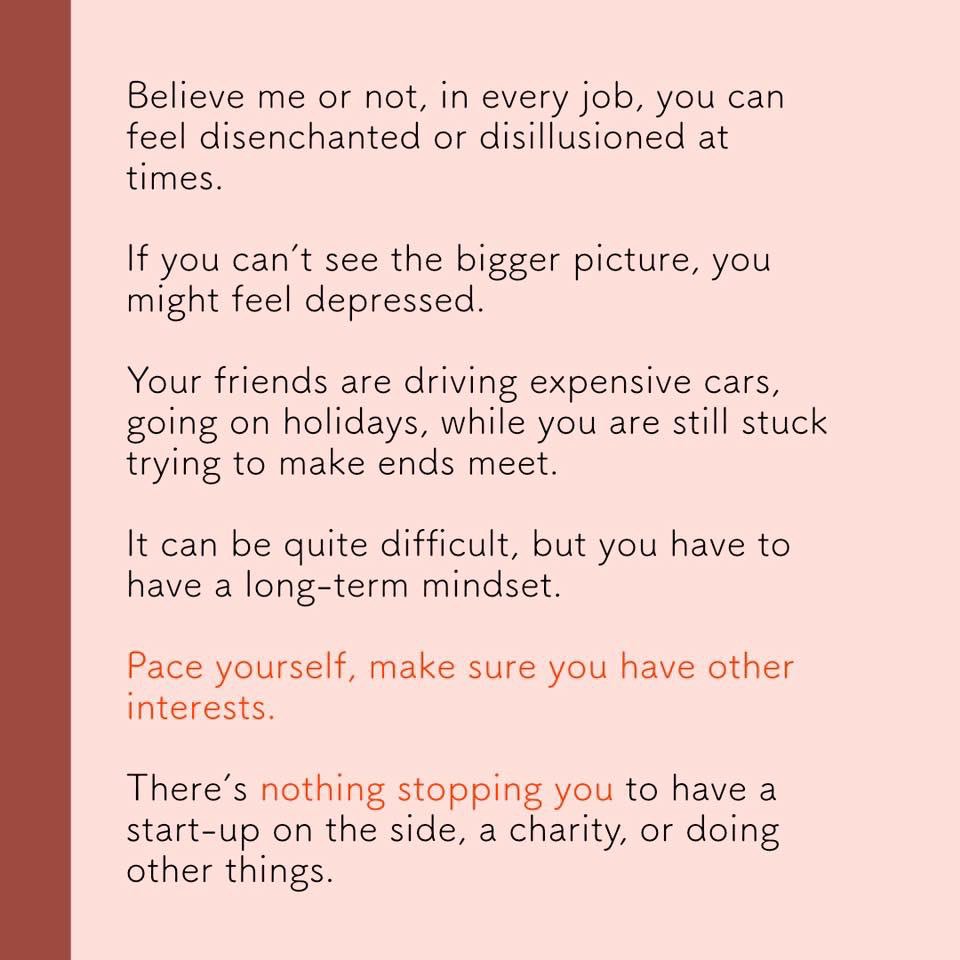
Thank you Hannah for sharing insights on why study endometriosis
https://twitter.com/_100som/status/1176763184994291713?s=21
https://twitter.com/_100som/status/1177628008535986176?s=21
We have a new #malaysian #scientist today!
6. Foon Junn Kitt @jkfoon, researching #limestone biodiversity and #conservation @RimbaResearch
“Now that I’m out in the field, I realise the importance to move from a purely science-based perspective to one that is more holistic.”



6. Foon Junn Kitt @jkfoon, researching #limestone biodiversity and #conservation @RimbaResearch
“Now that I’m out in the field, I realise the importance to move from a purely science-based perspective to one that is more holistic.”
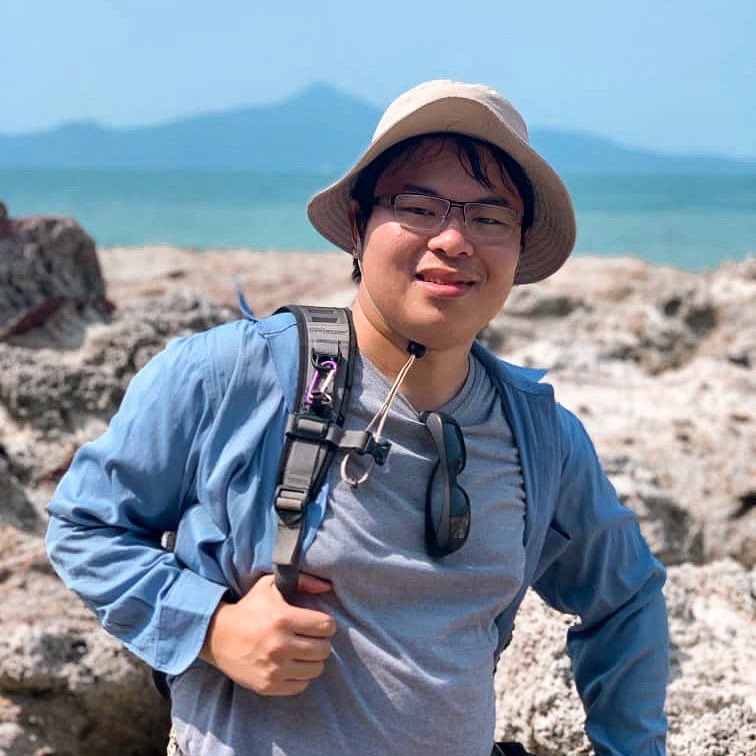
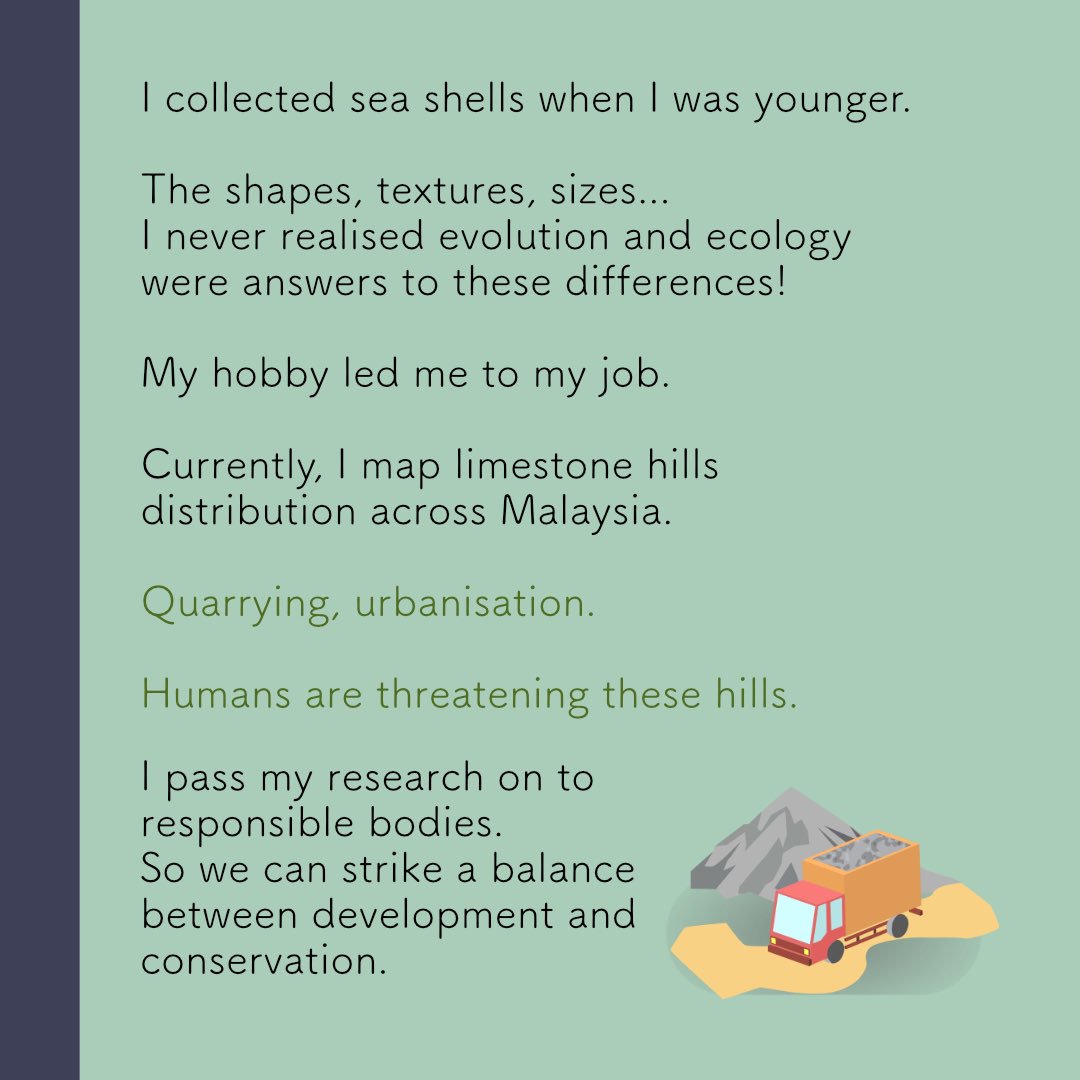
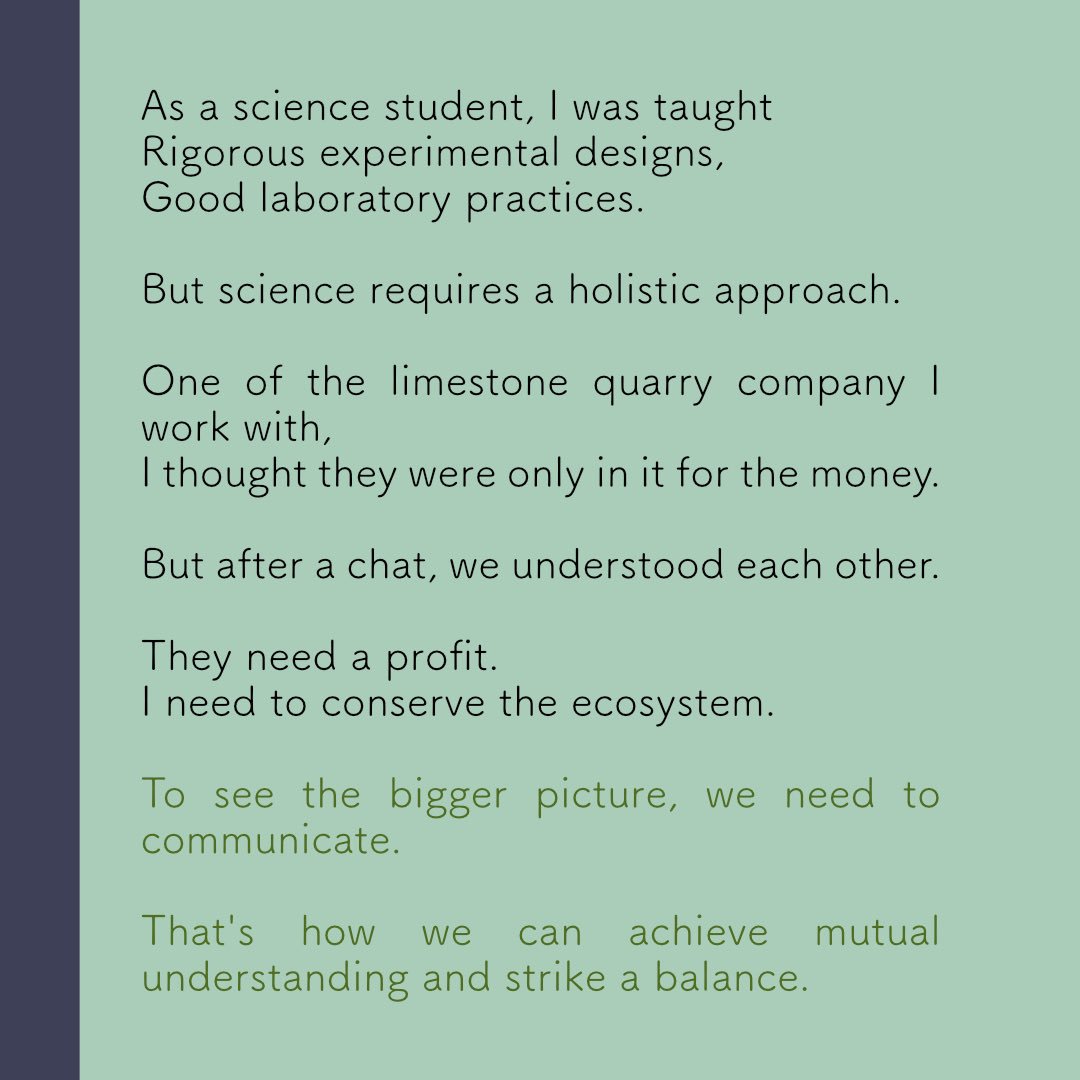
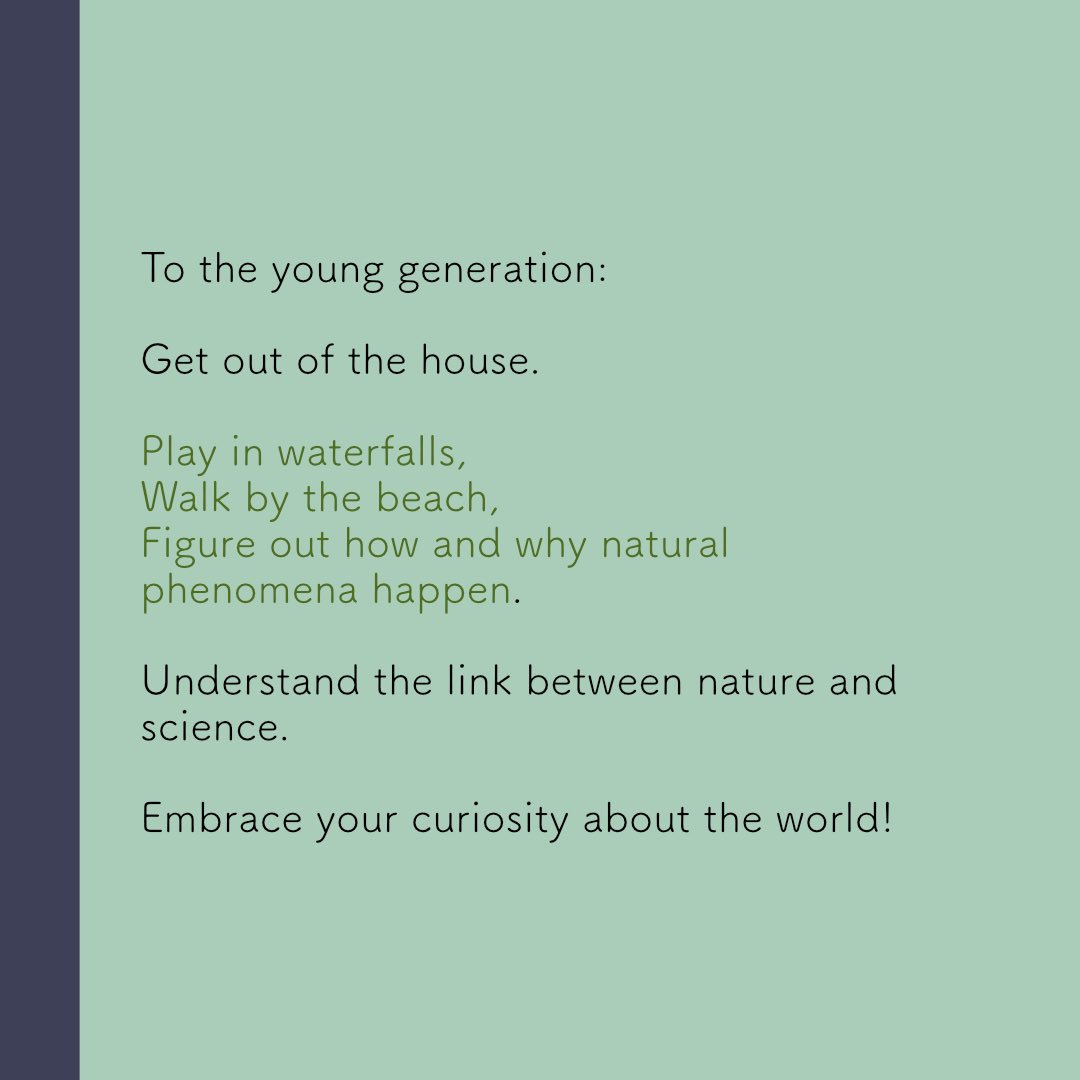
@jkfoon @RimbaResearch Hi all! @jkfoon here taking over @_100SoM for the next few days! Stay tuned for some interesting stories about fantastic snails and why I study them! And do post your questions if you have any!
@jkfoon @RimbaResearch Often when someone mentions land snails, the first thing that pops up in your mind is probably this garden snail and its (some say disgusting) slimy body! But land snails in Malaysia are more fascinating that you’d think! 

@jkfoon @RimbaResearch Before I start, let’s clarify that this garden snail is not originally from Malaysia. It’s a Giant African Land Snail (Achatina fulica) from East Africa. It first arrived in Malaysia around 1920s and started eating up crops and garden plants! columbia.edu/itc/cerc/danof…
@jkfoon @RimbaResearch This obviously made it enemies of many Malaysian farmers/gardeners! But our gardens are also home to some local species too! In fact, Malaysian gardens are home to the world’s only land snail that flashes lights (bioluminescent) at night, a species called Quantula striata! 
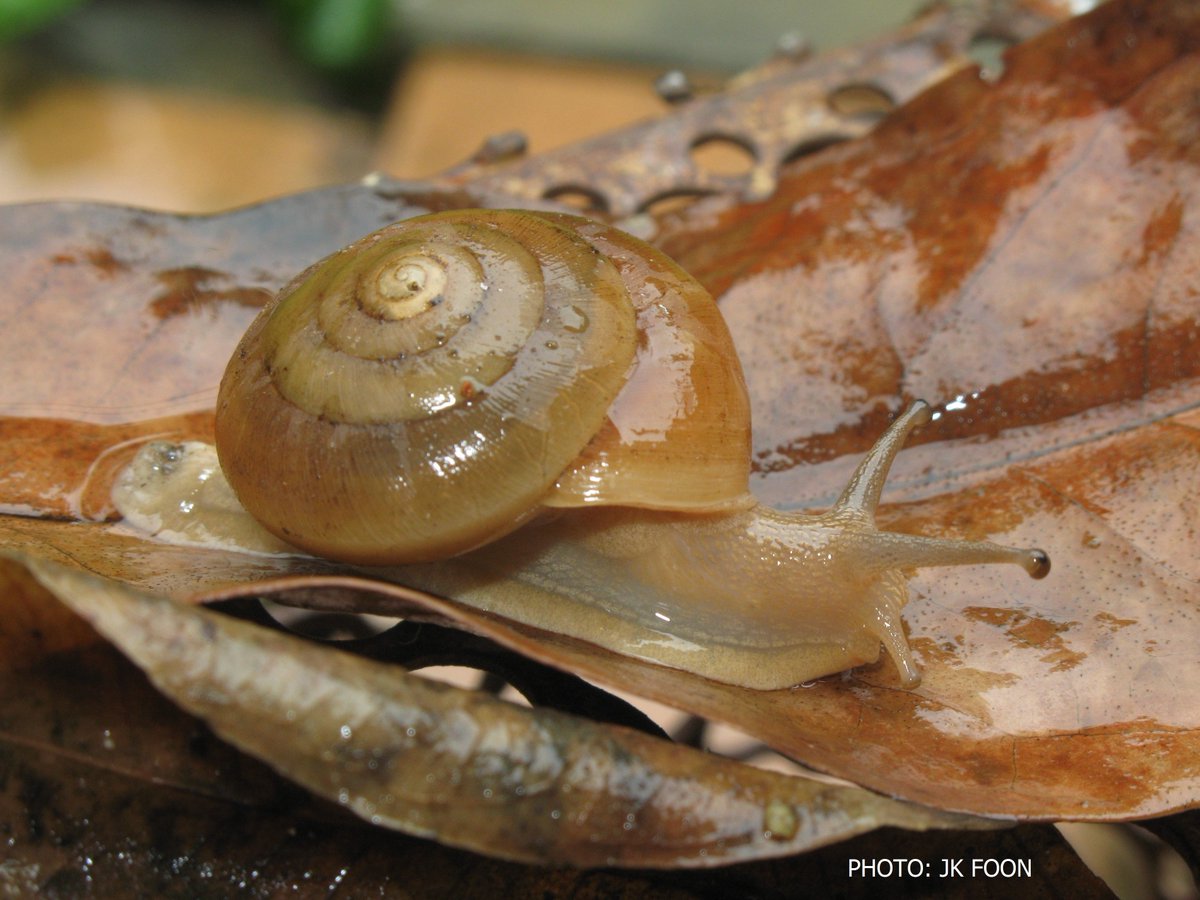
@jkfoon @RimbaResearch In the forest, 100s of native species eat fungus, plant matter and algae, helping to recycle nutrients for plants and other creatures and maintaining the health of the forest ecosystem! 




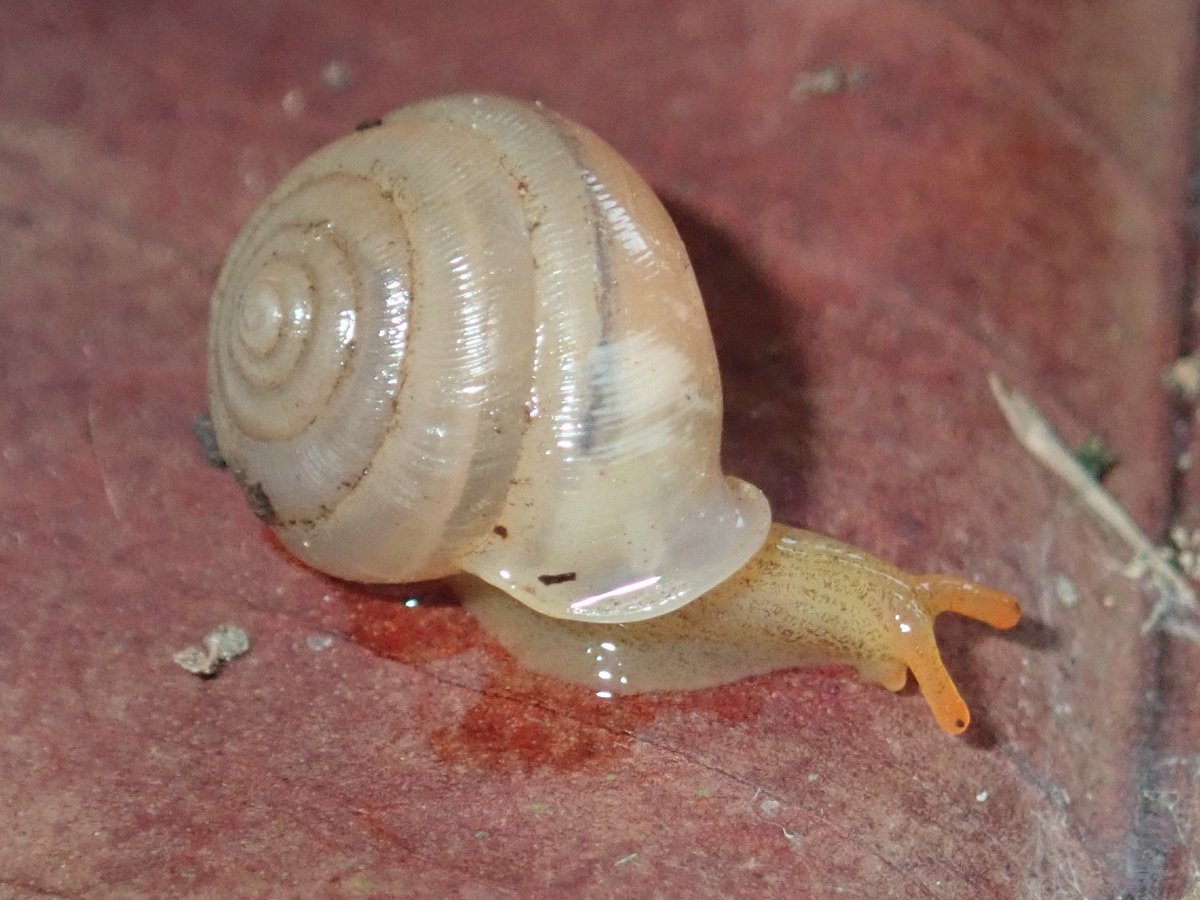
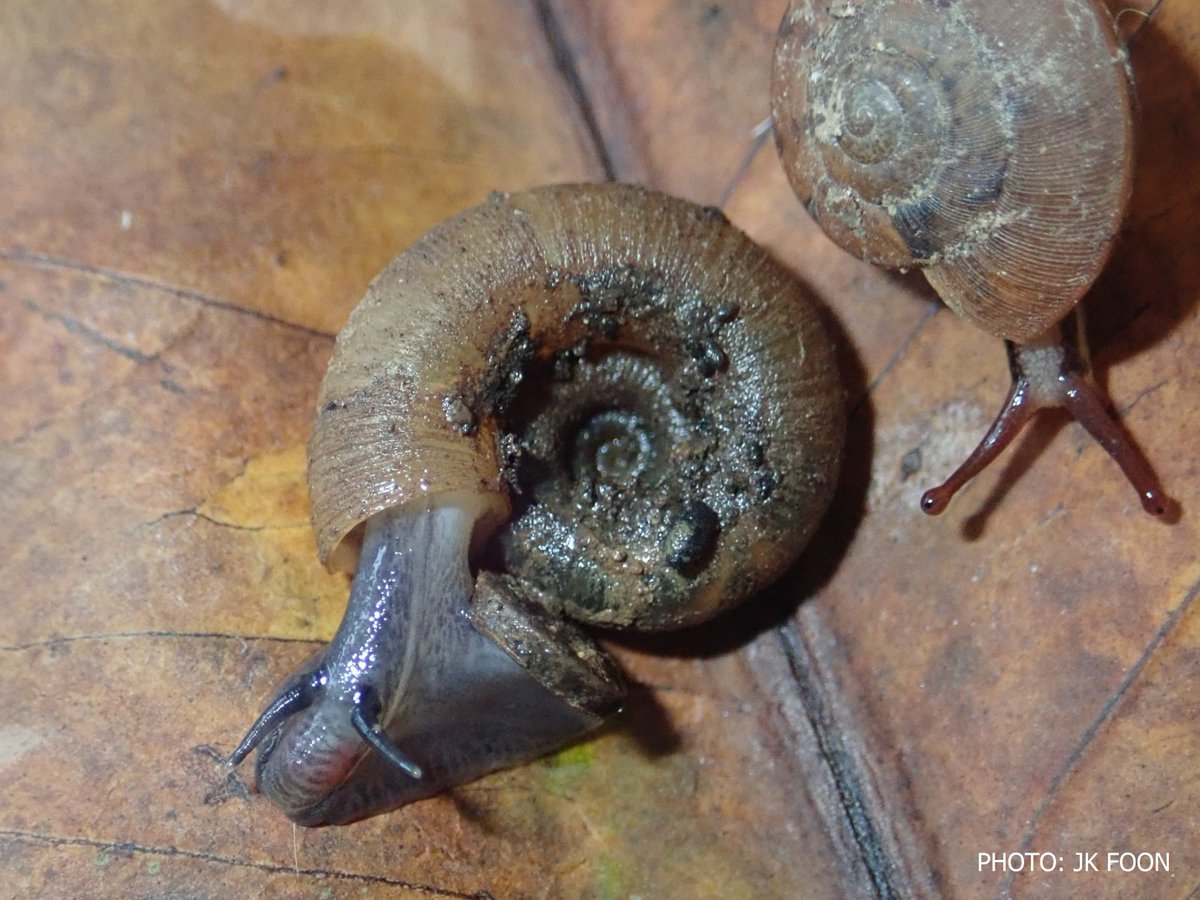
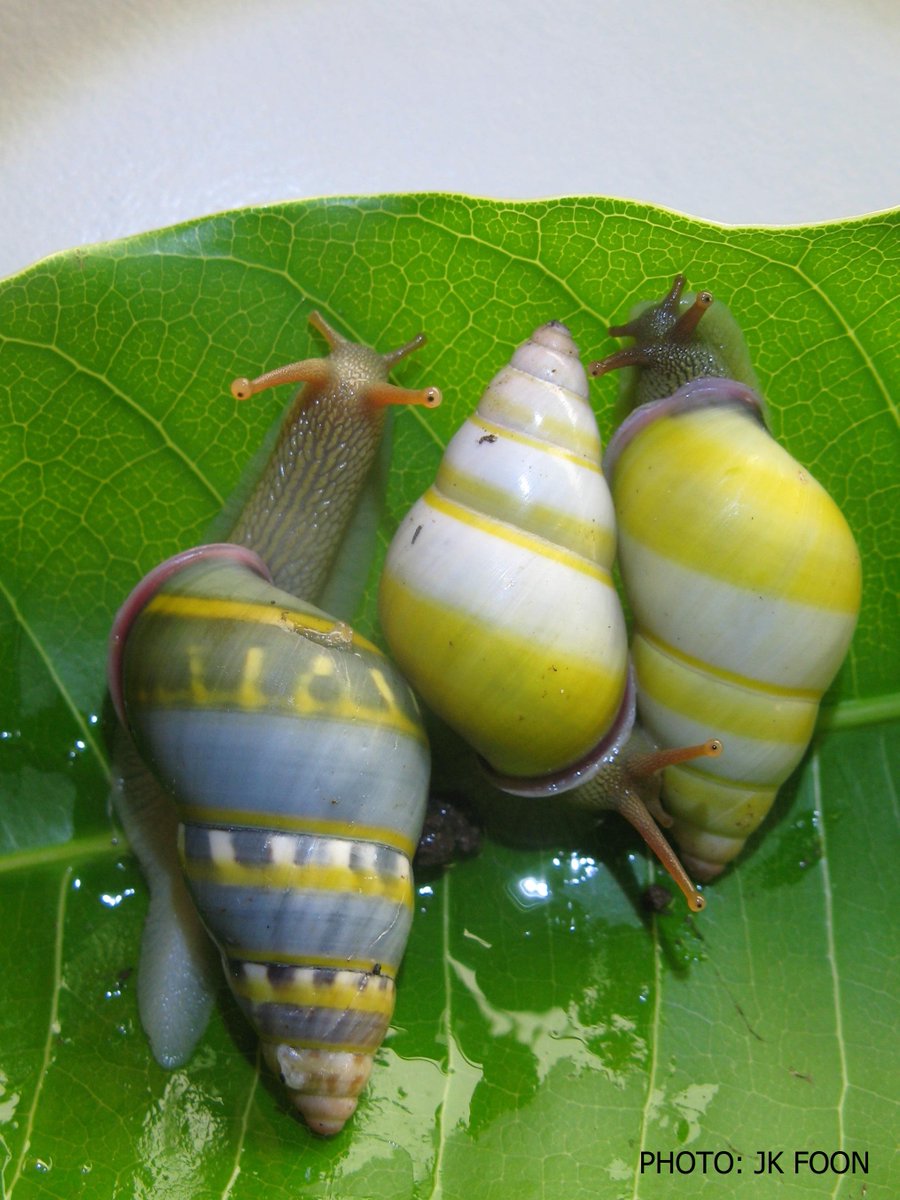
@jkfoon @RimbaResearch Peninsular Malaysia has around 400 species of land snails while Malaysian Borneo has around 550 species! This astounding diversity is why Malaysia is among the most biodiverse countries on Earth! And mind you, most of Malaysia’s land snails are actually less than 5mm! 
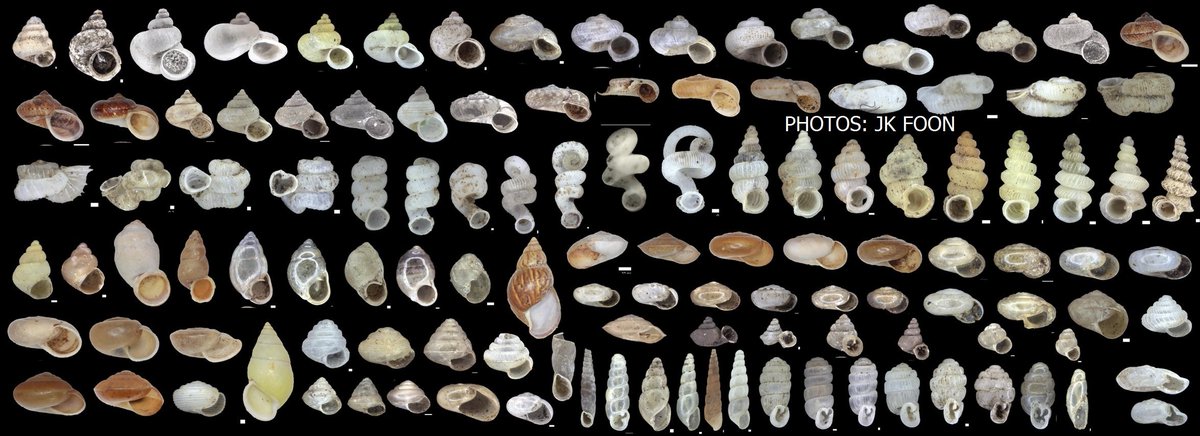
@jkfoon @RimbaResearch So you may wonder, why are there so many land snail species? Well, first off, many of these land snails are especially abundant on limestone hills because they like to hang out around areas where they can easily get calcium to build their shells. 

@jkfoon @RimbaResearch Many limestone hills in Malaysia are shaped like spectacular giant skyscrapers! Think the World Heritage Sites of Mulu (Sarawak) and Lenggong (Perak), Langkawi Geopark (Kedah), Kinta Geopark (Perak) and Batu Caves (KL). 


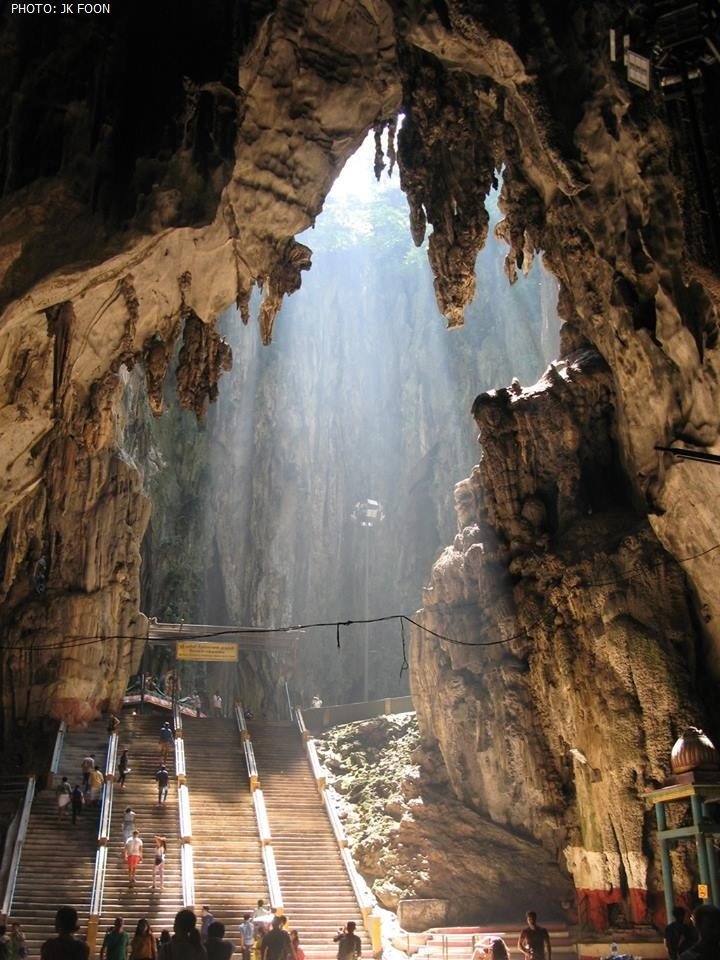
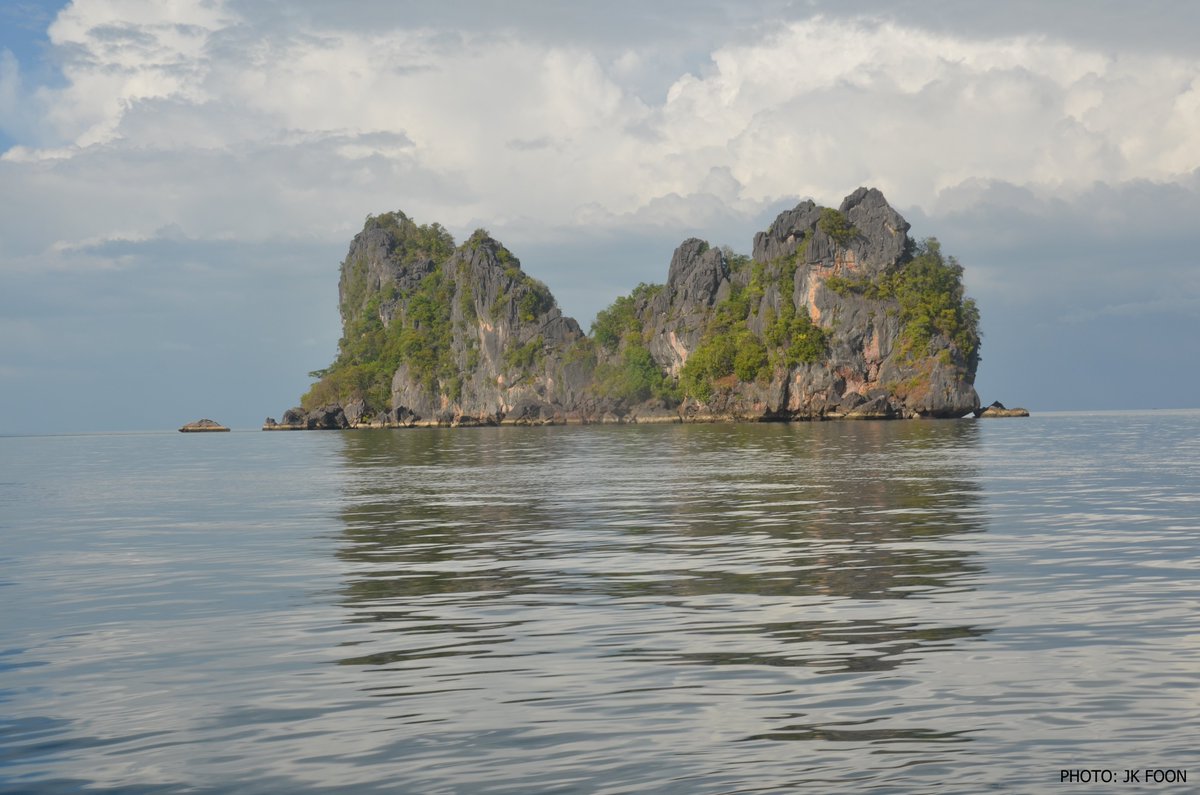

@jkfoon @RimbaResearch These hills used to be underwater reefs like the Great Barrier Reef. Over tens to hundreds of millions of years, these reefs get pushed above water and become exposed to elements like rain, sun and wind which erode and weather them, eventually becoming isolated limestone hills. 

@jkfoon @RimbaResearch Imagine a snail species get stranded on these hills. Over many generations of isolation and experiencing different pressures like predators and environment, each of the hill populations become different from others. That is why many land snails are unique to one or few hills! 

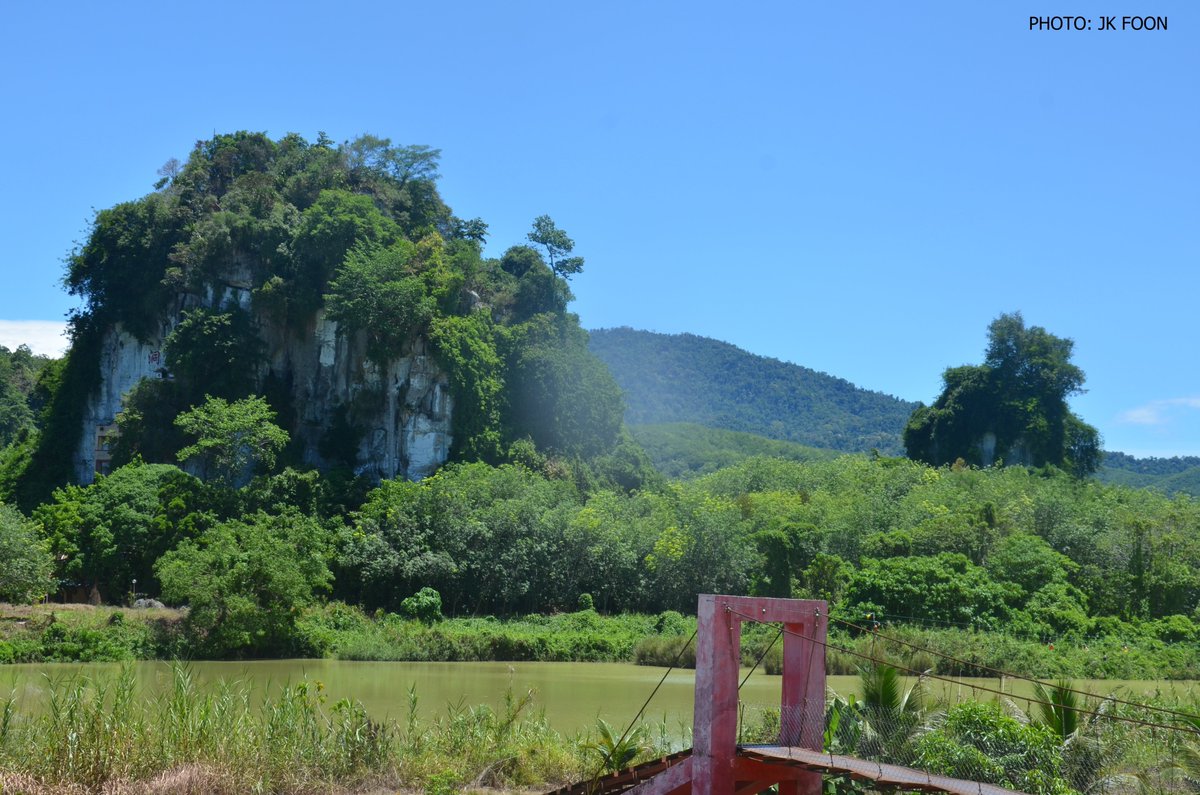

@jkfoon @RimbaResearch But here’s where the plot thickens! Some of these snails are living on limestone hills that are being quarried for cement and other construction materials. If you have traveled along the North-South highway near Ipoh, you would have seen these massive quarries. 



@jkfoon @RimbaResearch In fact, the first extinct animal in Malaysia is a land snail found only on one hill that is now completely quarried. Some 26 other critically endangered land snails are also threatened by quarrying, making land snails one of the most threatened animal groups in Malaysia! 


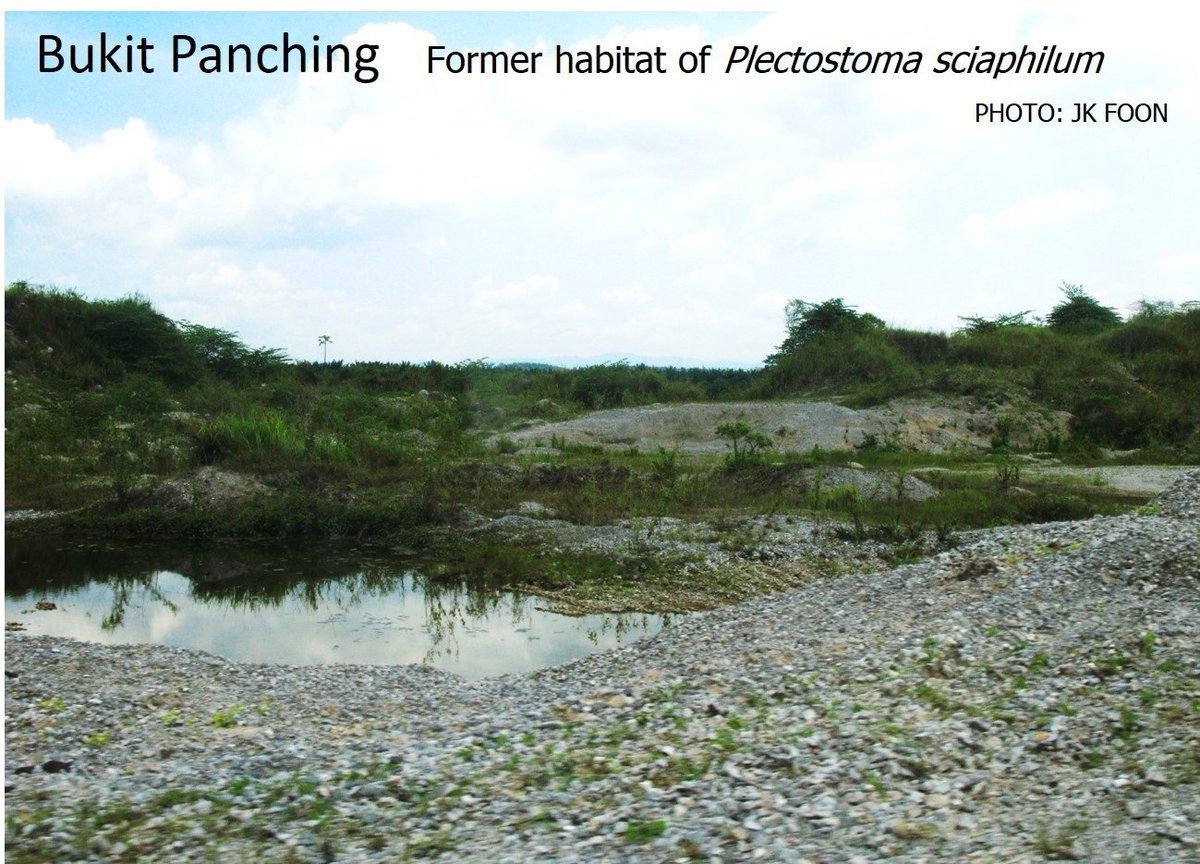
@jkfoon @RimbaResearch You might ask: Why does it matter to us if land snails go extinct/limestone hills destroyed? First off, land snails are part of the limestone forest ecosystem that provides clean water. 
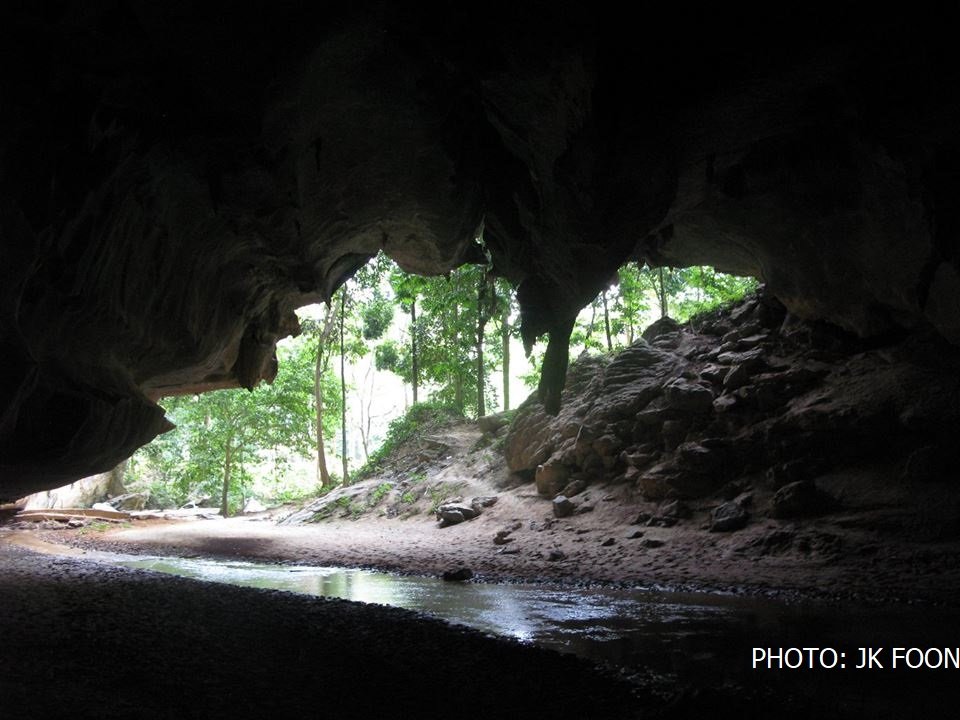
@jkfoon @RimbaResearch Caves in limestone hills are also home to bats that help Malaysia’s multi-million-ringgit agriculture industries by pollinating durians and other fruits as well as controlling insect pests! 

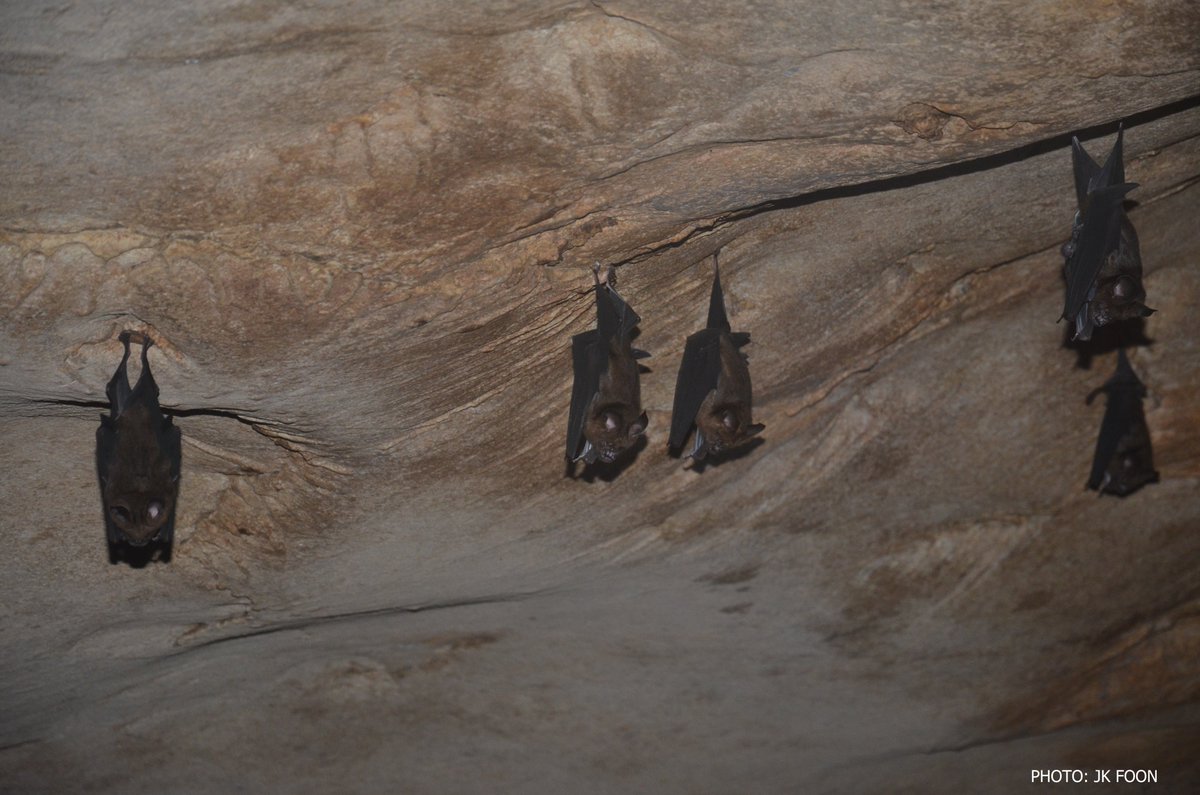
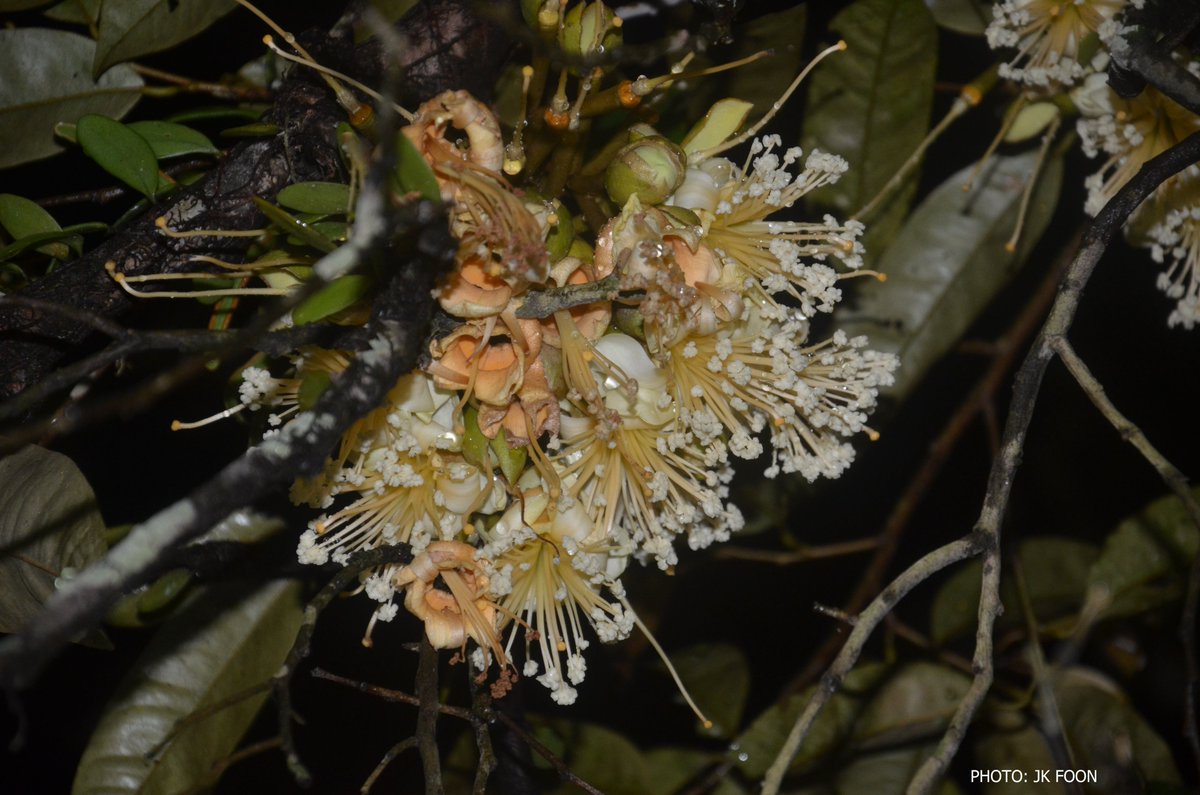
@jkfoon @RimbaResearch And this is why I'm working with UMS and @RimbaResearch colleagues to map out all limestone ecosystems and their land snails in Malaysia so that we can get a clear picture of what hills and species are at stake and what aren’t, and what should be prioritised for conservation. 



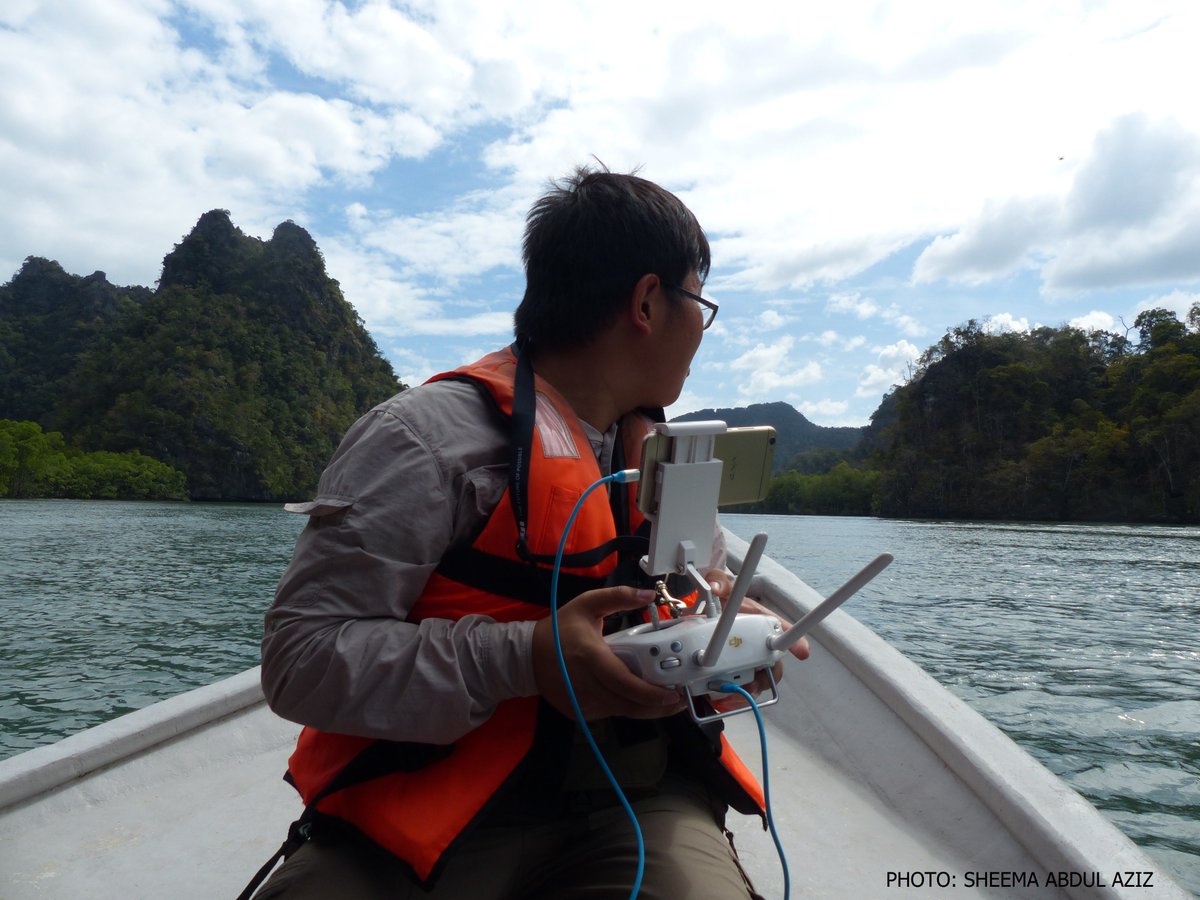
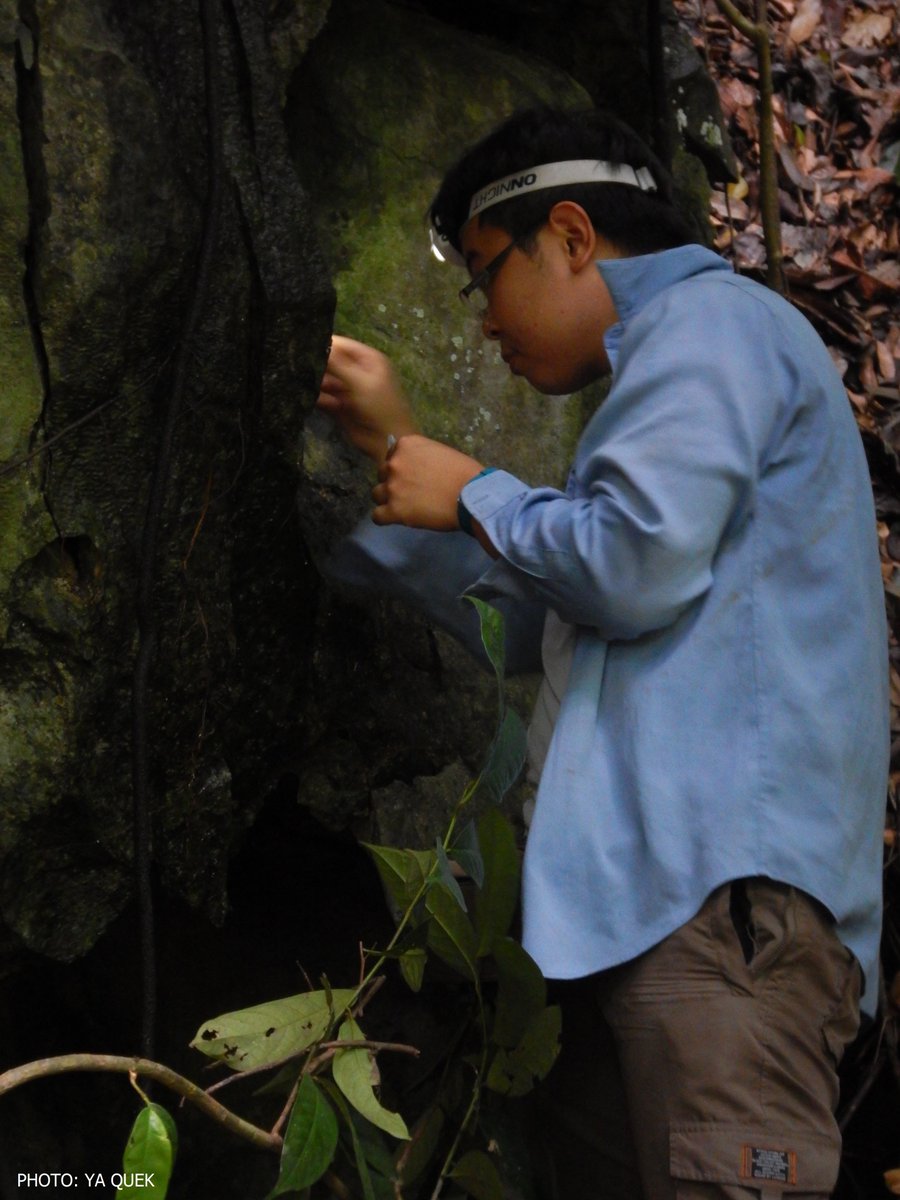
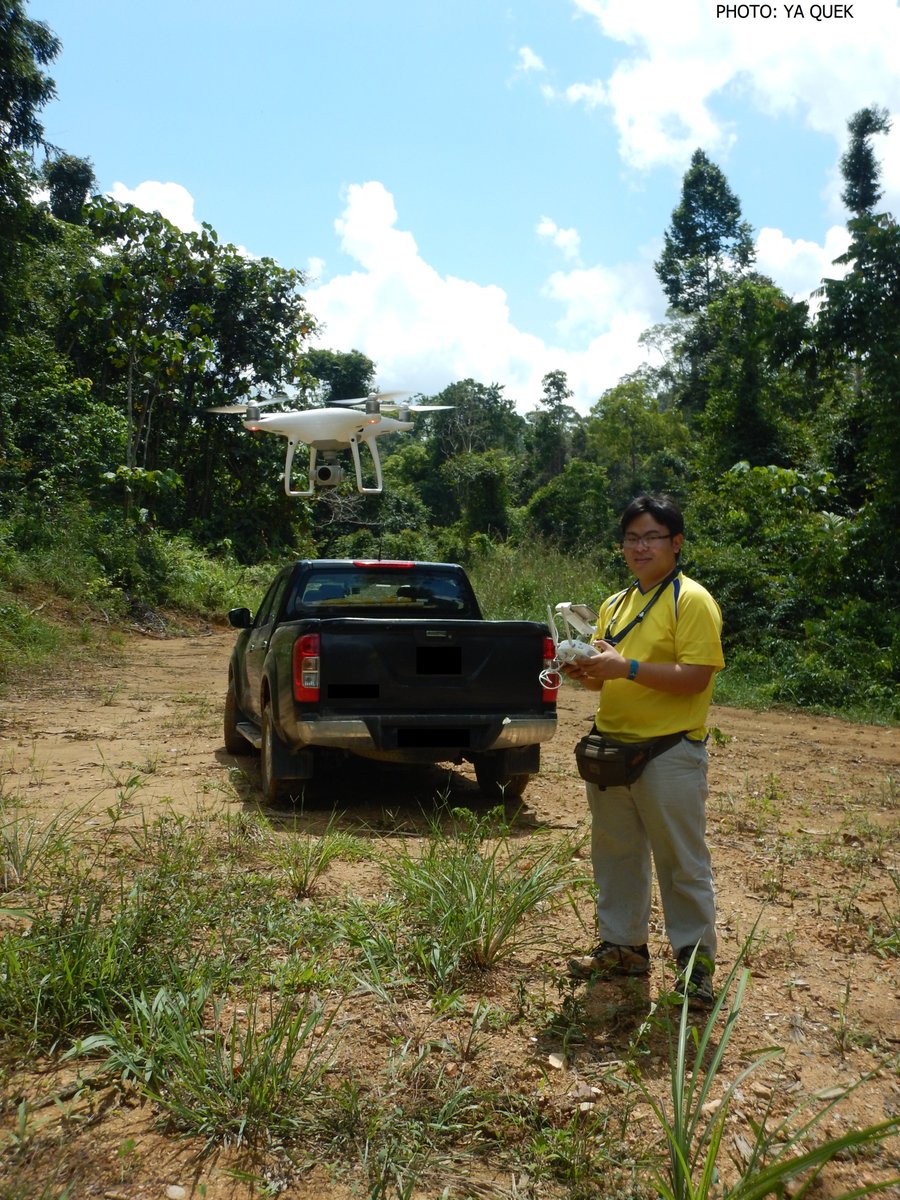
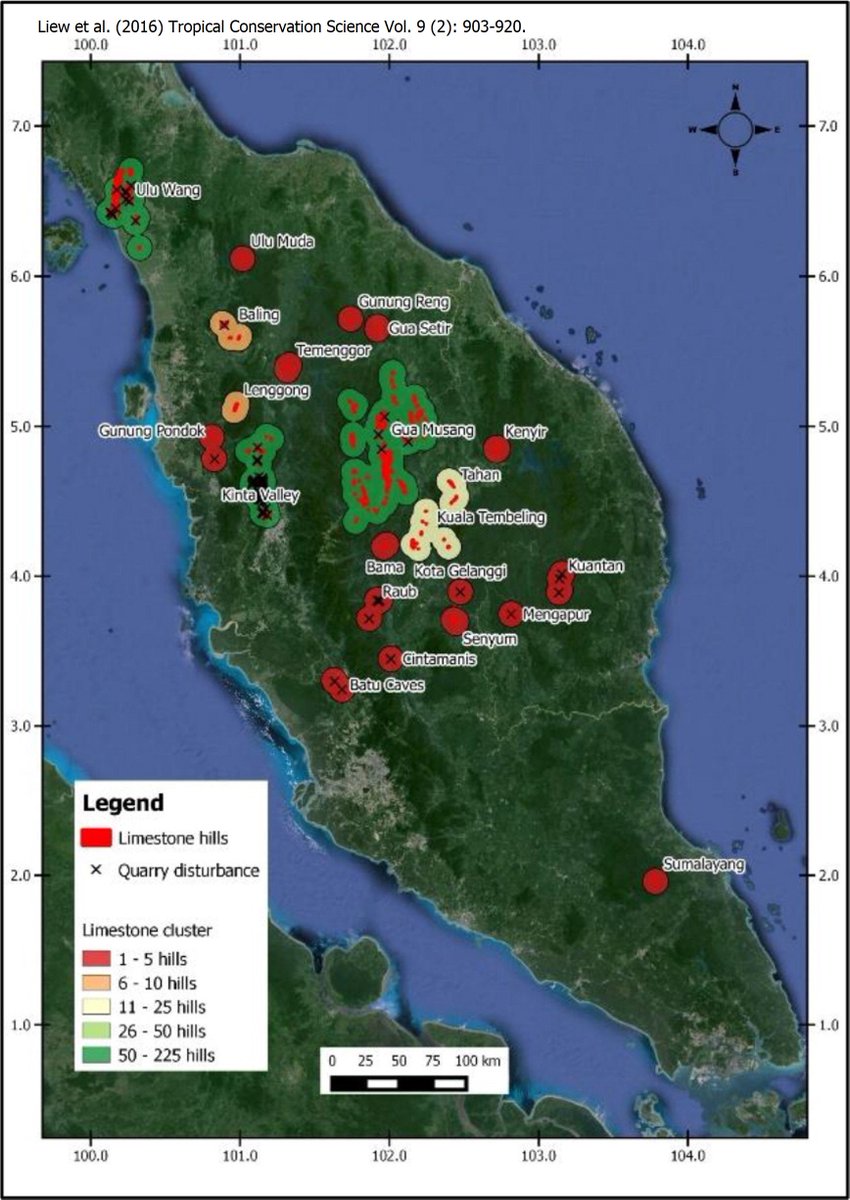
@jkfoon @RimbaResearch As scientists, we often focus solely on science and data. These are indeed important cornerstones for limestone hill conservation.
@jkfoon @RimbaResearch But as conservationists, we should also be aware of government, company and local people’s interests. Listening and building mutual understanding with these stakeholders are crucial for realising conservation actions too. 

@jkfoon @RimbaResearch As a rapidly developing nation, Malaysia still needs resources from limestone hills. So, conservation is a matter of lessening the impact of resource extraction on unique creatures on these hills by avoiding future quarries at areas with high biodiversity significance.
@jkfoon @RimbaResearch It will be a long road for limestone hill and land snail conservation in Malaysia, but as responsible Malaysians, we should strive to be good custodians of our valuable and irreplaceable natural heritage. These species are what makes Malaysia unique!
@jkfoon @RimbaResearch Looking back to my childhood days picking up snails, I'd never imagine that I'll be studying them now. It has been an exciting journey indeed and still a long one to go! I encourage all to be curious with the world – go forth, explore and find your passion for science!
@jkfoon @RimbaResearch For today, I'll be sharing some notable molluscan and limestone articles for your reading pleasure.
@jkfoon @RimbaResearch Here's a Malaysian land snail that made it to the world's top-10 species discovery of 2009. It's quite a superstar among snail researchers and even has the looks to match one!
macaranga.org/minute-land-sn…
macaranga.org/minute-land-sn…
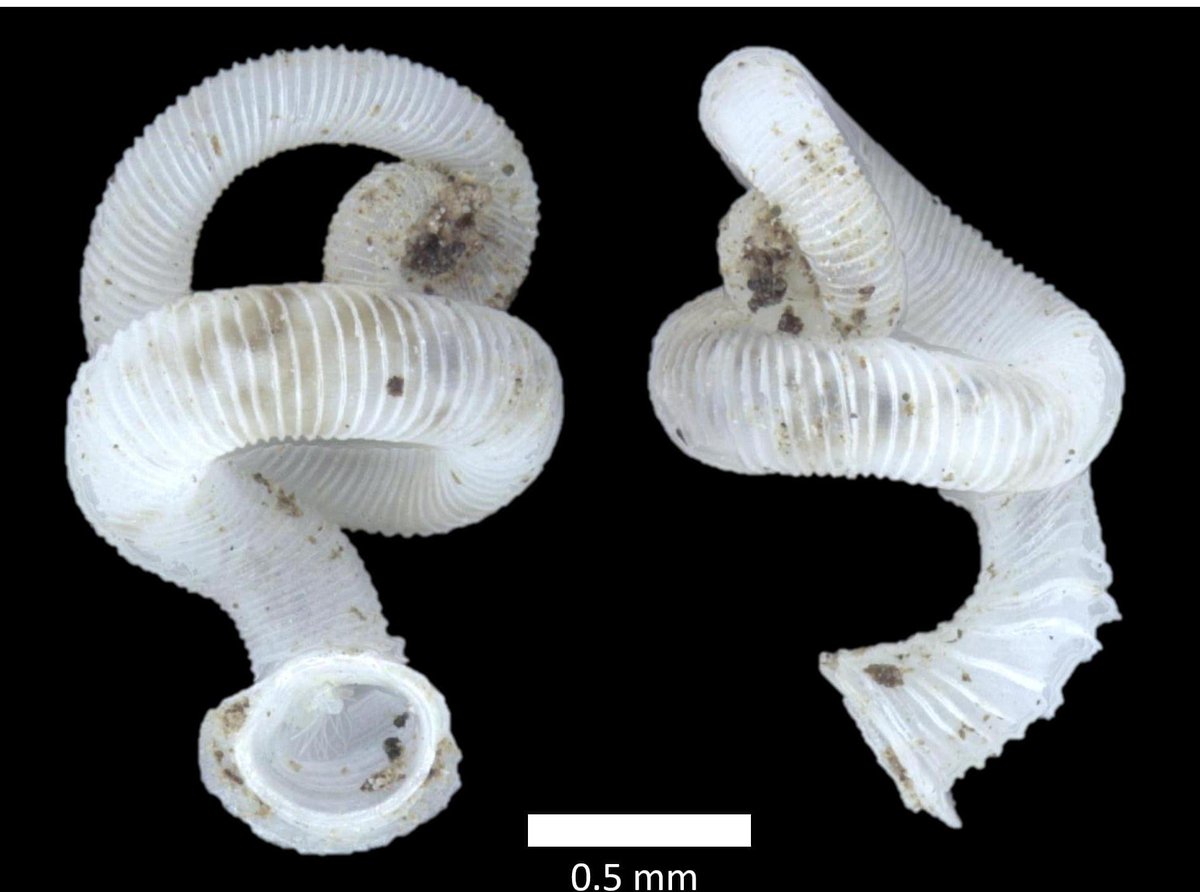
@jkfoon @RimbaResearch Another interesting group of Malaysian land snails are these snails, which have an operculum (trapdoor-like structure) that allows them to seal themselves in their shells and then breathe through tubes in their shell to possibly prevent moisture loss. doi.org/10.1098/rsbl.2… 
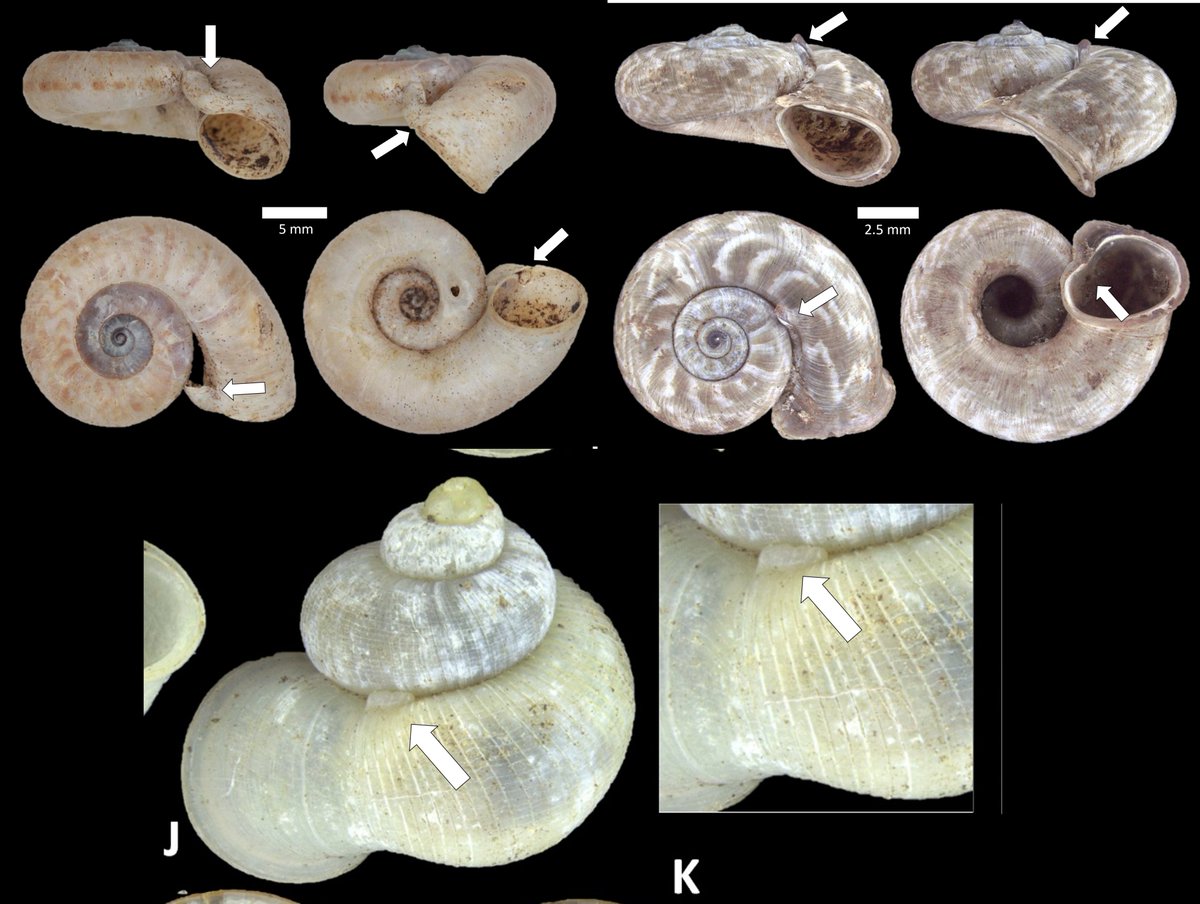
@jkfoon @RimbaResearch Many snails tend to coil to the right but in Malaysia, there are some that coils to the left! Why? The answer may surprise you! carnegiemnh.org/snakes-snails-… 
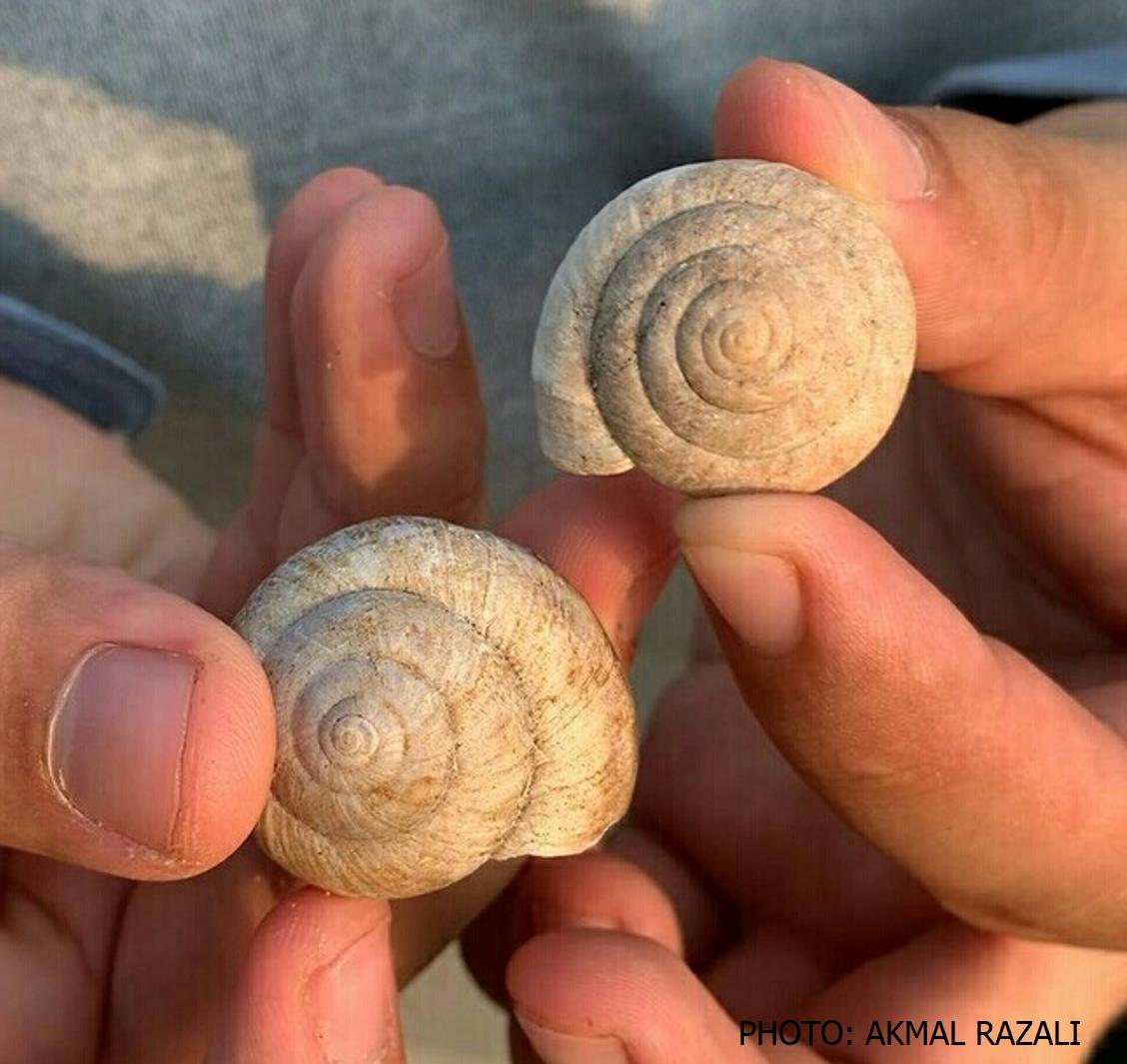
@jkfoon @RimbaResearch In 2014, researchers named a snail after a large cement company in Ipoh to encourage the company to take on the cause of conserving the snail found in its site. It was a bold and refreshing move! theguardian.com/sustainable-bu… 
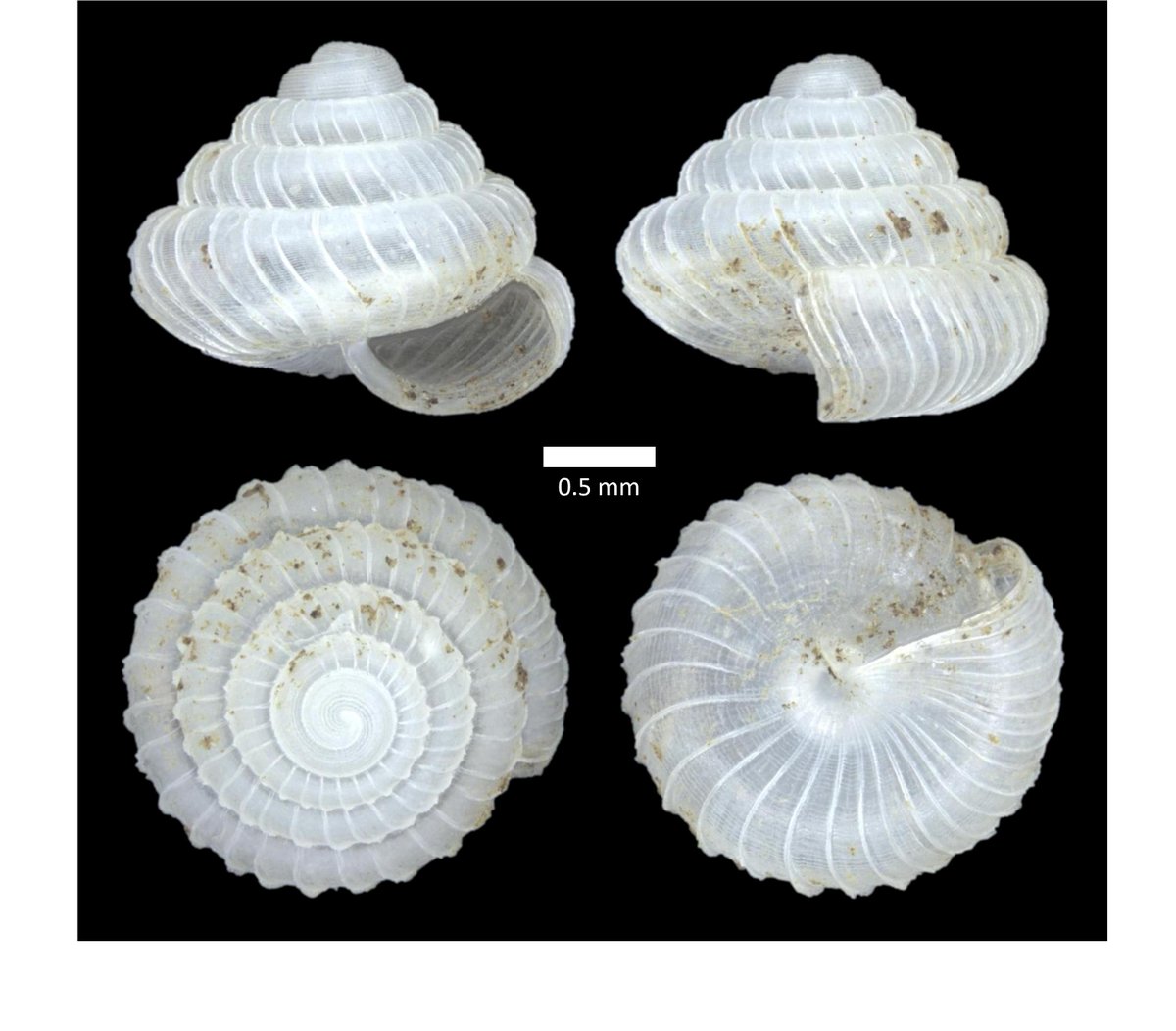
@jkfoon @RimbaResearch It led to the company engaging with researchers to comprehensively study land snails in Perak and contributed to the development of management plans for limestone biodiversity. rimbaresearch.org/2017/07/18/pub…
@jkfoon @RimbaResearch In this final installment of @jkfoon‘s @_100SoM take-over, I will share with you my experience of pursuing my passion for science and conservation. Hopefully, you may get some inspiration out of this.
@jkfoon @RimbaResearch The thought of studying snails as a career first came up after reading news articles on land snail research in my high school years. It drove me to approach these researchers to talk about what it’s like to be a scientist. They became my mentors since. thestar.com.my/travel/malaysi…
@jkfoon @RimbaResearch You may think scientists are unapproachable due to their position/schedule but there’s no harm to reach out to them. Persistence for your passion will set you apart from others and some will take you on board their lab! In fact, they're happy that their research is appreciated!
@jkfoon @RimbaResearch In between undergrad semesters, I always look forward to volunteering with scientists in the lab and field to experience real research. You’ll get to practise what you’ve learned and understand the trials and tribulations of doing research! 

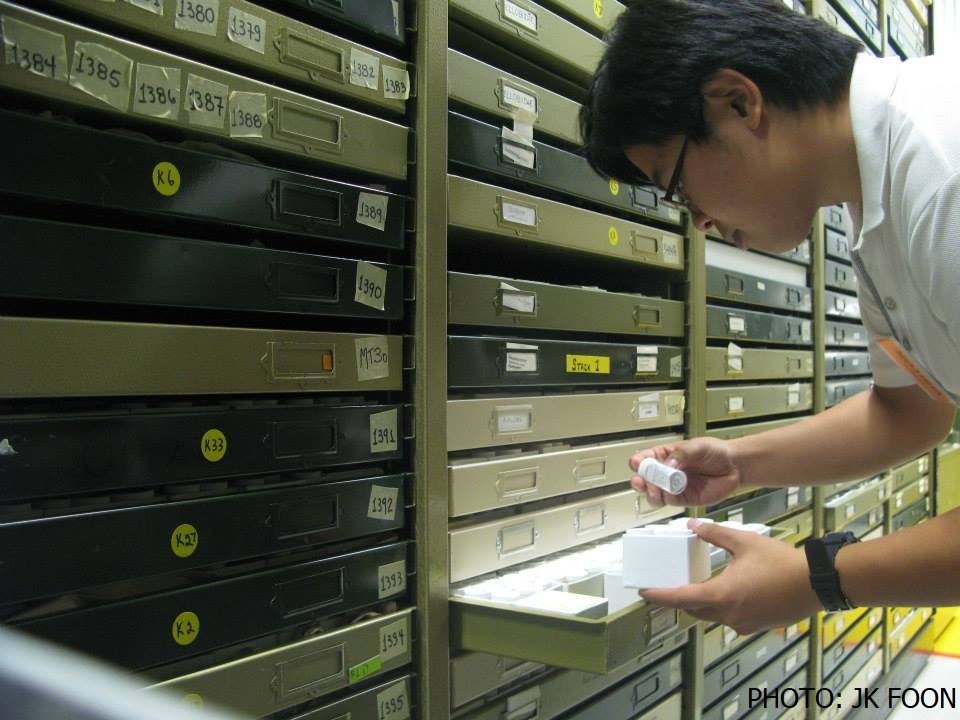
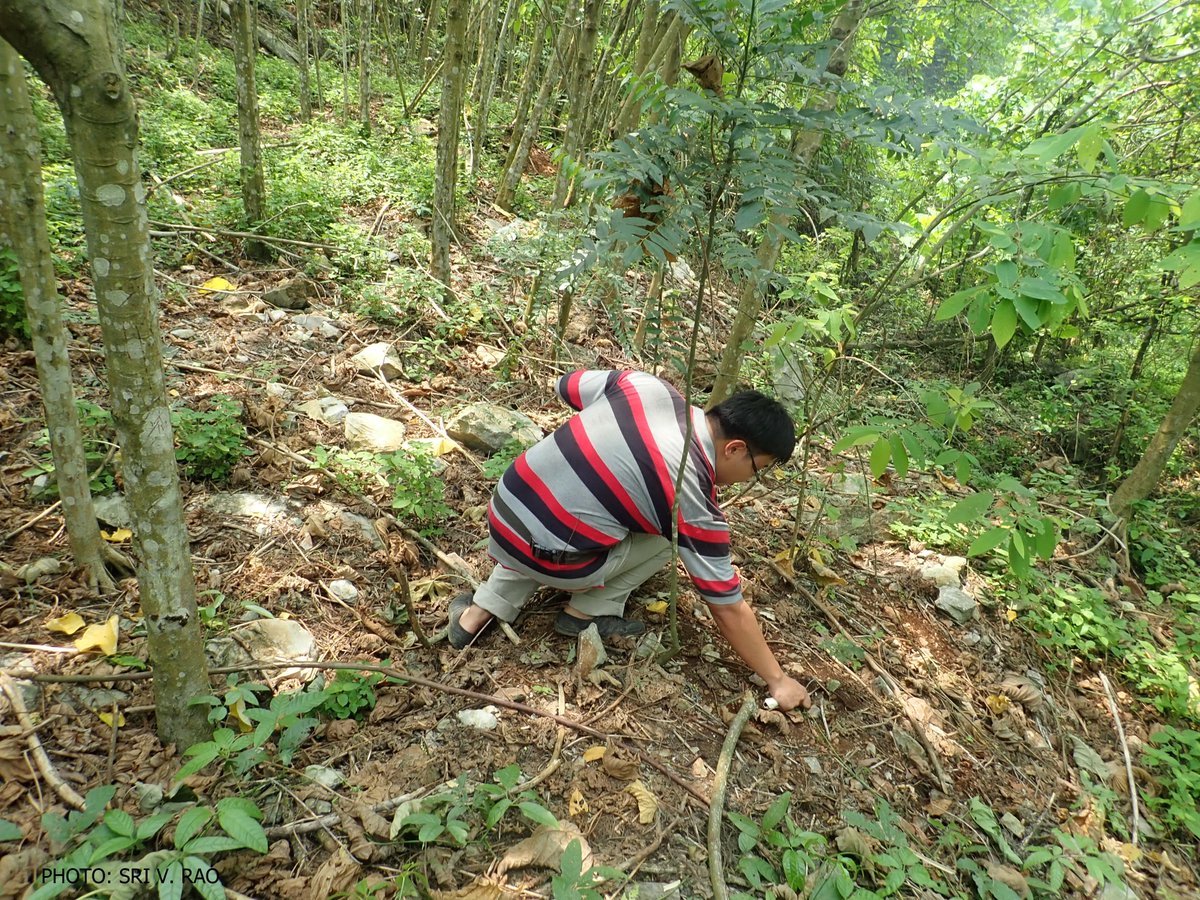
@jkfoon @RimbaResearch Through networking and volunteering, opportunities to work on various projects became available and that is how I was able to join @RimbaResearch to work on mammals, land snails and limestone hills. So, find your passion and dig in!
@jkfoon @RimbaResearch And I’ll leave one last advise via the words of E. O. Wilson in “Letters to a Young Scientist”, which very much inspired me and is REALLY worth a read! 
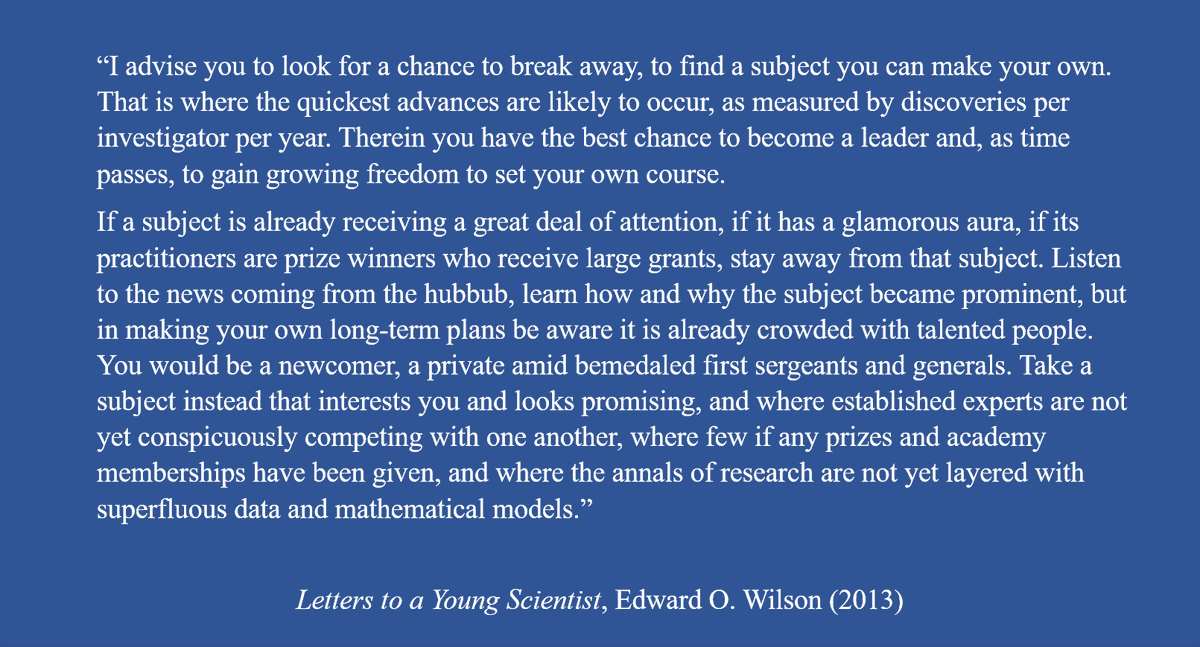
@jkfoon @RimbaResearch Finally, I’d like to thank @sarawongwt for the @_100SoM feature and opportunity for this take-over! If you’re interested to find out more about my research, please follow me at @jkfoon or @RimbaResearch. Thanks for following my thread! This is @jkfoon, signing off!
Today we have a #malaysian #scientist with a story that touched our hearts.
7. @DrYeeMunLee , a postdoc fellow @UniversityLeeds
YM suffers from lupus, an autoimmune disease which causes the body to attack itself. #livewiththeendinmind
Read the full story on FB!



7. @DrYeeMunLee , a postdoc fellow @UniversityLeeds
YM suffers from lupus, an autoimmune disease which causes the body to attack itself. #livewiththeendinmind
Read the full story on FB!
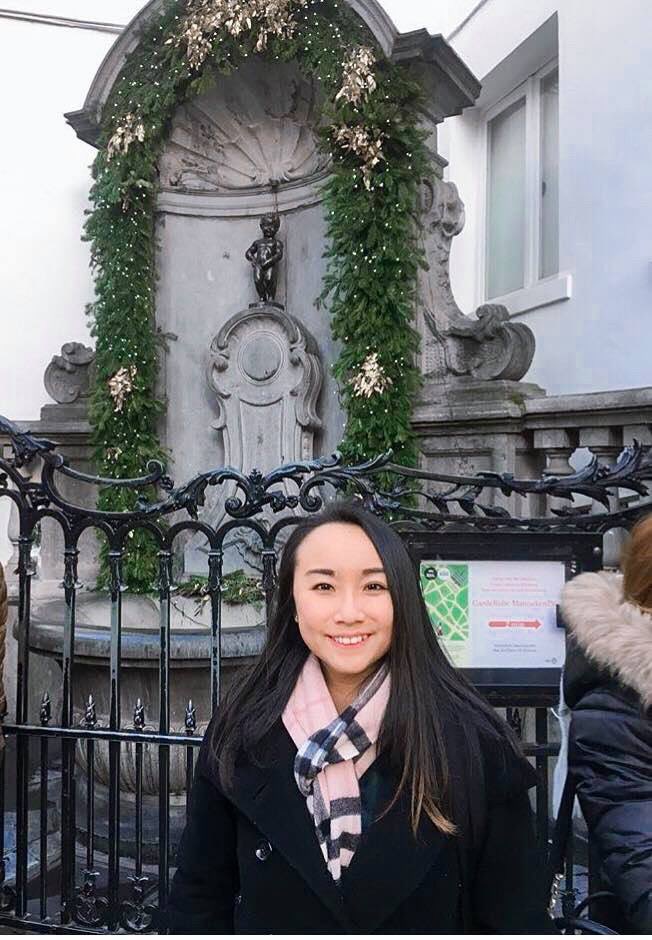

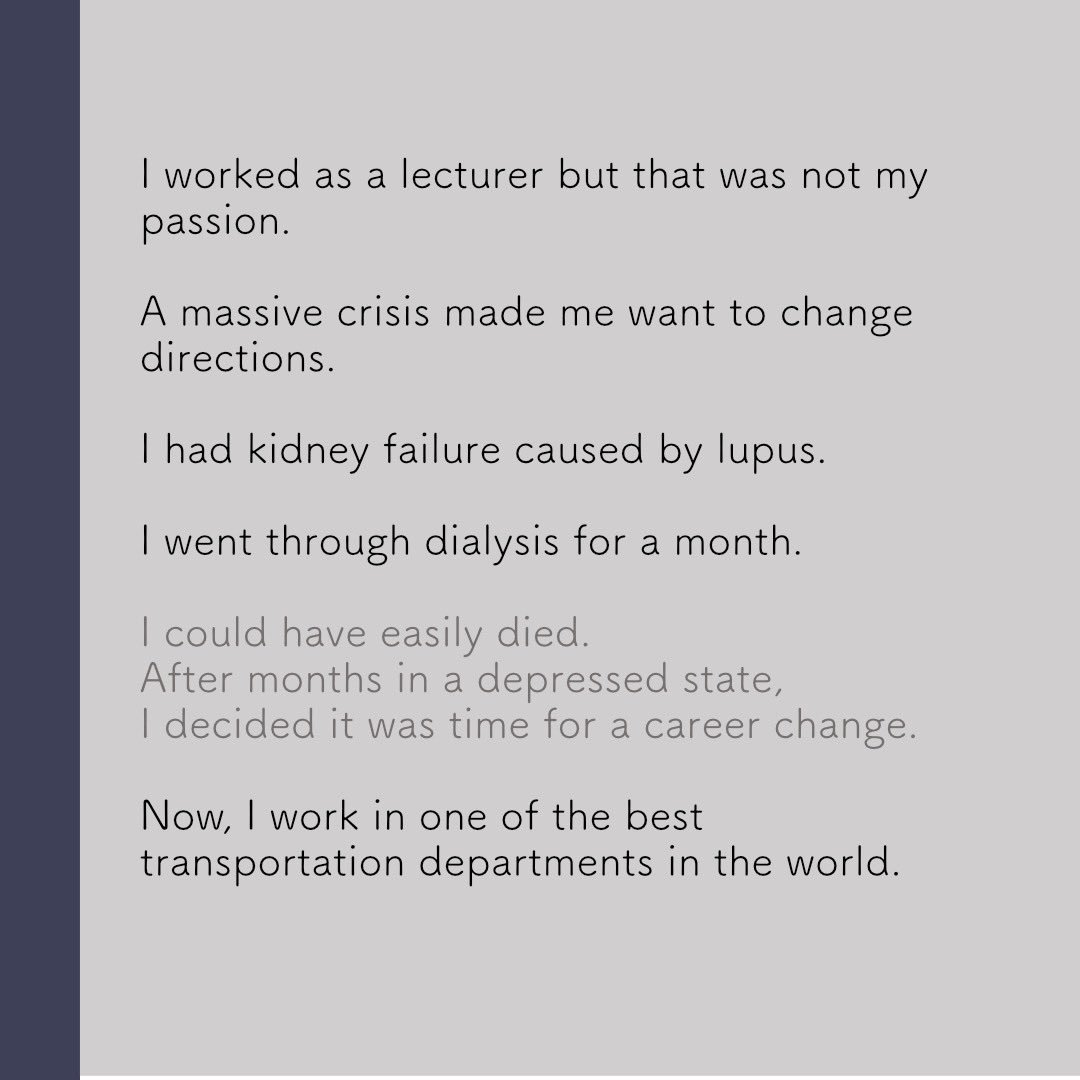
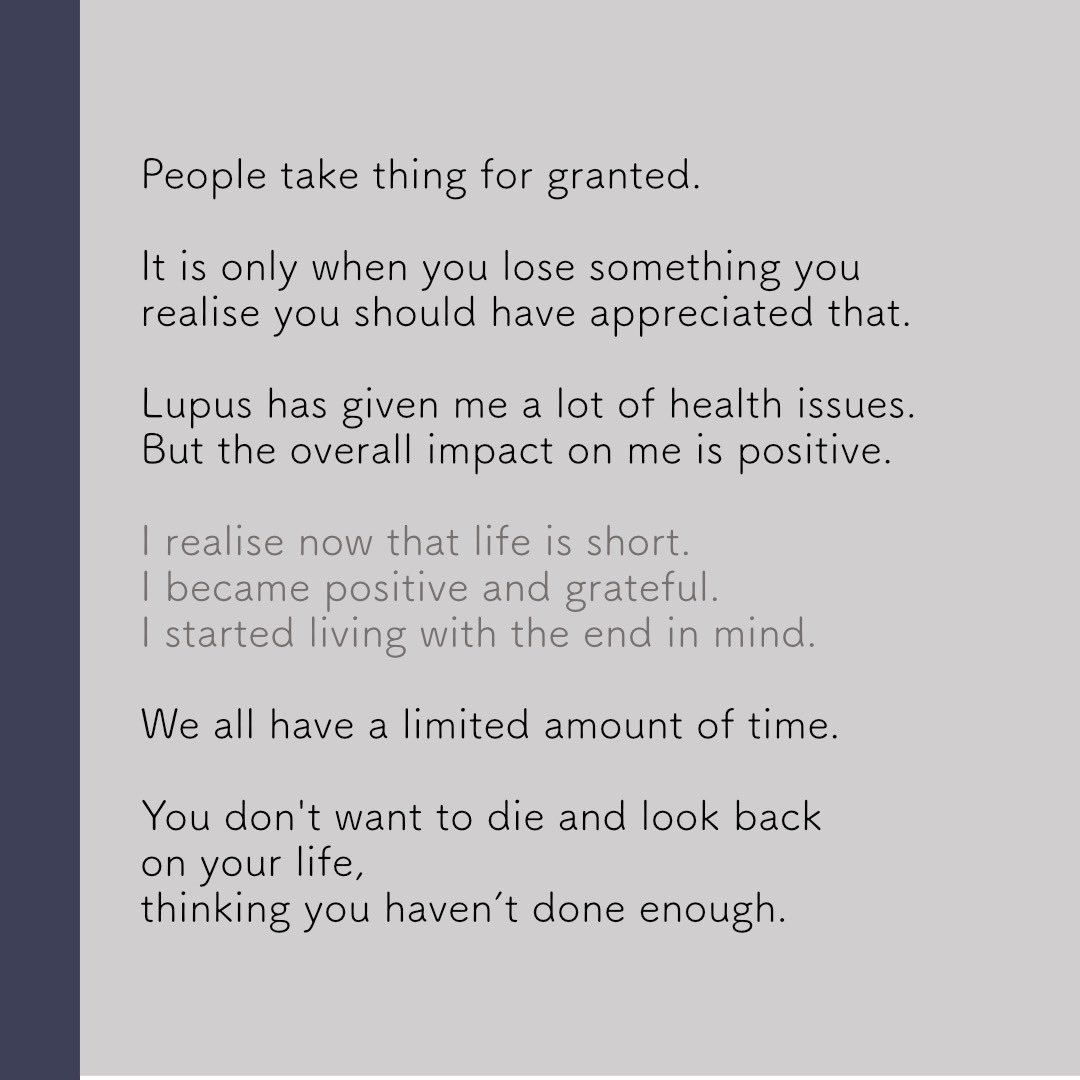
Inspiring encouragement from a veteran in the field!
8. Prof Ravee Paramesran @unimalaya
“Malaysians are very skilful & intelligent. We need to reach out & let them know it’s not difficult. We need to encourage them & they will find a way.”
#scicomm #malaysianscientist



8. Prof Ravee Paramesran @unimalaya
“Malaysians are very skilful & intelligent. We need to reach out & let them know it’s not difficult. We need to encourage them & they will find a way.”
#scicomm #malaysianscientist
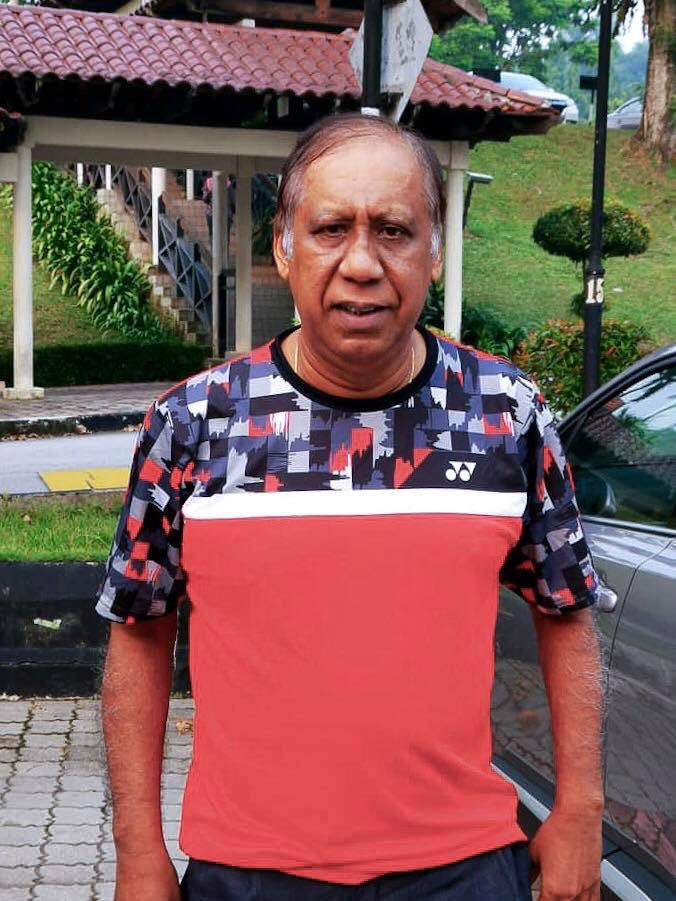
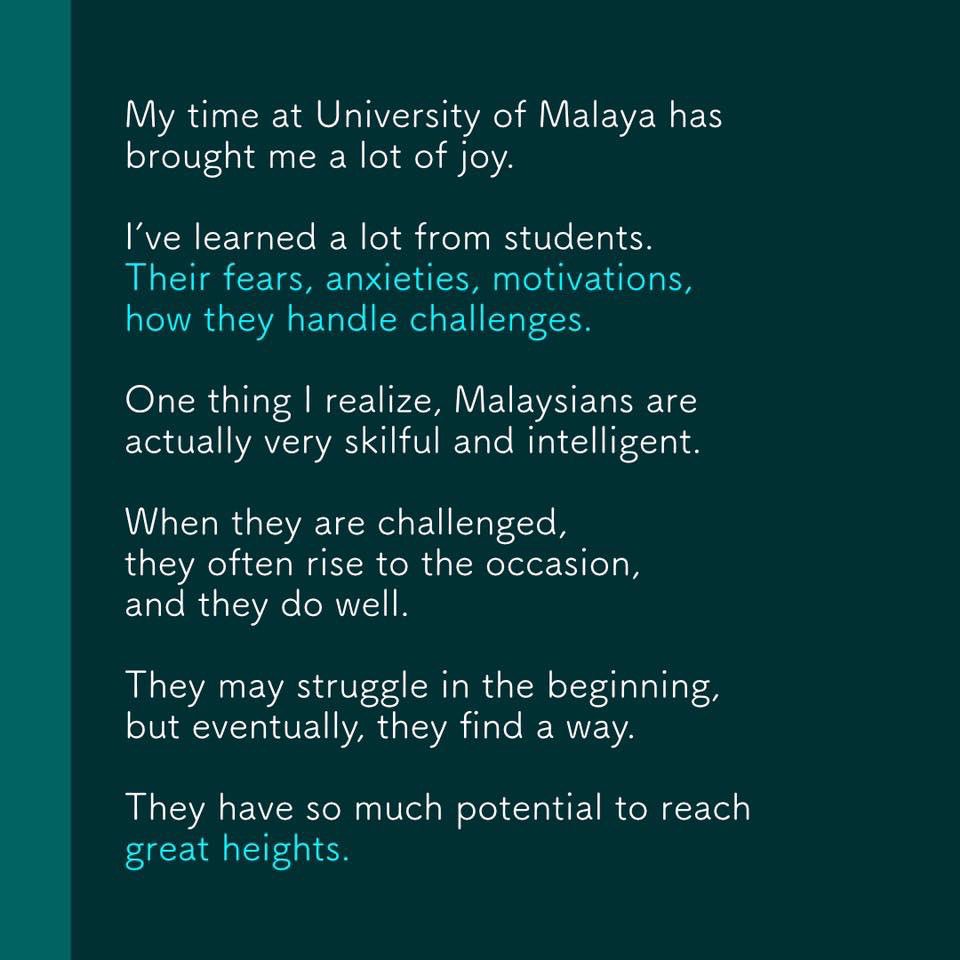
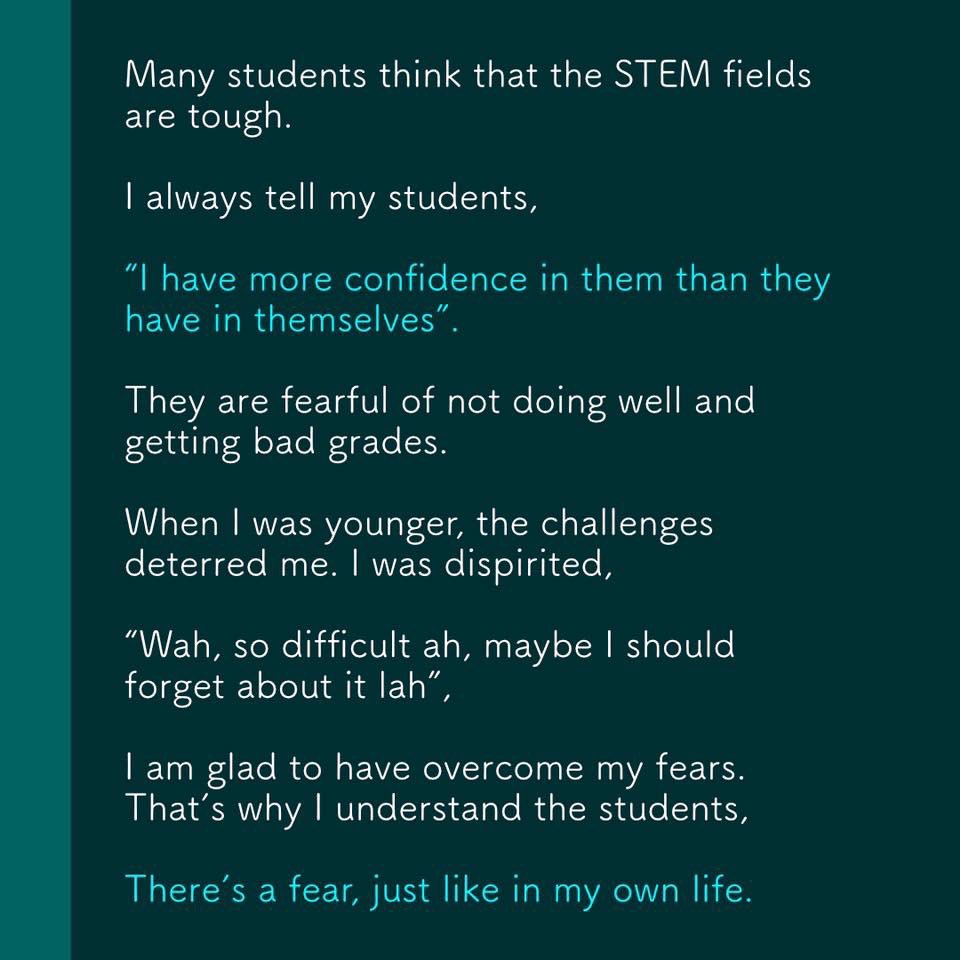
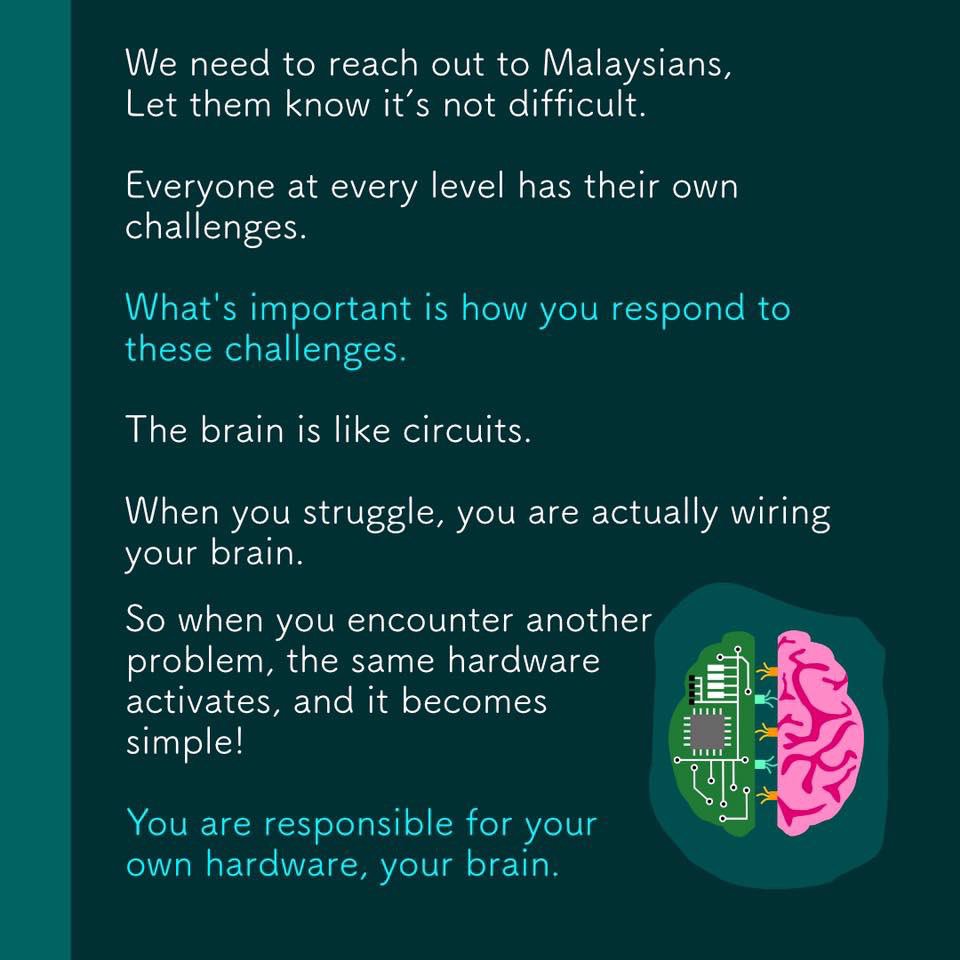
“It’s nice to stay in your comfort zone. It’s comfortable & you may not see a reason to leave. But you have no idea what you are capable of if you don’t step out.”
Wise words from our next #malaysianscientist
9. Kavita @kavita889, currently a RA at @KingsCollegeLon!



Wise words from our next #malaysianscientist
9. Kavita @kavita889, currently a RA at @KingsCollegeLon!

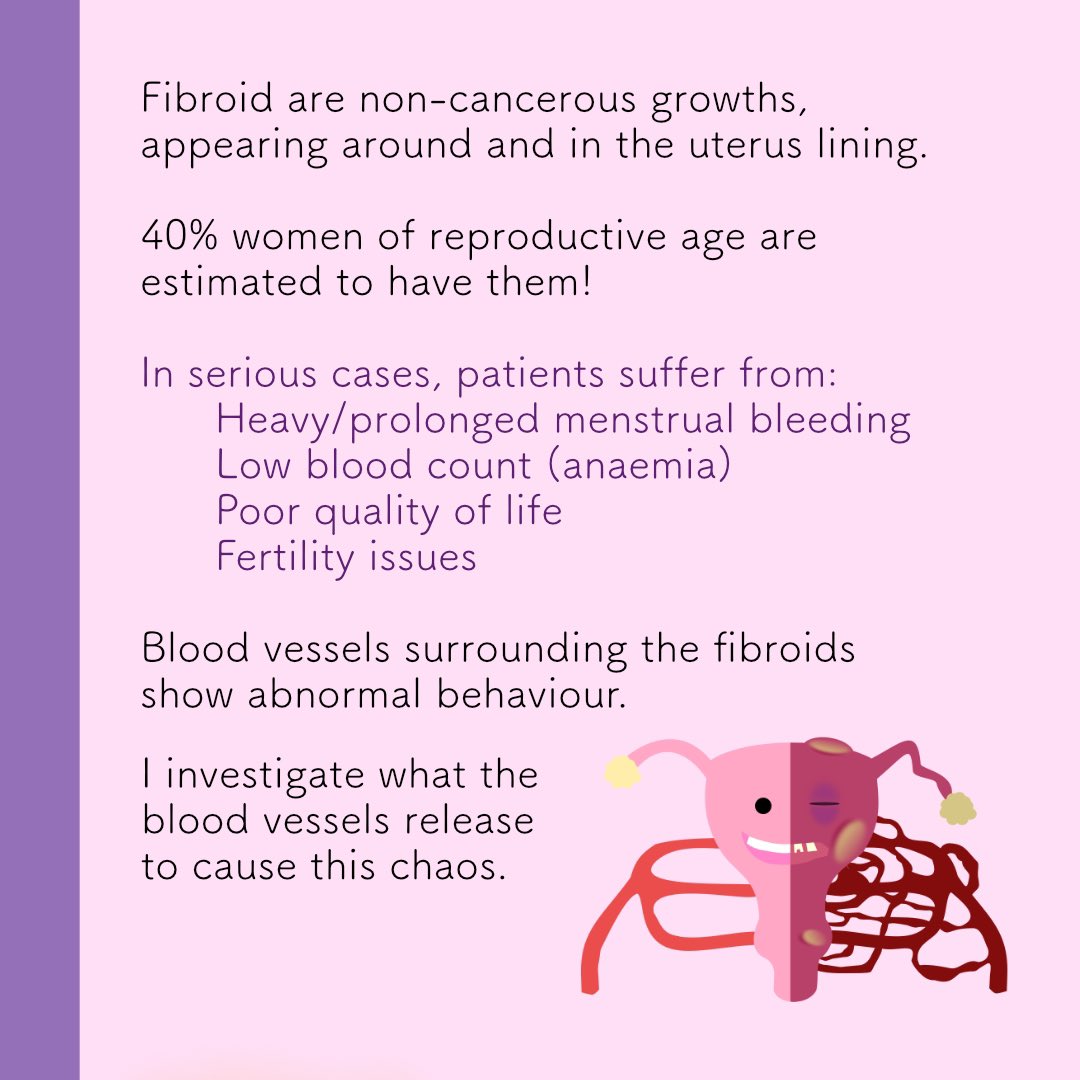
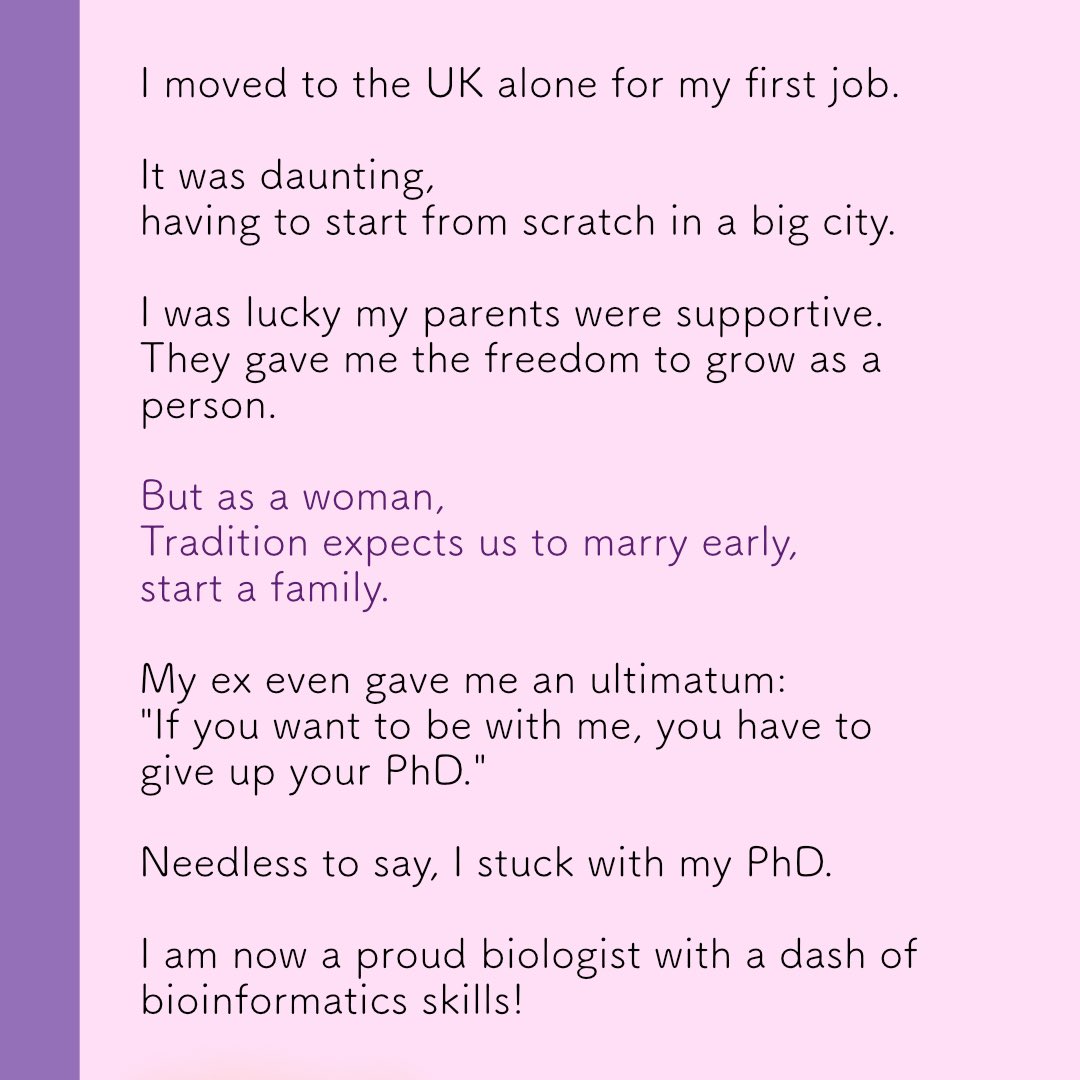
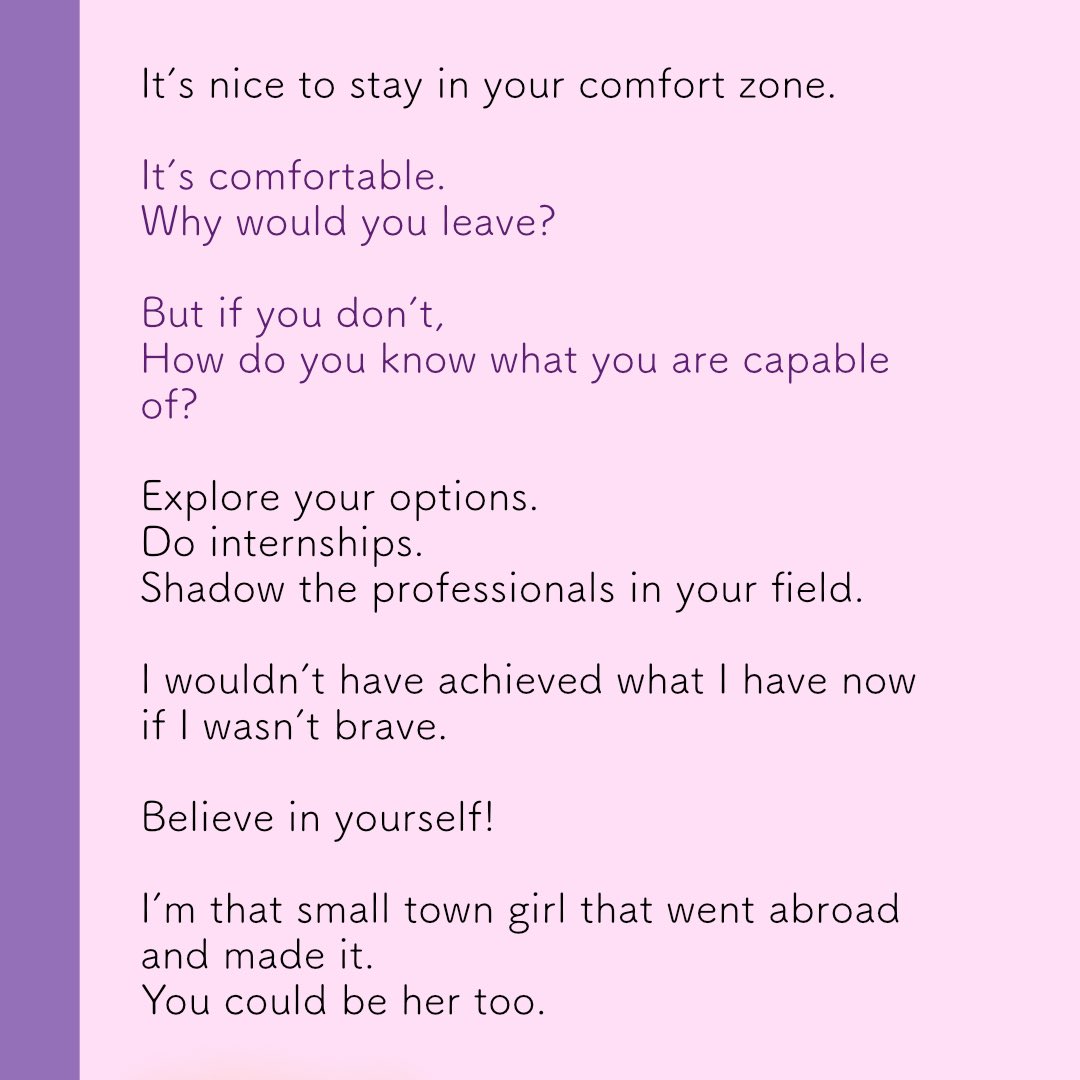
Kavita answered a few questions from internships to her research during her stint on #100SoM!
https://twitter.com/_100som/status/1182954283823702016?s=21
A new #malaysianscientist is up today!
10. Nurfikri @nurfikri89, an Experimental Particle Physicist & Director of @ncpp_um @unimalaya
“People ask about practical usefulness in science. But look at electricity, magnetism. Can you imagine our lives w/o electricity now?”



10. Nurfikri @nurfikri89, an Experimental Particle Physicist & Director of @ncpp_um @unimalaya
“People ask about practical usefulness in science. But look at electricity, magnetism. Can you imagine our lives w/o electricity now?”


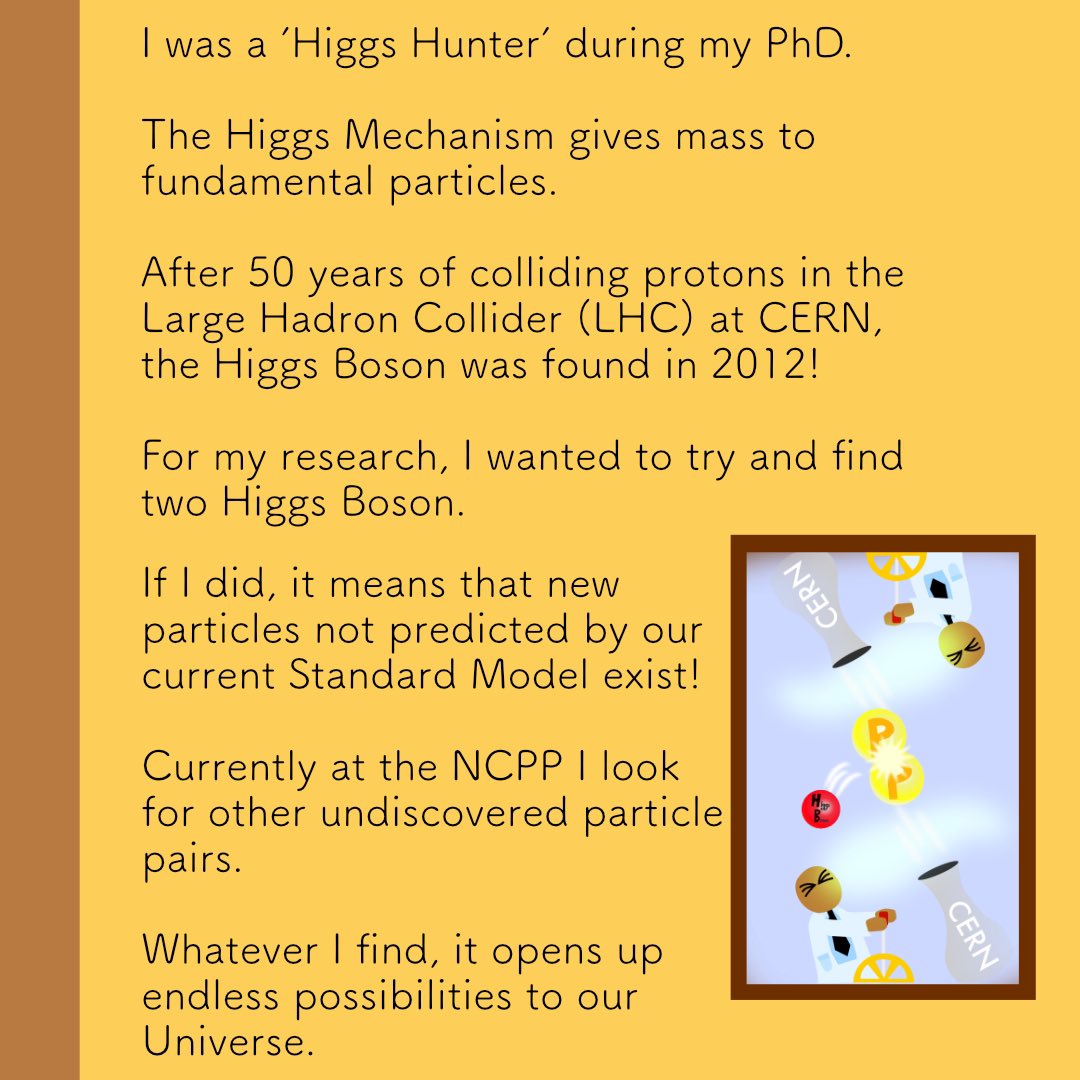
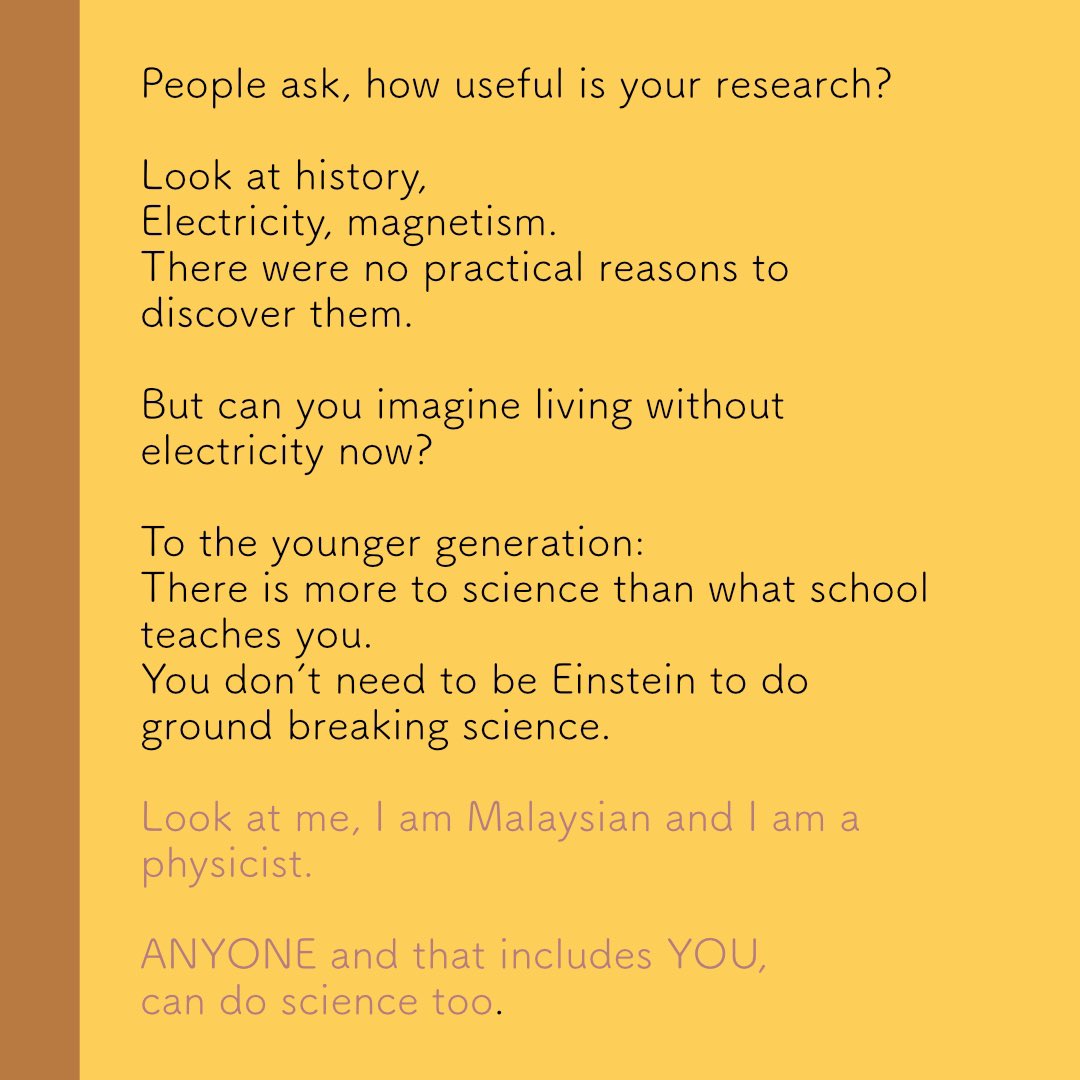
A link to particle physics, Higgs Boson and some Q&A from Fikri’s feature!
https://twitter.com/_100som/status/1184458342275506179?s=21
11. Suraya @SurayaHazim @MAGMA_lab talks about combining her two loves - science (she studies volcano modelling! 🌋) and art (check out her doodles on her page!)
“It took me 28 years to realise, that I can be scientific & artistic at the same time.”



“It took me 28 years to realise, that I can be scientific & artistic at the same time.”
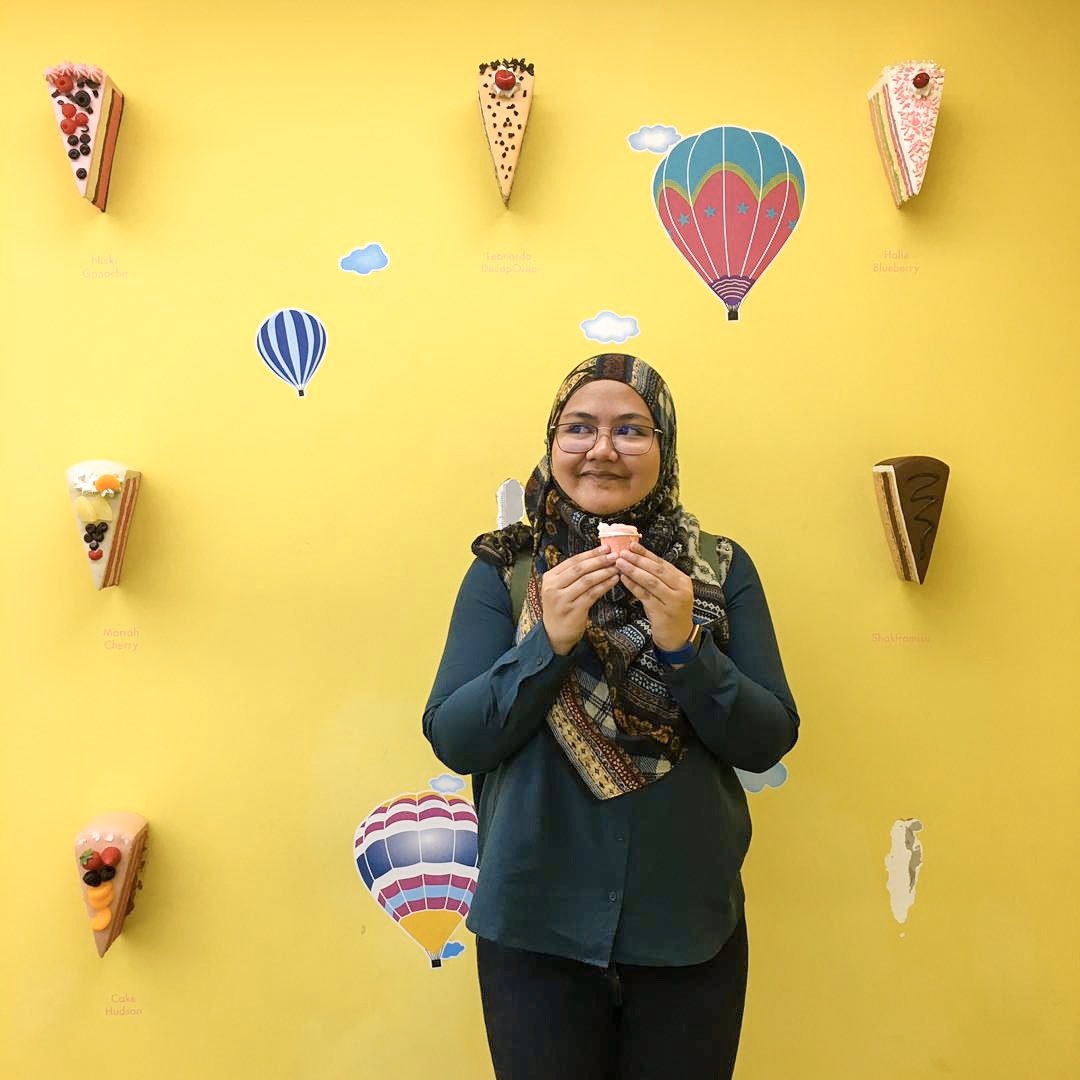
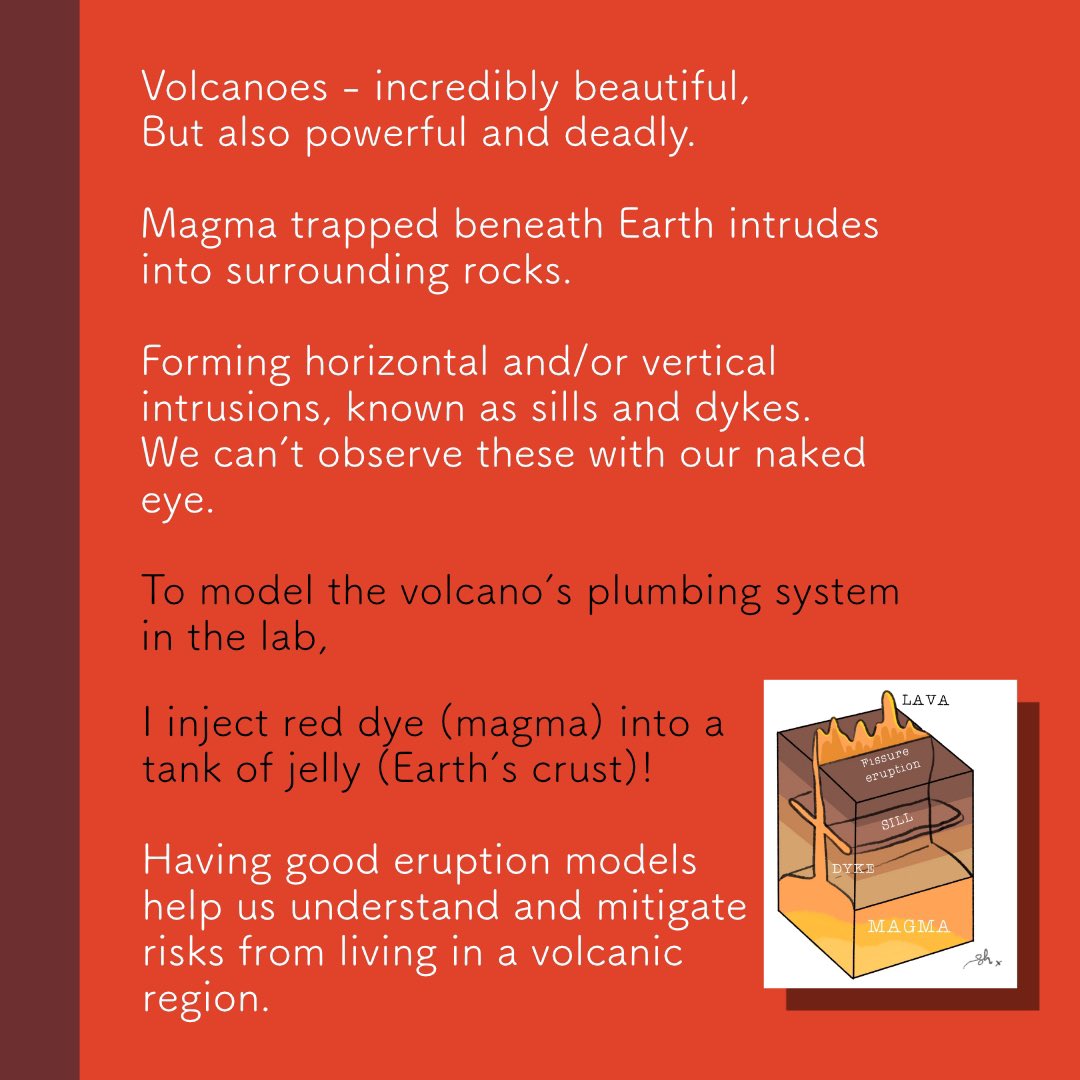


“Do your career based on what you want. I’ve seen so many people do what people tell them to do & see how miserable they are. U will be in demand even if that career choice is less conventional but there’s a need for it. “
12. @WenYao89, an aeronautical engineer, @Cambridge_Uni



12. @WenYao89, an aeronautical engineer, @Cambridge_Uni
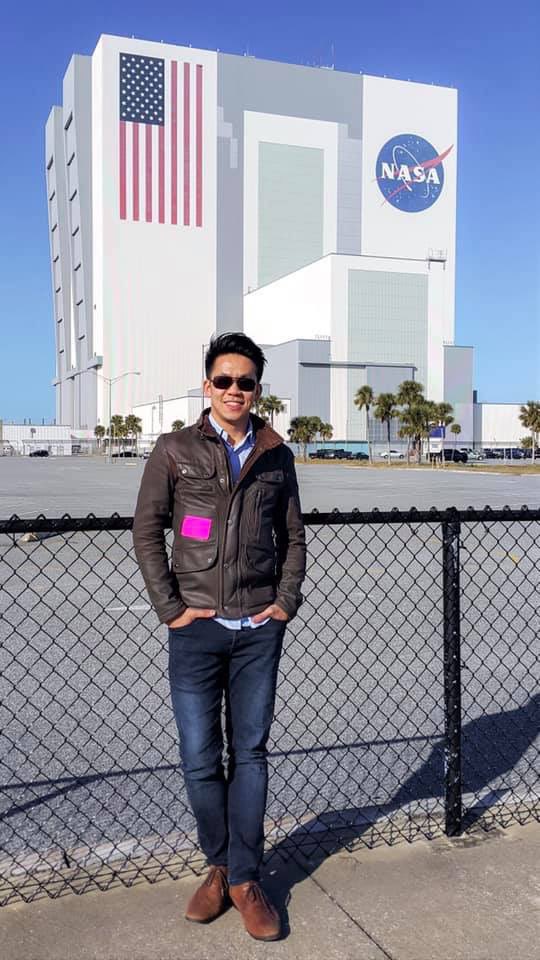
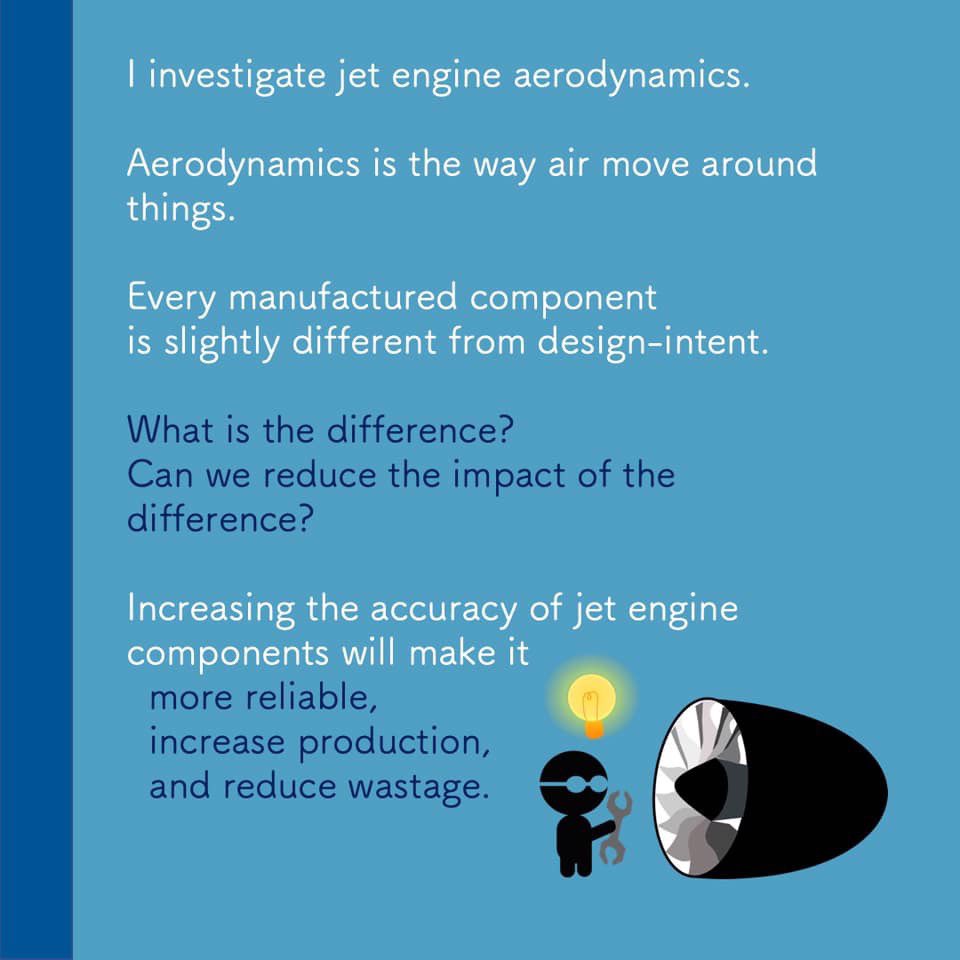
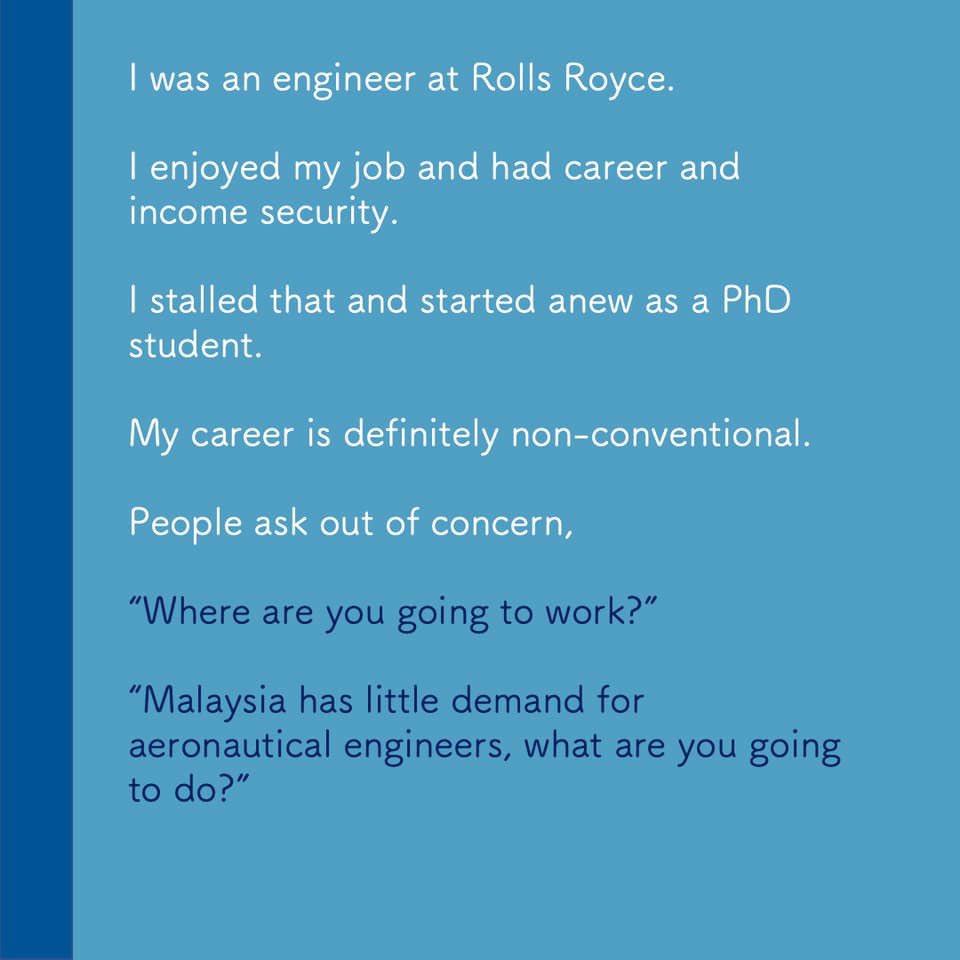
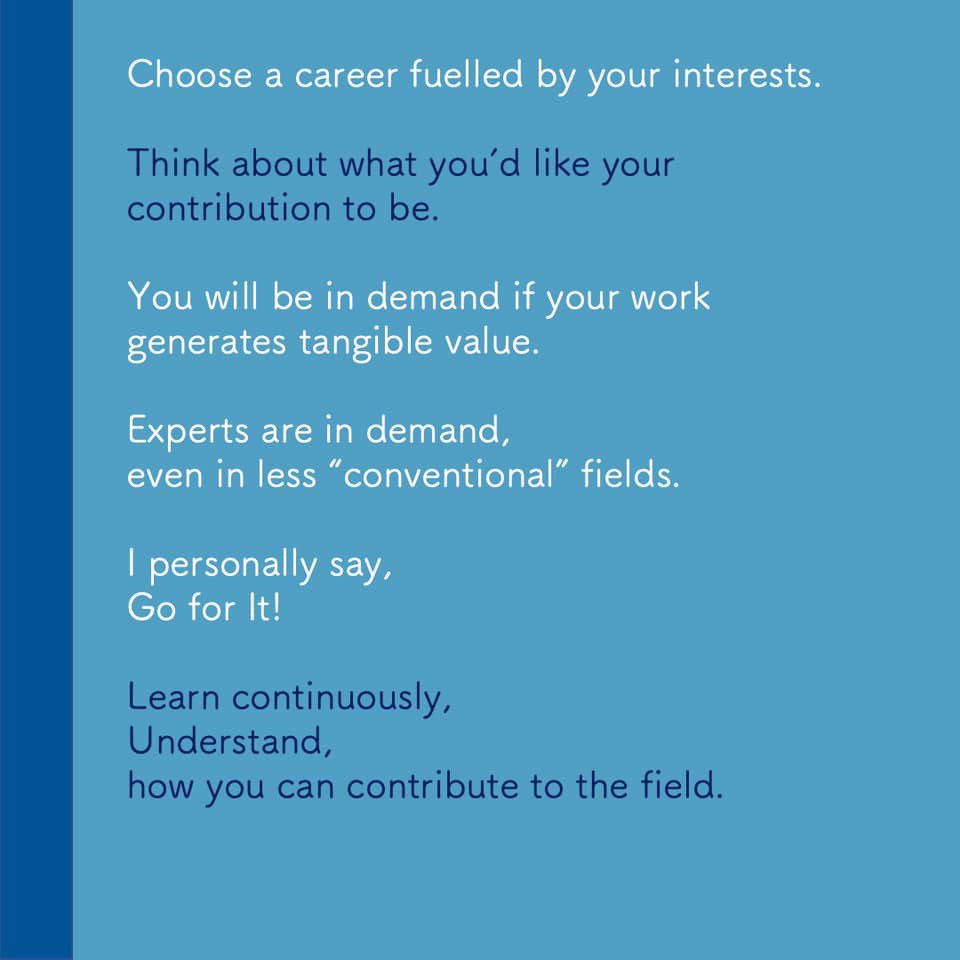
13. Sue Lynn @Sue_aPhdStudent, an Experimental Psychologist talks about her work & pre-journey into academia.
“You don’t have to be the smartest kid in sch. As long as you are willing to work hard, you’ll eventually get to your goal.”



“You don’t have to be the smartest kid in sch. As long as you are willing to work hard, you’ll eventually get to your goal.”
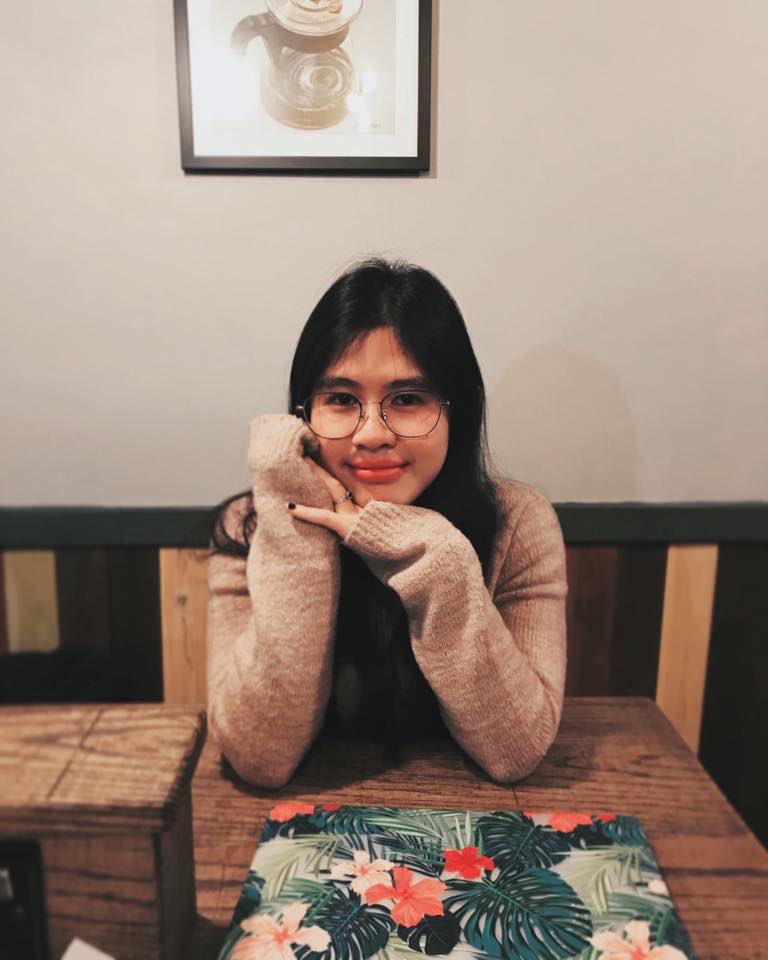

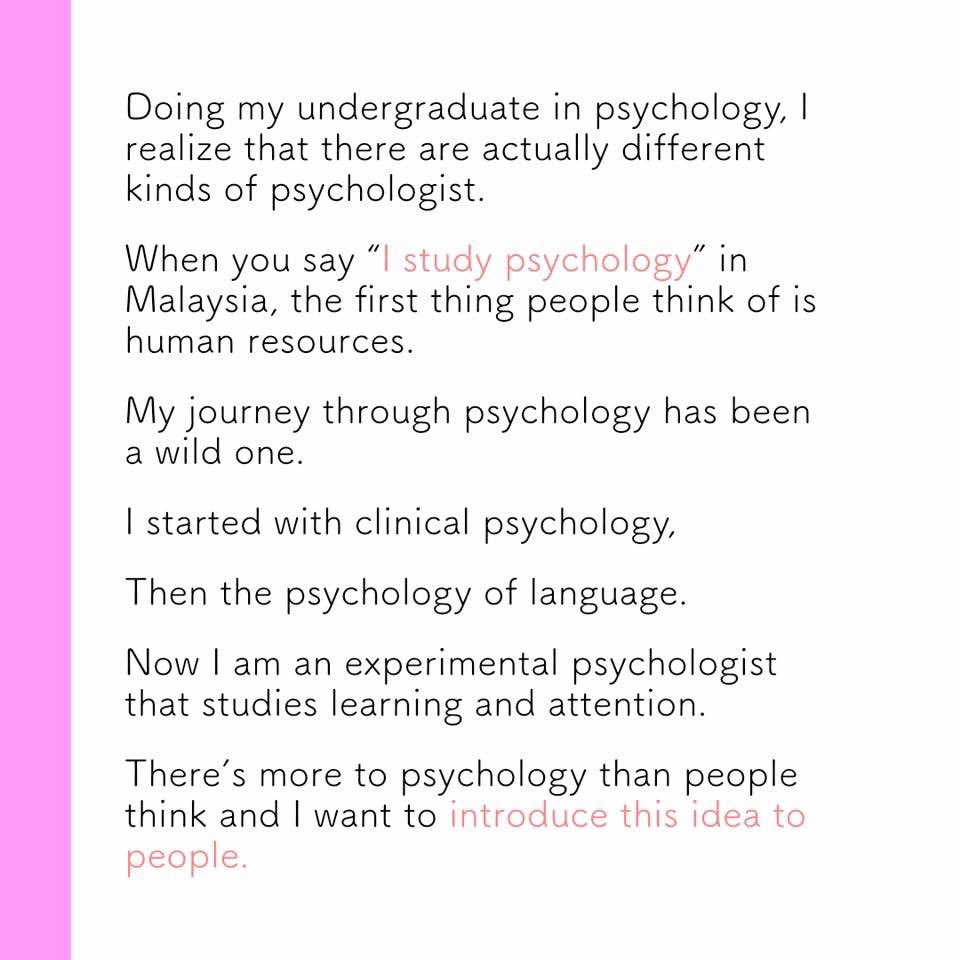
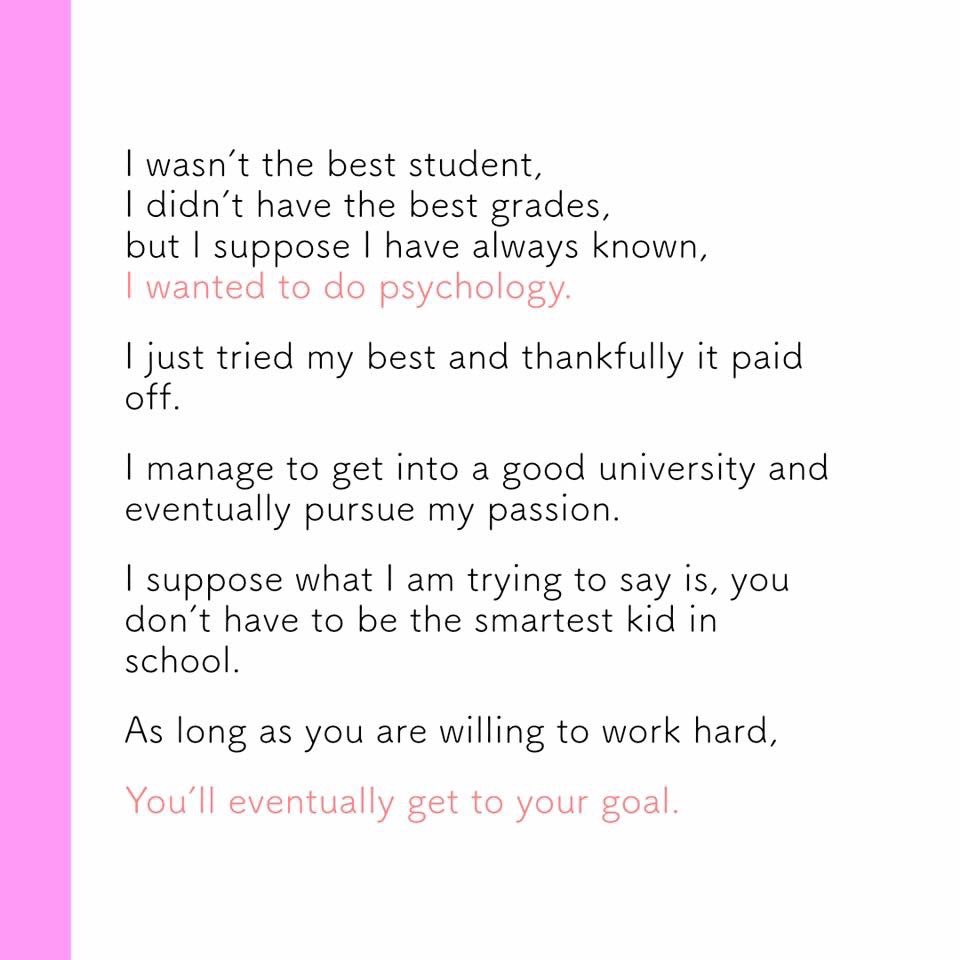
14. Samsurin Welch combines business strategy and technology innovation in his research!
“Look at Grab, which started as MyTeksi, it’s a couple of Msians that did it. The fact that they had to go to Sg to do it though, that’s an issue that we need to fix.”



“Look at Grab, which started as MyTeksi, it’s a couple of Msians that did it. The fact that they had to go to Sg to do it though, that’s an issue that we need to fix.”

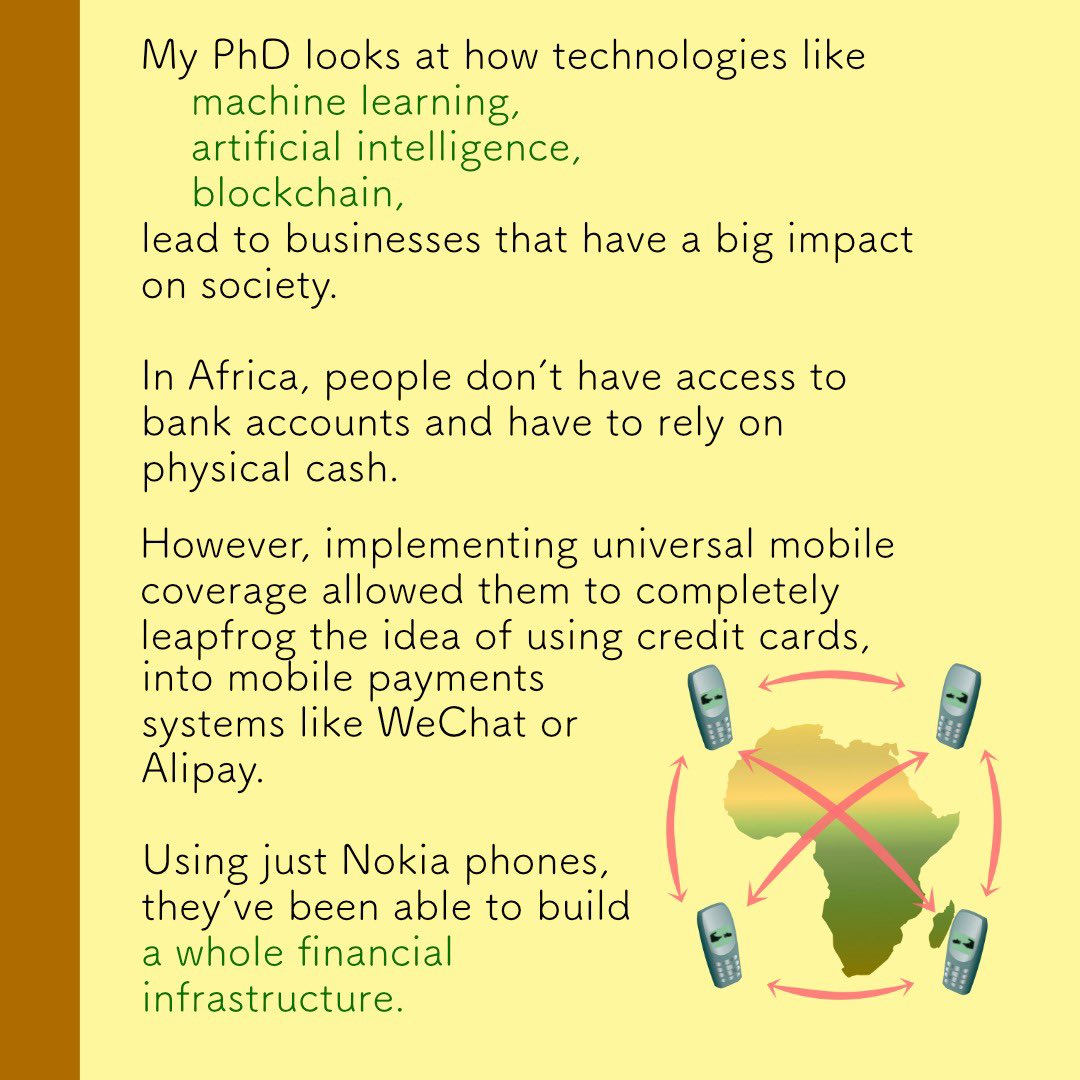


Do you know plants get panic attacks too? Eg: when a cow grazes a patch of grass, they signals to its surrounding neighbours – ‘SOS! Cow incoming! I know we can’t run, but prepare yourself!’
Introducing:
15. Sabrina @PNgsabrina, a plant and data scientist at @UniofAdelaide!



Introducing:
15. Sabrina @PNgsabrina, a plant and data scientist at @UniofAdelaide!
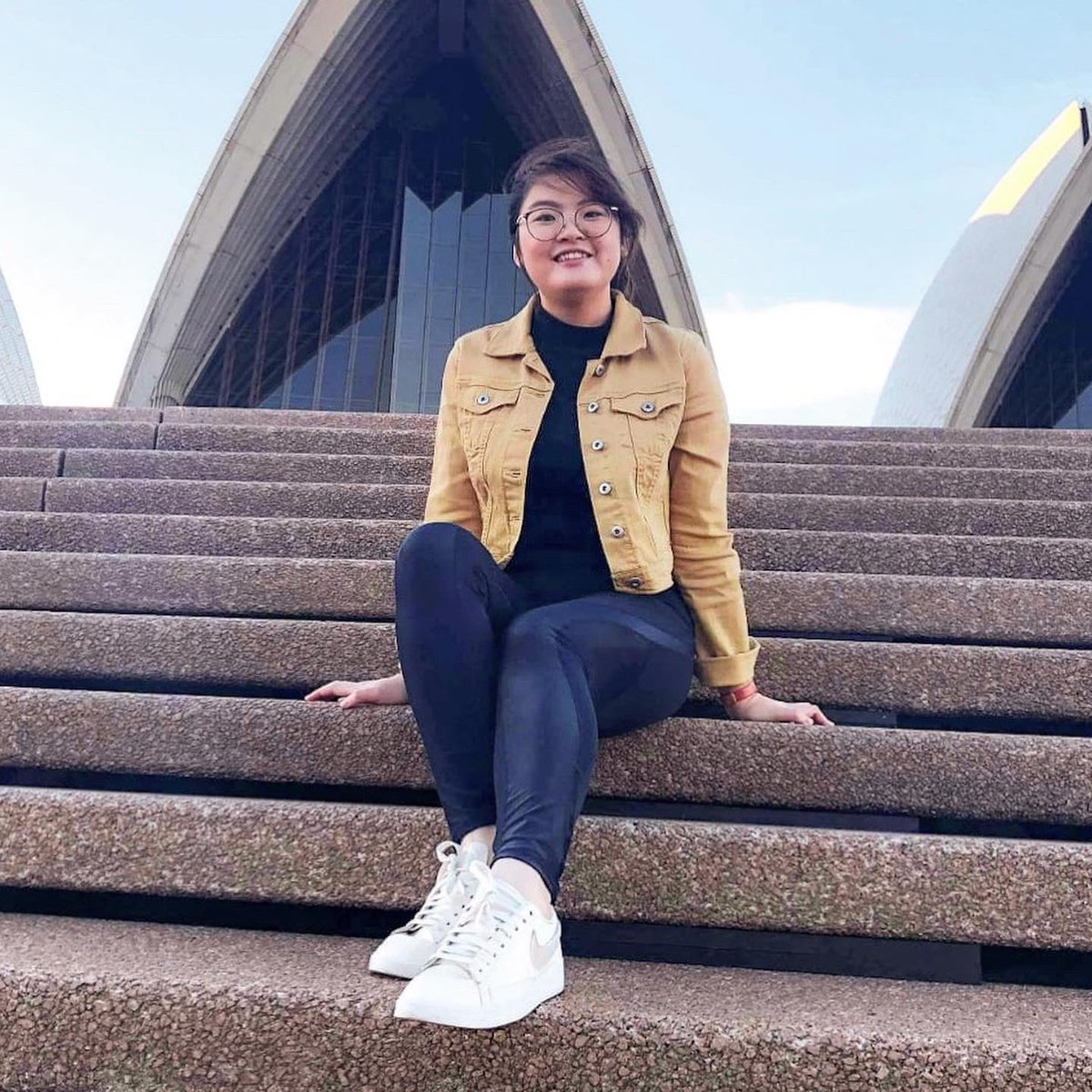
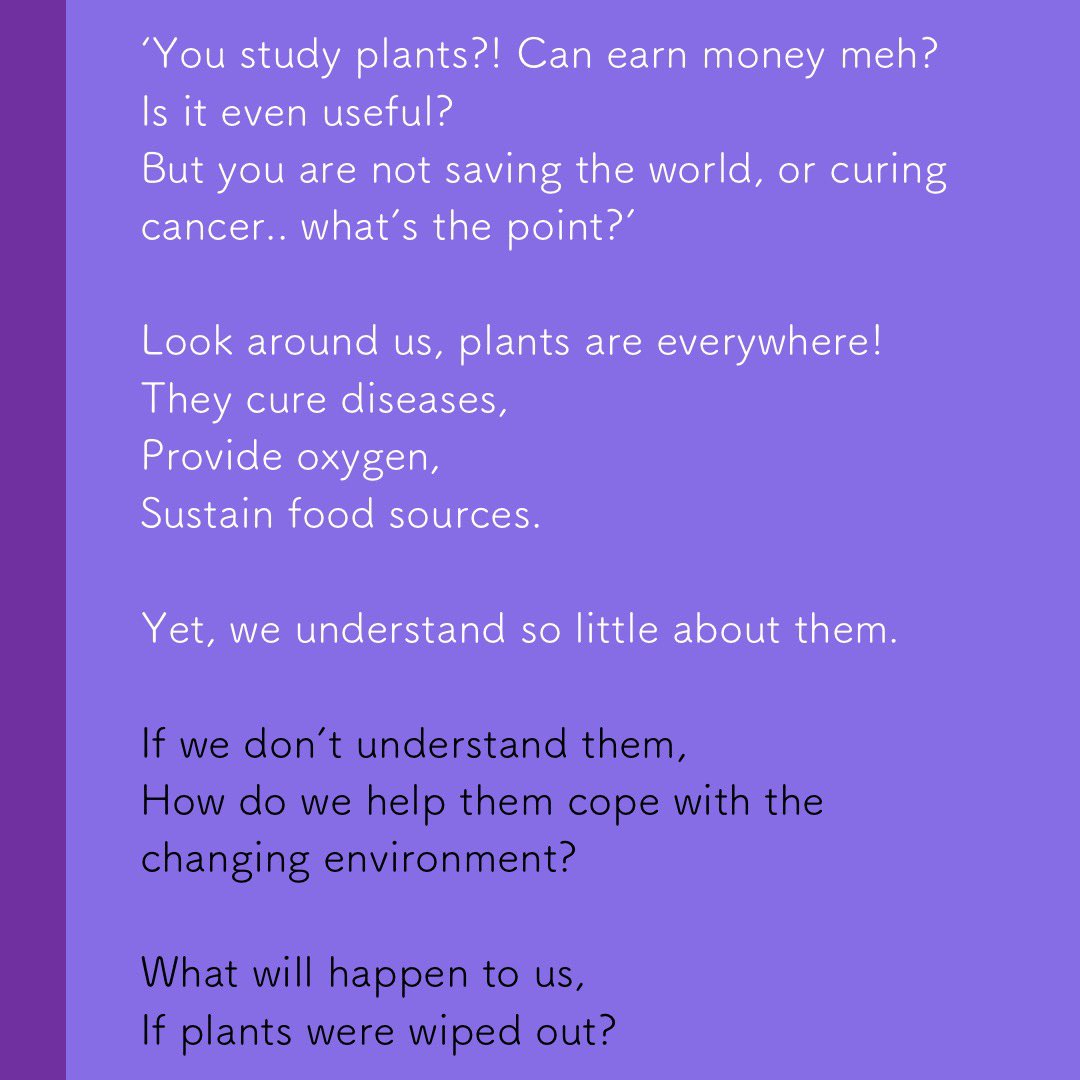
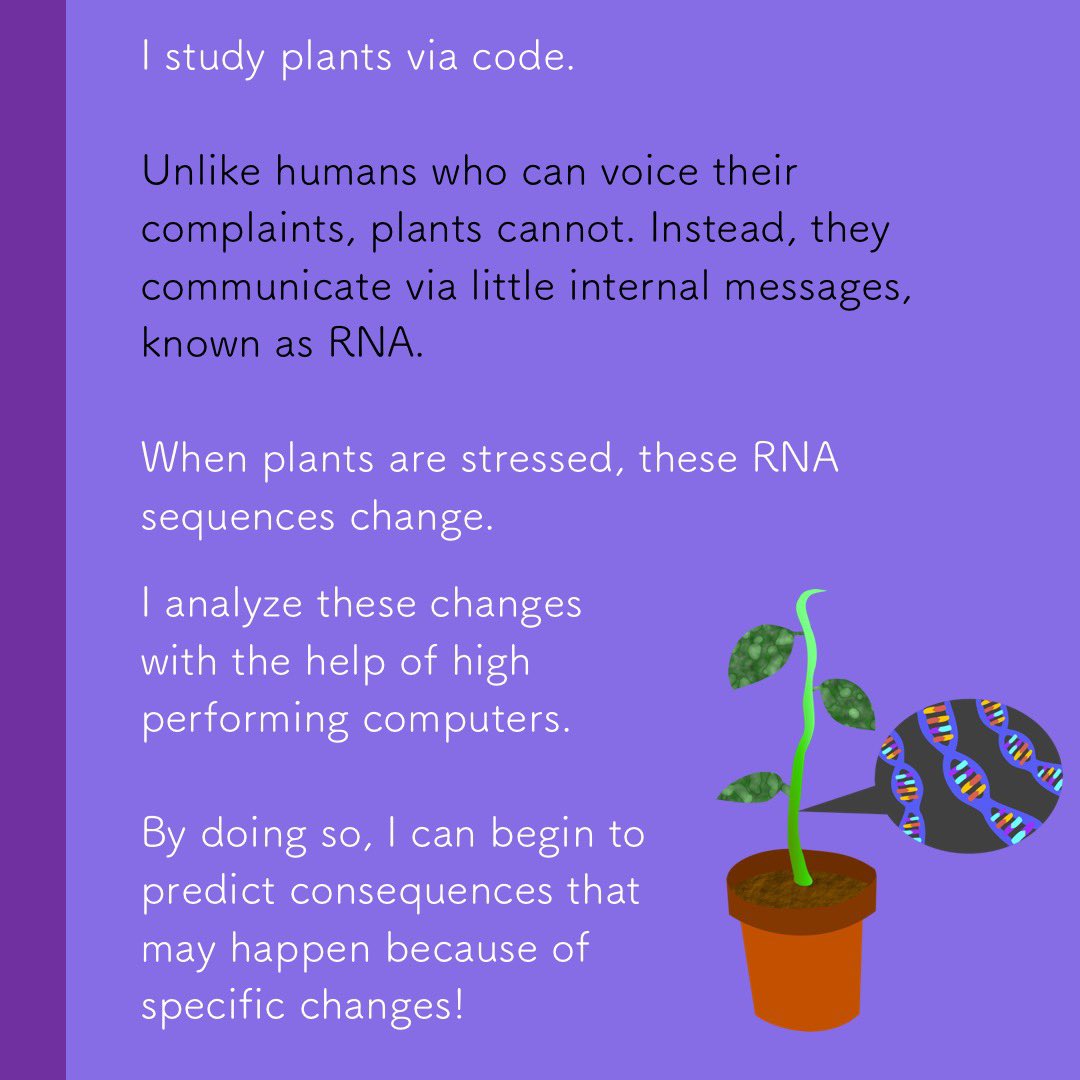
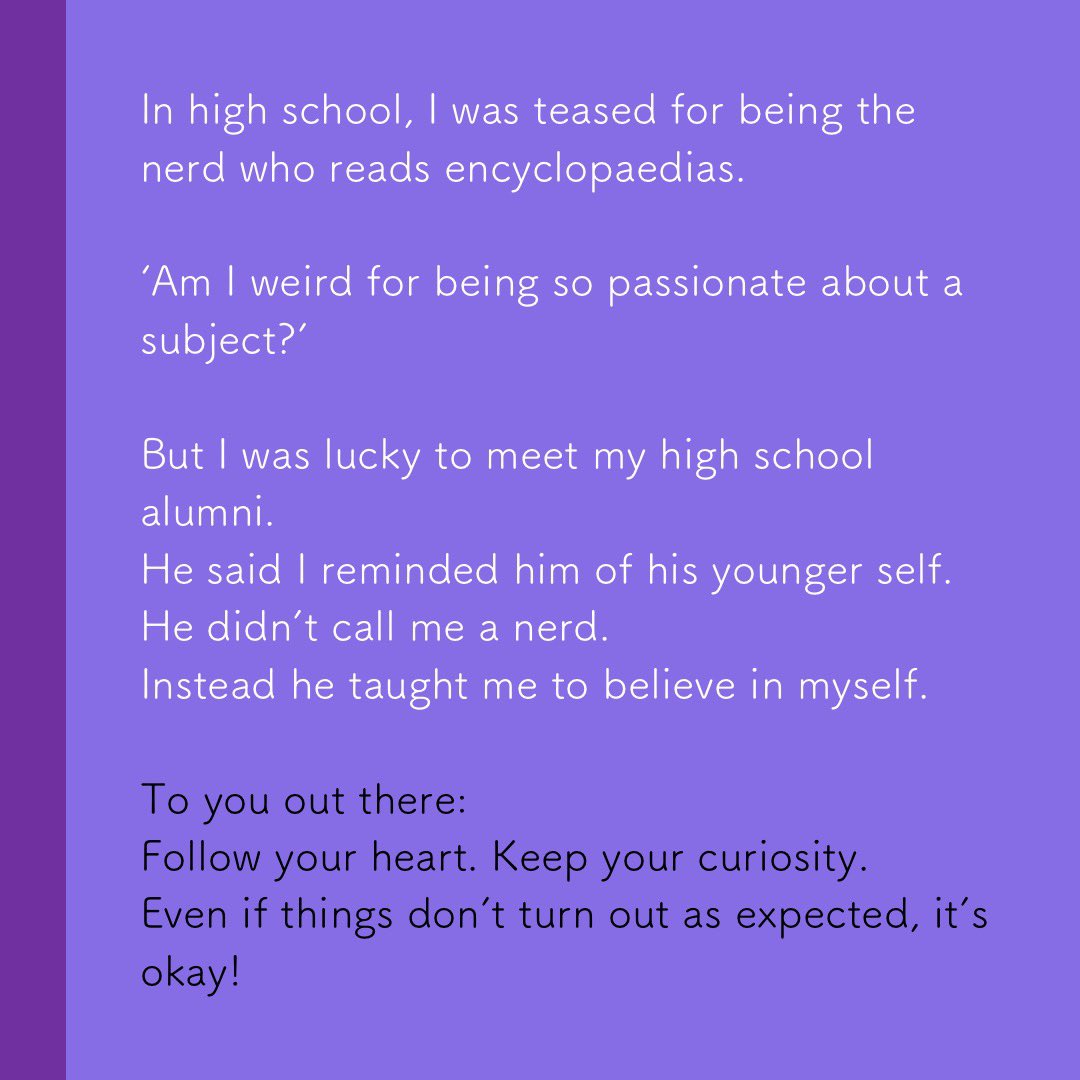
16. 16. Roshen Maghhan @roshenmaghhan is a computer programmer that has tinkered with many projects he created himself!
This includes his own AI he named Caroline!



This includes his own AI he named Caroline!


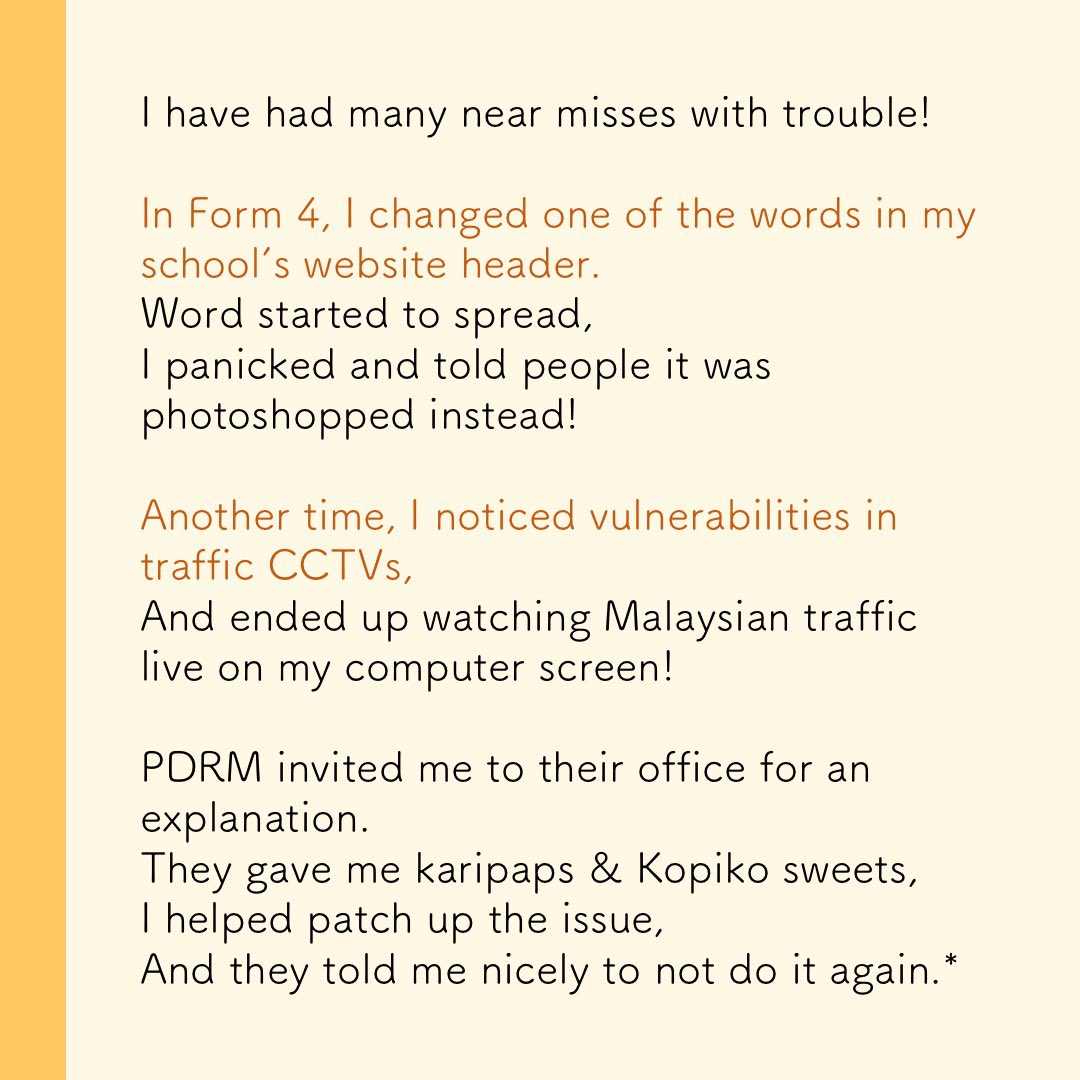
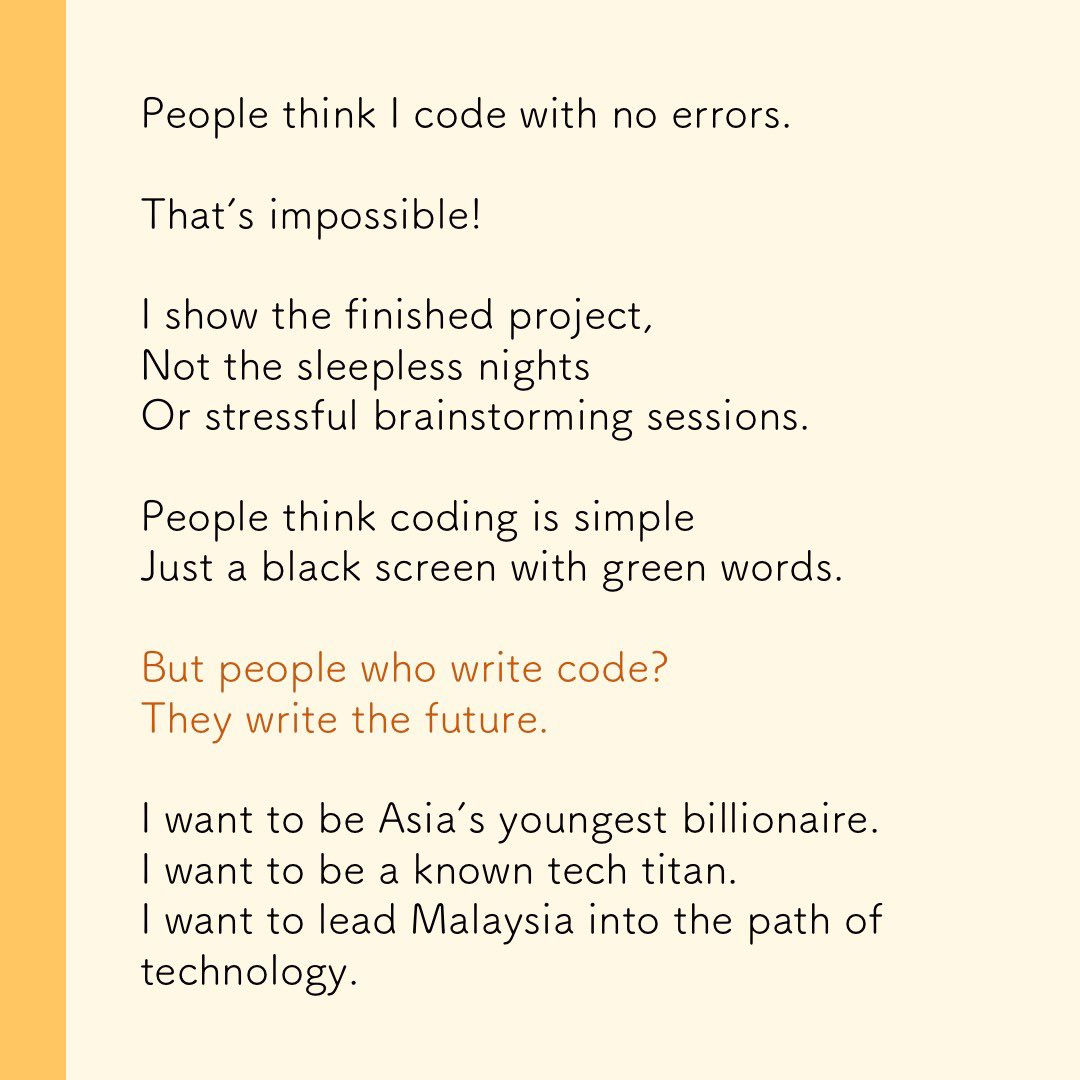
17. Safira, a PhD student at Uni of Nottingham, Malaysia researches autism spectrum disorder, specifically that autistic traits across a general population!
Full story on our FB!



Full story on our FB!
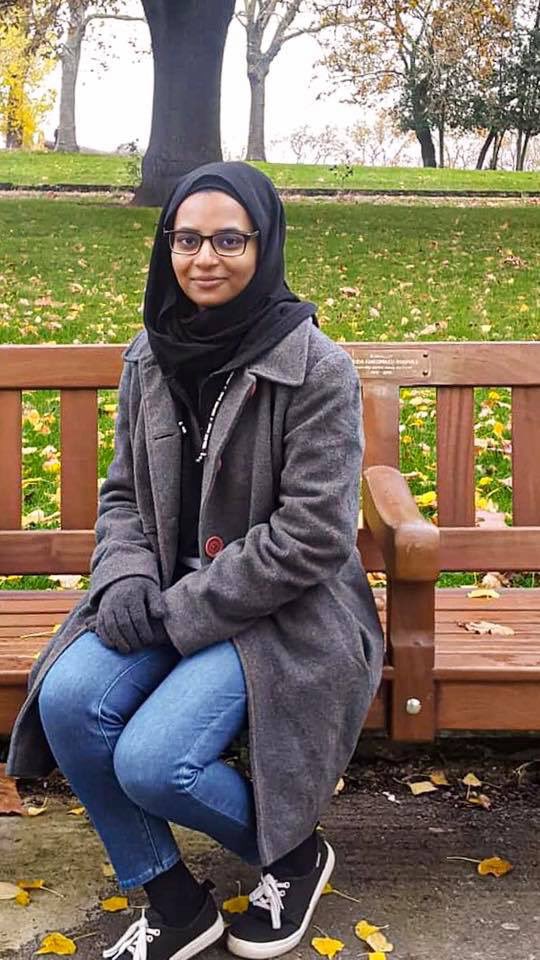
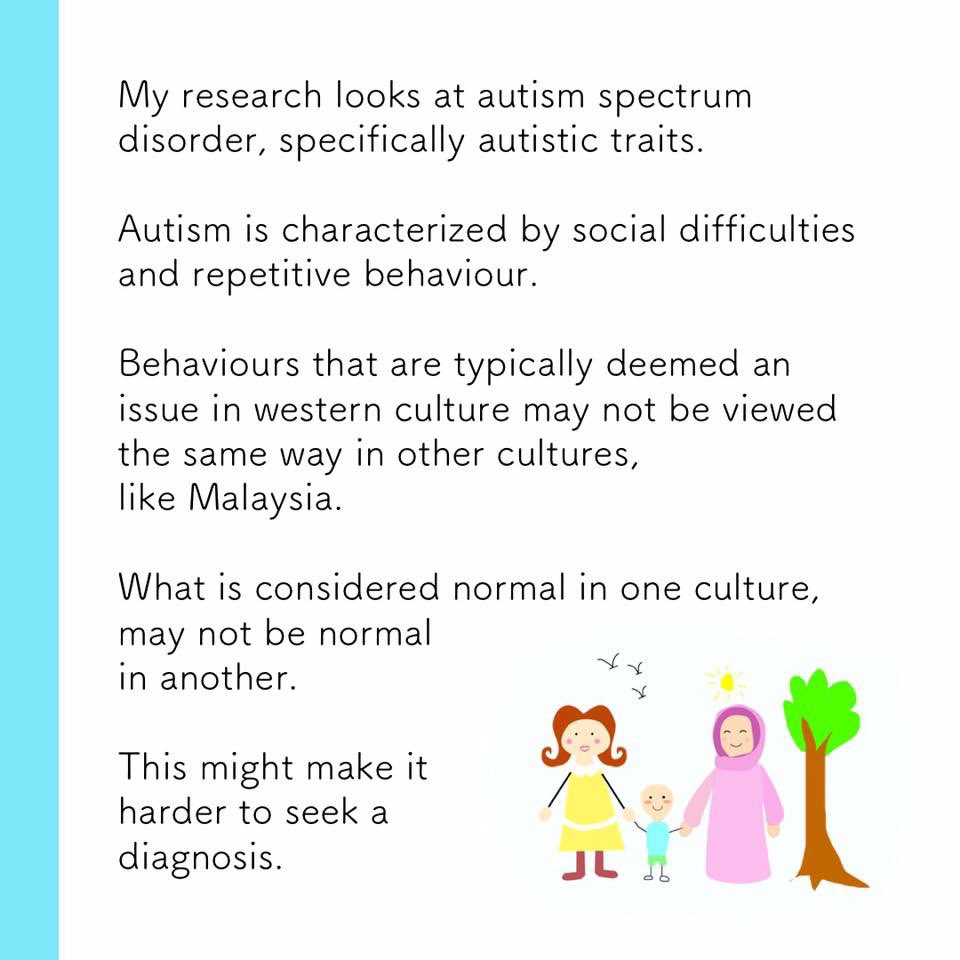
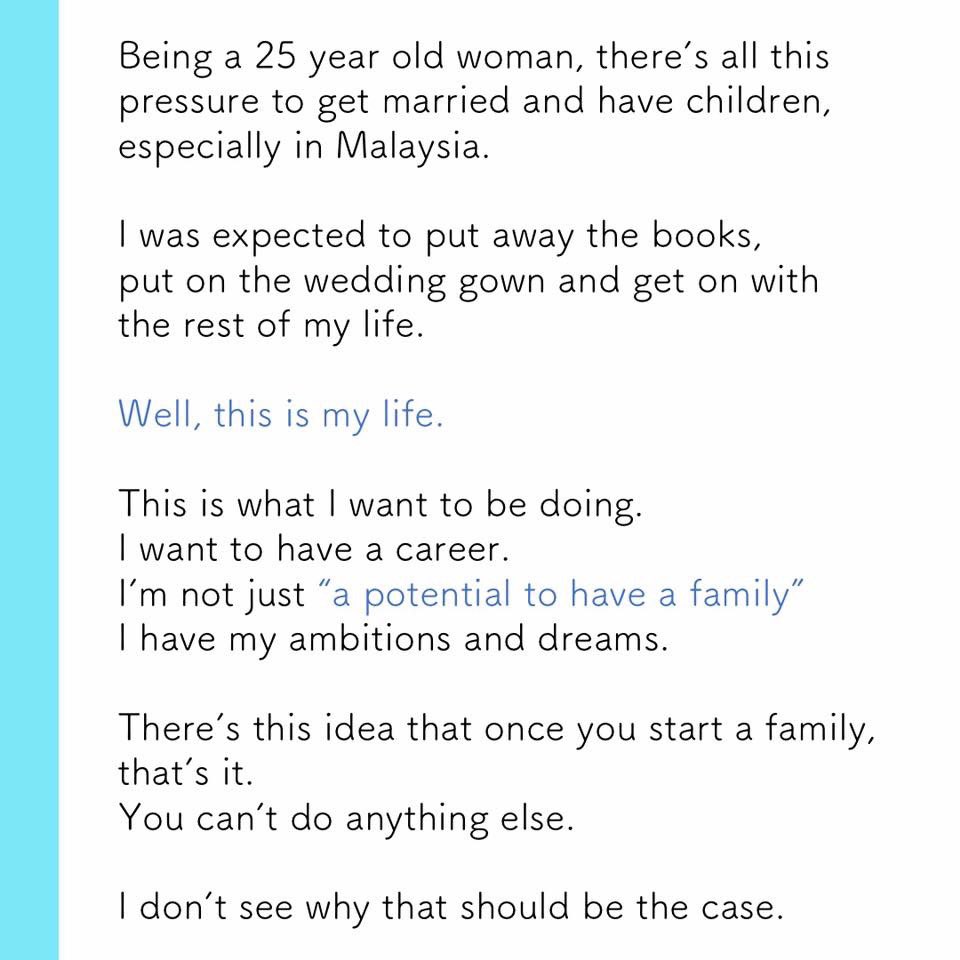

18. @DrLinOng, formerly at @StrokeBrainPRC , now lecturer at @MonashMalaysia looks at #stroke recovery translational research! Some of his focuses include the cognitive impairments after a stroke and the impacts of stress on recovery.
Full story on our FB!



Full story on our FB!
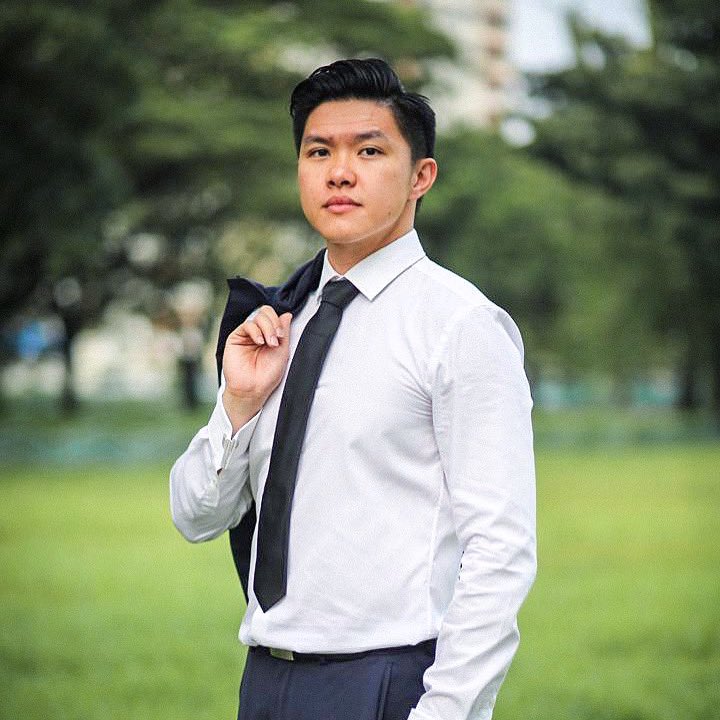
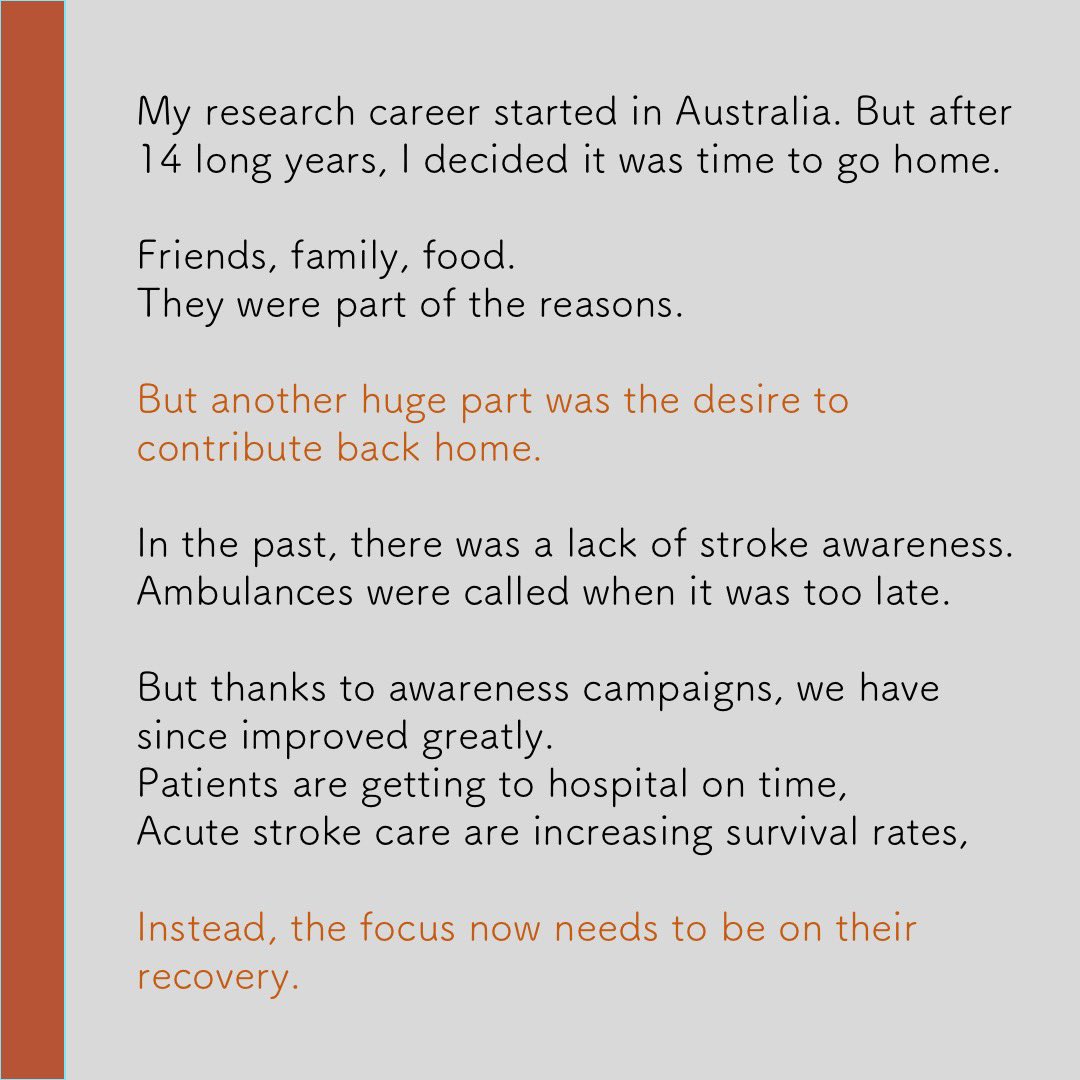

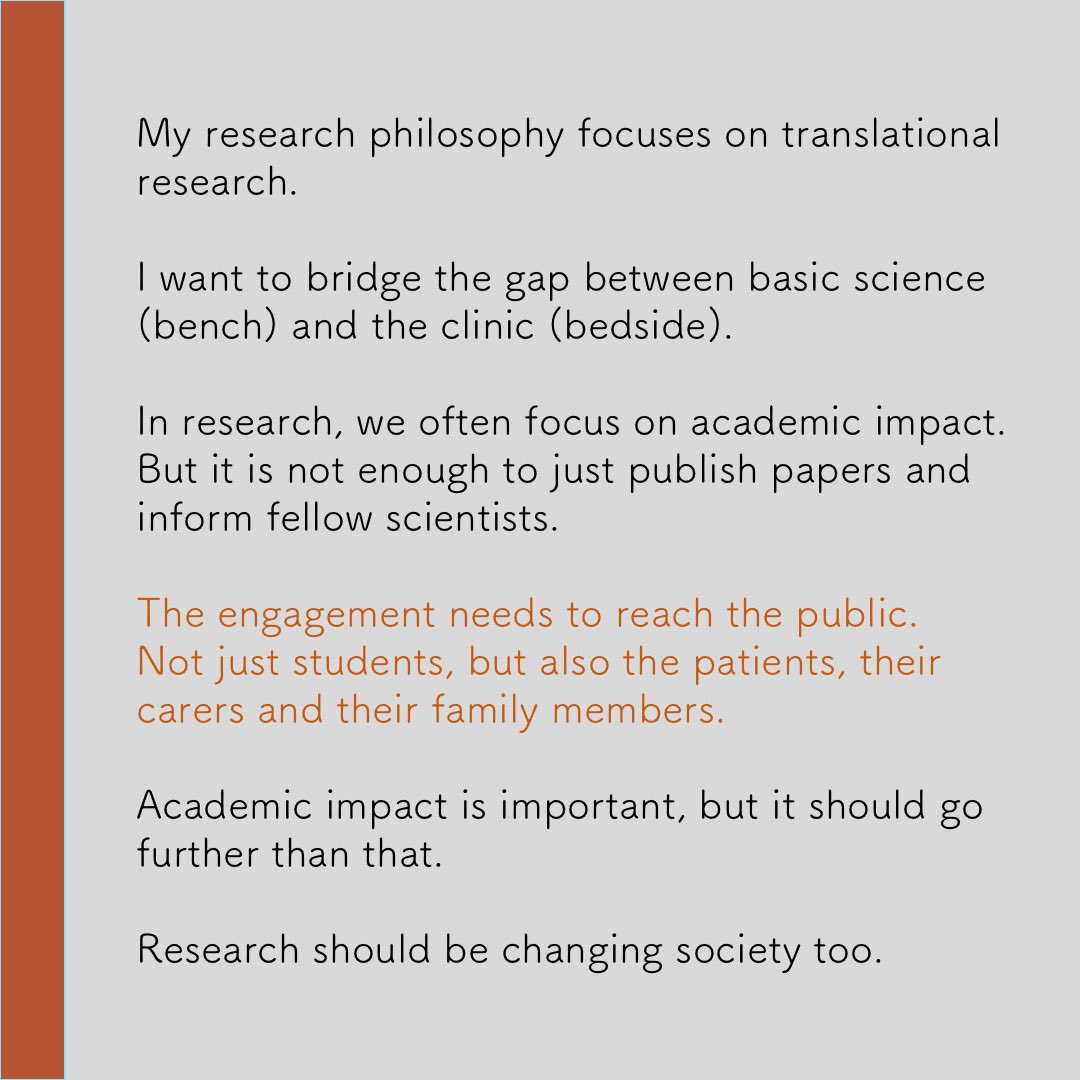
19. Husna @husna_yusoff97 from @HeriotWattUni Malaysia who started her own green project/company from scratch on #biodegradable plastics and straws! Read about her amazing journey on our FB page! 



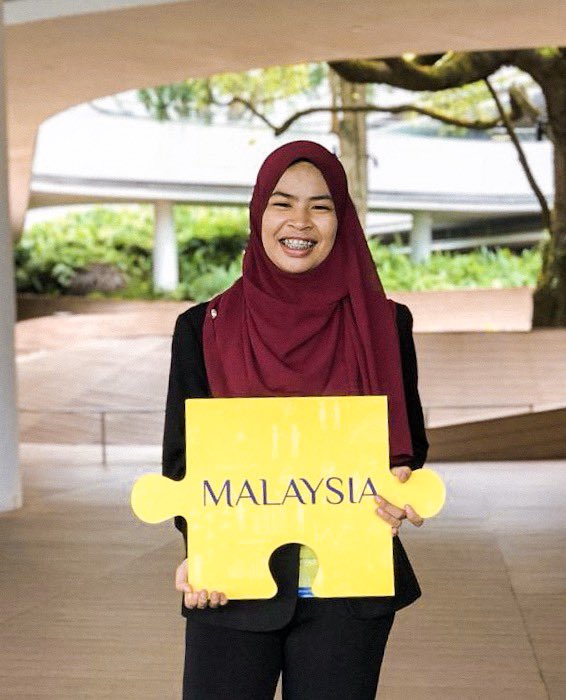



20. Kee Onn, an Experimental Fluid Dynamicist.
“I failed Add Maths in sec sch, but I didn’t give up right away, and I got “it” in the end. If you tell yourself”I’m not smart enough to do science.” You May be blocking out your own path before you even tried.”



“I failed Add Maths in sec sch, but I didn’t give up right away, and I got “it” in the end. If you tell yourself”I’m not smart enough to do science.” You May be blocking out your own path before you even tried.”

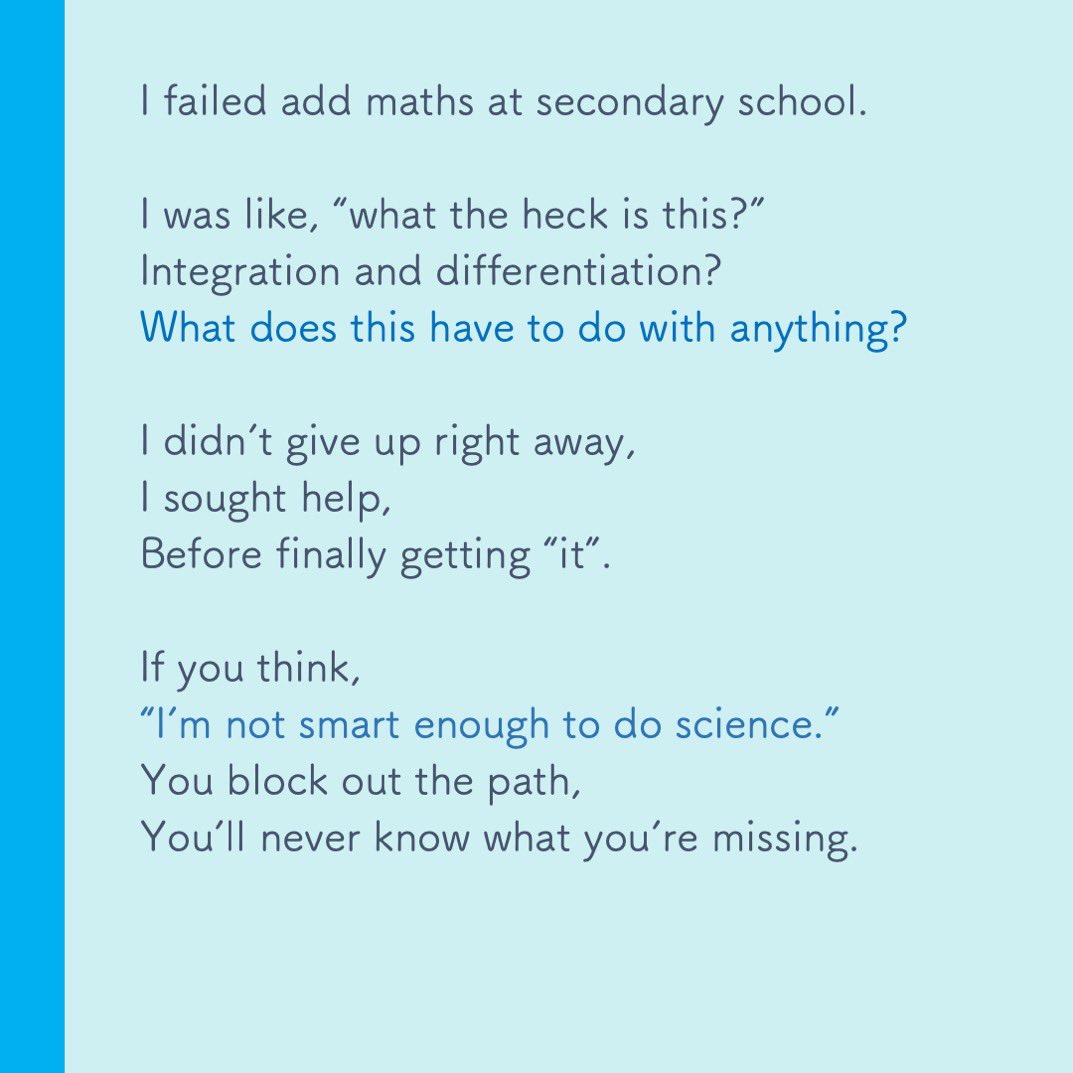
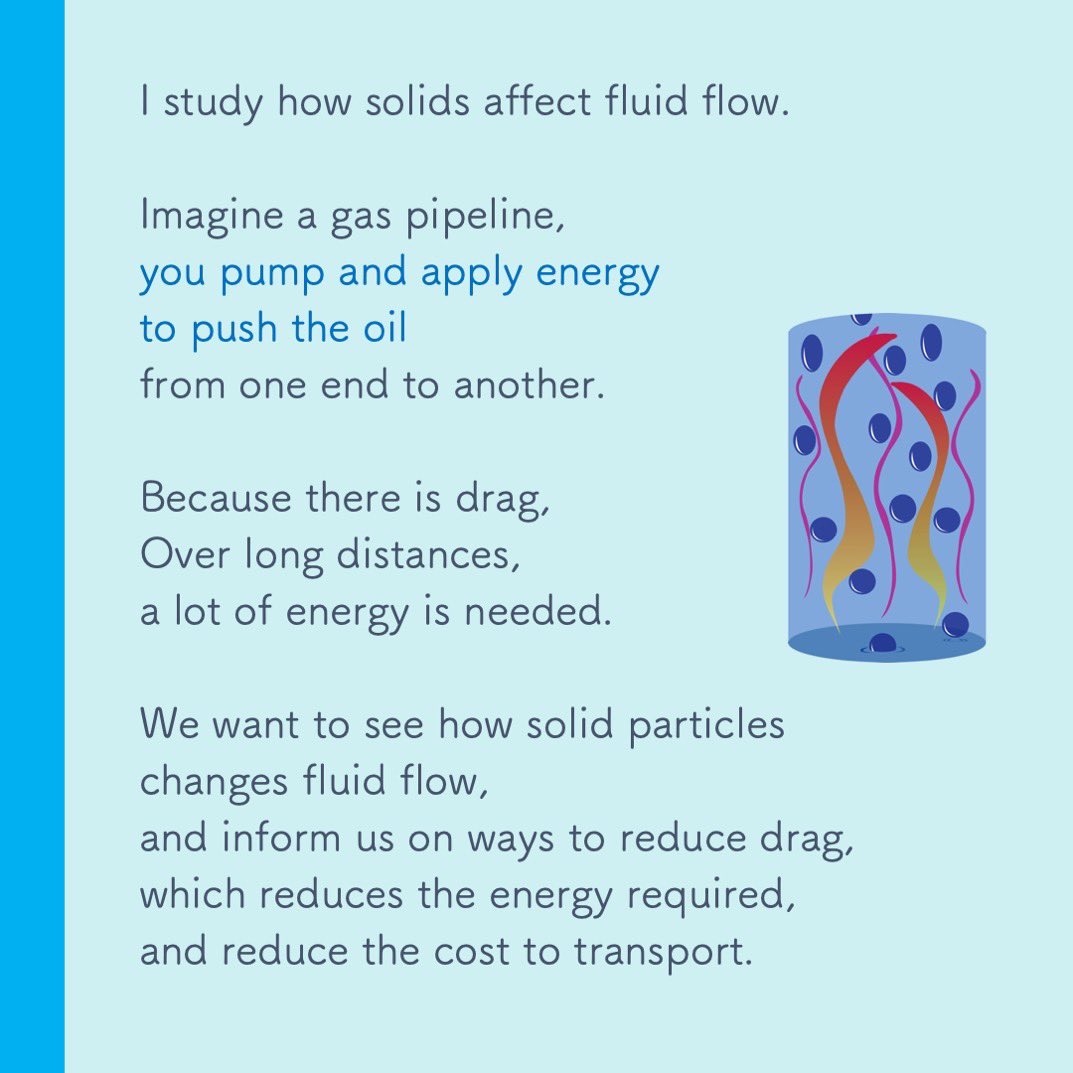
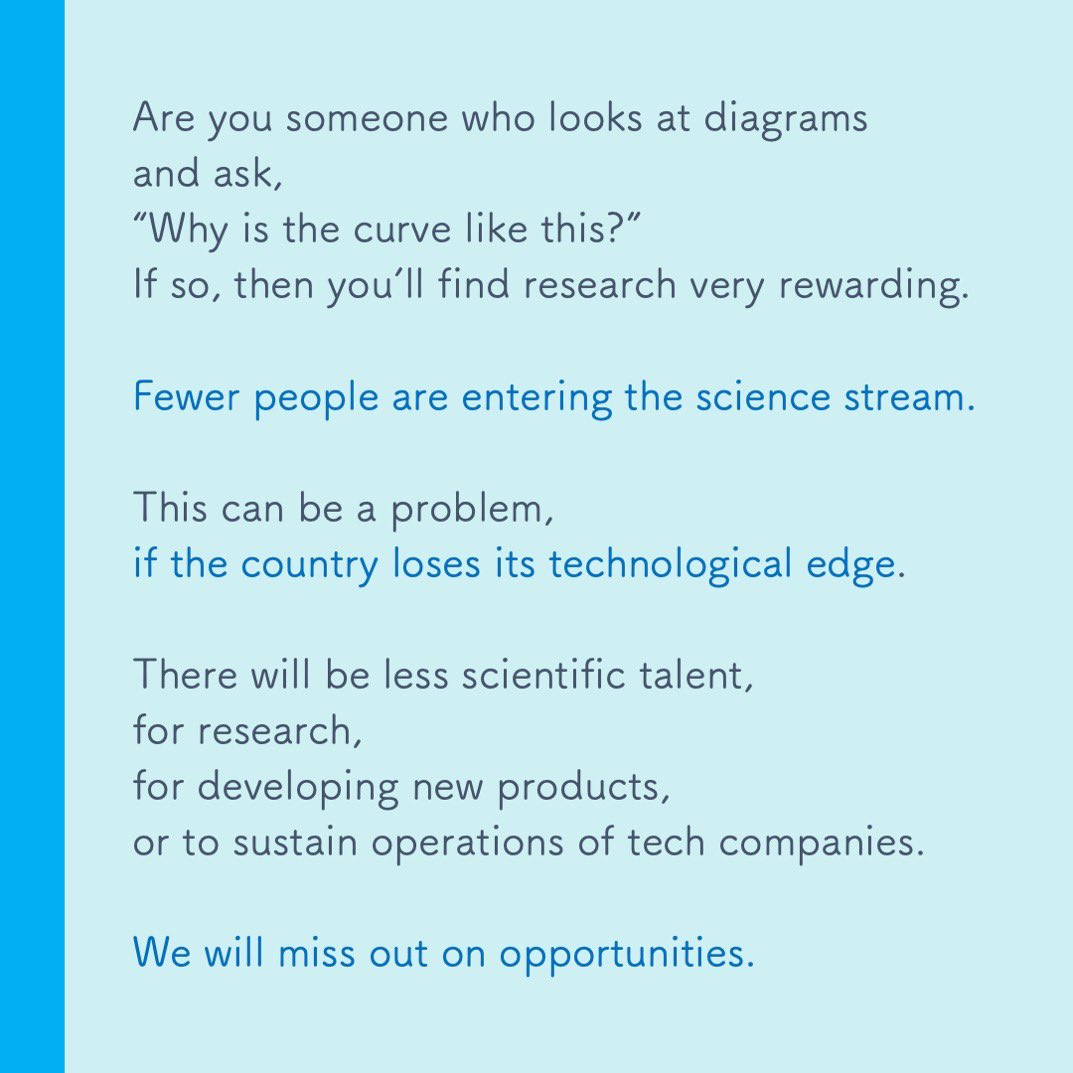
21. Kasturi is a research association at @Flinders. She is a material scientist, focusing on creating a and sustainable and green material manufacturing process!
Full story on FB



Full story on FB
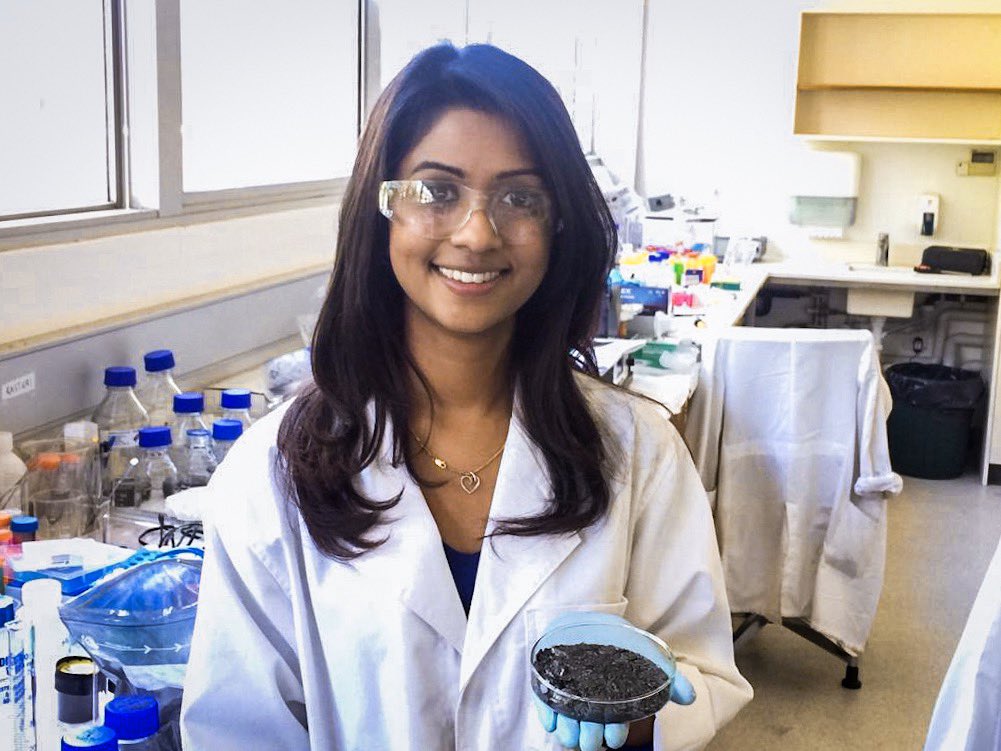
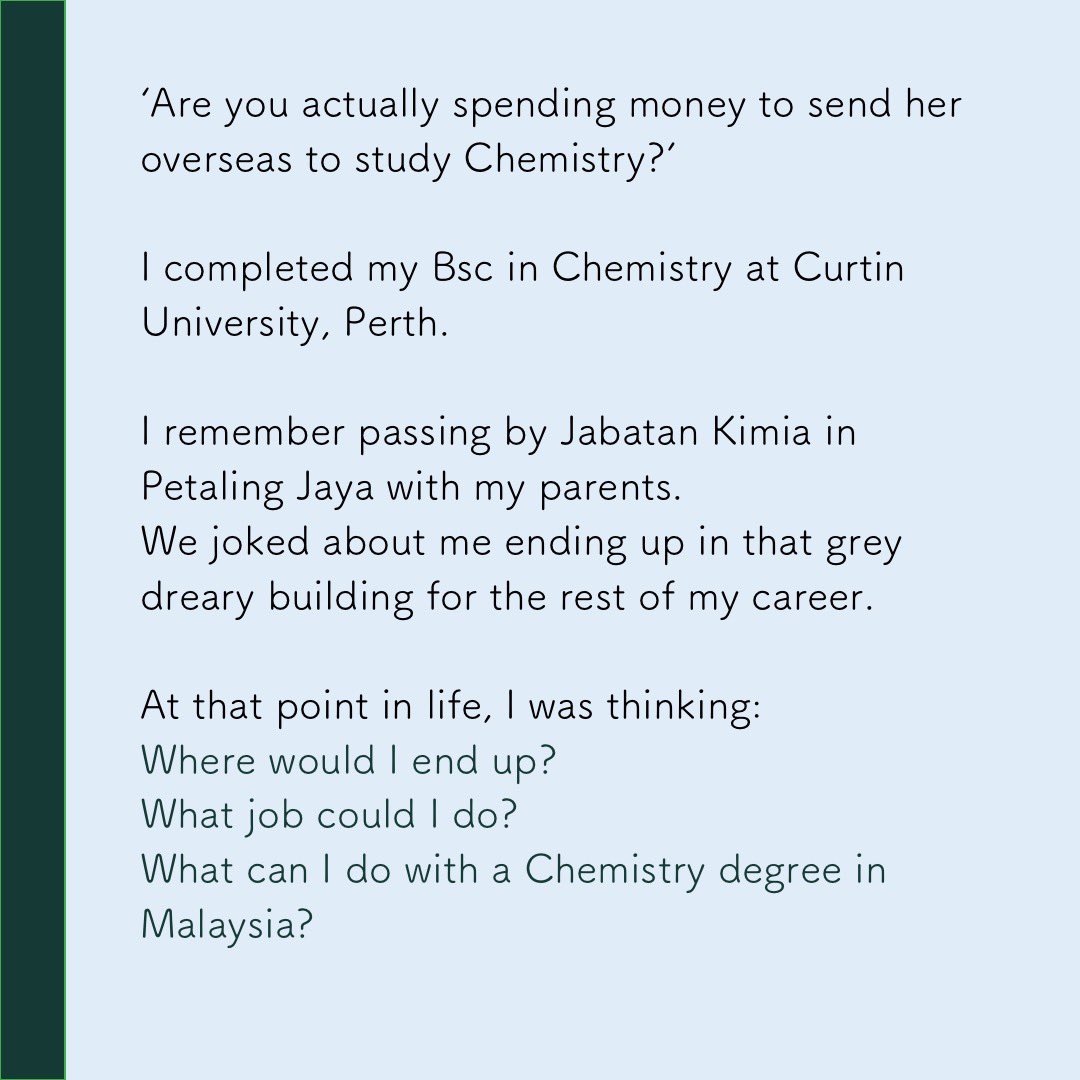
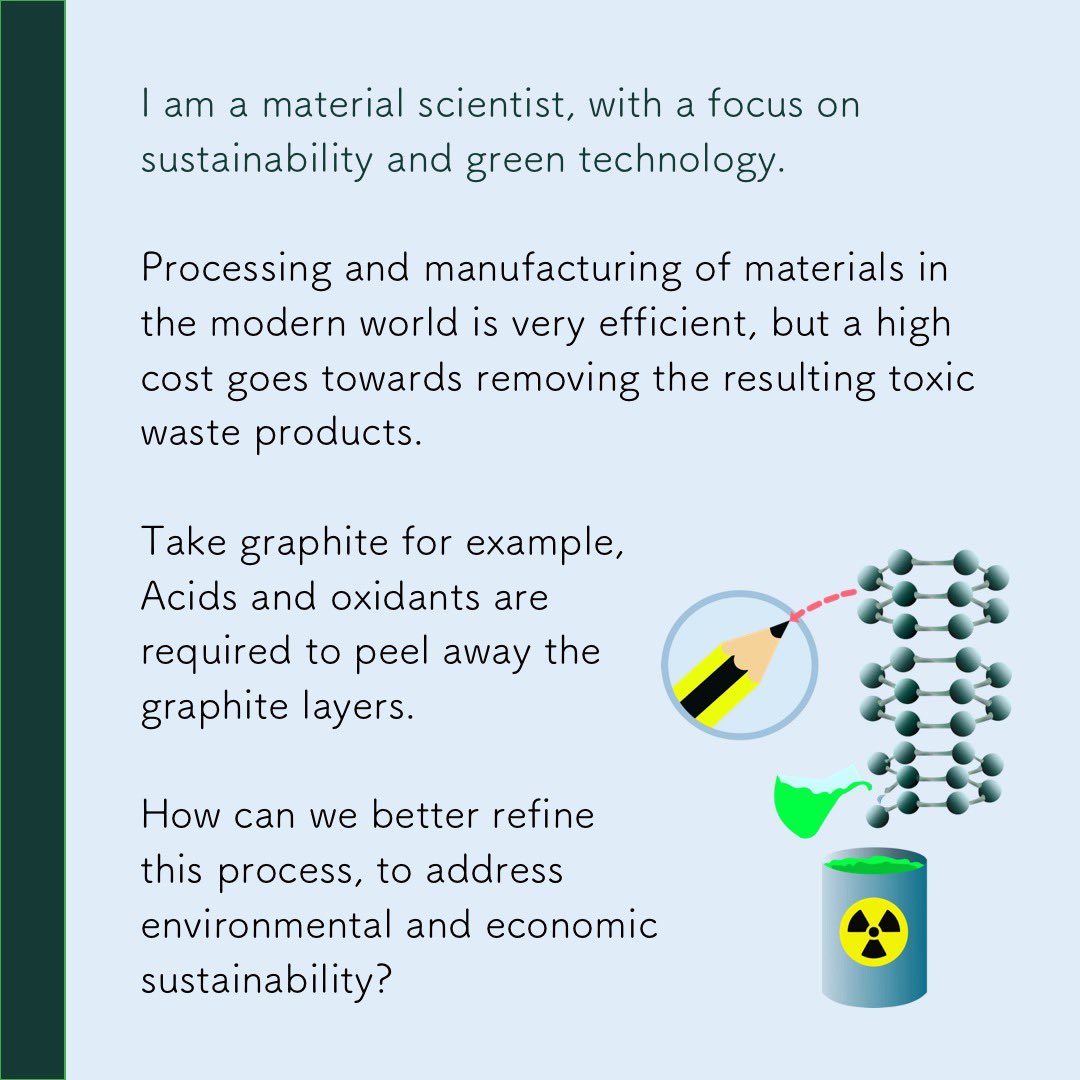

22. @kxlim Kai Xiang is doing his PhD in psychiatric genomics at @SGDPCentreKCL, looking at factors behind self-harm using #epidemiological data!
‘Imagine a #mentalhealth jar. Filled w green (genetic risk factors) & red (env risk factors) beads.’
Read the full story on FB!



‘Imagine a #mentalhealth jar. Filled w green (genetic risk factors) & red (env risk factors) beads.’
Read the full story on FB!
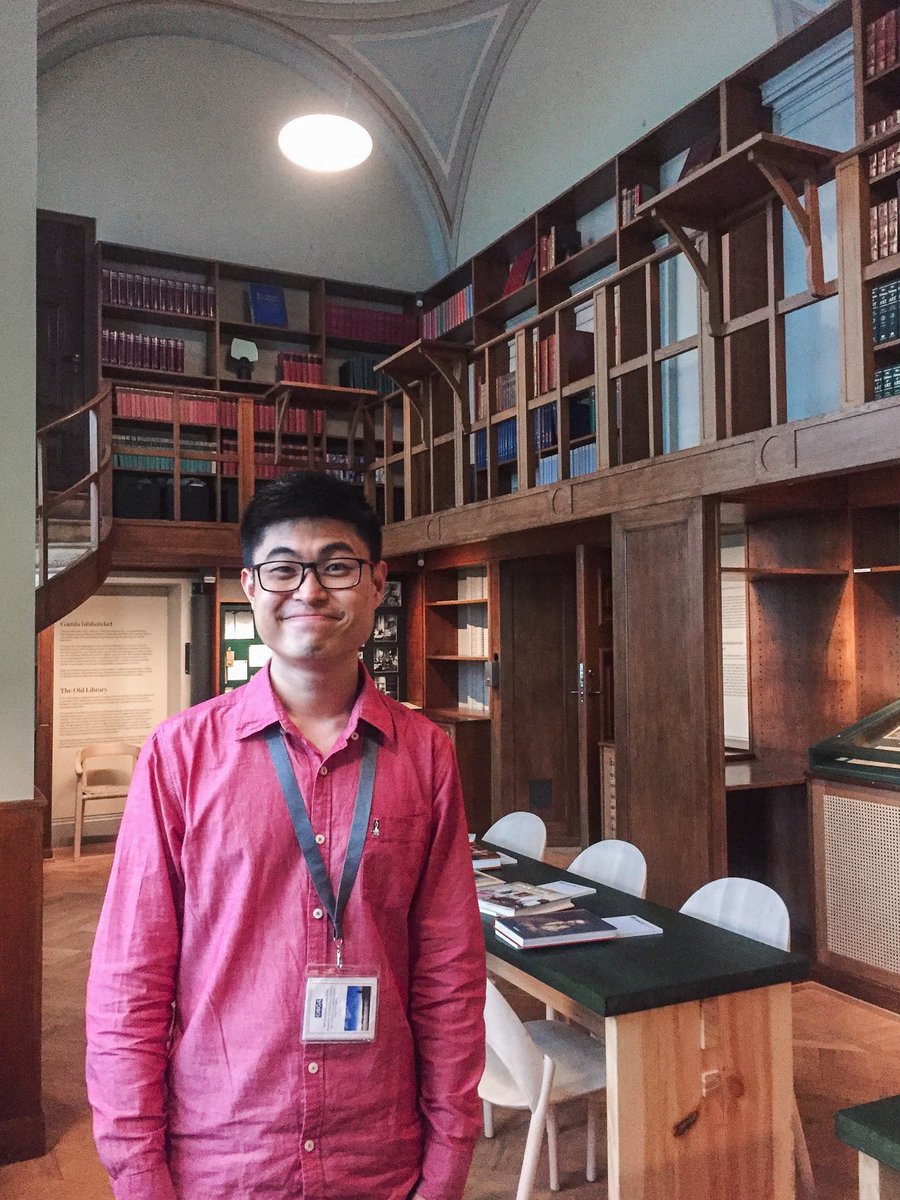
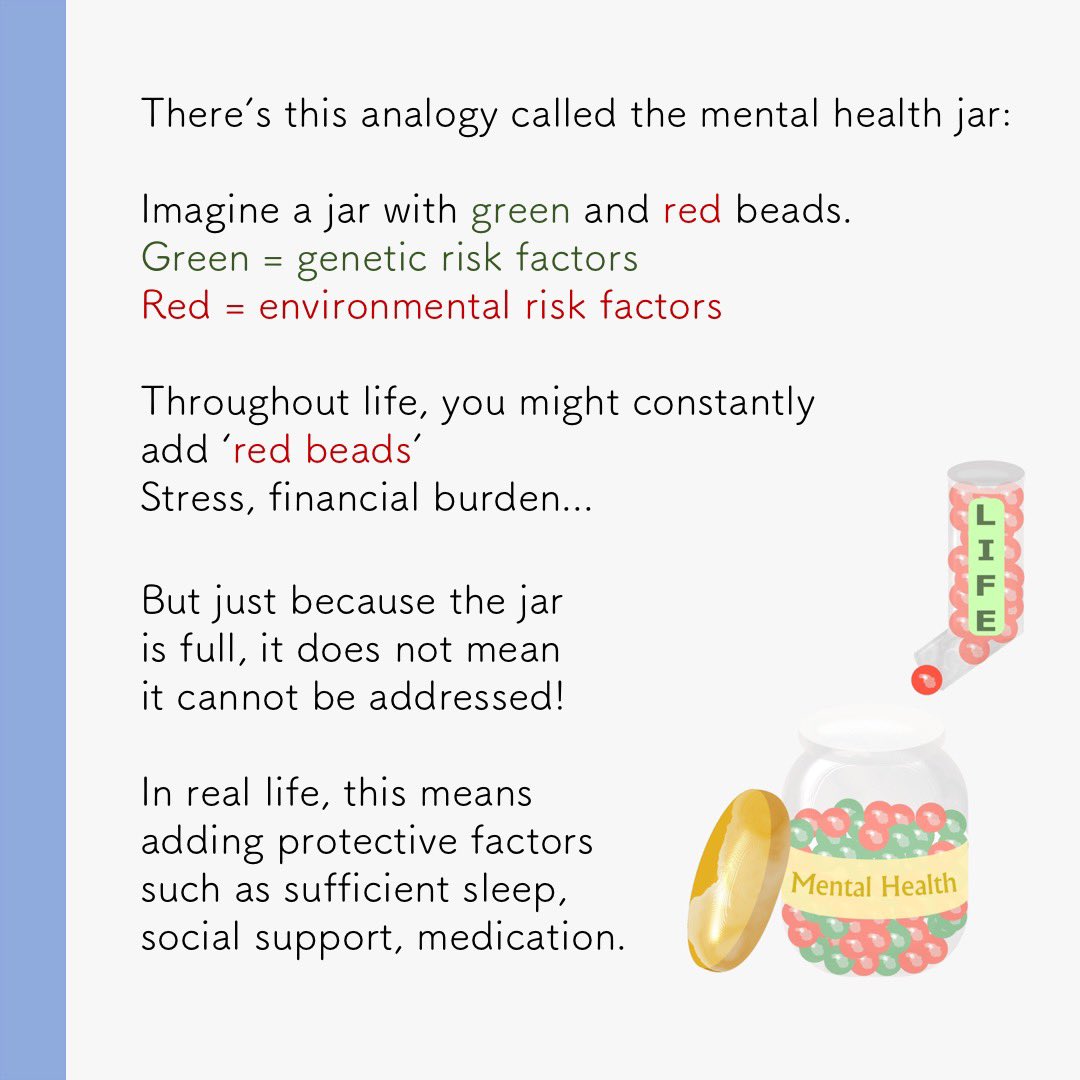
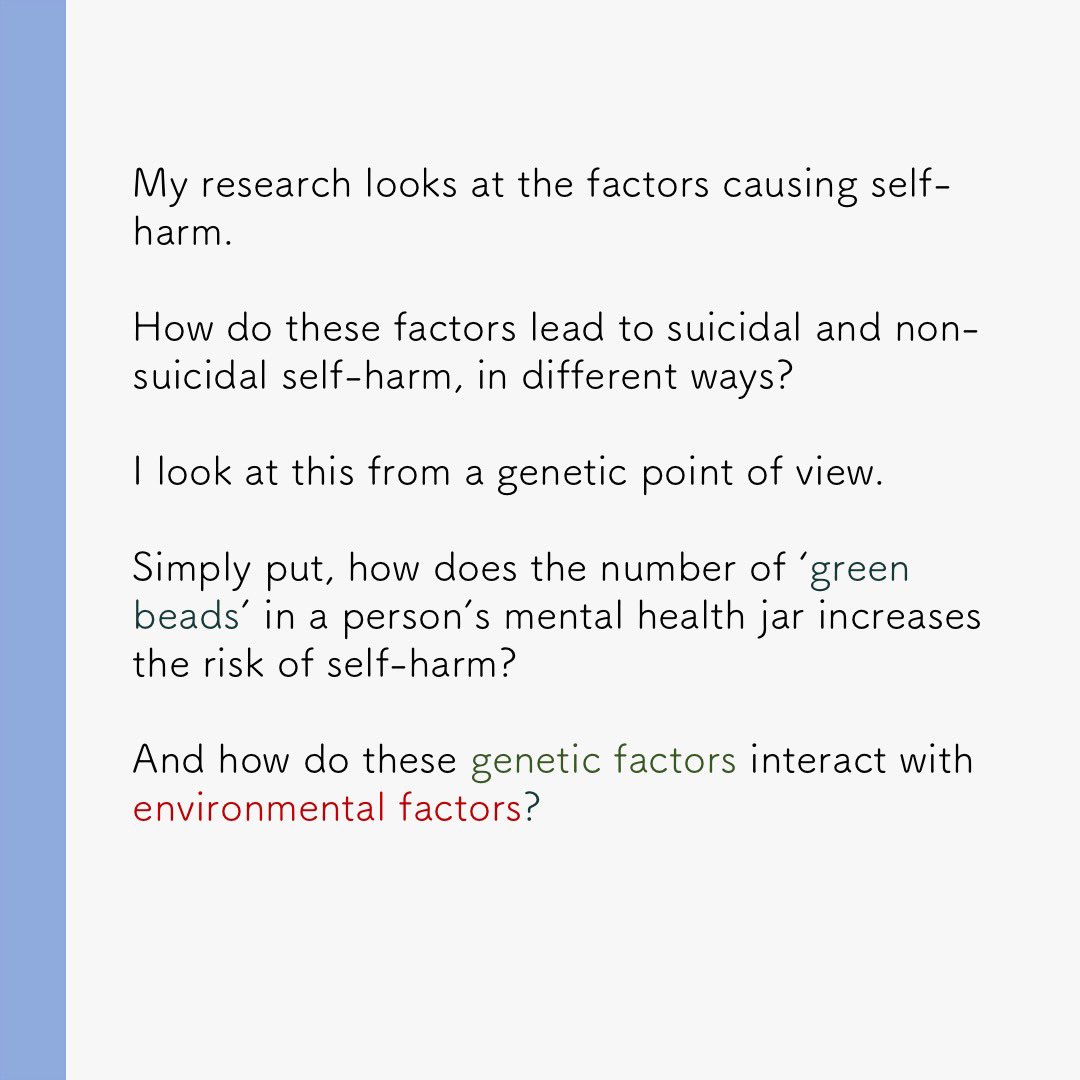
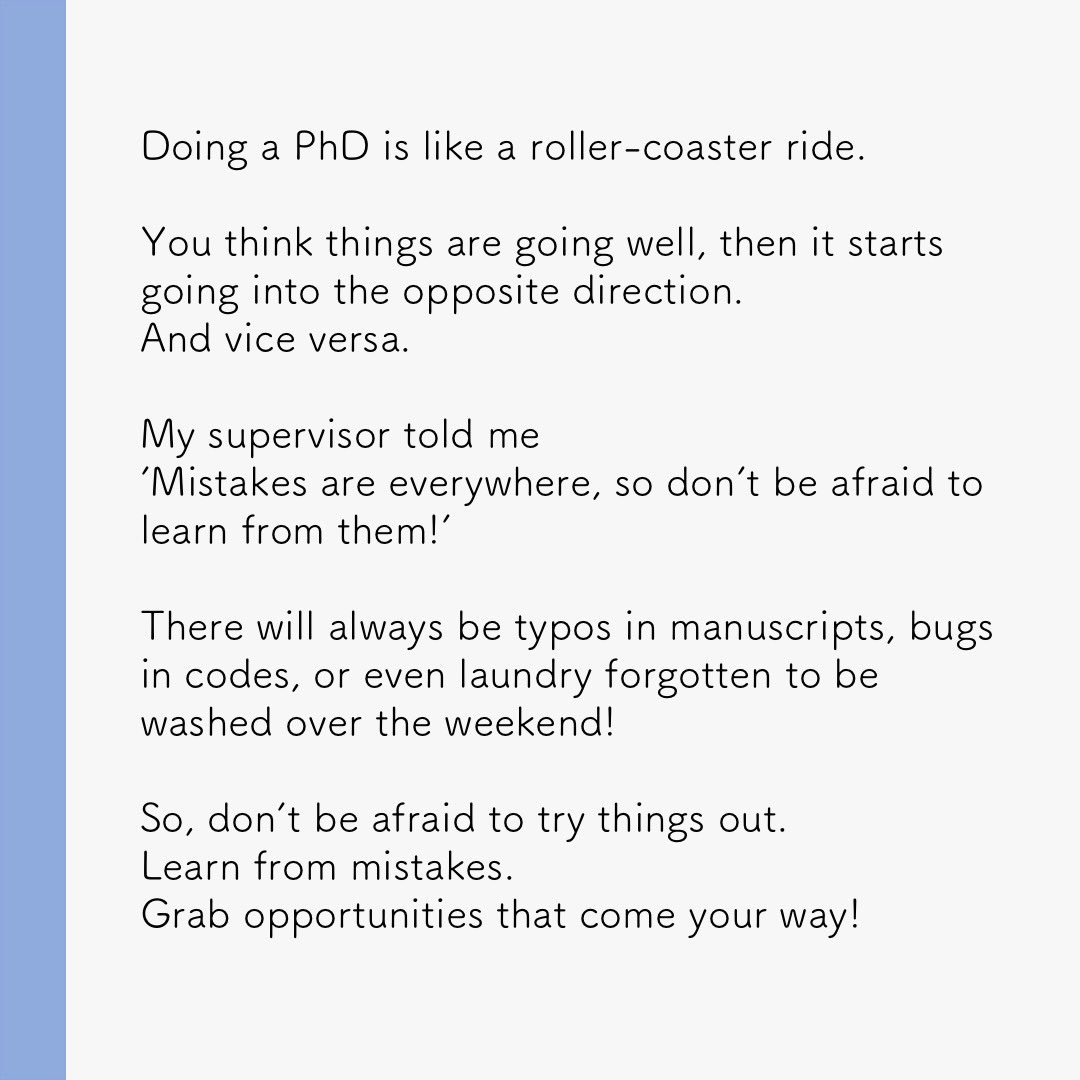
23. Christine is a lecturer and Asst Prof at @UniofNottingham Malaysia.
‘I’m interested in helping students to better study different #languages. My passion is to lessen their difficulty by identifying the most efficient way of helping our children excel in languages.’



‘I’m interested in helping students to better study different #languages. My passion is to lessen their difficulty by identifying the most efficient way of helping our children excel in languages.’
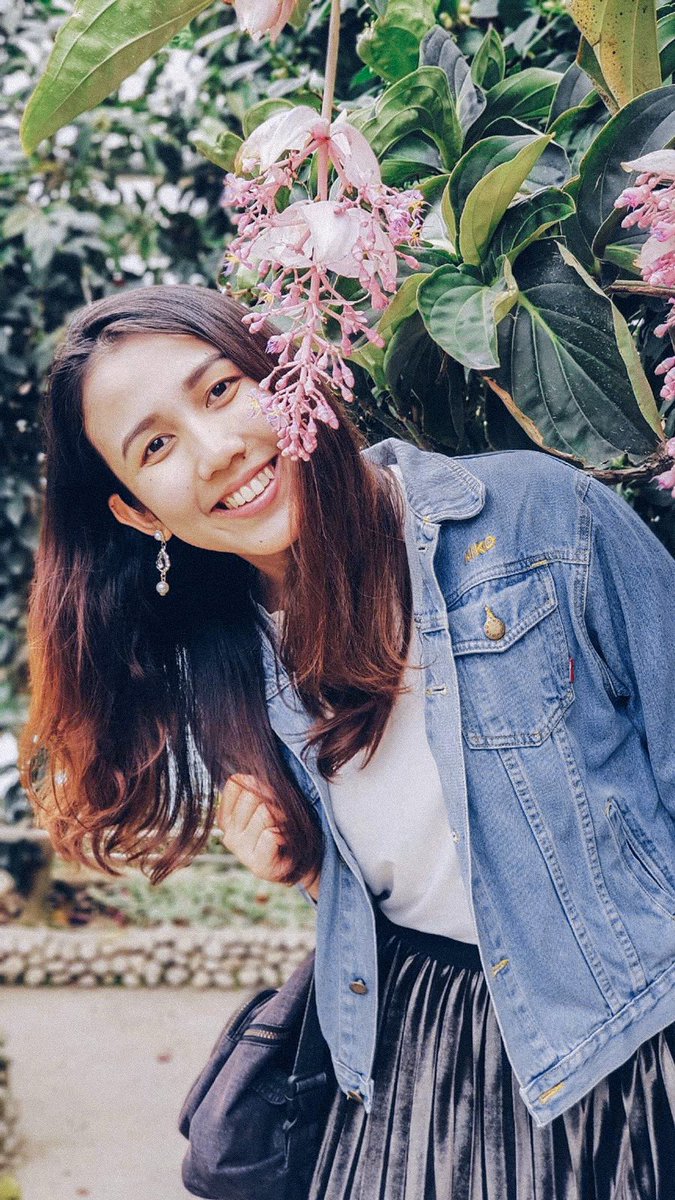
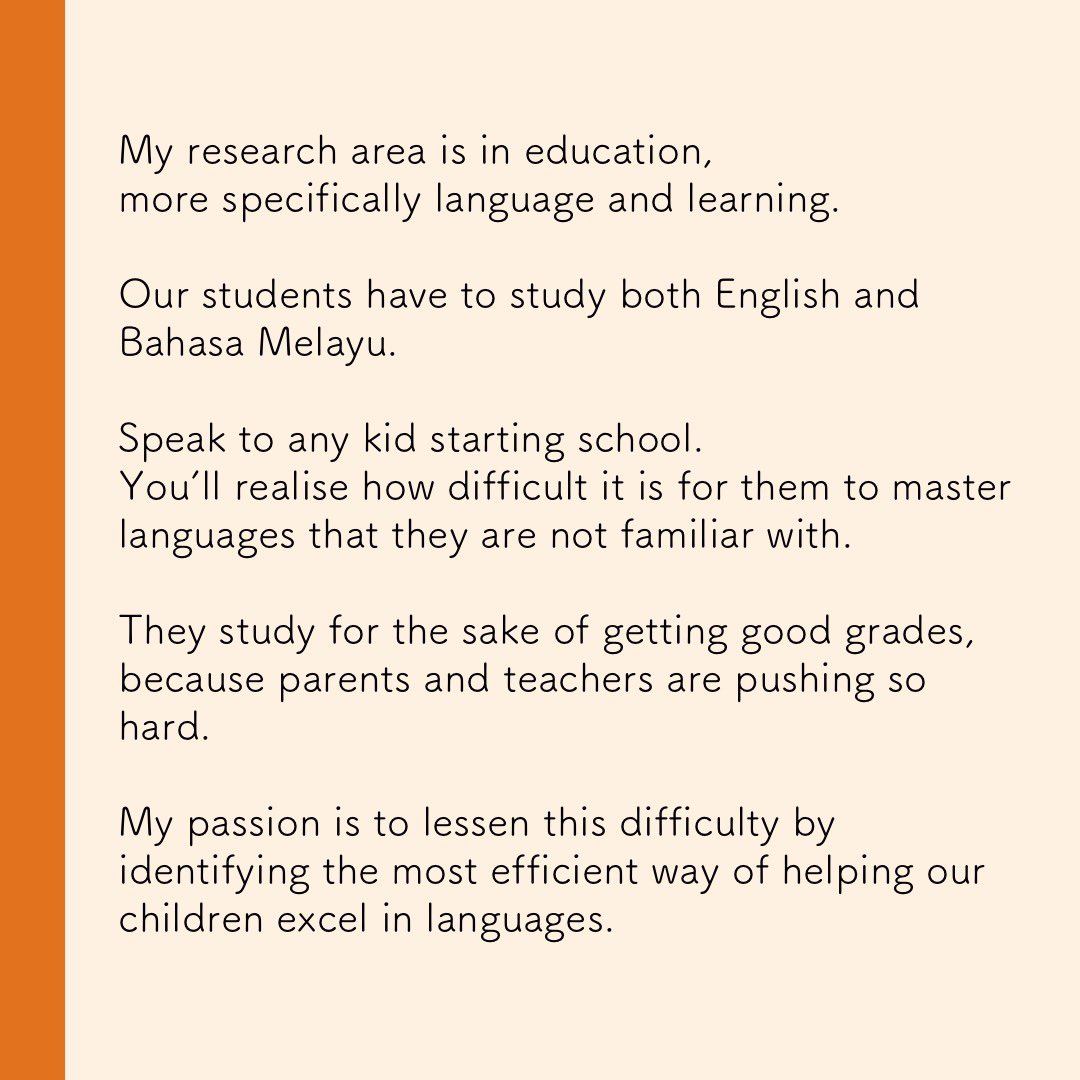
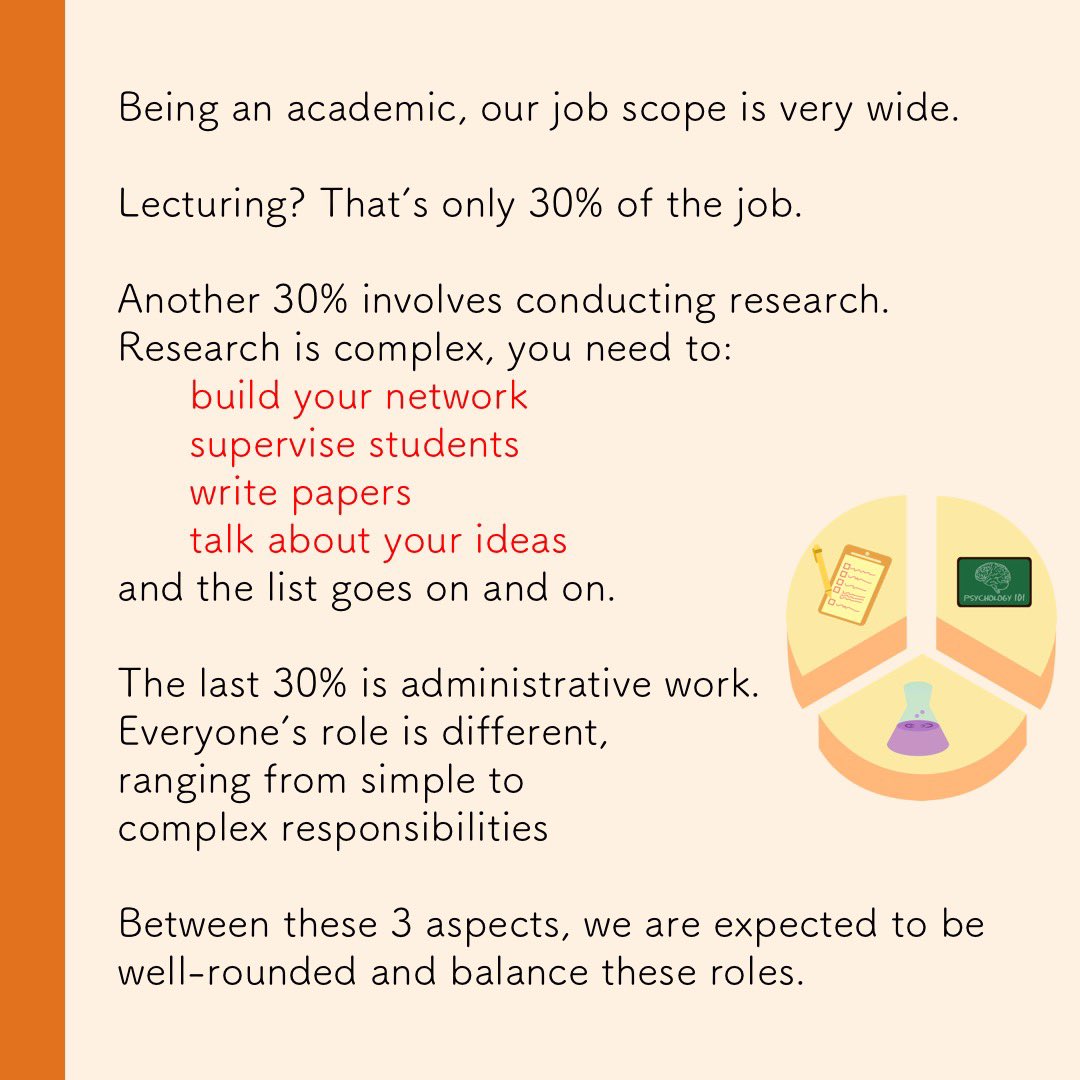
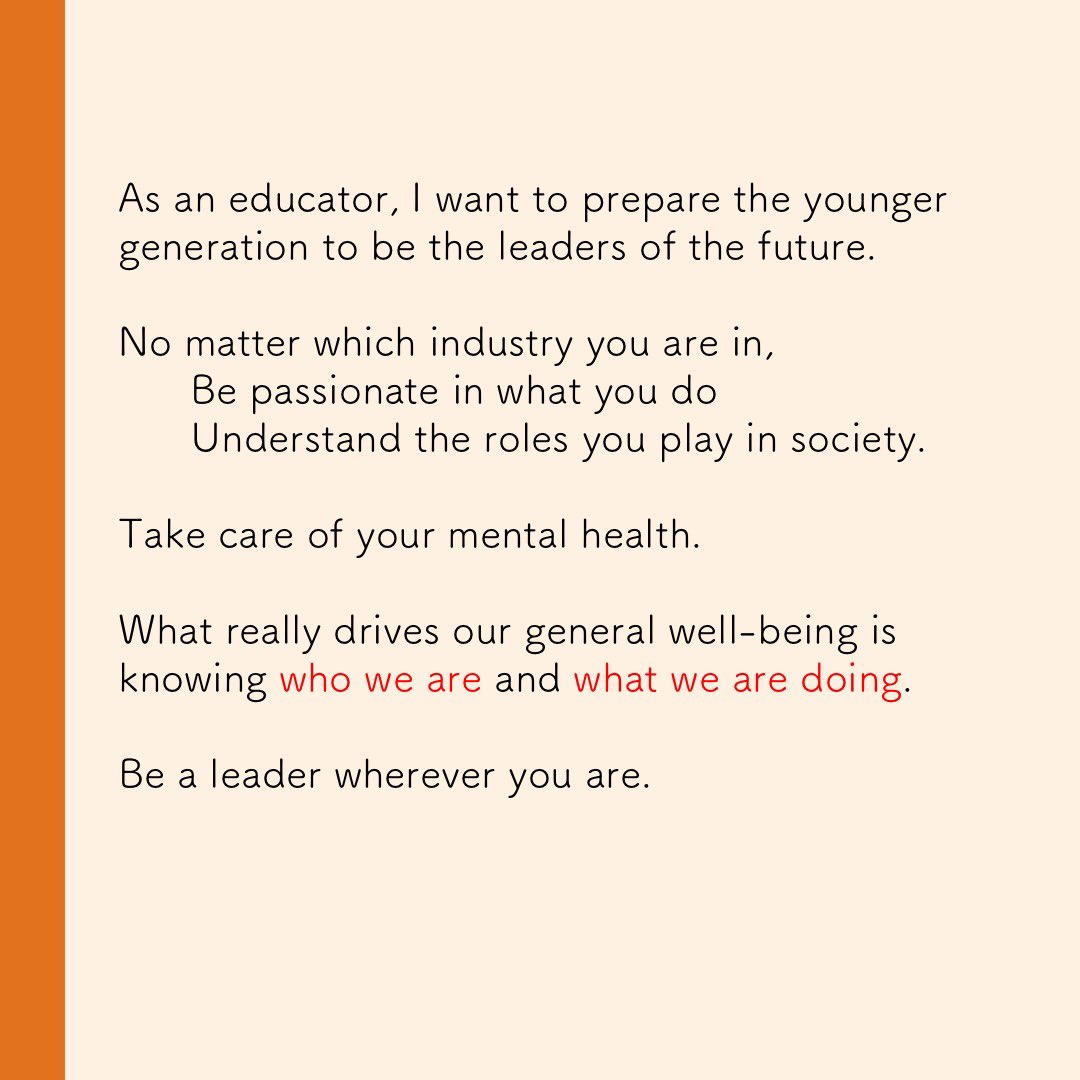
24. Dr Izzat Suffian @izzat_fai, Asst Prof at @OfficialIIUM researches nanomedicine & targeted cancer therapy.
‘The aim of academia is to find new knowledge & share what you learn. Imo, as a successful academic, u need to ensure you produce students that are better than you.’



‘The aim of academia is to find new knowledge & share what you learn. Imo, as a successful academic, u need to ensure you produce students that are better than you.’

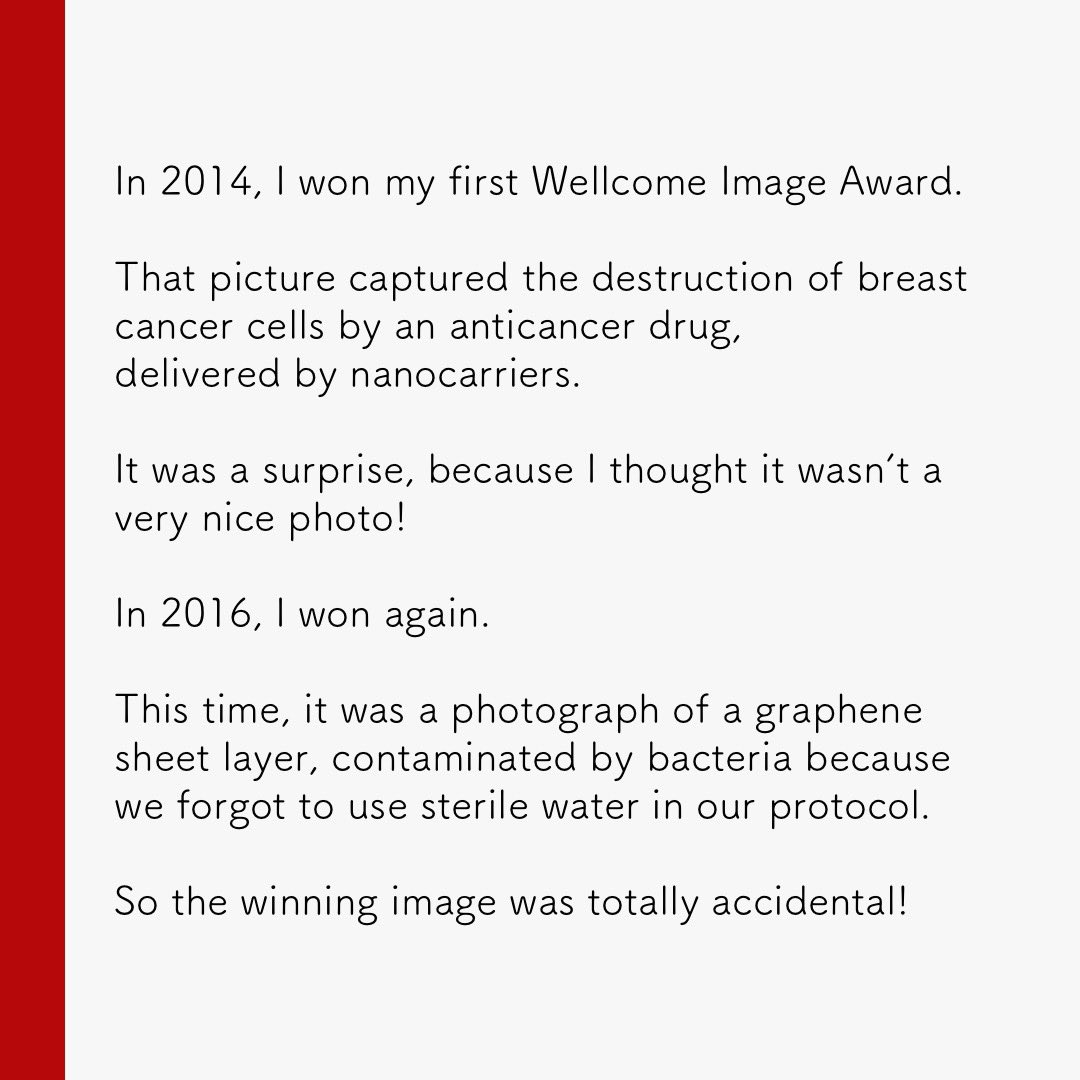
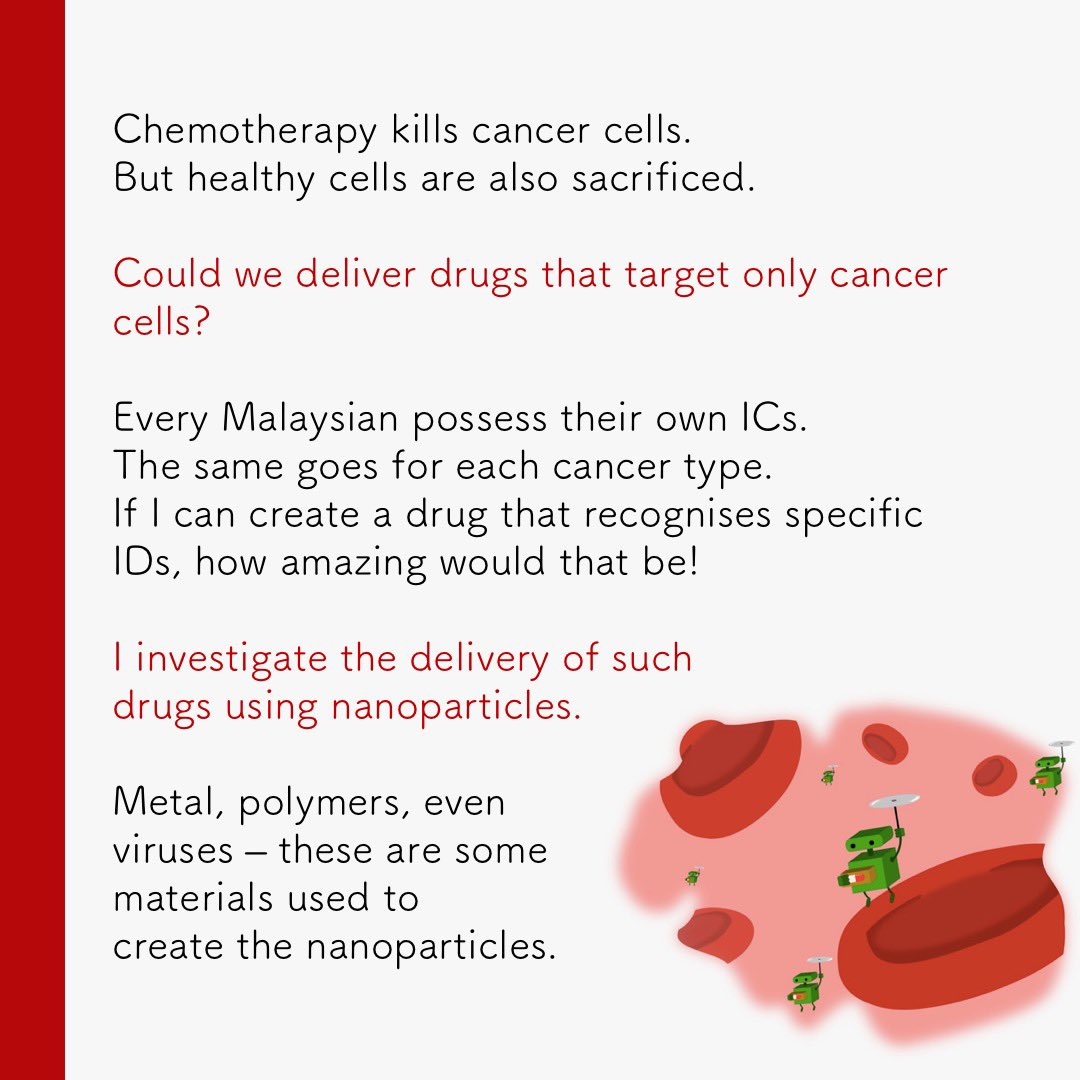
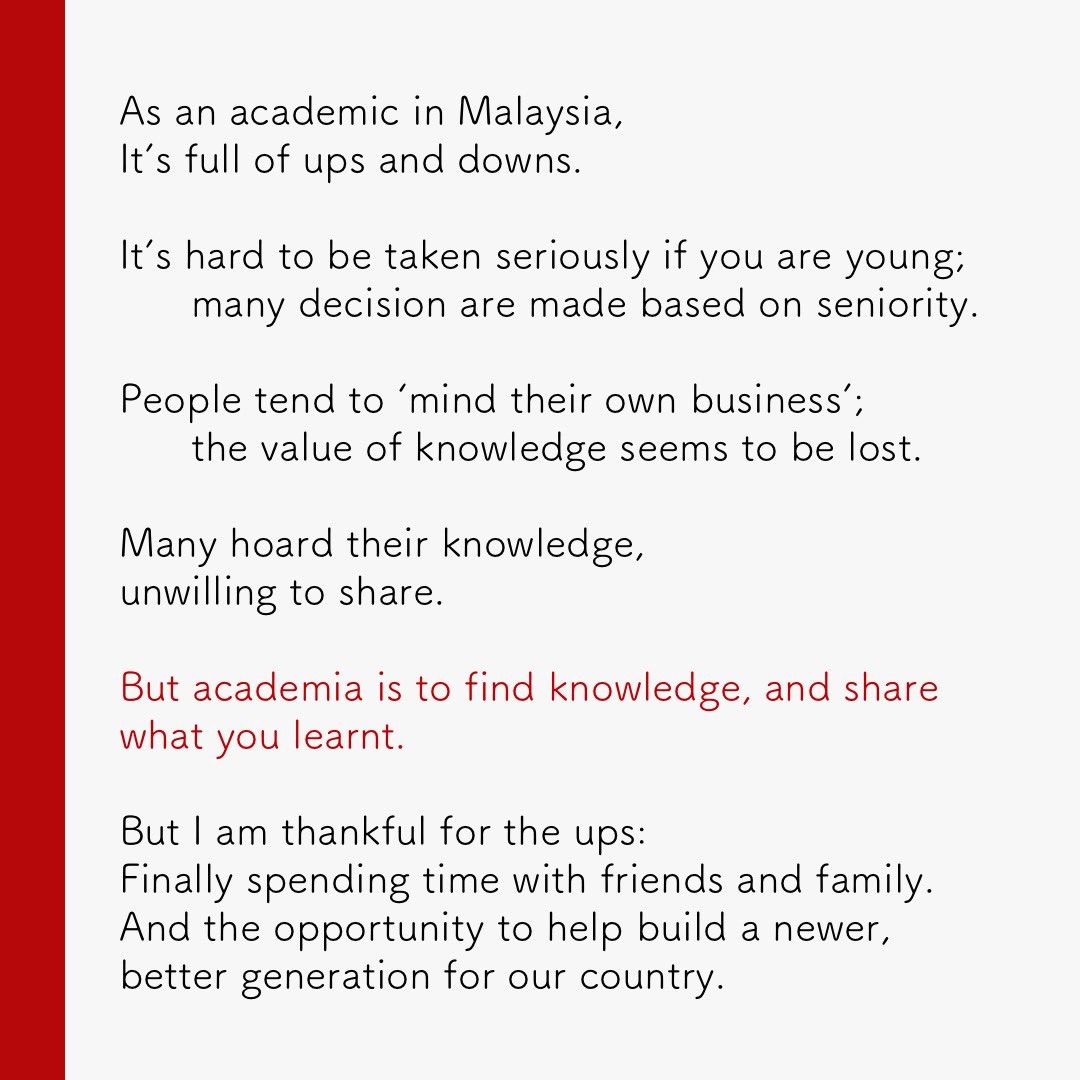
@izzat_fai @OfficialIIUM 25. Dr Yvonne Choo @yvonnechoo_sl, Lecturer at
@xmumalaysia
"Don’t stop because people say, “you aren’t science material…”, “you aren’t cut out for science…” or “you’re not smart enough…”. I was told the very same things, but I didn’t stop believing in what I wanted to do."



@xmumalaysia
"Don’t stop because people say, “you aren’t science material…”, “you aren’t cut out for science…” or “you’re not smart enough…”. I was told the very same things, but I didn’t stop believing in what I wanted to do."
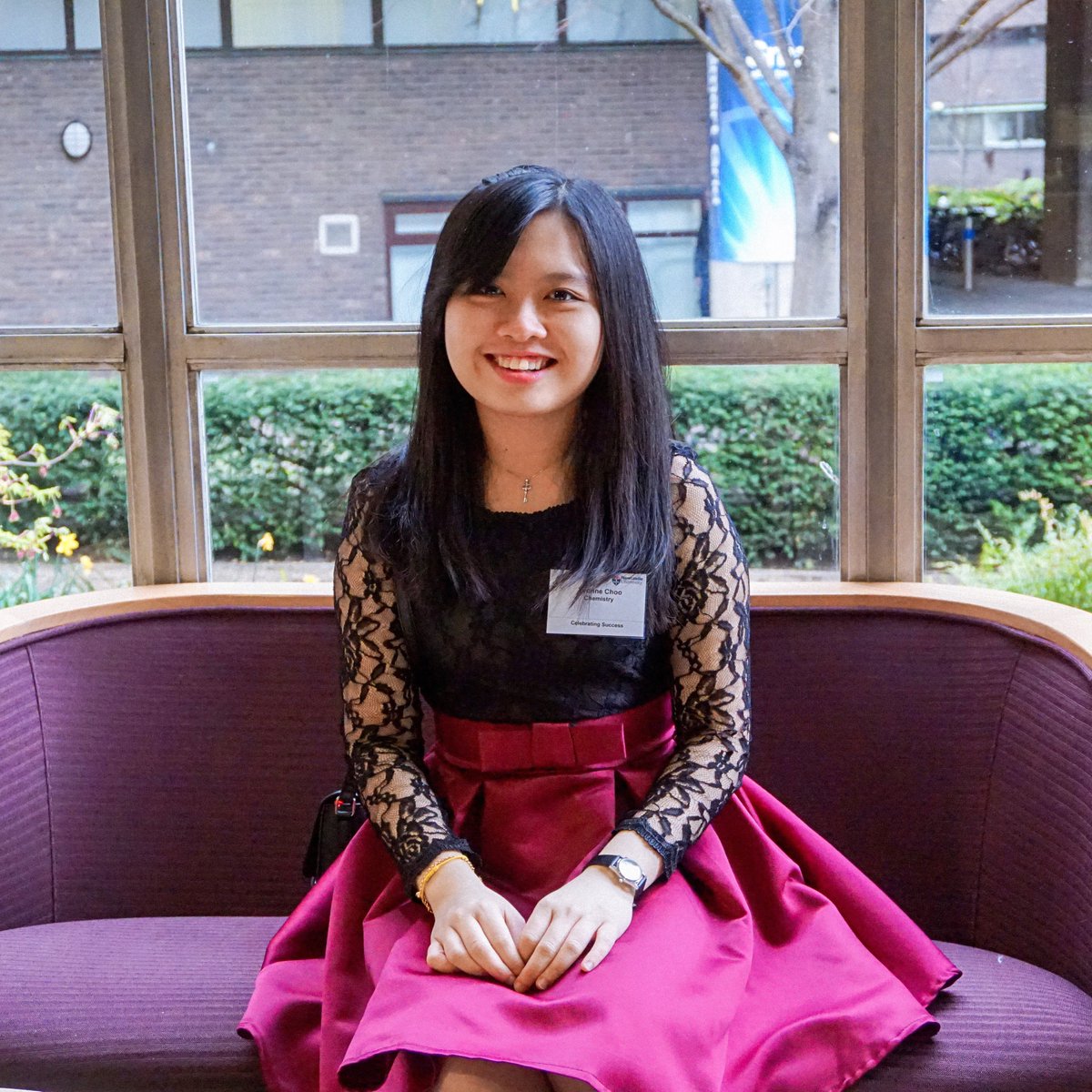
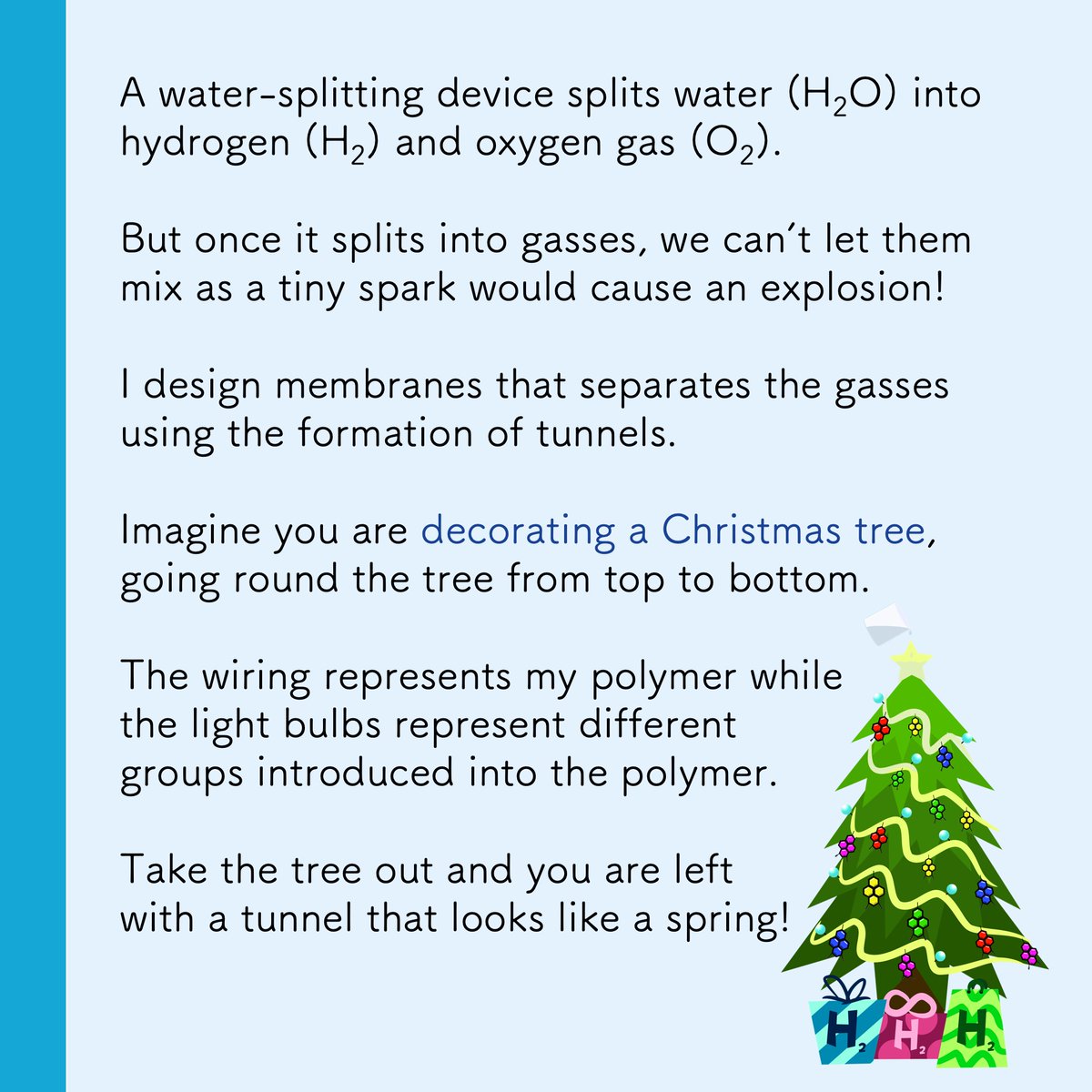
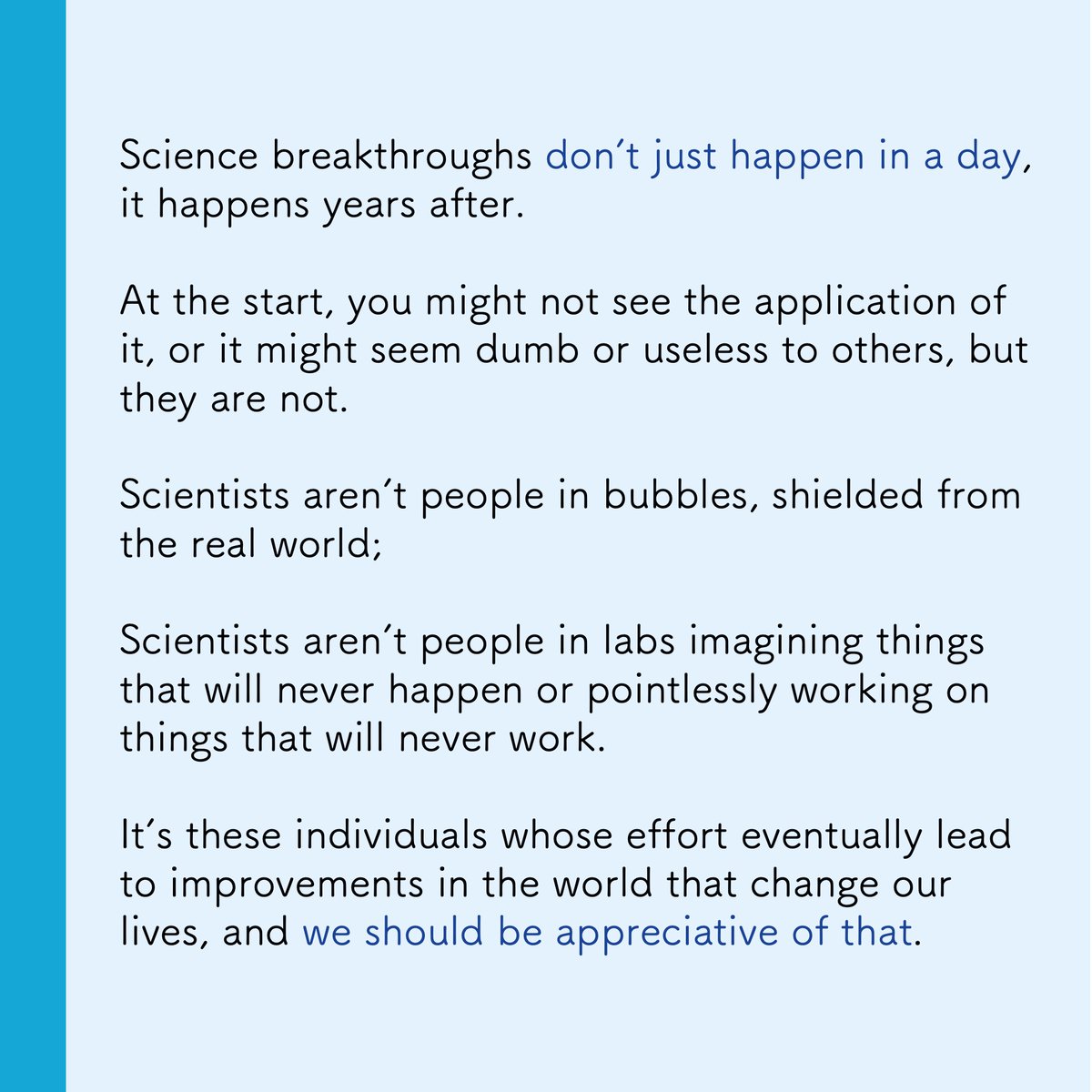
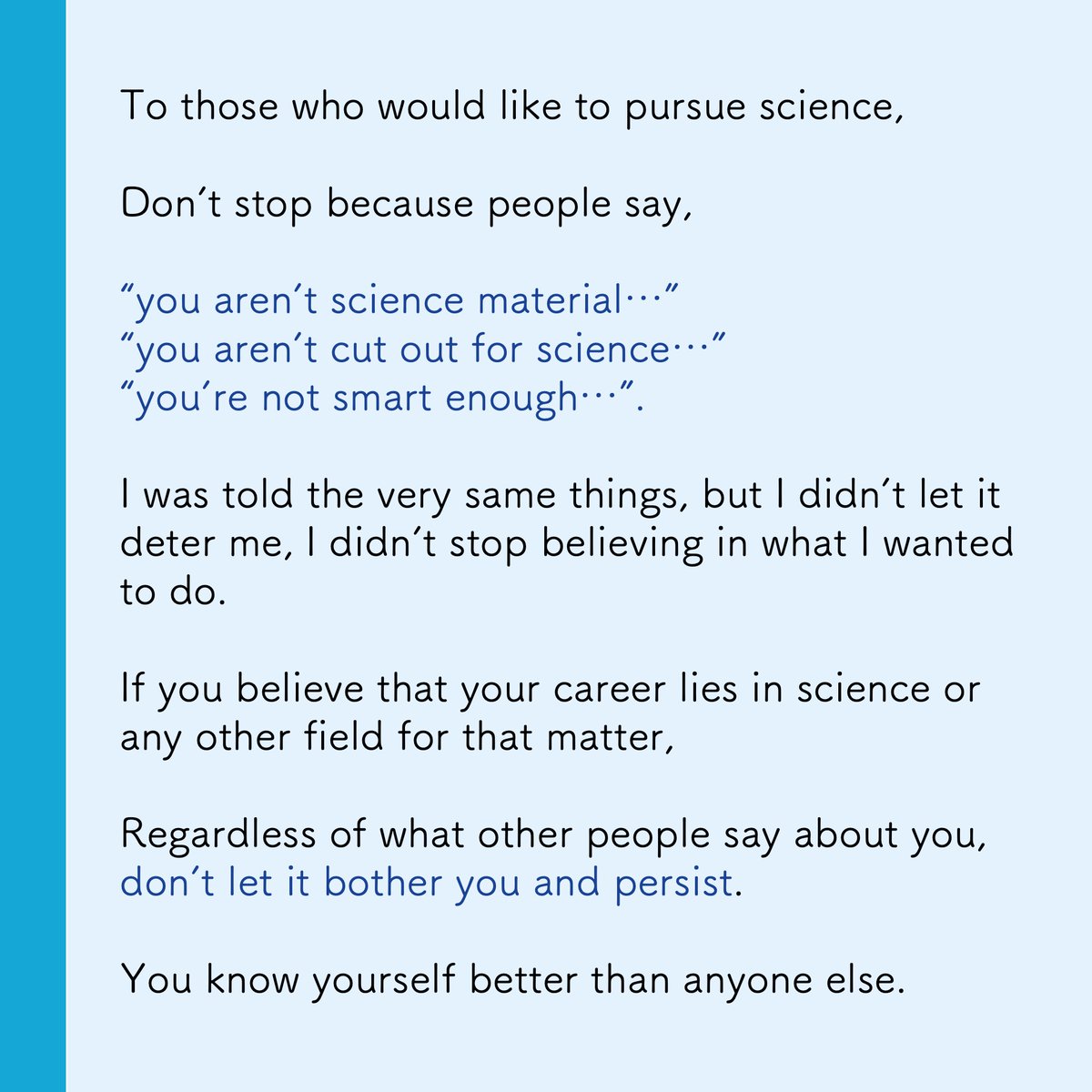
26. John Fung, currently completing his PhD in Molecular Biology at Johannes Gutenberg Uni if Main z, Germany.
‘The most rewarding thing in science is when you find new information that you’ve never thought of before, something that you’ve learnt but thought otherwise.’



‘The most rewarding thing in science is when you find new information that you’ve never thought of before, something that you’ve learnt but thought otherwise.’
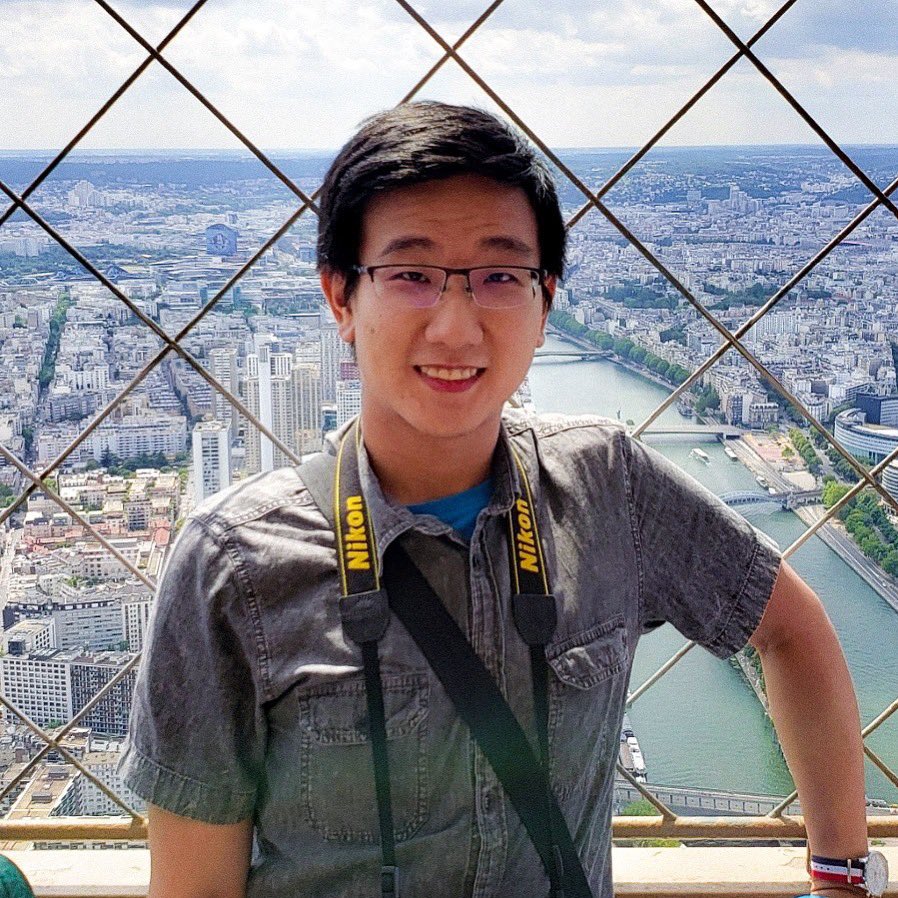
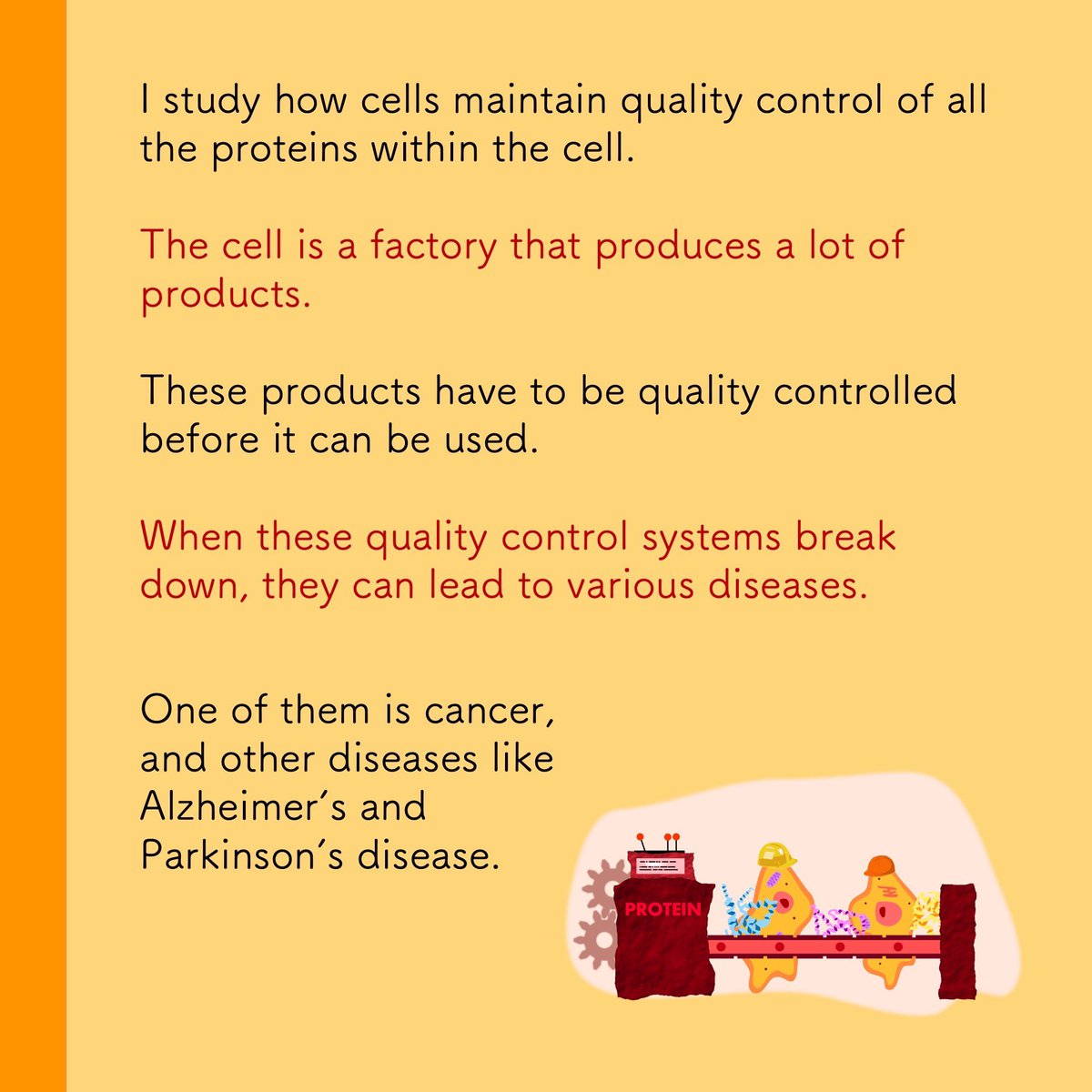
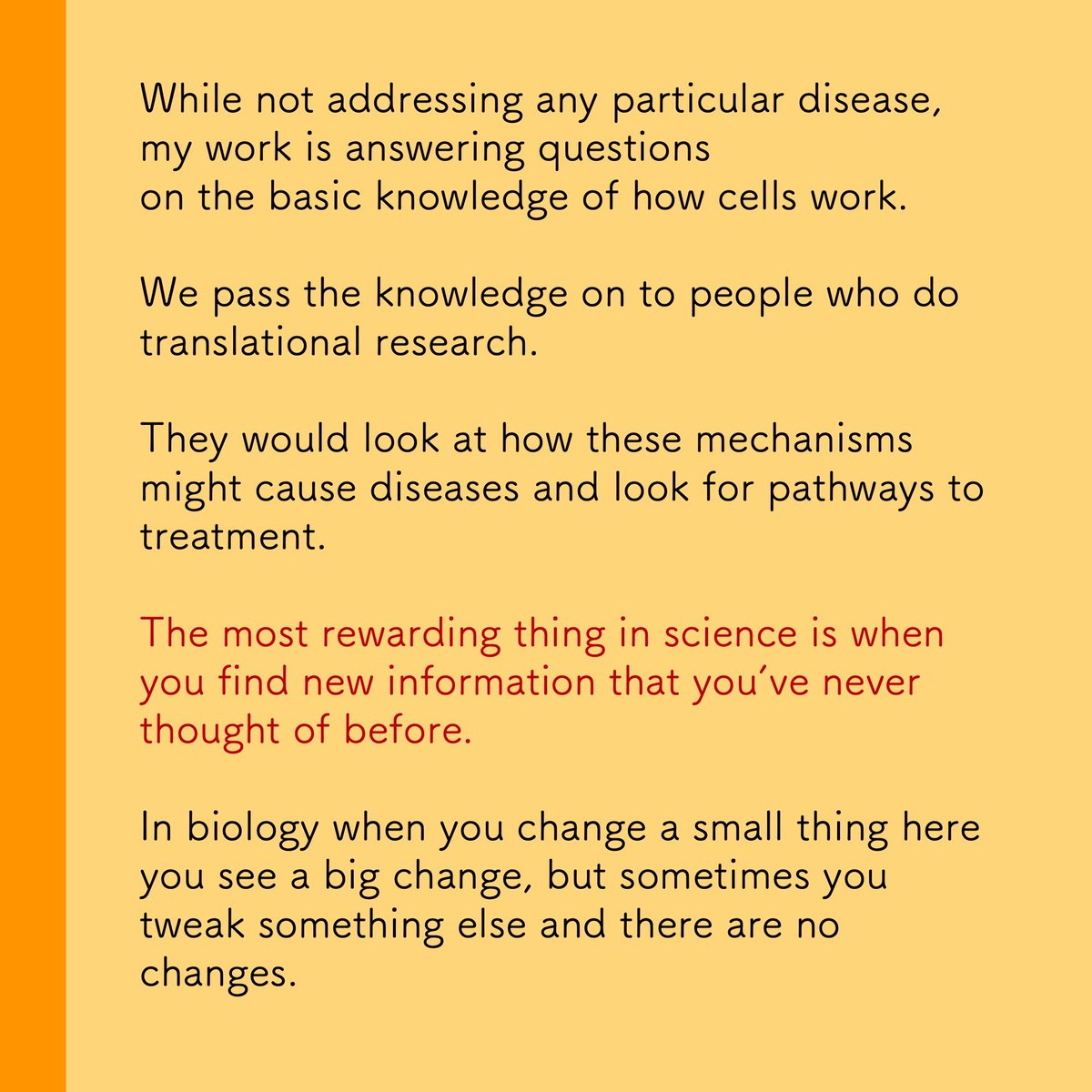

27. Dr. Intan Juliana Abdul Hamid @Intan_J5 , Paediatrician & Clinical Immunologist at Institut Perubatan dan Pergigian Termaju @USMOfficial1969
'It just shows that if you work hard, no matter where you come from, you’ll be alright.'



'It just shows that if you work hard, no matter where you come from, you’ll be alright.'
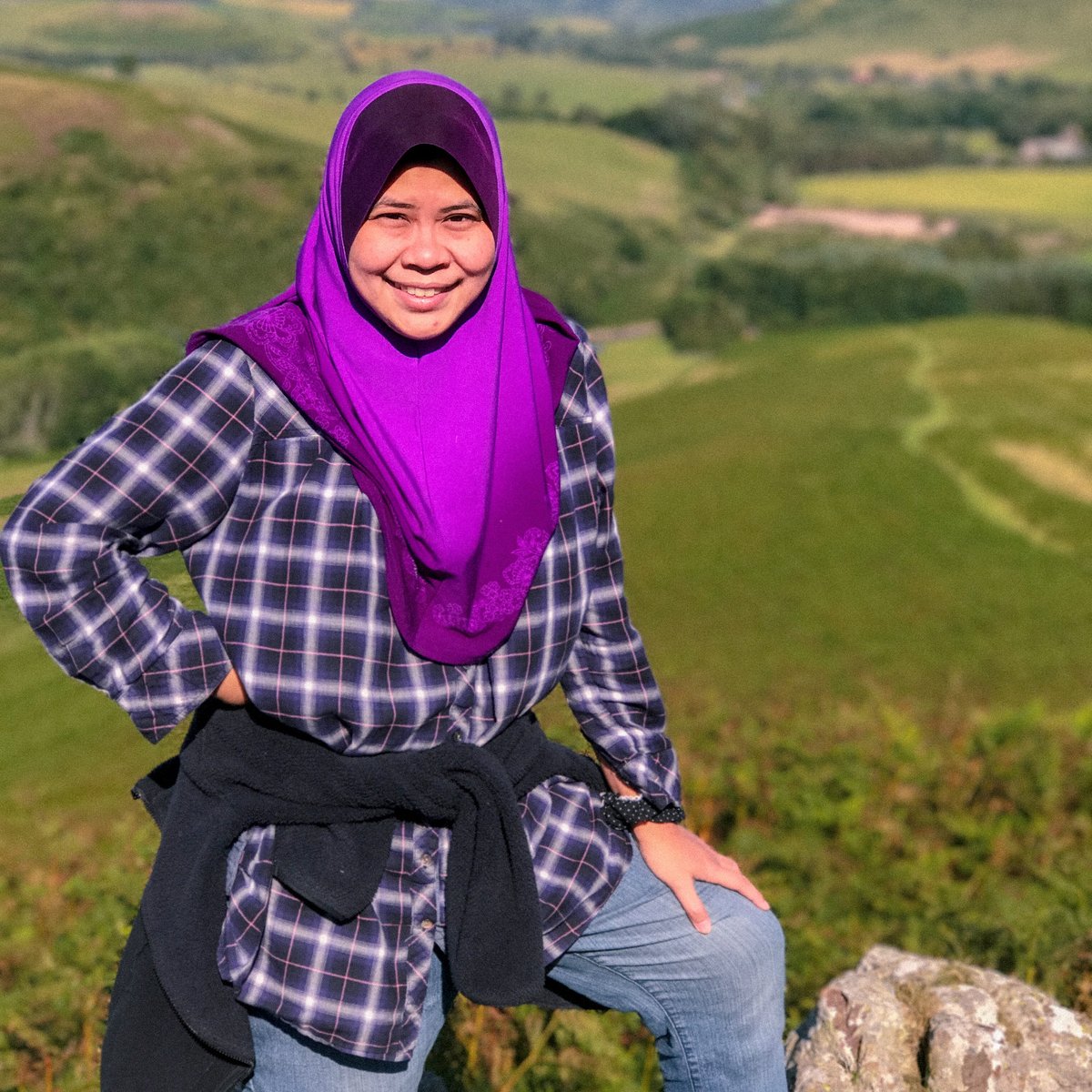
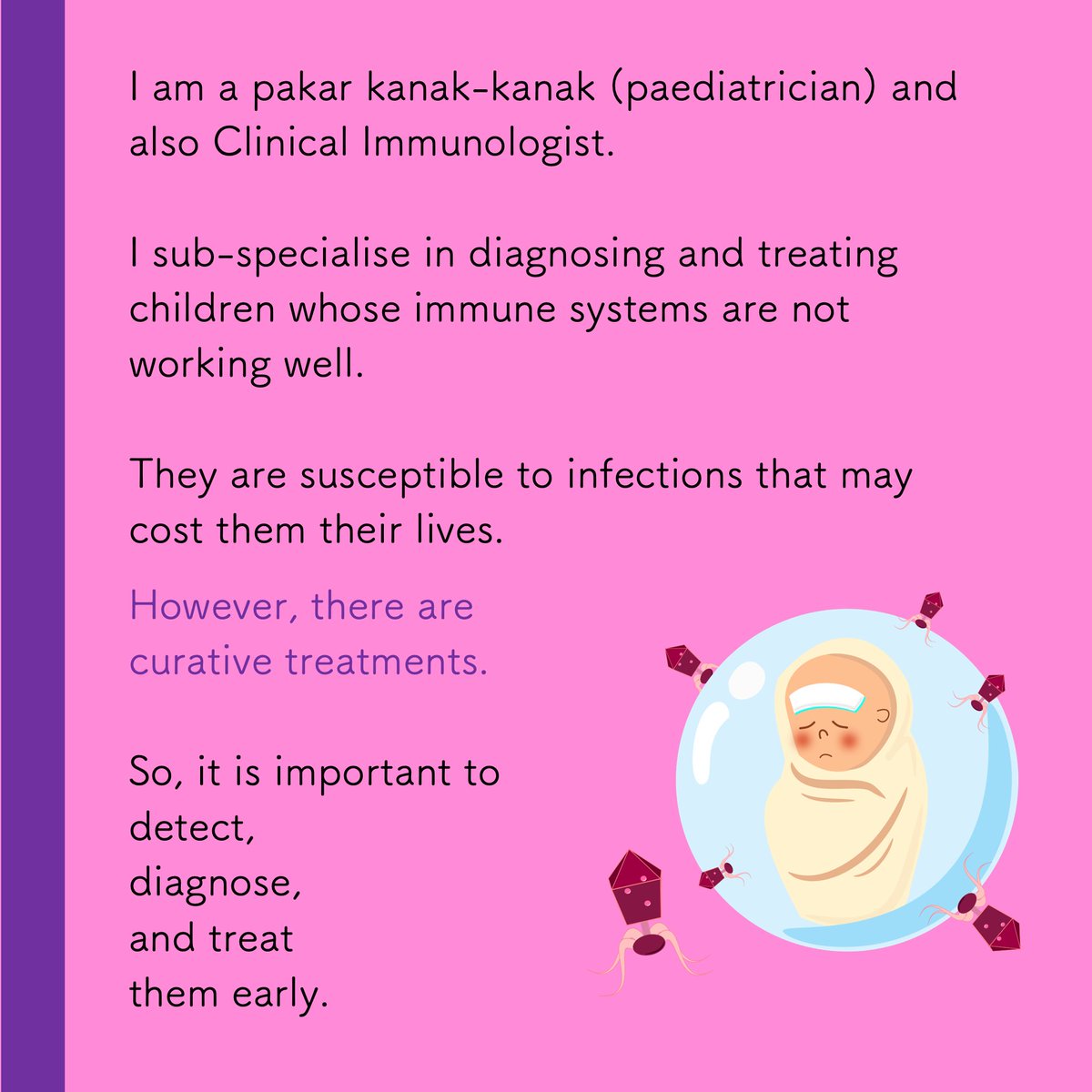
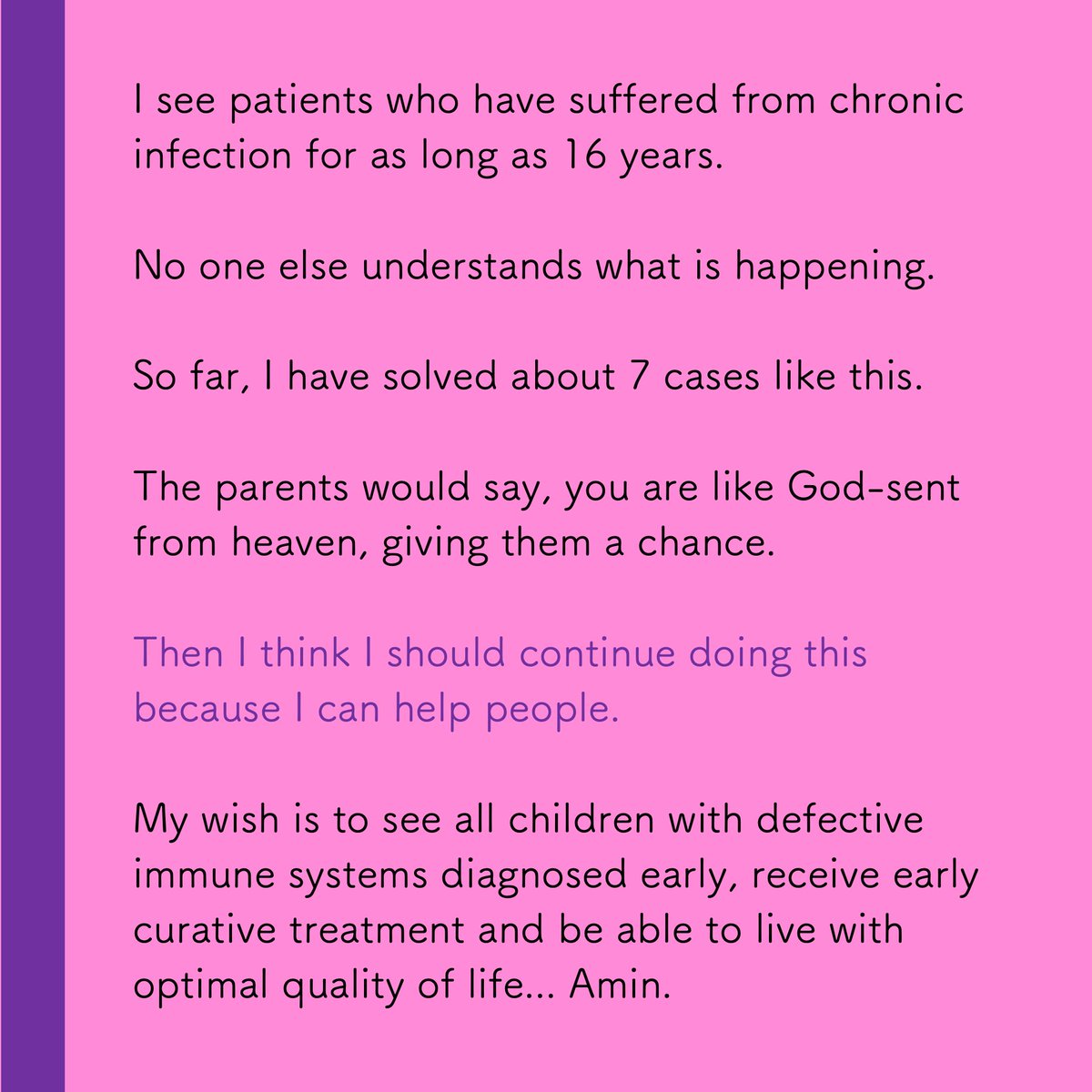
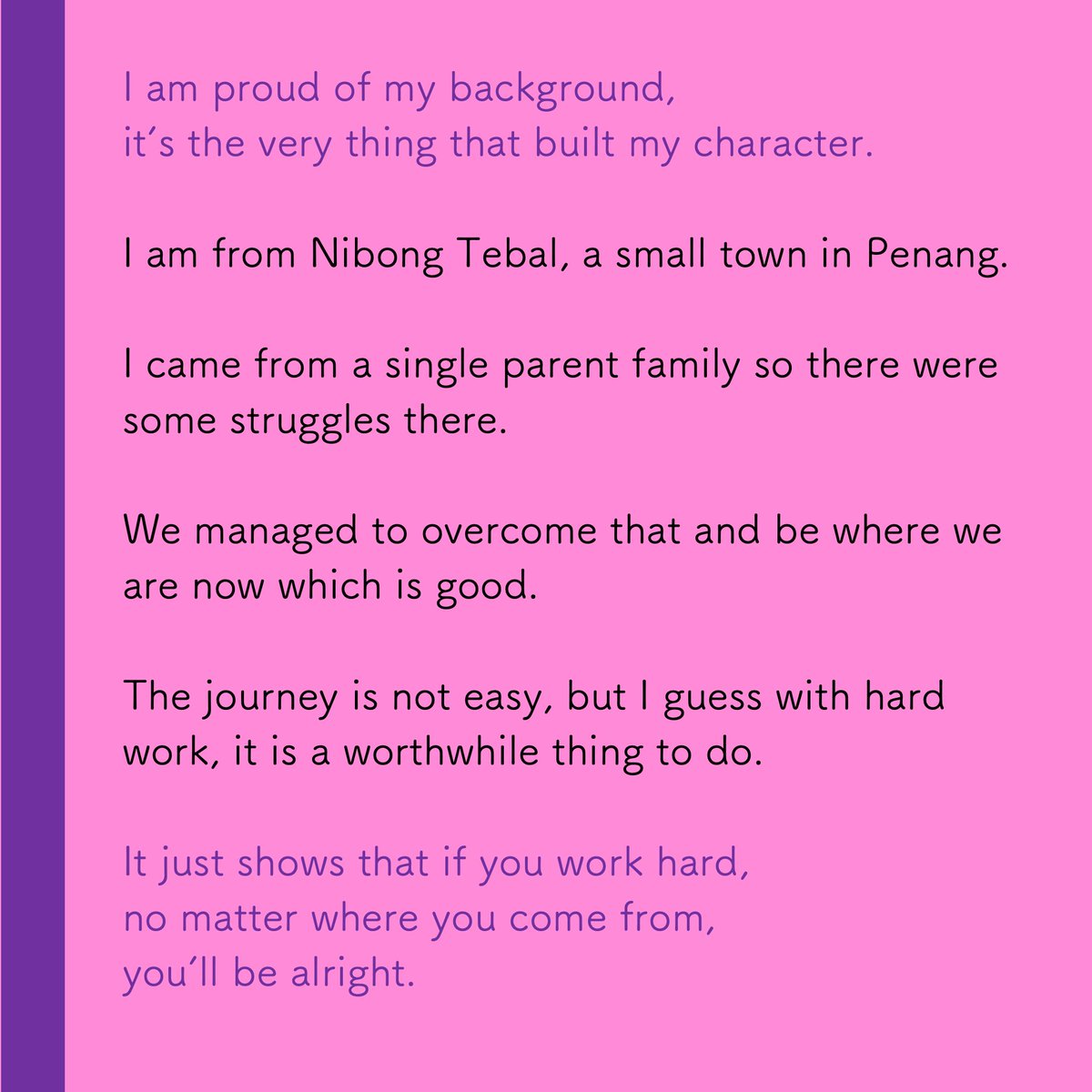
28. Tsen Vei @LimTsenVei , PhD student in experimental psychology at @Cambridge_Uni
‘Academics are often critical – towards knowledge & themselves. Therefore, in this new year, I would like to learn to be more forgiving towards myself, and have more faith about the future.’



‘Academics are often critical – towards knowledge & themselves. Therefore, in this new year, I would like to learn to be more forgiving towards myself, and have more faith about the future.’
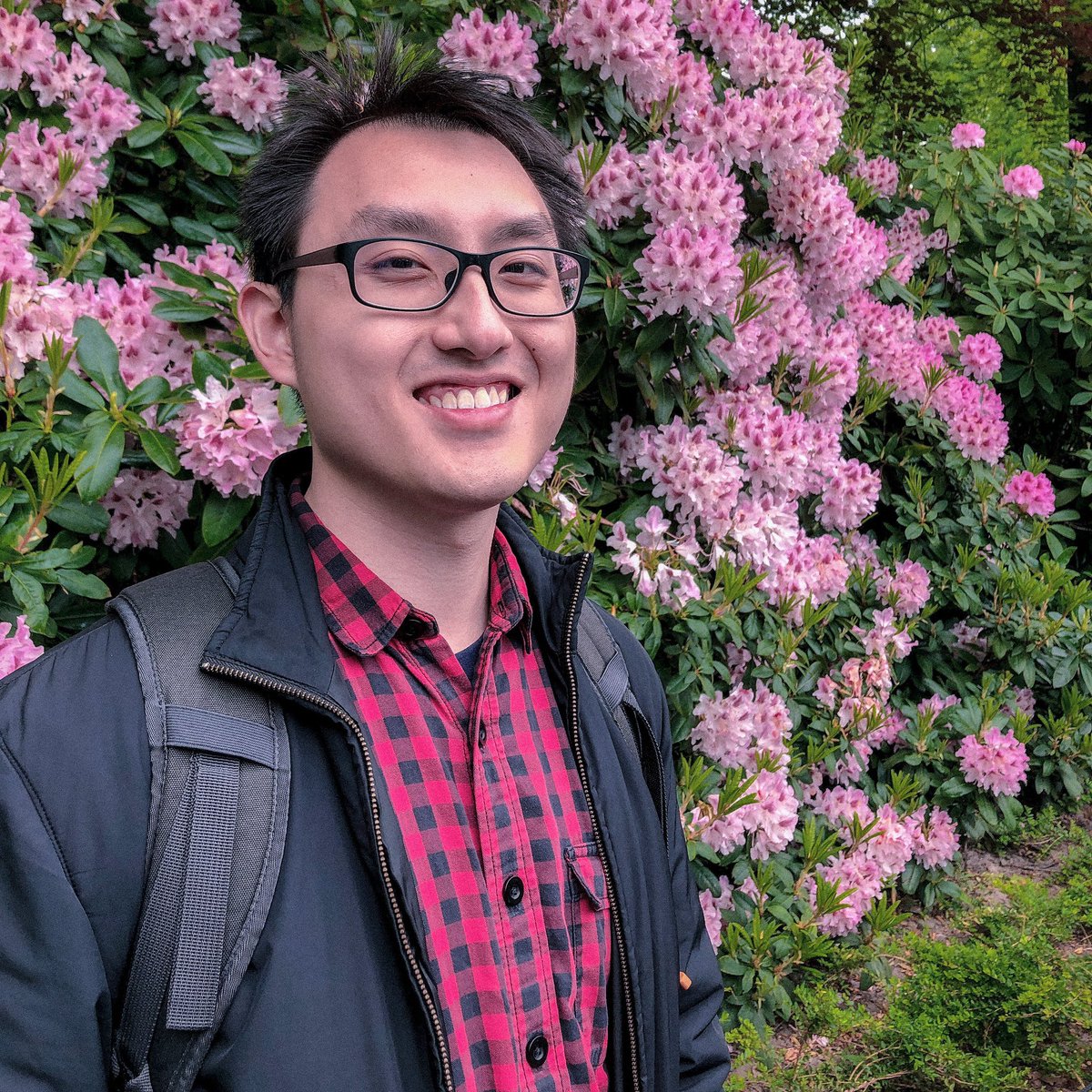
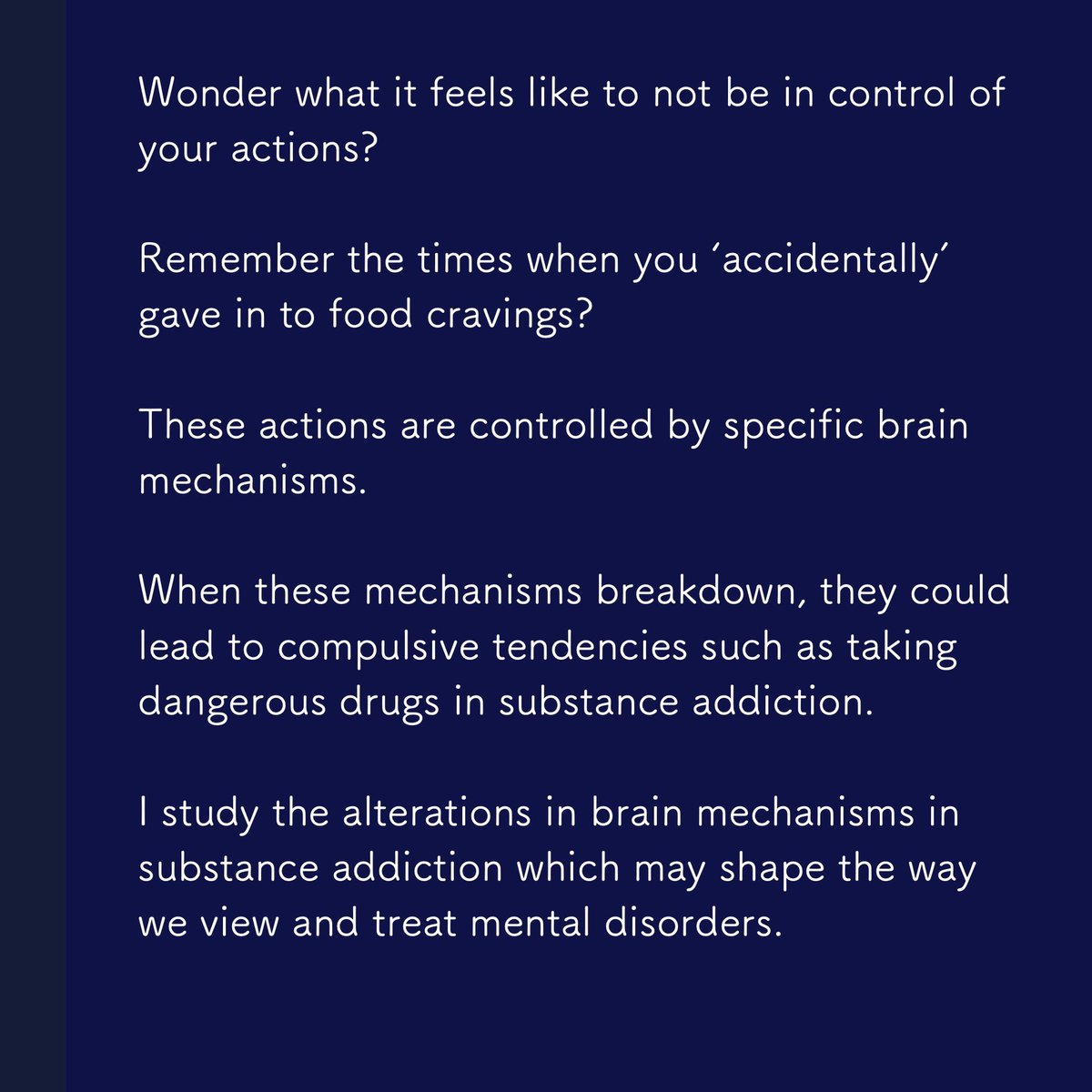
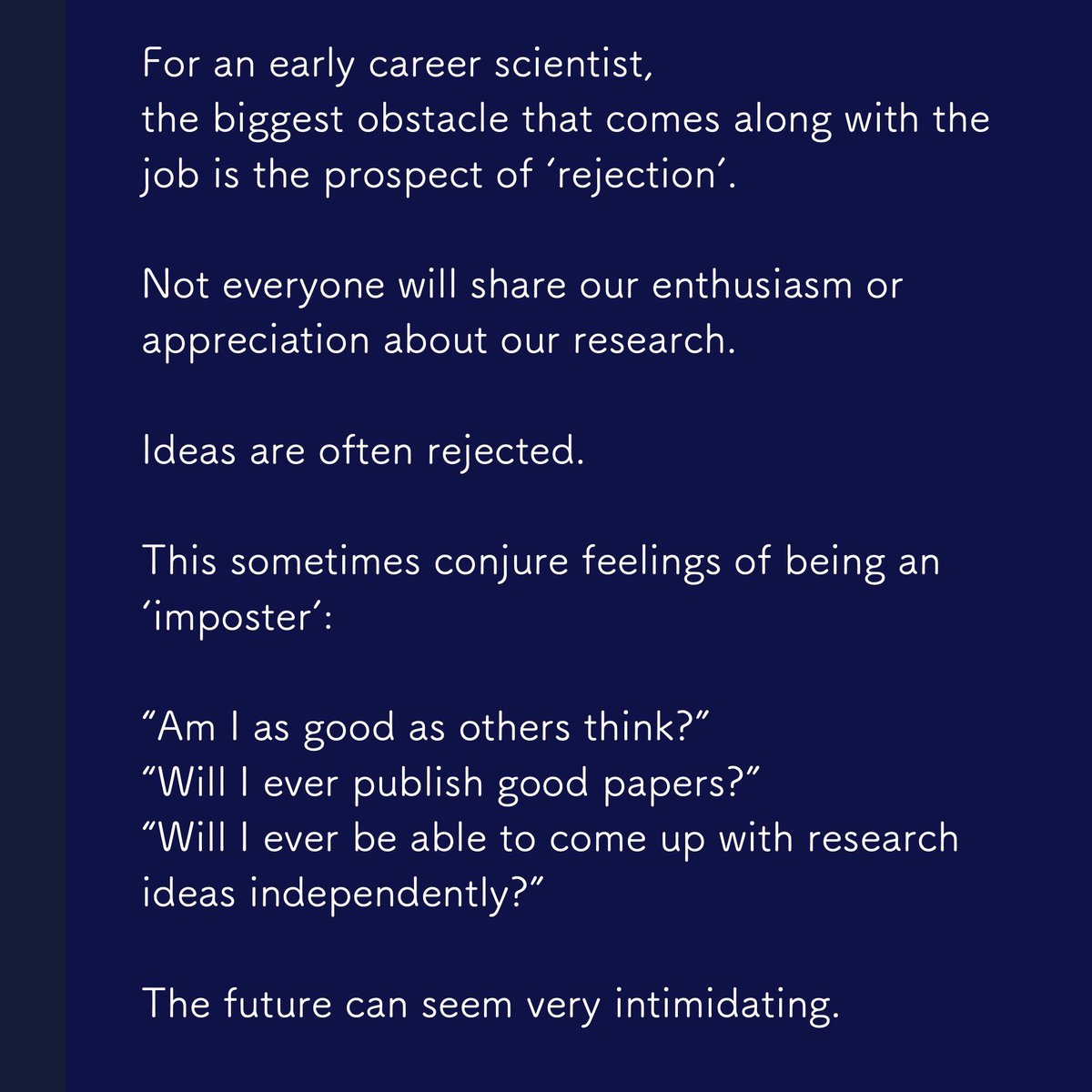
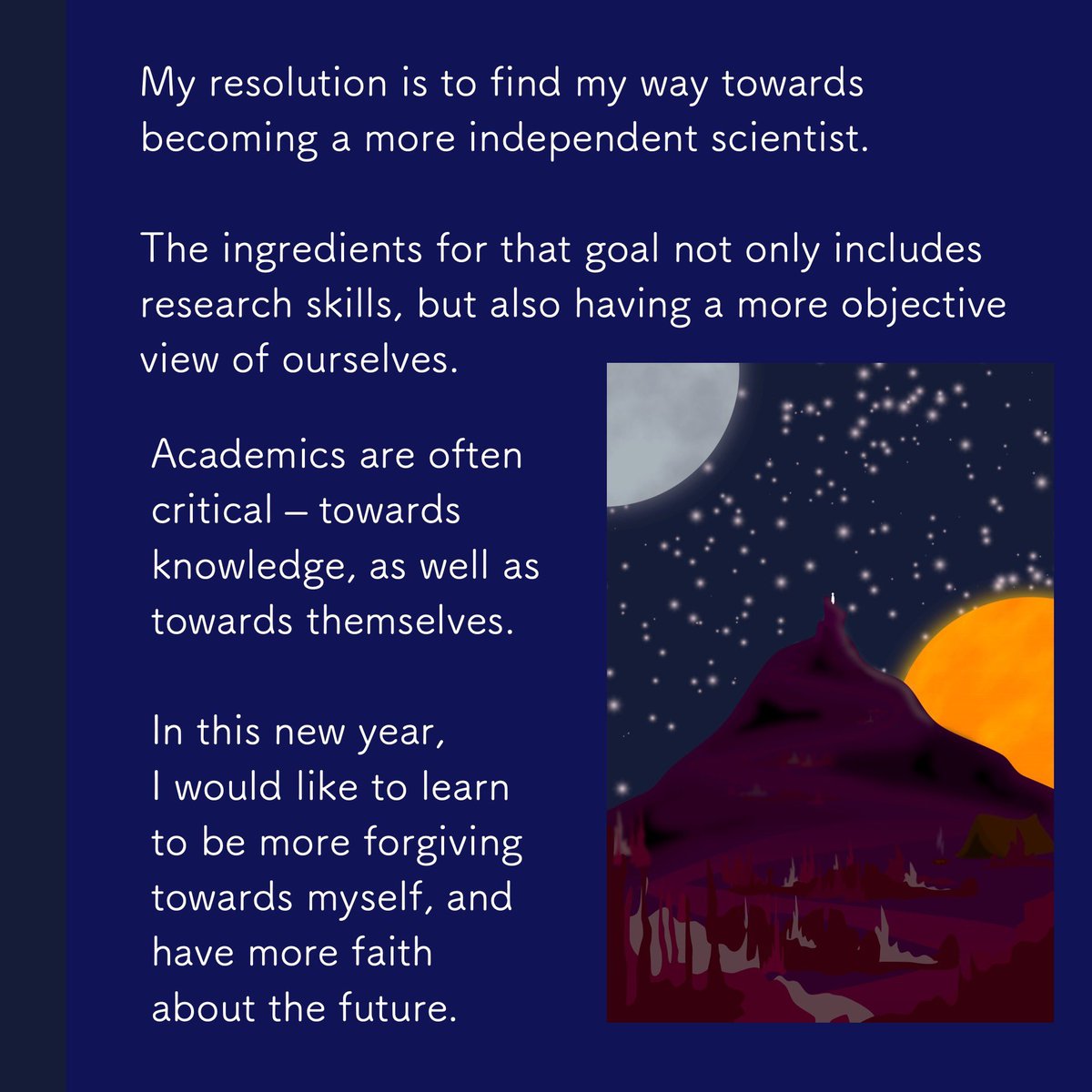
29. Jasmine Hue, Senior Economic Officer in Water & Waste Management at the Netherlands Embassy.
She switched her career in lecturing -> gov sector bc she wanted to contribute to nation building!
‘Science is just the beginning, you have to write your own story after that.’



She switched her career in lecturing -> gov sector bc she wanted to contribute to nation building!
‘Science is just the beginning, you have to write your own story after that.’
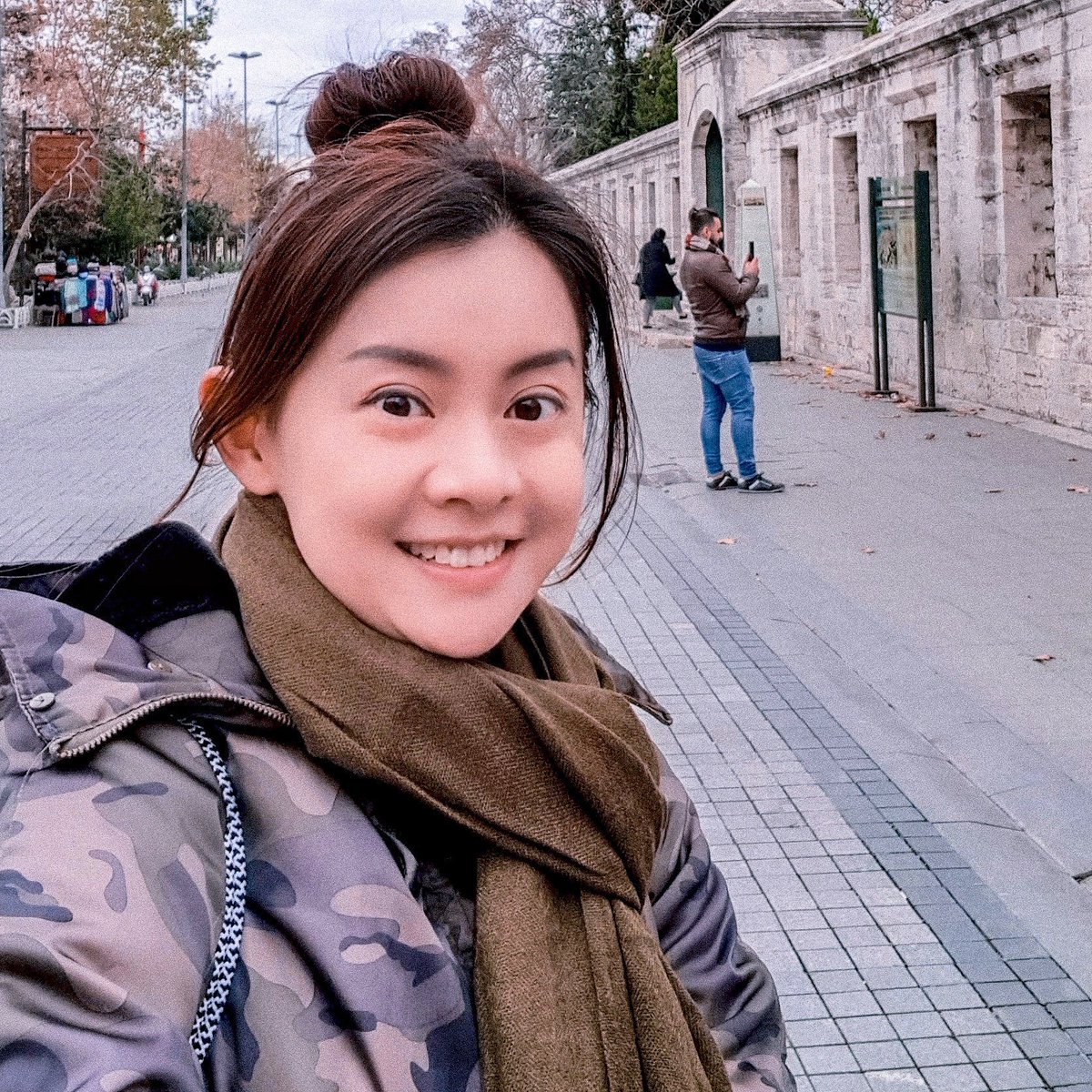
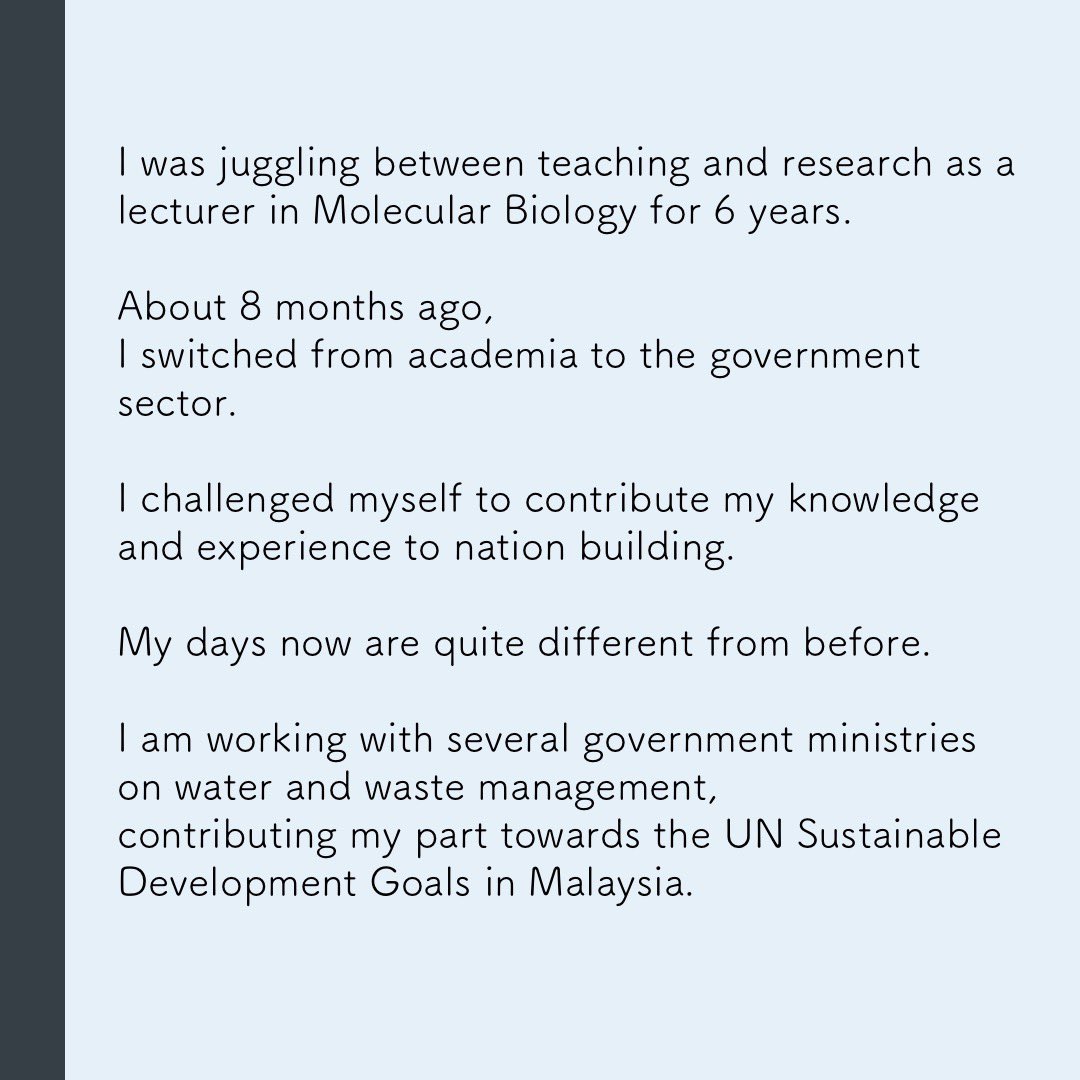

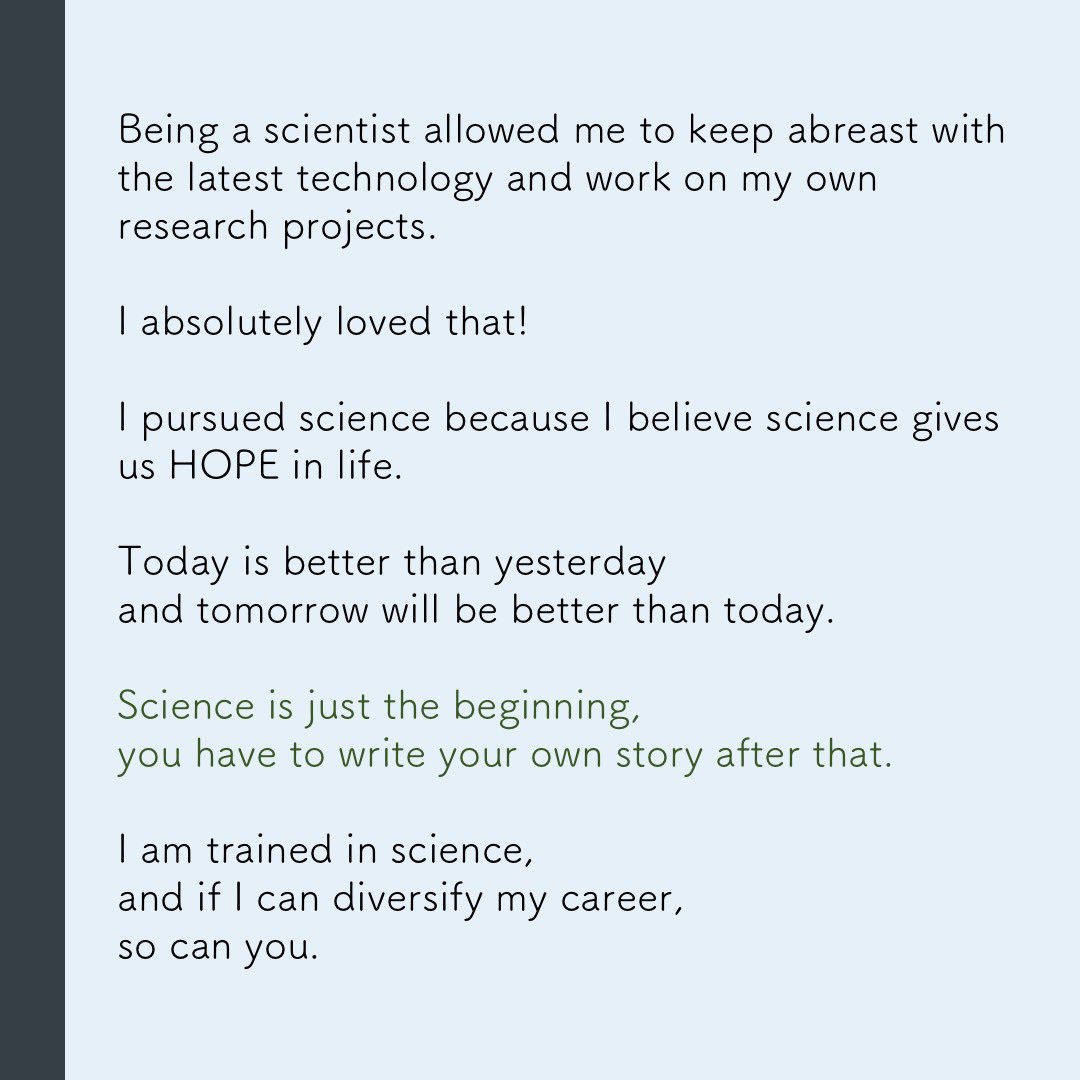
30. Farid @alfaridabraham, PhD student at Uni of Bristol studying paleo climate. He analyses data from past environment to predict the future!
‘Over the 4.6billion years, Earth has survived 5 Ice Ages. But what about civilisation? How about us?’



‘Over the 4.6billion years, Earth has survived 5 Ice Ages. But what about civilisation? How about us?’

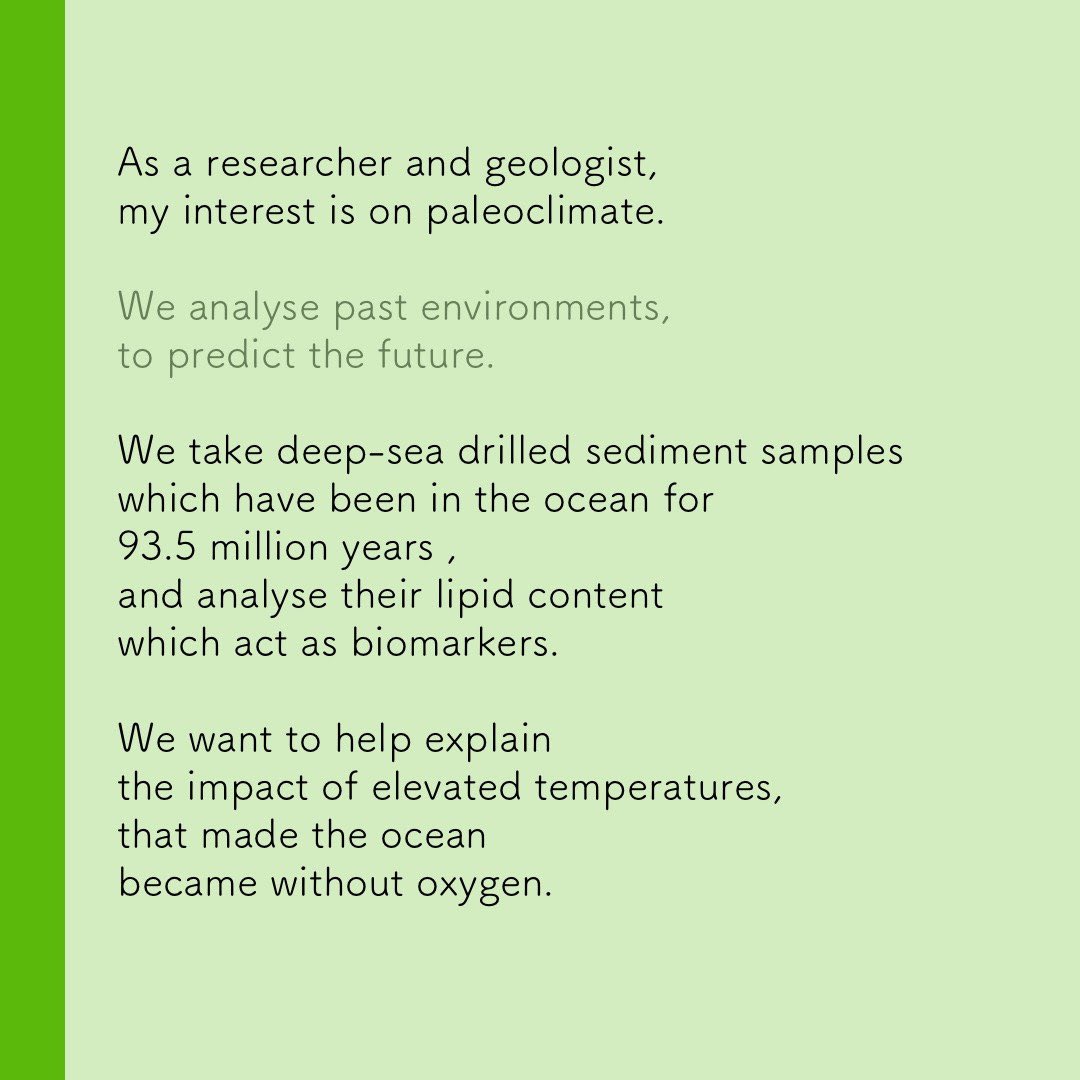
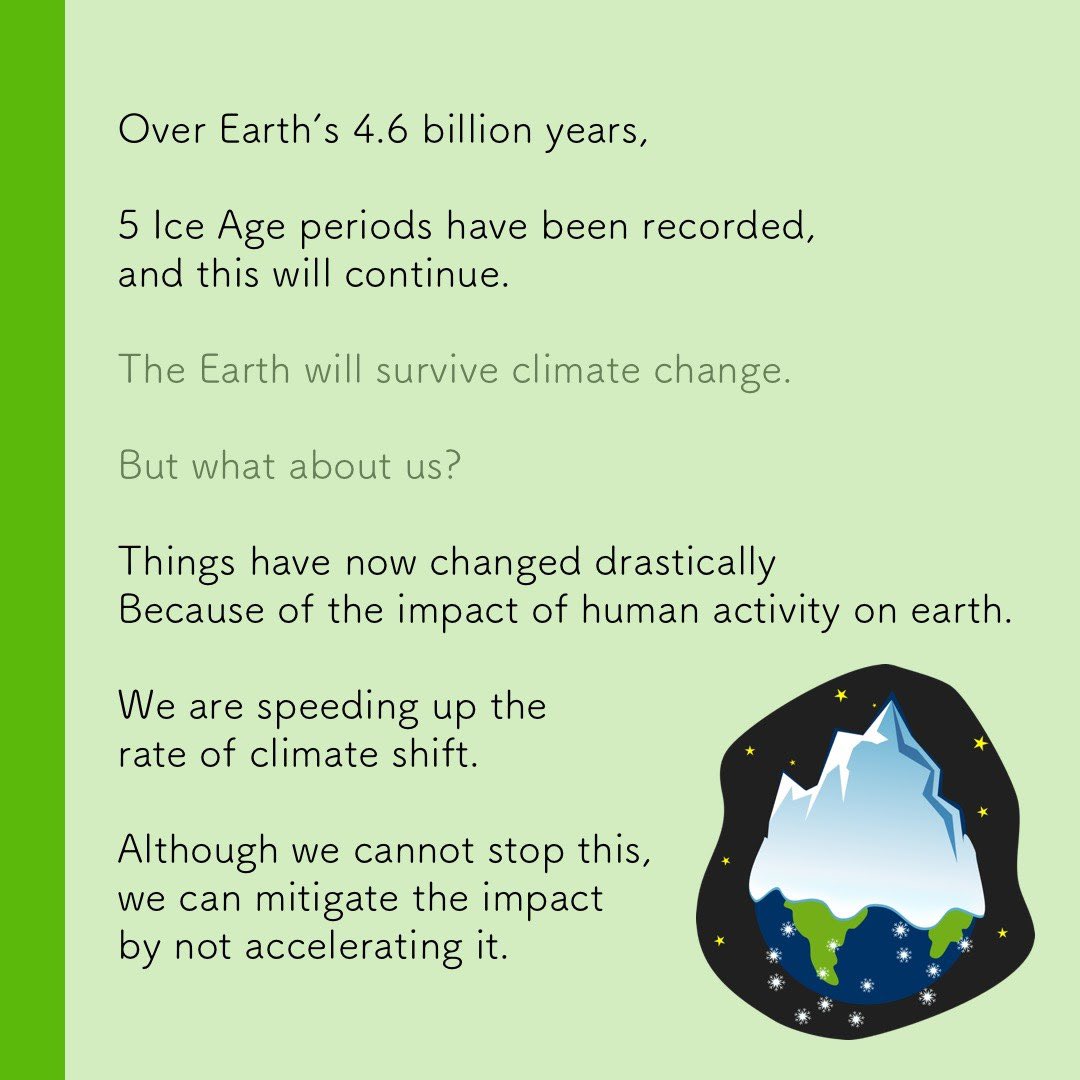
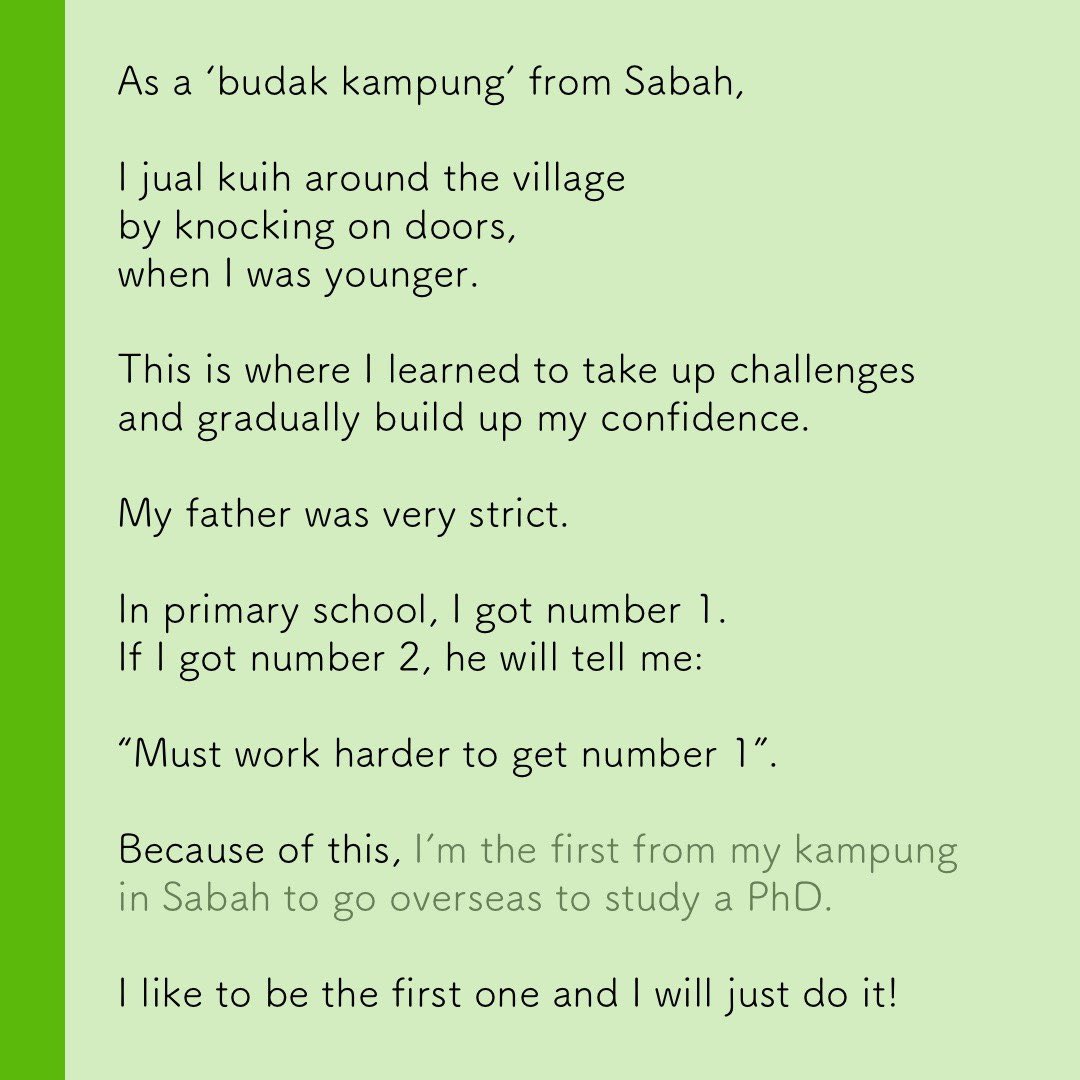
31. Dr Geshina Ayu, a criminologist in Malaysia.
‘Msia focuses a lot on reactive crime prevention. Something must happen before there’s any action. That is not the best way, as someone has alr suffered.’



‘Msia focuses a lot on reactive crime prevention. Something must happen before there’s any action. That is not the best way, as someone has alr suffered.’
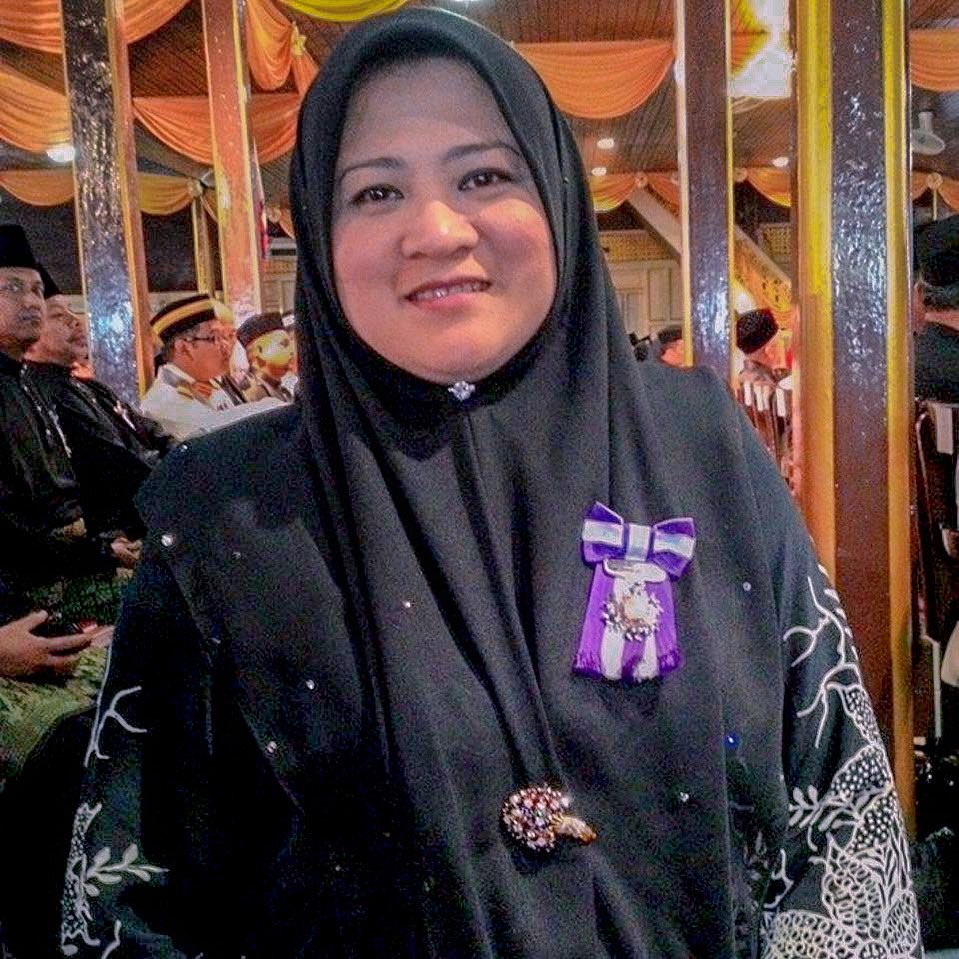

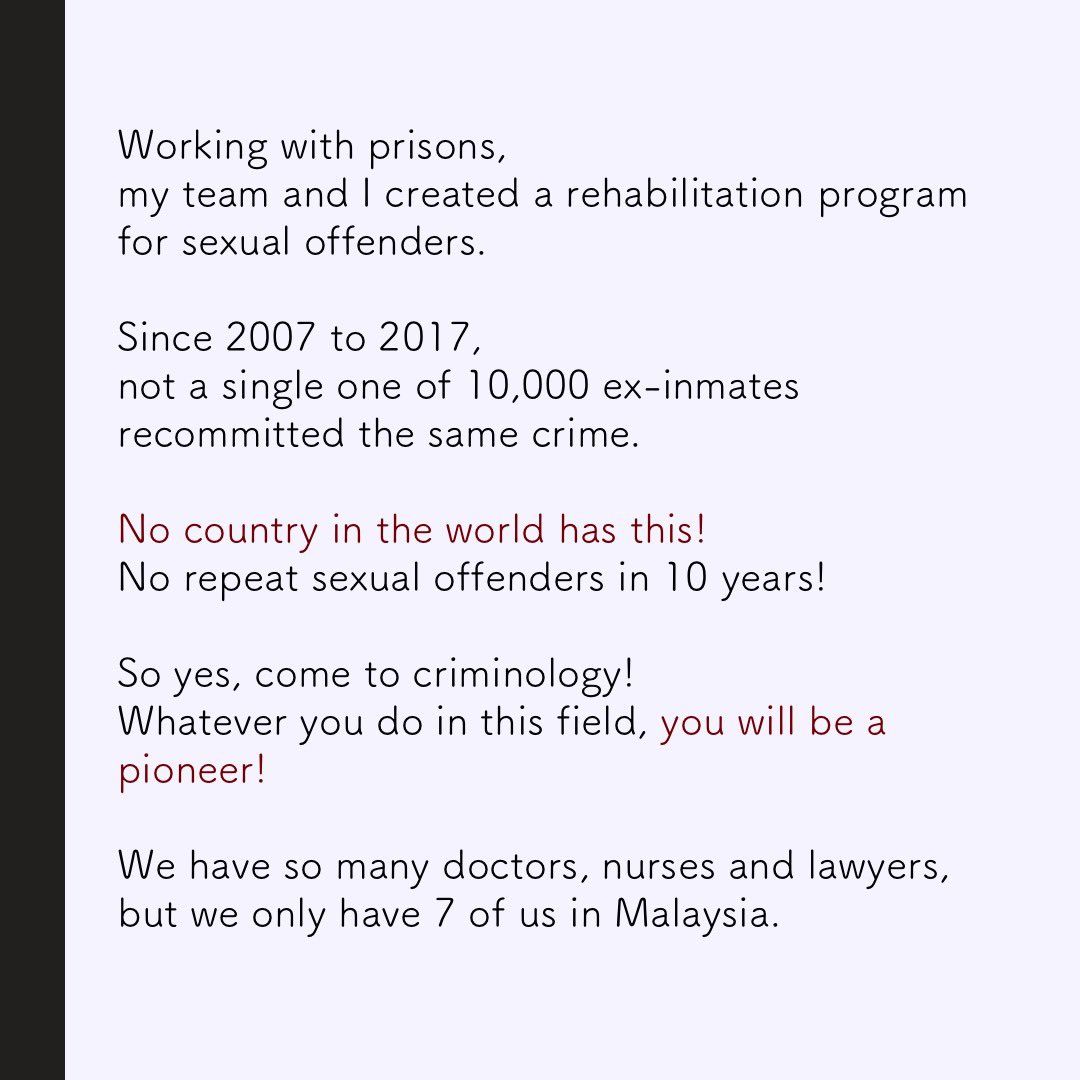
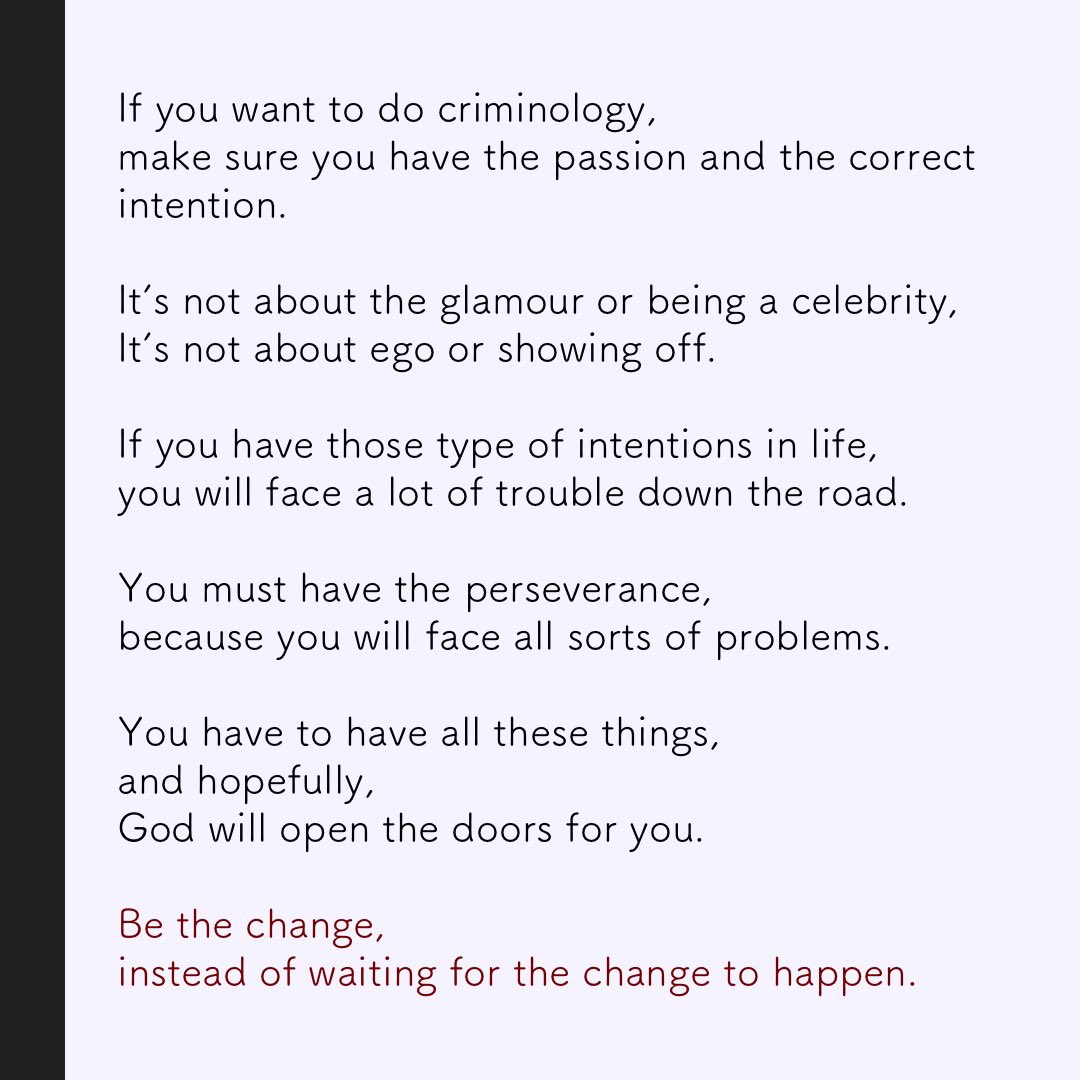
32. @kuhanchandru, an organic geochemist working to unravel the origins of life on Earth.
“Chemistry was already present - in grounds, rocks, as geochemistry. Chemistry also exists in us as biochemistry. What happens during the transition from geochemistry -> biochemistry?”



“Chemistry was already present - in grounds, rocks, as geochemistry. Chemistry also exists in us as biochemistry. What happens during the transition from geochemistry -> biochemistry?”
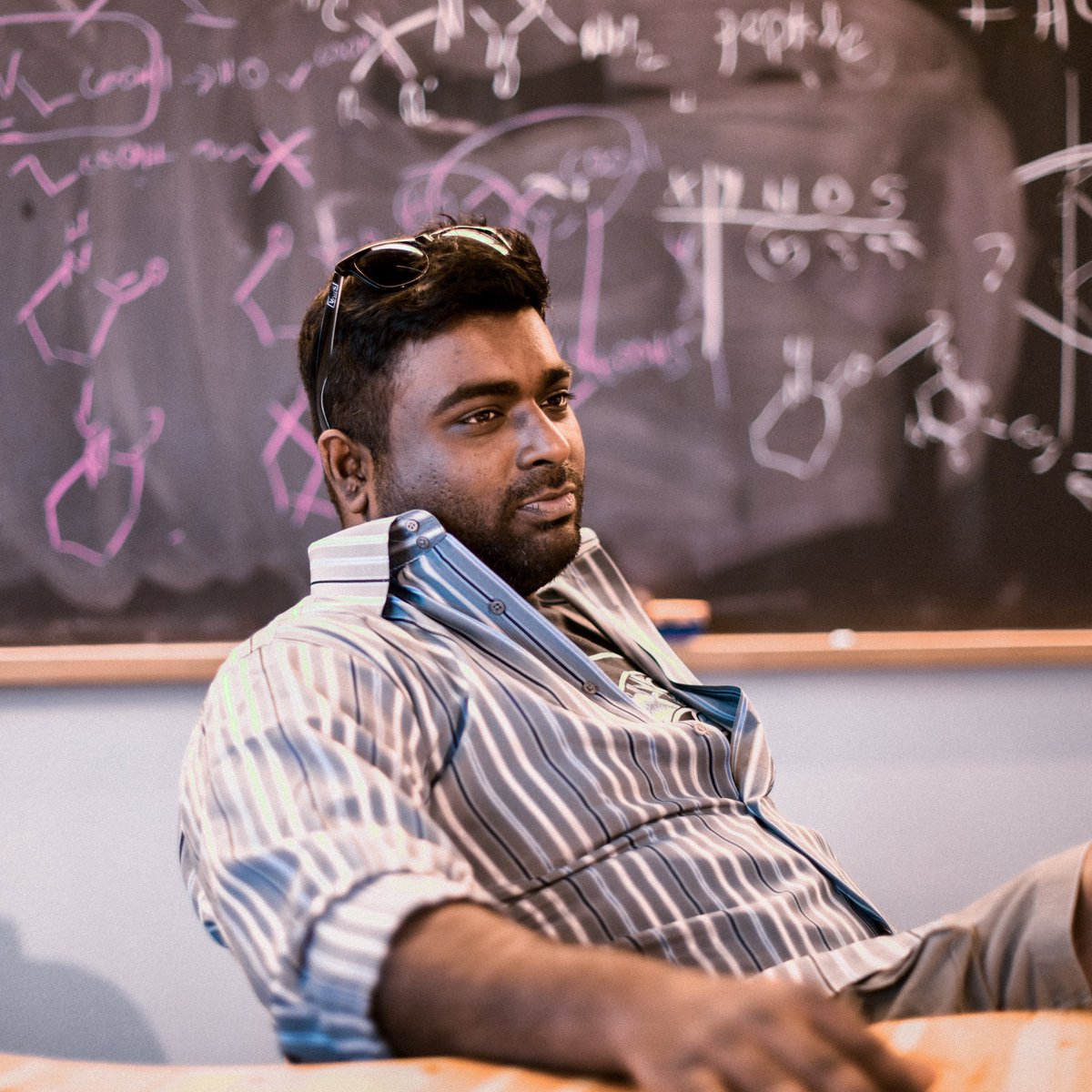
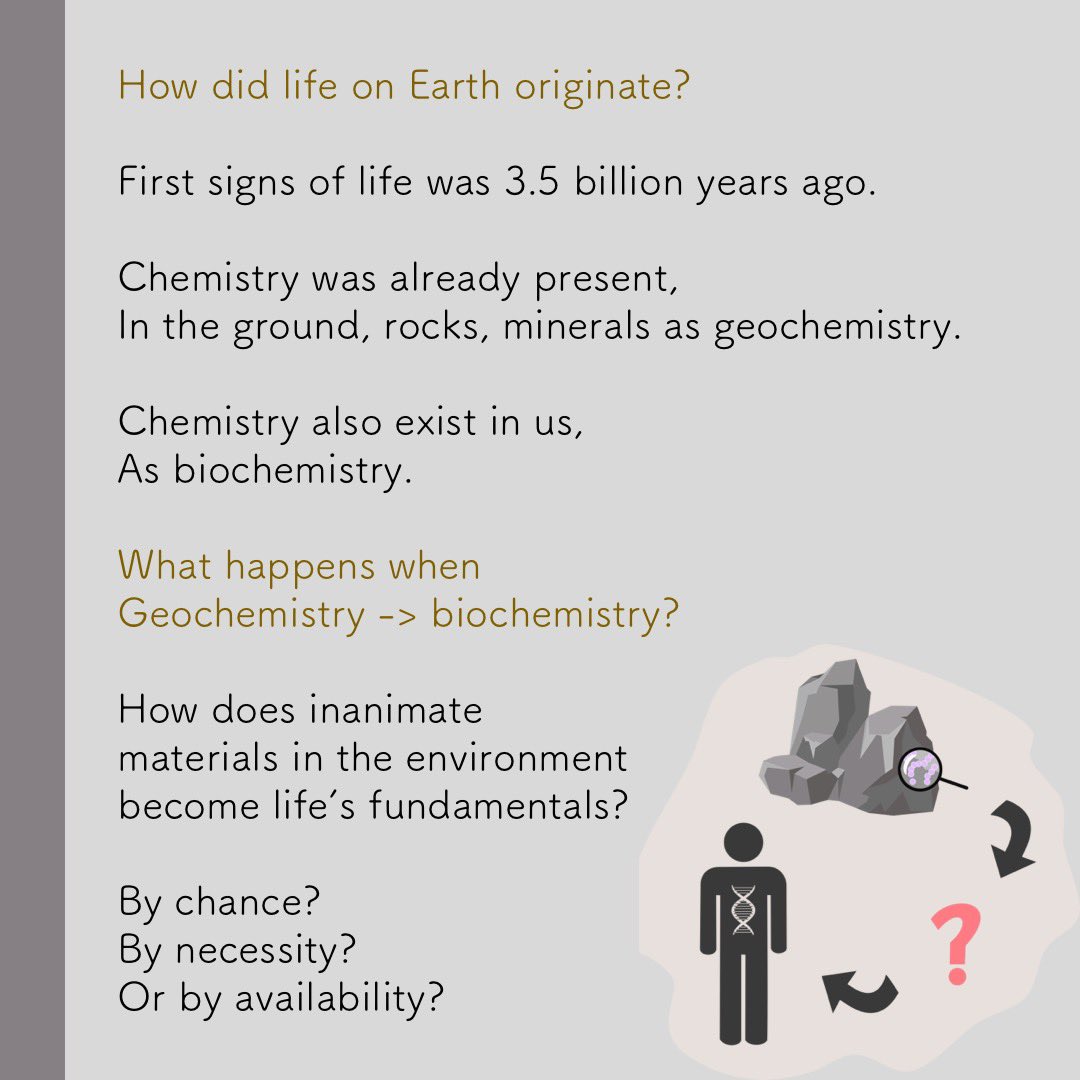

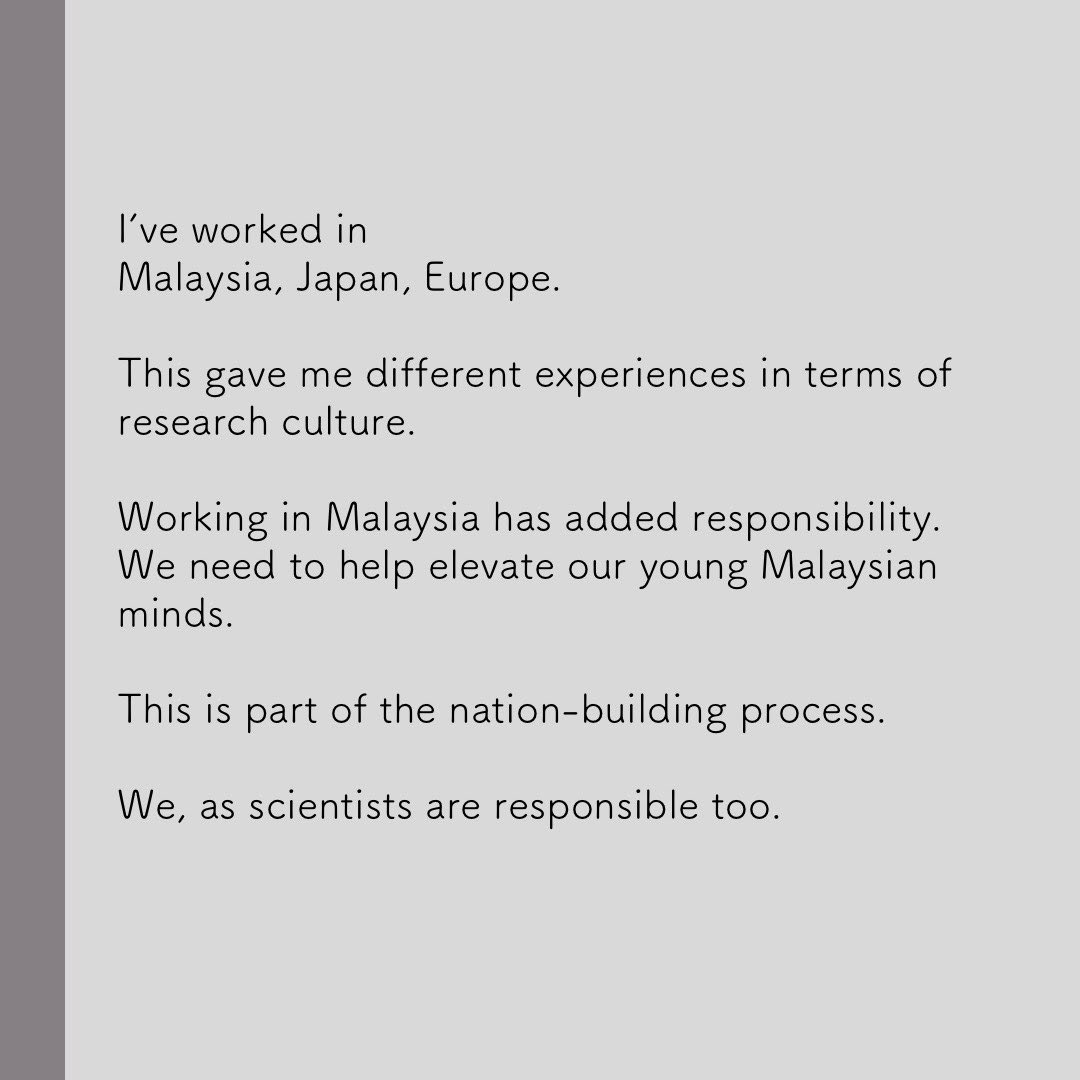
33. Carmen @CARM1Monoxide, a cancer chemical biologist and bio pharma strategist-in-training.
Read Carmen’s full story on our FB!



Read Carmen’s full story on our FB!
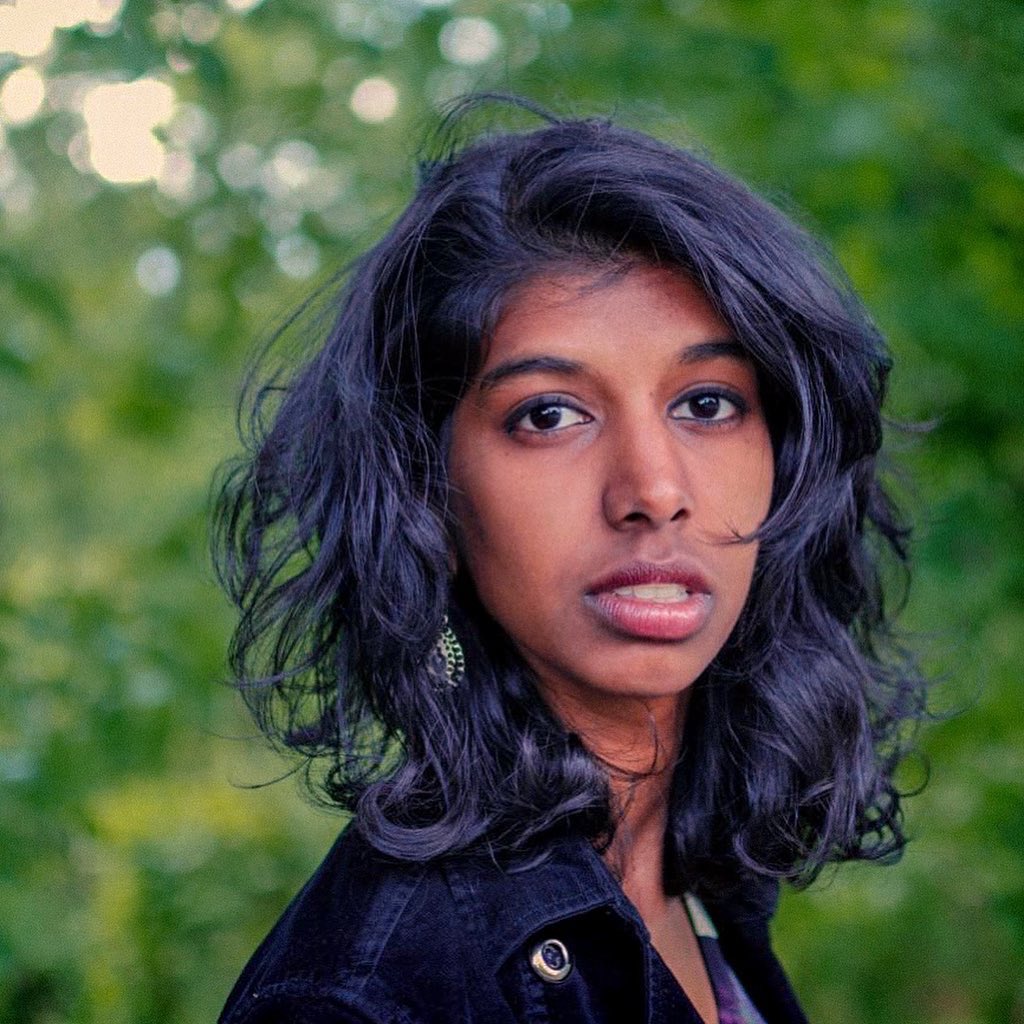
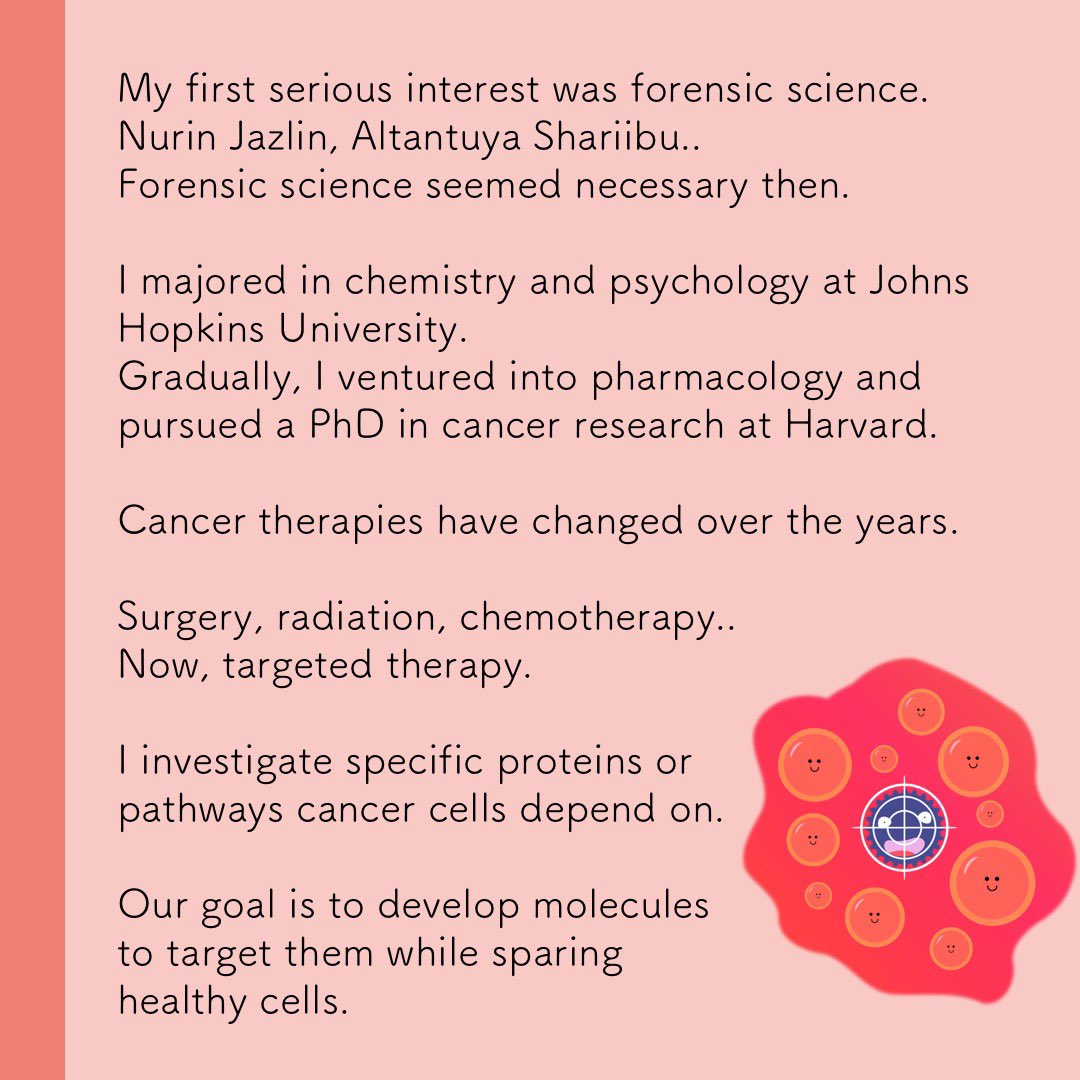
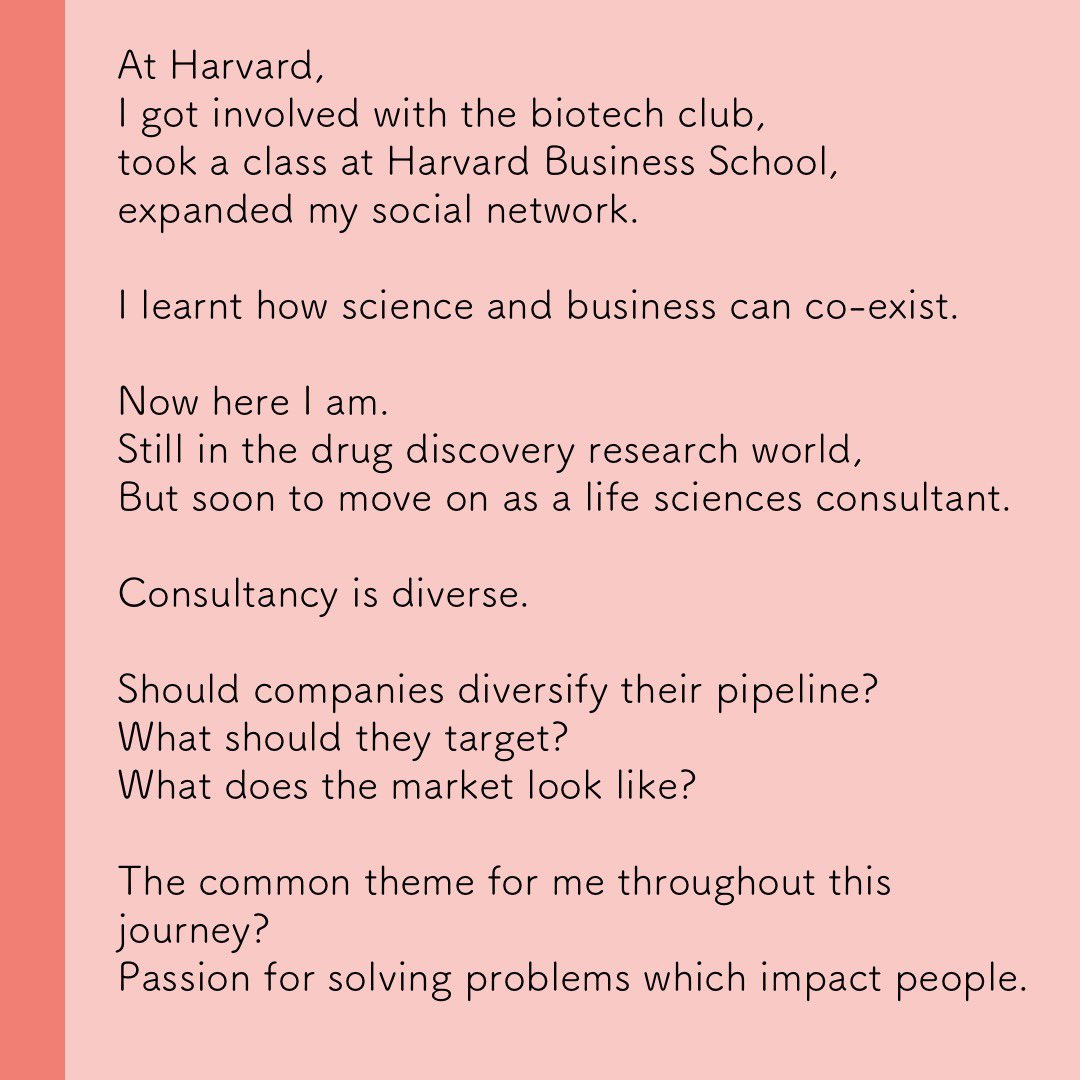

Rmb the image of the #blackhole that was photographed for the first time(!) early last year?
Meet: 34. Kevin! He was part of the Event Horizon Telescope team who captured the image.
Full story on FB, and Kevin will be on Twitter for the next few days as well!
#astronomy



Meet: 34. Kevin! He was part of the Event Horizon Telescope team who captured the image.
Full story on FB, and Kevin will be on Twitter for the next few days as well!
#astronomy
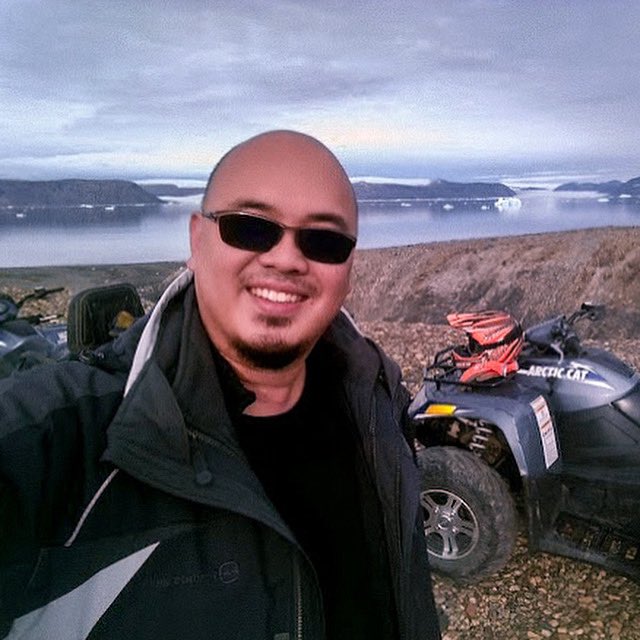
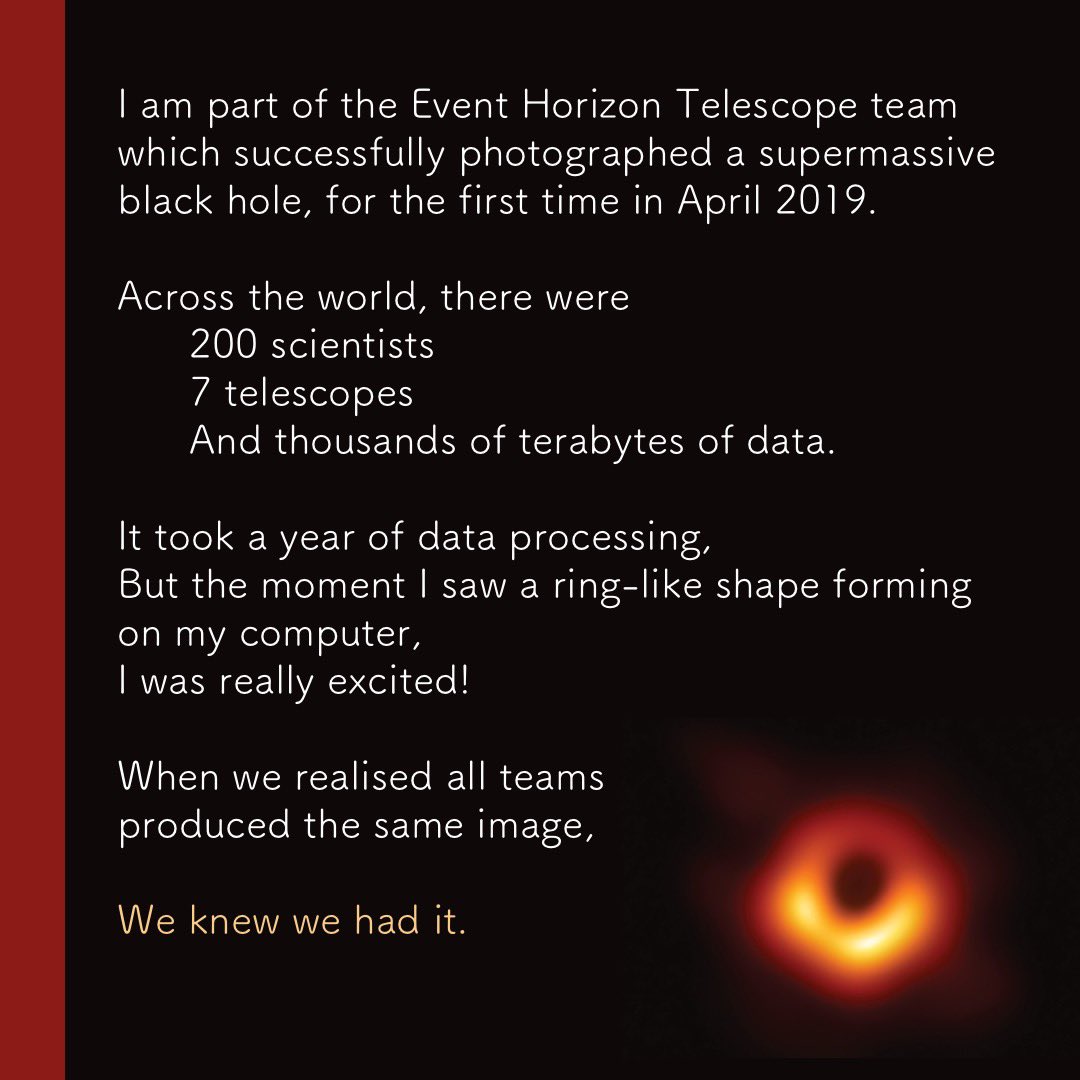


35. Alicia @rockscellschan from Uni of Nebraska-Lincoln. She has done a few research projects centred around groundwater during her UG.
“..but in science we rarely report negative findings. It’s just like life - we keep negative emotions to ourselves. Like it’s taboo.”



“..but in science we rarely report negative findings. It’s just like life - we keep negative emotions to ourselves. Like it’s taboo.”
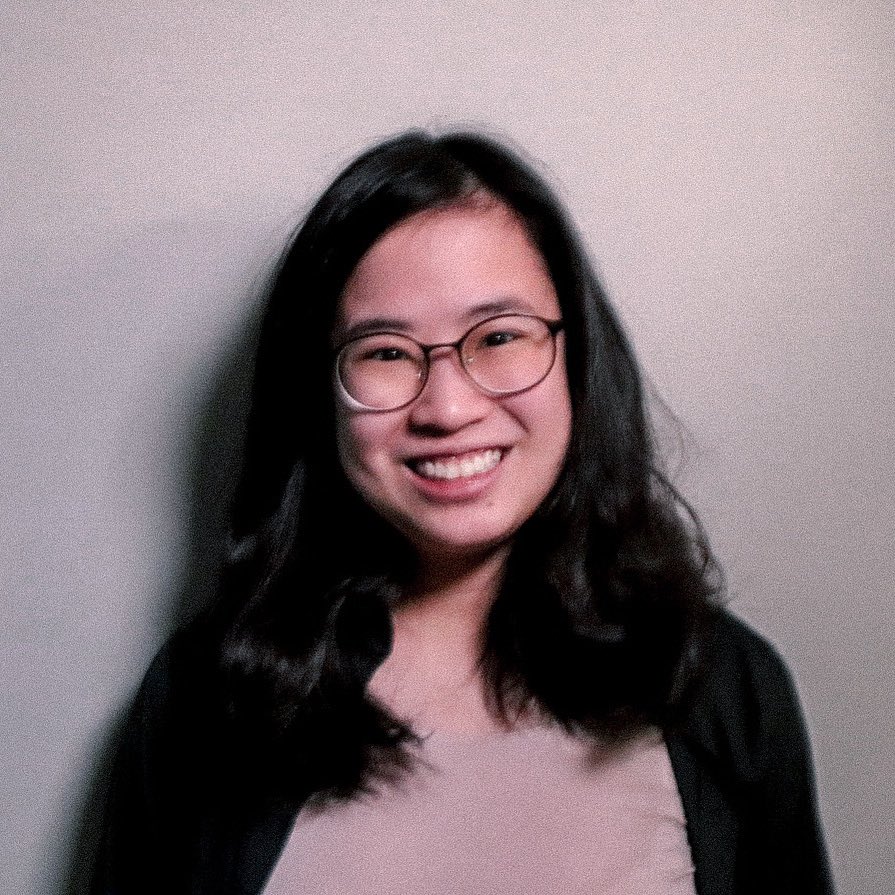

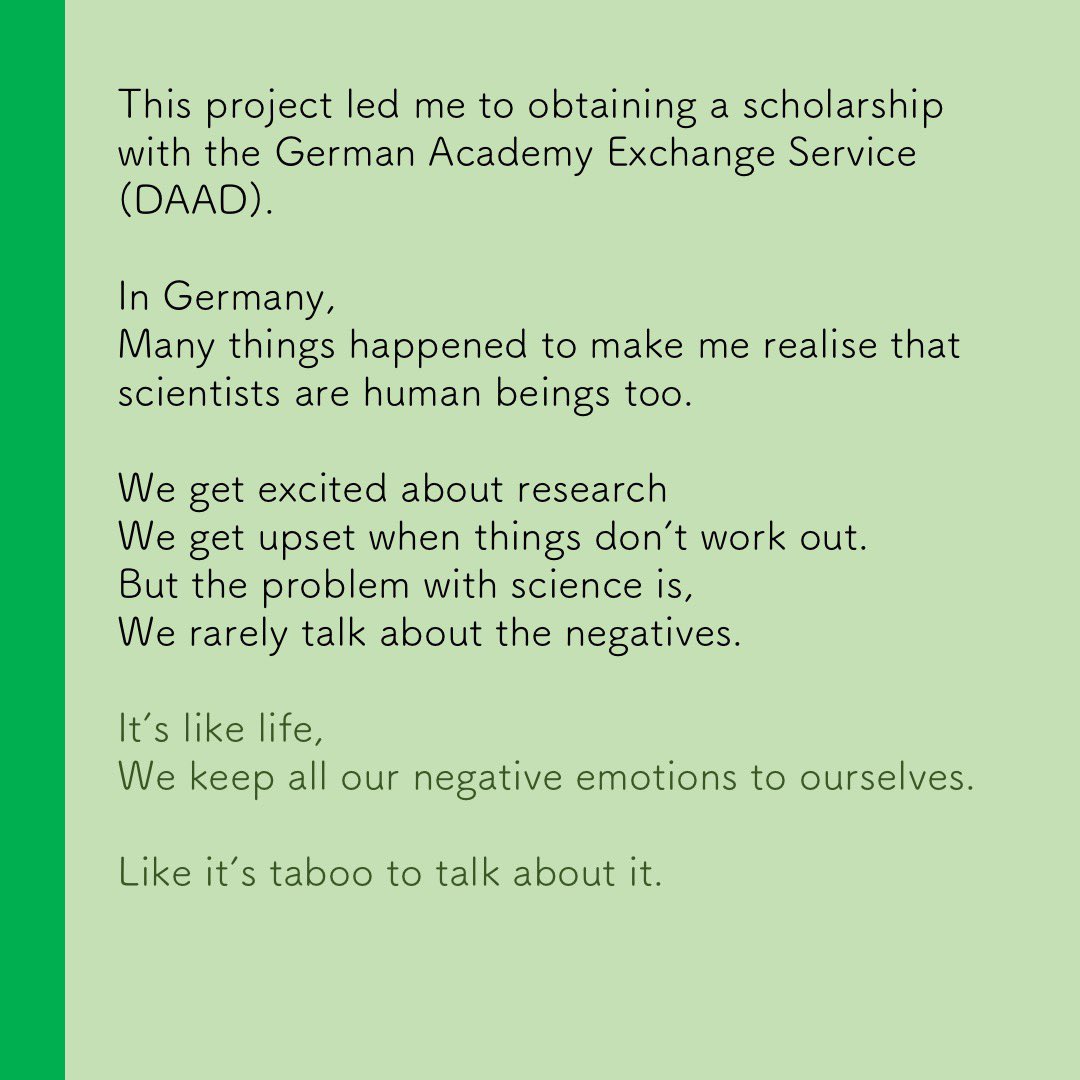

36. @aixnr from Uni of Rochester NY. Aizan seeks to understand why & how flu (in particular Influenza A) vaccines fail.
“Influenza A mutates so fast. Health agencies have to keep track on their evolution & predict which one will cause problem in coming years.”



“Influenza A mutates so fast. Health agencies have to keep track on their evolution & predict which one will cause problem in coming years.”
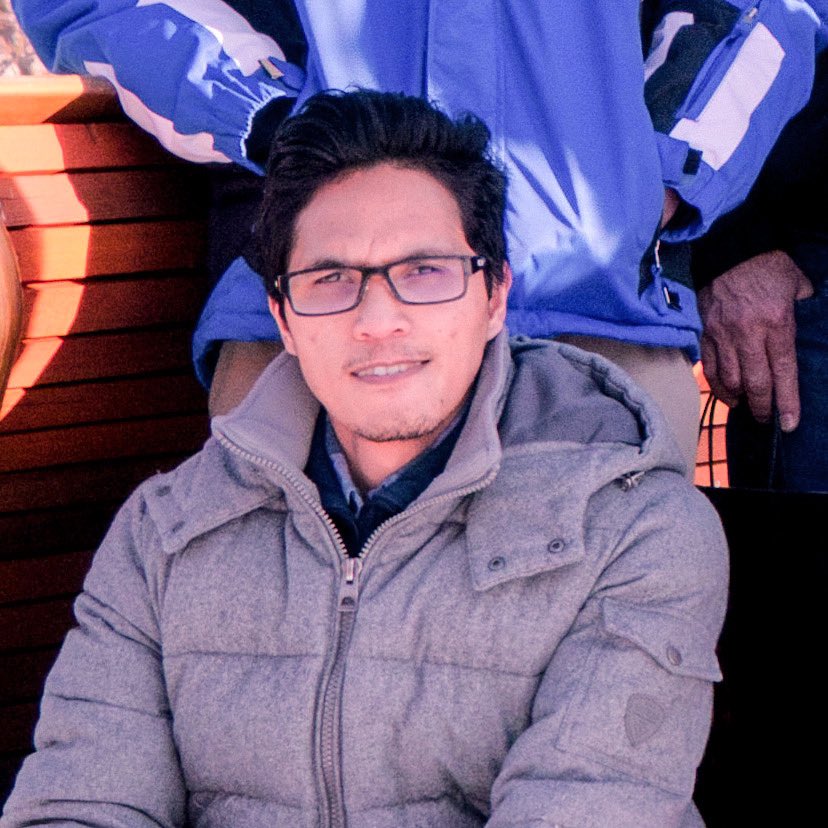
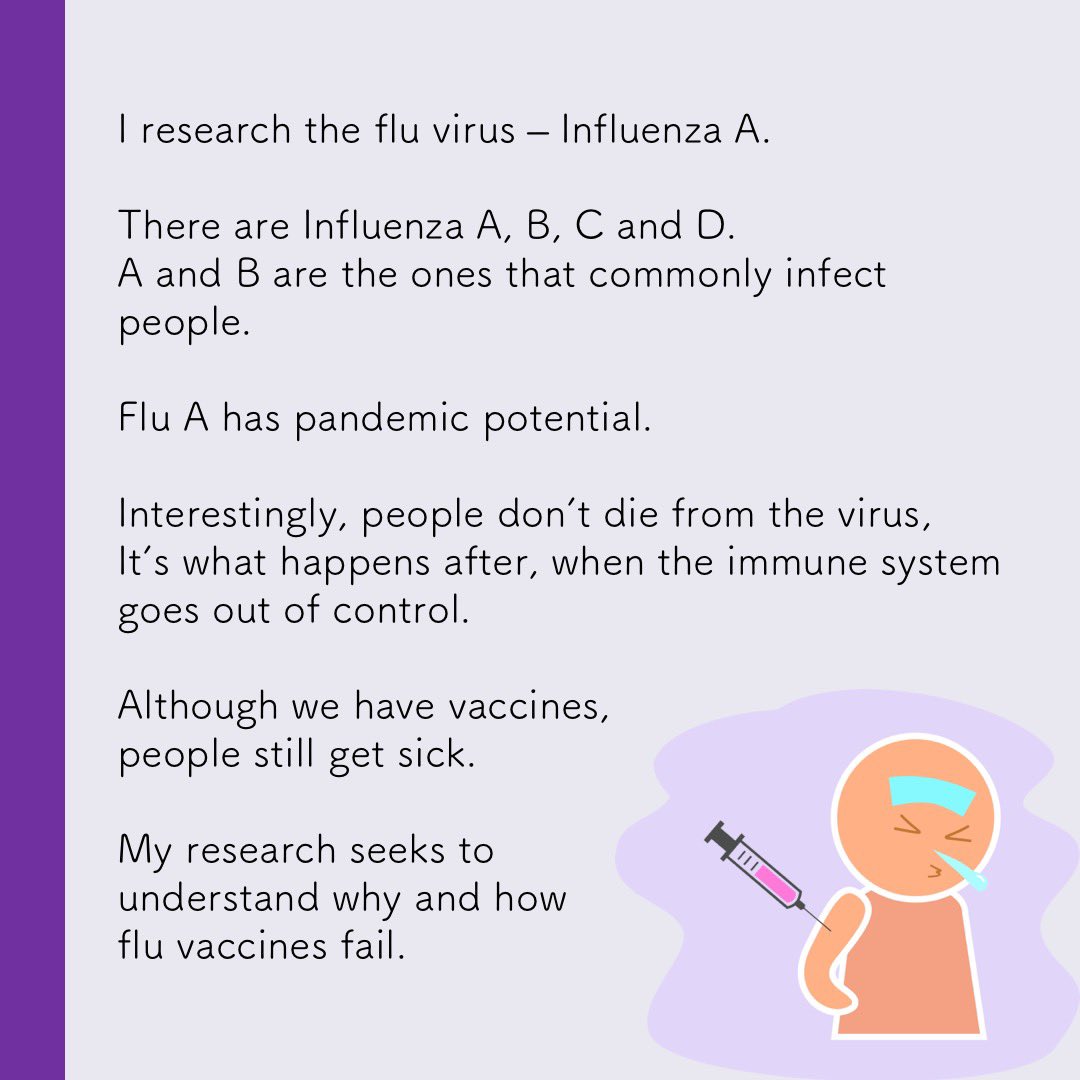

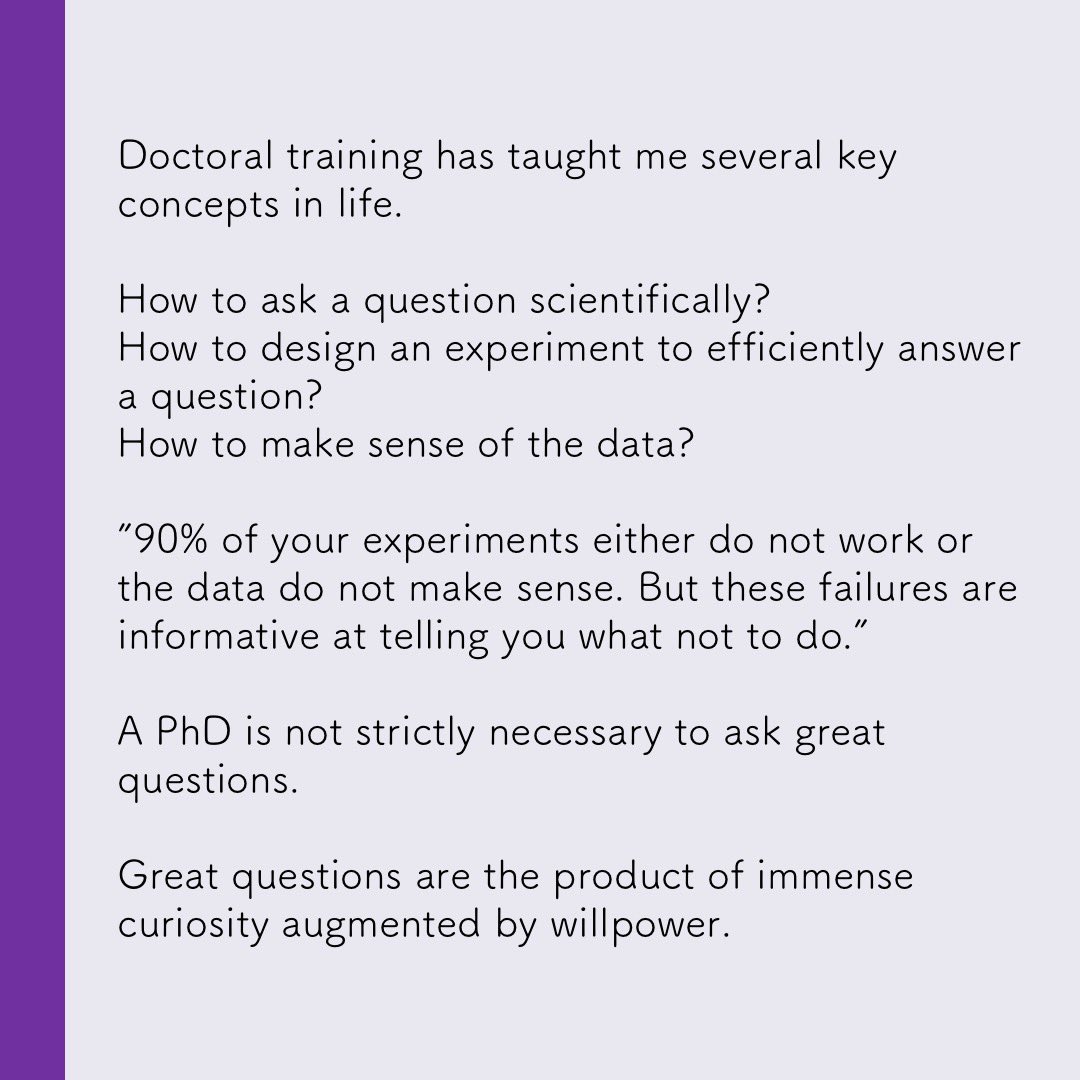
@aixnr 37. @DrAiLynTan Rheumatologist from the University of Leeds. Ai Lyn uses imaging techniques such as MRI and ultrasound to understand the pathogenesis of arthritis.
"Arthritis can affect any age, even very young children."



"Arthritis can affect any age, even very young children."

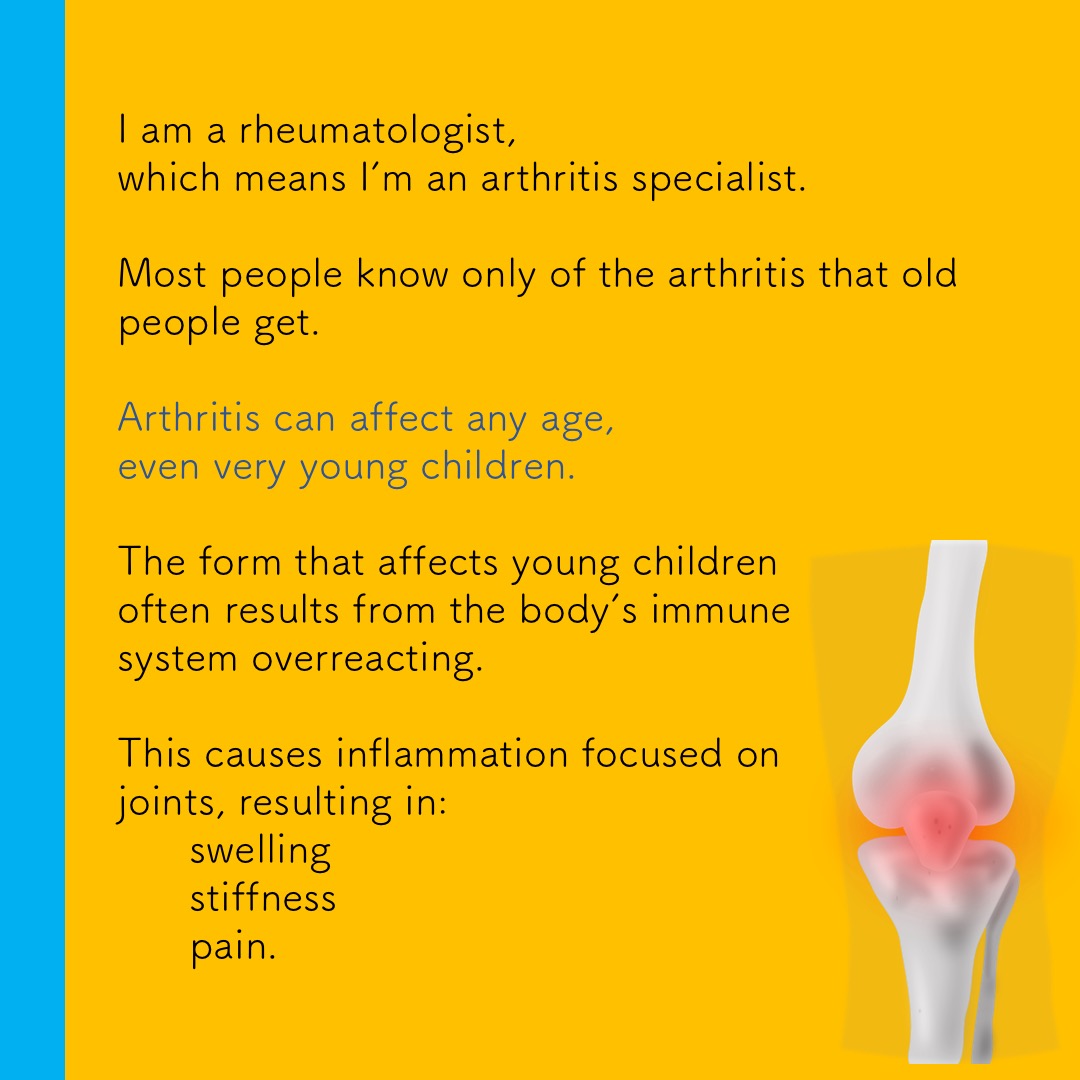


38. @Cburnetii Yi Wei from @TheDohertyInst @UniMelb studies intercellular bacteria.
Yi Wei took a leap of faith, pursuing his passion in microbiology & rejected vet sch.
‘Is this path worth pursuing? I could just stick to my original plan & become a vet…’



Yi Wei took a leap of faith, pursuing his passion in microbiology & rejected vet sch.
‘Is this path worth pursuing? I could just stick to my original plan & become a vet…’

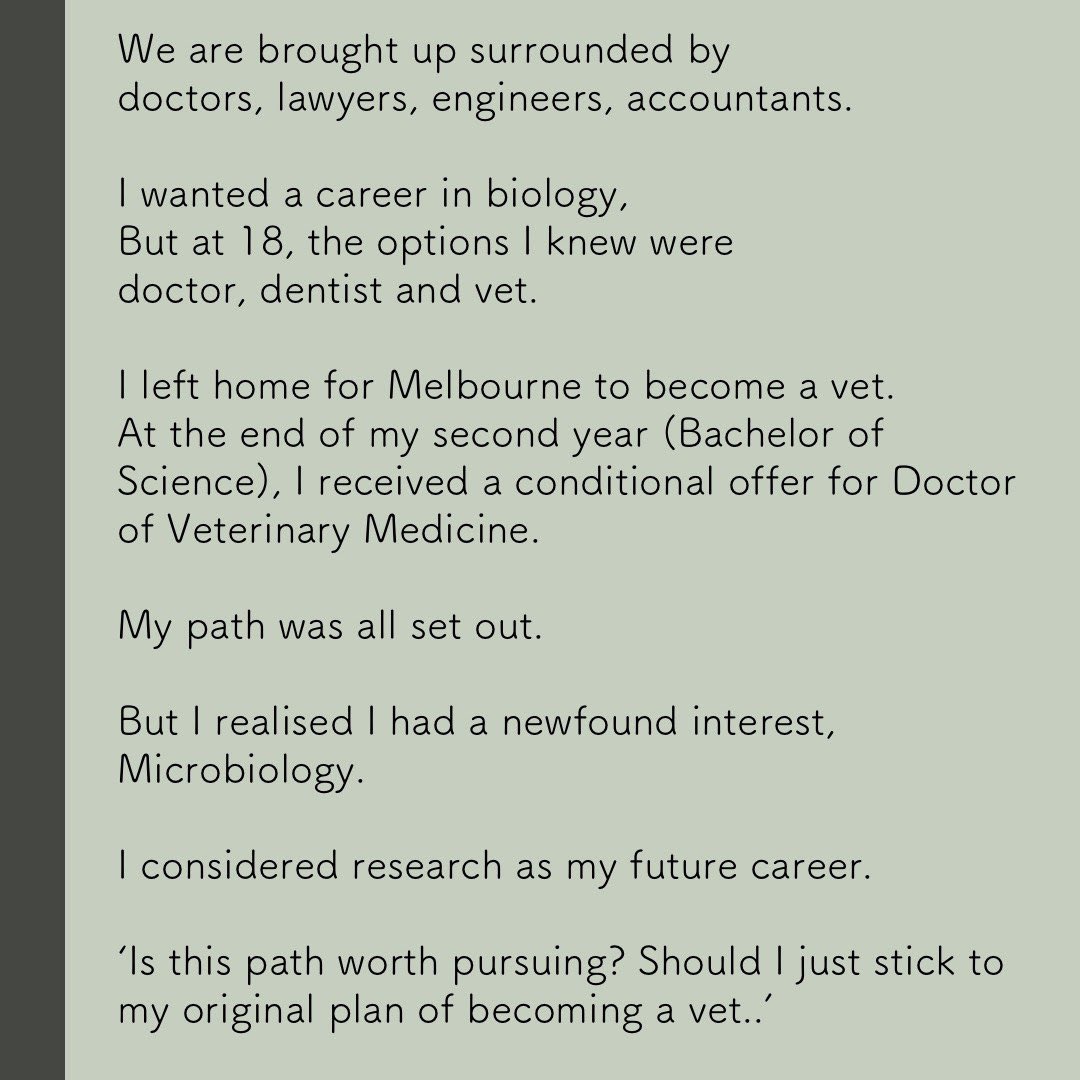

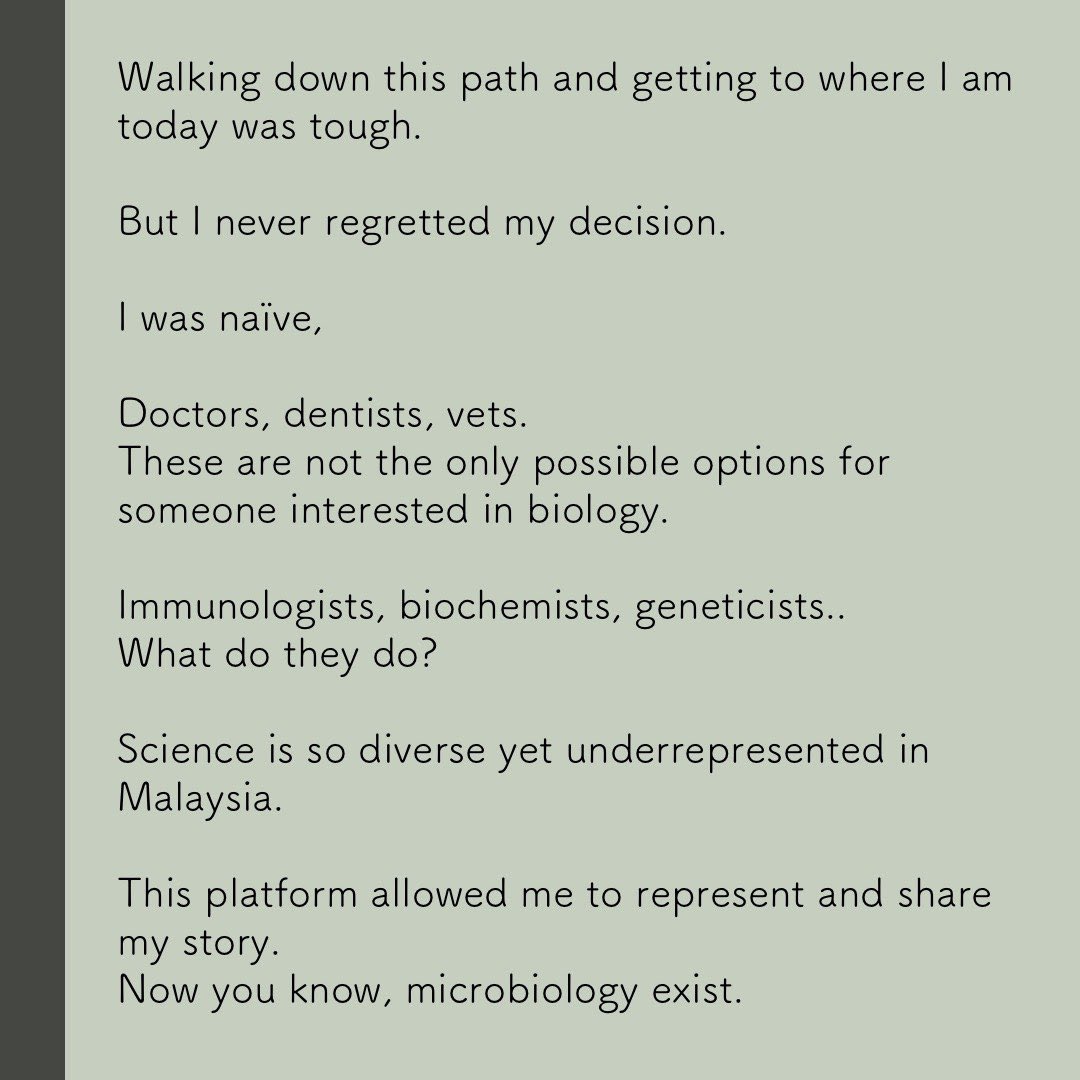
39. Farah, postdoc at Imperial College London looking at malaria (parasite) transmission in hopes of creating a vaccine. Farah prides herself on having a positive outlook on life.
“I can always look for the silver lining in the darkest of clouds. Spread love, not hate! :)”



“I can always look for the silver lining in the darkest of clouds. Spread love, not hate! :)”
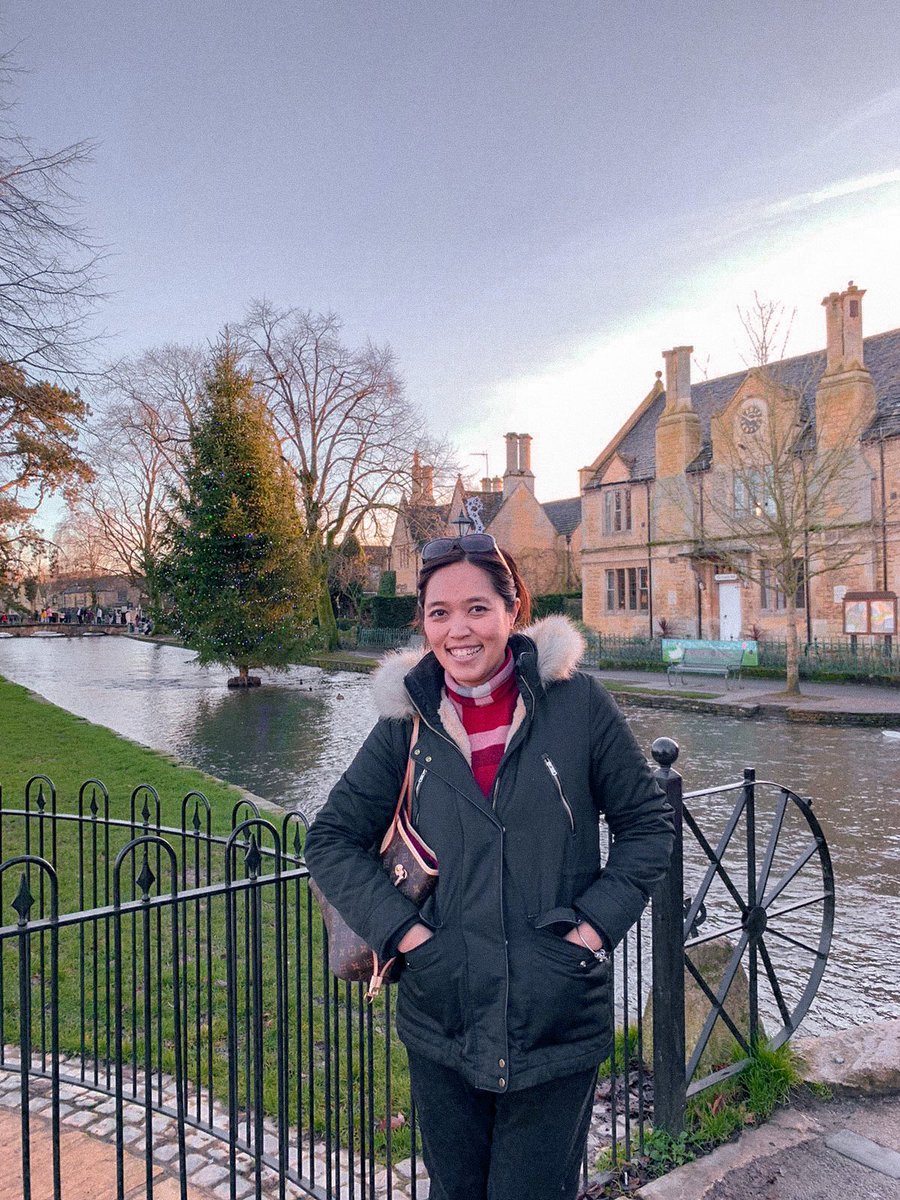

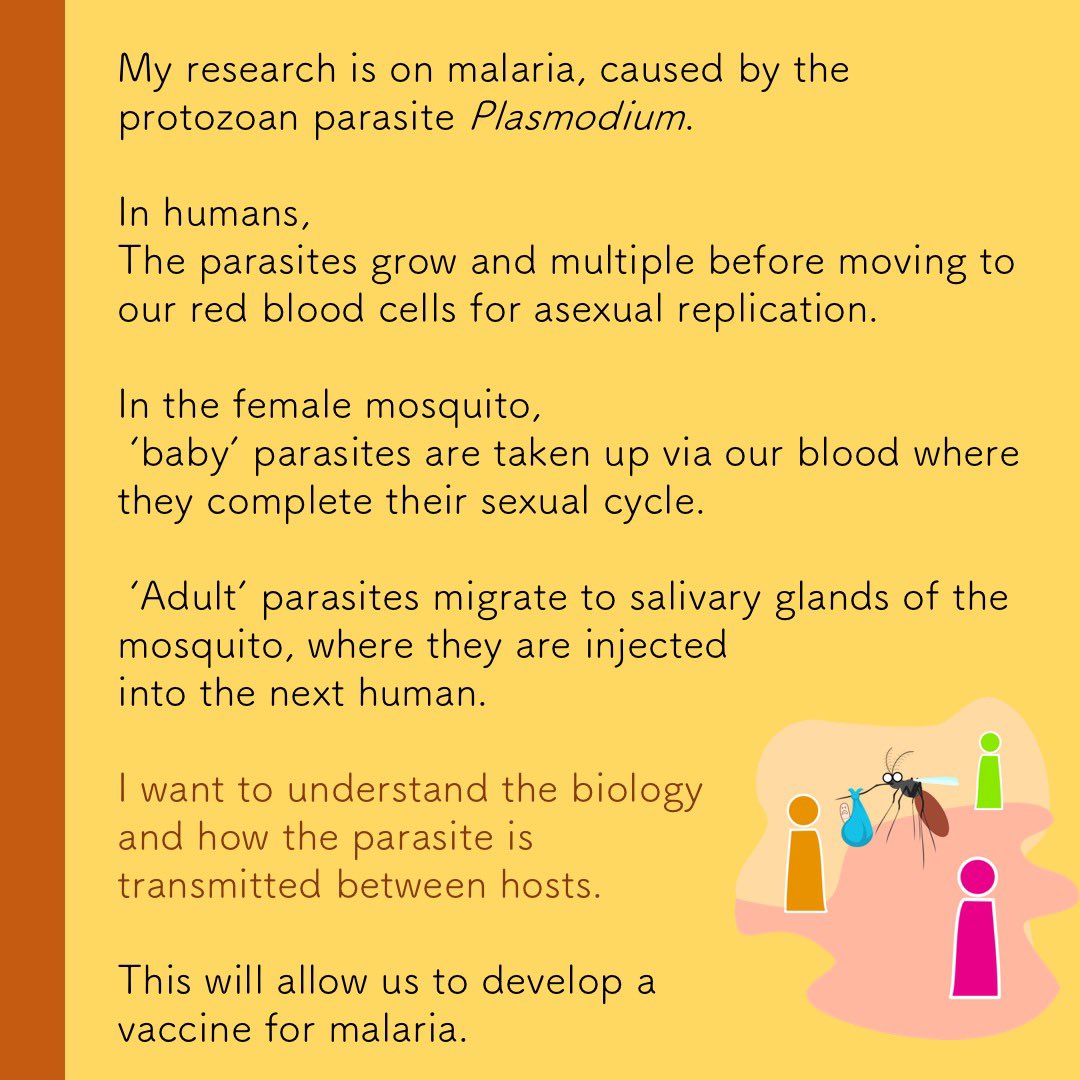

40. Cyren, lecturer at Monash Uni Malaysia & a lover of nature!
‘When I first started @naturetalksback , it was tough.
For the longest time ever, the page had only under 1000 likes. You put so much thought and effort into presenting a story. Yet don’t get much engagement.’



‘When I first started @naturetalksback , it was tough.
For the longest time ever, the page had only under 1000 likes. You put so much thought and effort into presenting a story. Yet don’t get much engagement.’
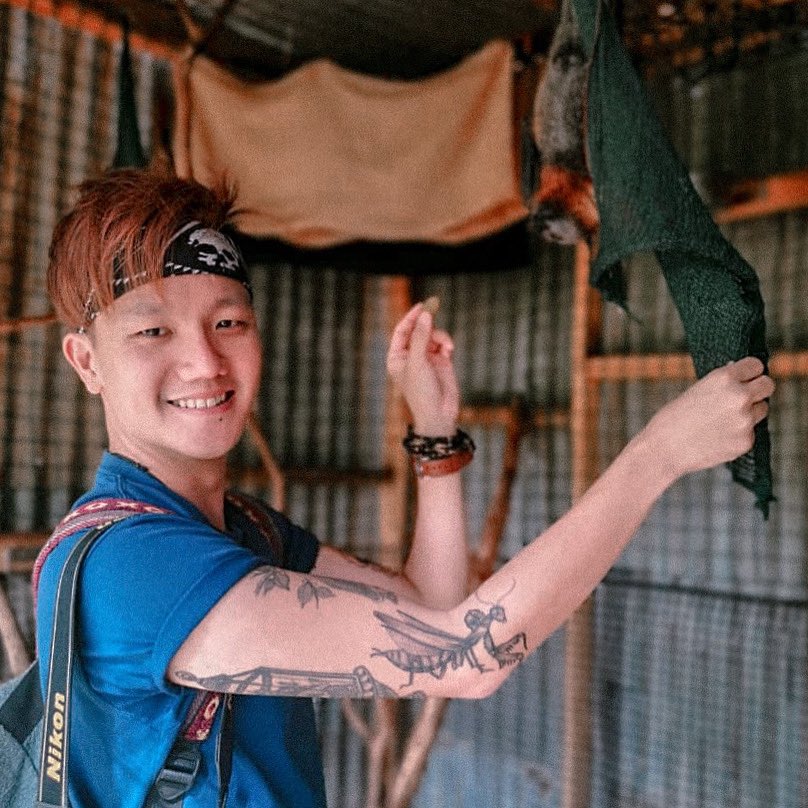

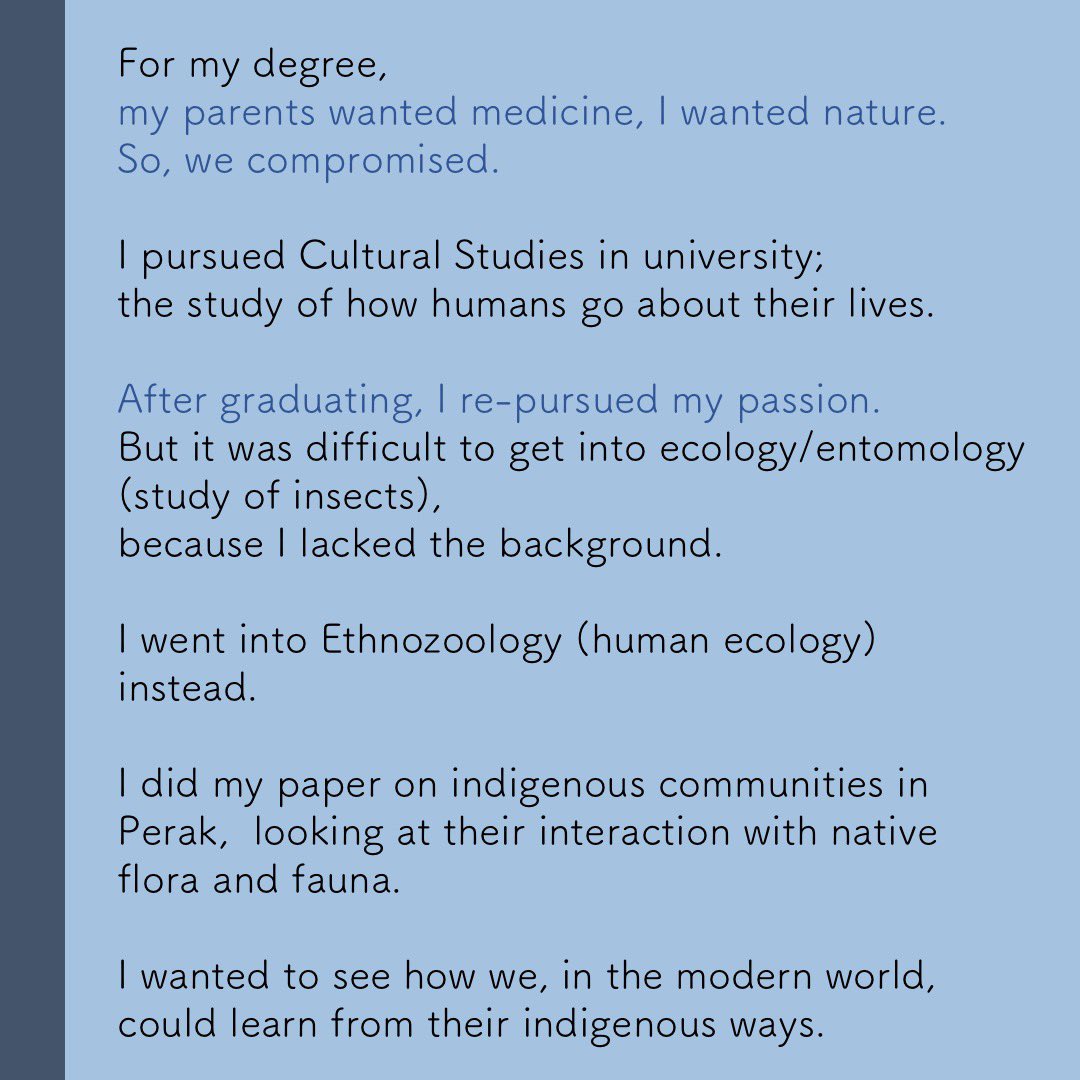

41. Sharmila, Kacee, Audrey, Diana & @StuckInStorm89 are a team of embryologists from @SunfertCentre!
‘One great thing about being an embryologist is that we can help others with our own hands to attain their long-term dream to hold their bundle of joy in their arms.’



‘One great thing about being an embryologist is that we can help others with our own hands to attain their long-term dream to hold their bundle of joy in their arms.’

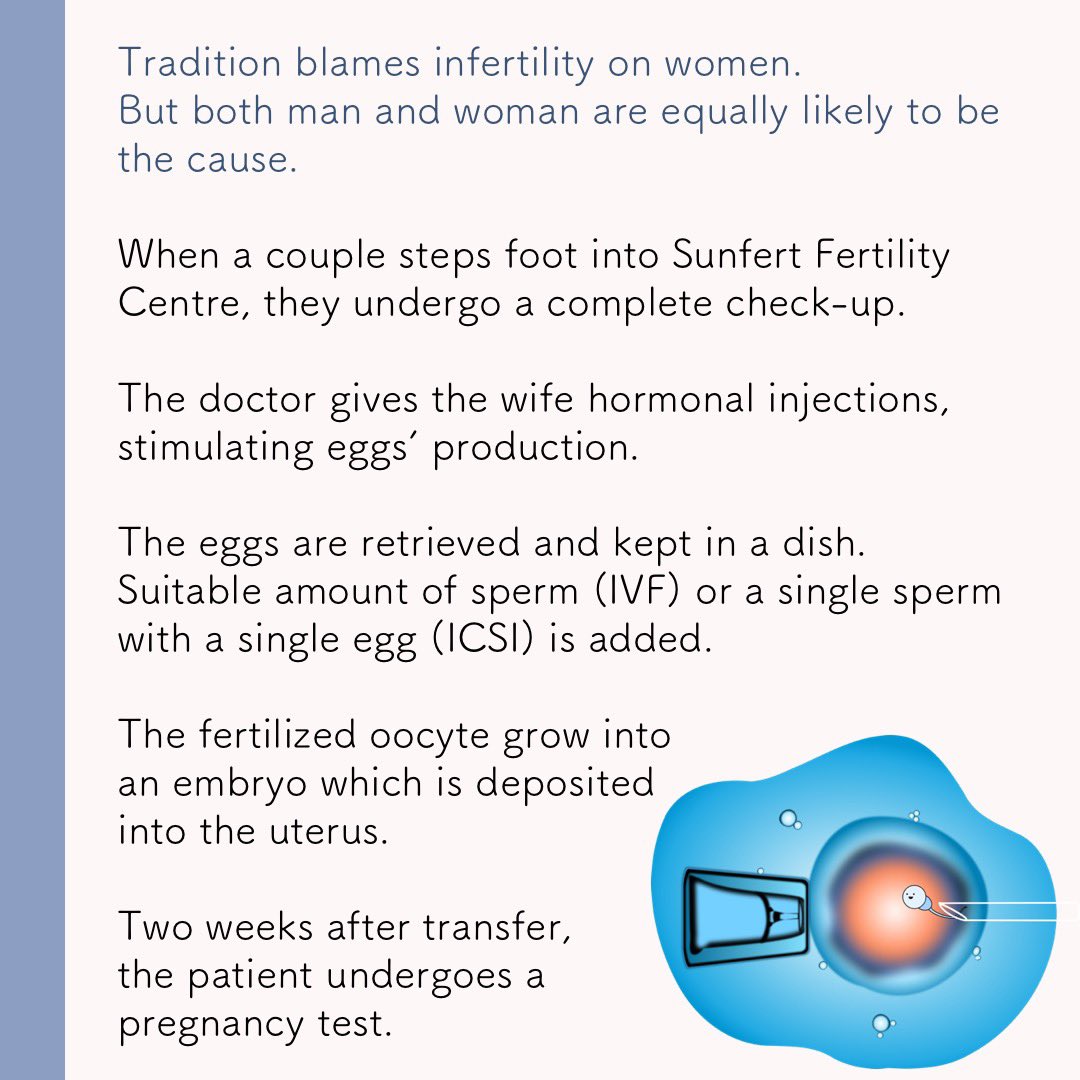


42. @NazzmerNazri studies Lysosomal Storage Disorders, otherwise known as Childhood Dementia.
"I focus on the impact of being a carrier of a defective lysosomal gene on the central nervous system. "



"I focus on the impact of being a carrier of a defective lysosomal gene on the central nervous system. "


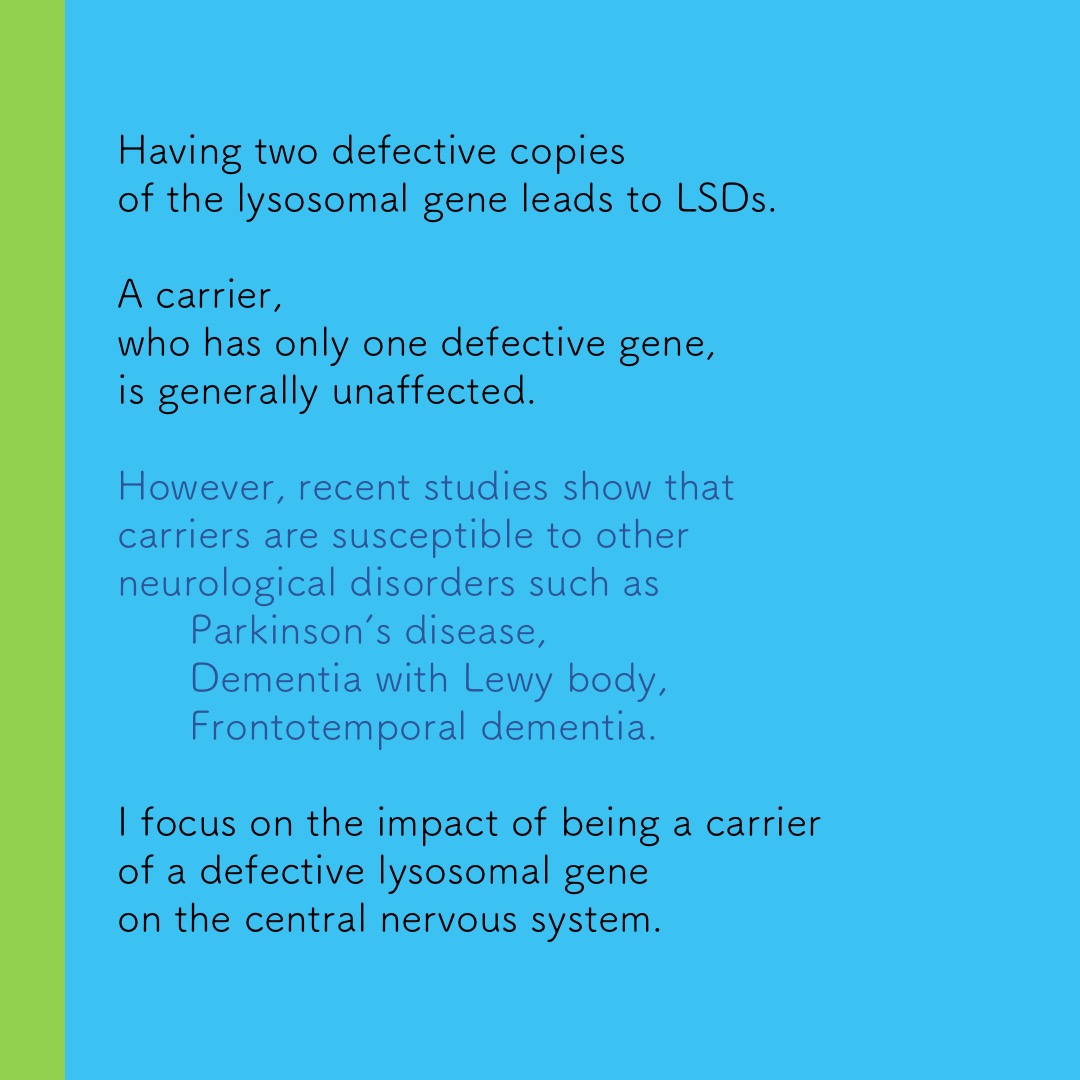

Most LSDs are inherited by an autosomal recessive manner, which means that both parents will need to be a carrier of the defective gene in order to pass on one copy each to their children. However, 3 LSDs - Hunter syndrome, Danon disease, and Fabry disease are X-linked. 
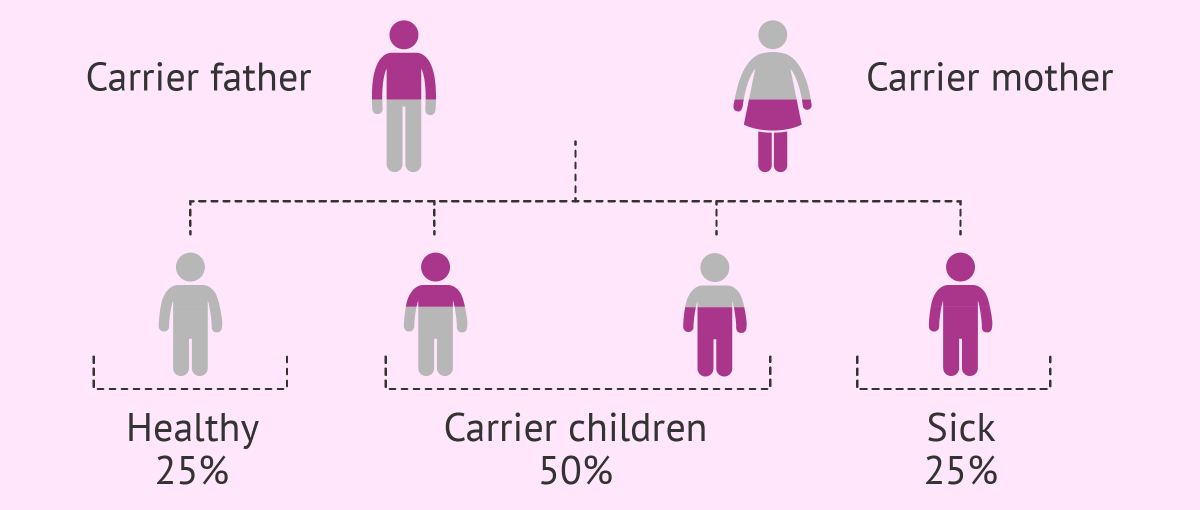
LSDs are classified based on the type of abnormal substrates that are accumulating in the lysosomes (e.g. lipids, mucopolysaccharides, and glycogen).
Because the lysosome is a waste disposal organelle in the cell, and the aforementioned diseases result in enzyme deficiency, undegraded substrates accumulate as shown here. 

Children with LSDs often appear normal at birth and become symptomatic over the first few months or even years of life. However, the severity of the disease, symptoms, and age of onset depend on the type of mutations inherited.
Common clinical features of LSDs include visceromegaly, which is the abnormal enlargement of the organs in the abdomens such as the spleen or the liver, skeletal dysmorphia, which is the abnormal shape and size of the bones, developmental delays, and even behavioral abnormality.
Collectively, the combined incidence of all LSDs is estimated at 1 in 7000 live births. However, the incidence of individual LSDs varies according to geographical location (eg. Galactosialidosis is higher in those of Japanese ancestry and Pompe disease in Chinese ancestry.
However, my primary area of research is interested in looking into the carriers of a mutation in the lysosomal genes, which means that they only have one working copy of the gene and one defective copy of the same gene. 
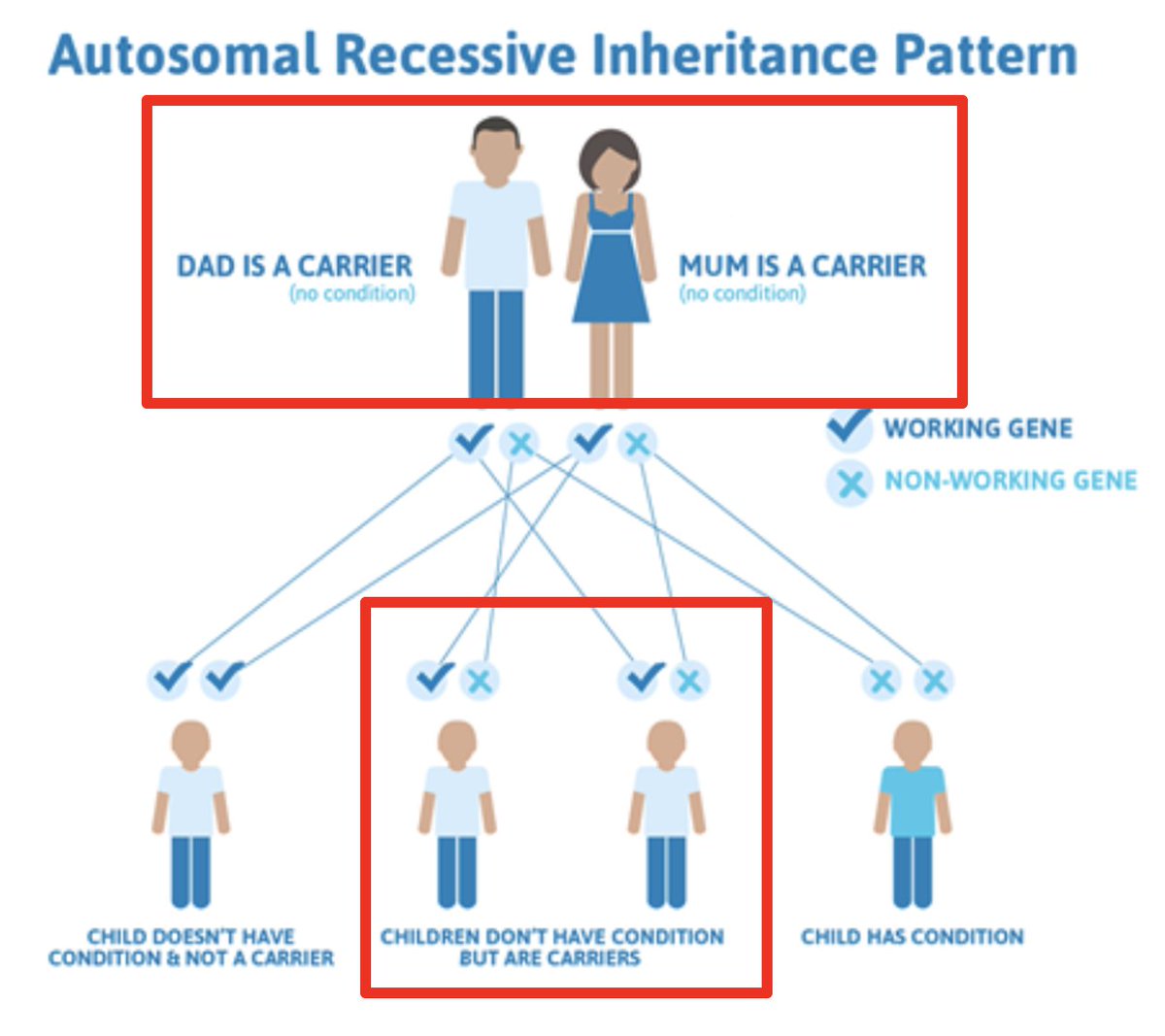
Research in this area have become increasingly popular over the years, with attention being shifted towards this subpopulation of carriers, who were previously considered to be unaffected. More specifically, recent studies in mice and human patients have demonstrated that these
carriers of defective genes are predisposed to developing a neurological condition such as Parkinson’s disease, dementia with Lewy body, Alzheimer’s disease, and even frontotemporal dementia.
This is true in human studies where GBA, and NPC1 gene have been shown to be a significant risk factor for the development of Parkinson’s disease where studies have shown that carriers in both of these genes have an increased incidence of PD, etc. 

However, not all carriers develop a neurological disorder. Why this is the case, remains poorly understood and given that there are more than 50 types of a disease-causing mutation in LSDs. Research is urgently needed to determine if carriers are susceptible to neurodegeneration
Questions from Instagram
1. Does the possible neurological defect mentioned previously develop in the carriers or their offspring?
1. Does the possible neurological defect mentioned previously develop in the carriers or their offspring?
Thanks for the question! I am assuming that you are referring to LSDs' neurological defects and their carriers? If so, the short answer is No, carriers & their offspring do not show any neurological symptoms. Though carriers are at risk of developing...
... neurological disorder. Do note however that not all carriers will develop a neurological disease, why this is the case forms part of my research. So watch this space! :)
2. What made you choose neurodegeneration as a research area?
In my second year of Uni, I was involved in a research project looking at dendritic spines, which are small membranous protrusion on neurons that play a significant role in synaptic transmission. I was fascinated by its function in memory and learning and how it is affected in
neurodegenerative disorders. This was the spark that transforms into a passion for me in the neuroscience field and in particular, how aging promotes the development of neurodegenerative diseases such as Alzheimer’s disease.
43. Dr Maha @maha_mabic , global coordinator @isaaa_org ED @MalaysiaBIC.
“I created the first science newspaper in SEA – The Petri Dish. We wanted to circulate science to everyone, everywhere. We put The Petri Dish in Starbucks outlets, airports, shopping malls & hospitals.”



“I created the first science newspaper in SEA – The Petri Dish. We wanted to circulate science to everyone, everywhere. We put The Petri Dish in Starbucks outlets, airports, shopping malls & hospitals.”


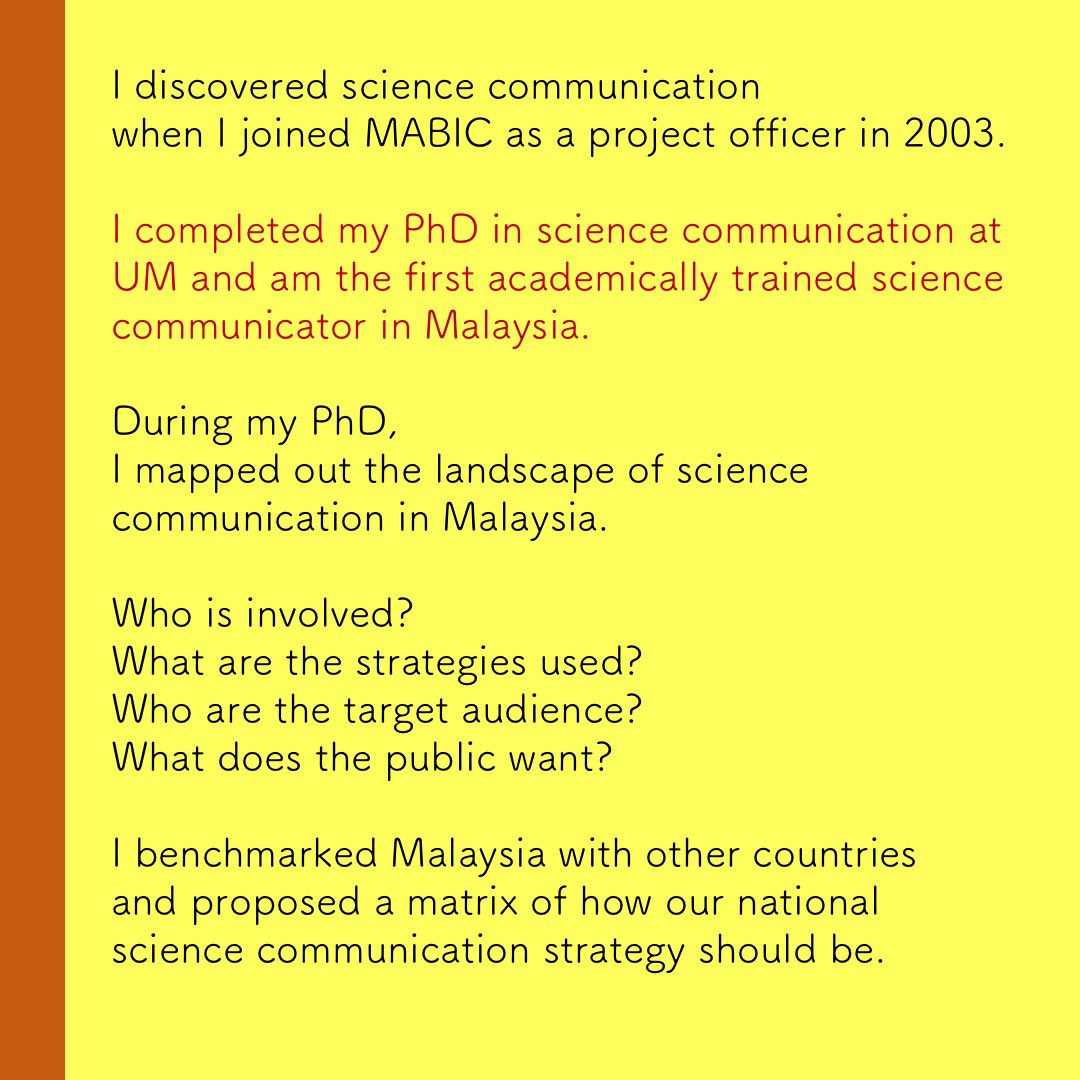

44. Dr Ng Woei Kean, lecturer & molecular biologist at Taylor’s Uni.
“I work on developing rapid diagnostic kits that can provide diagnostic results in less than 30 mins.”



“I work on developing rapid diagnostic kits that can provide diagnostic results in less than 30 mins.”




45. Elaine, @elainehoml PhD biomedical engineering at Southampton Uni.
‘People forget, engineers make tools to facilitate vital research and that’s what I truly enjoy about my work.’
Elaine will be on Twitter the next few days! Join her for a chat, ask some questions!



‘People forget, engineers make tools to facilitate vital research and that’s what I truly enjoy about my work.’
Elaine will be on Twitter the next few days! Join her for a chat, ask some questions!



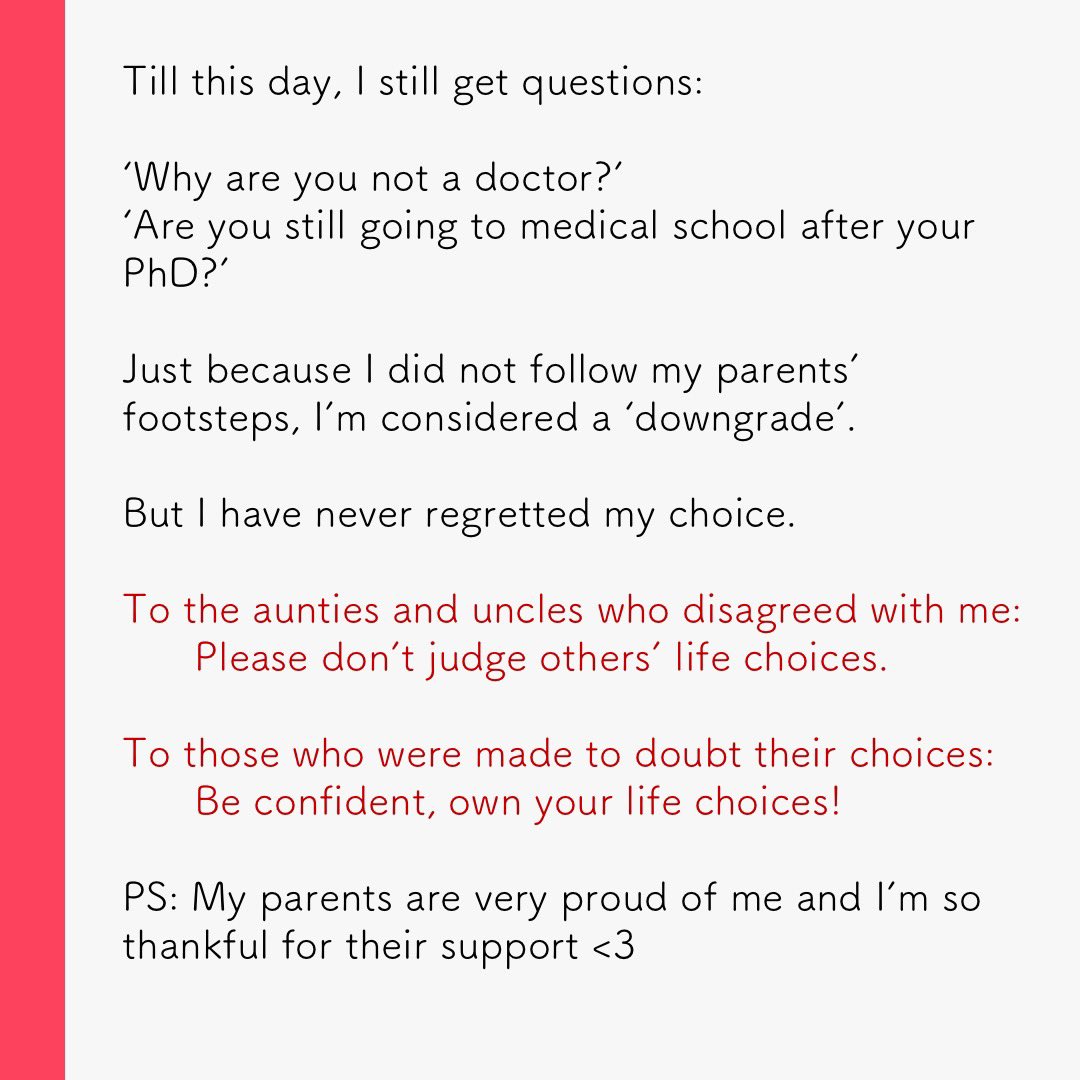
46. Chrishen is Research Manager of University of Oxford's Bornean Carnivore Programme.
"I see myself as being the conservation front from a Malaysian angle, bringing conservation and its solutions closer to the hearts of everyday Malaysians. "



"I see myself as being the conservation front from a Malaysian angle, bringing conservation and its solutions closer to the hearts of everyday Malaysians. "




47. Dr Yong Min Hooi, psychologist at @SunwayU.
“We are investigating ageing-related changes, specifically their cognition. The world will have more older people than ever before, & the bigger question is, are we prepared for this?”



“We are investigating ageing-related changes, specifically their cognition. The world will have more older people than ever before, & the bigger question is, are we prepared for this?”




48. Lim Boon Chuan pursuing DPhil in Synthetic Biology @UniofOxford. Boon Chuan is part of a research team working on developing rapid COVID-19 diagnostic tests! 







49. Ken @ruffleseed, part of the volunteer team in Kuching creating PPE for COVID-19 frontliners.
‘We are also working on creating pneumatic stationary and mobile ventilators. As an engineer, I create things to be used. But this time, I hope no one will ever need to use it.’



‘We are also working on creating pneumatic stationary and mobile ventilators. As an engineer, I create things to be used. But this time, I hope no one will ever need to use it.’




50. Dr @wanshafrina, LiDAR Remote Sensing scientist & geospecialist @ukm_my.
“I am one from a handful of woman in this field, also one of the few LiDAR scientists in Malaysia. I persevered & achieved what I have by standing firm by my passion.”



“I am one from a handful of woman in this field, also one of the few LiDAR scientists in Malaysia. I persevered & achieved what I have by standing firm by my passion.”




51. Dr Umaiyal @yalyagu , a plant scientist and science communicator.
“I entered Euraxess Science Slam because I felt like something was missing in my research life. It wasn’t enough going into the lab, doing research and publishing papers.”
Full post on fb!



“I entered Euraxess Science Slam because I felt like something was missing in my research life. It wasn’t enough going into the lab, doing research and publishing papers.”
Full post on fb!




52. @LiQianTay, PhD student studying the Misinformation Effect @uwanews
"Fact check your information sources and encourage your friends and family to do the same! Misinformation can be a lot more dangerous than is commonly assumed."



"Fact check your information sources and encourage your friends and family to do the same! Misinformation can be a lot more dangerous than is commonly assumed."



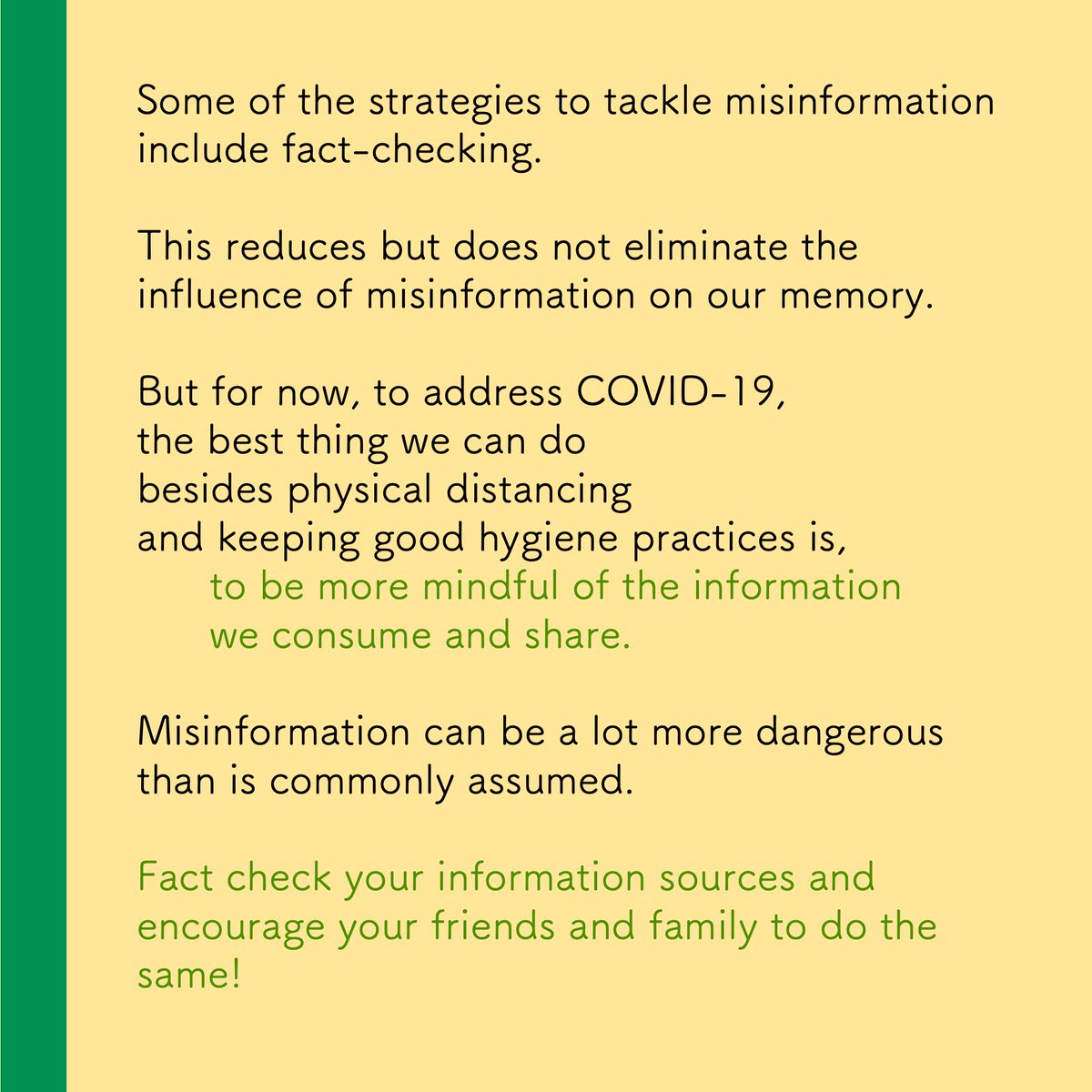
53. Dr Yanny Marliana is a lecturer in Materials Engineering and works on developing synthetic biomaterials for bone repair.
"We test the materials with various techniques to understand the composition, strength, architecture and biological compatibility with bone-like cells"



"We test the materials with various techniques to understand the composition, strength, architecture and biological compatibility with bone-like cells"




54. Dr Tan Zu Puayen, is an Aerospace Adventurer.
"I’d like to rekindle the spirit of Malaysia Boleh from a time when we were a hope-filled nation. I would start a movement called Boleh Rockets, which would help usher in New Space in Malaysia"



"I’d like to rekindle the spirit of Malaysia Boleh from a time when we were a hope-filled nation. I would start a movement called Boleh Rockets, which would help usher in New Space in Malaysia"




55. Weili, PhD marine biology at Uni of Queensland, Australia.
‘My first experience of being in the water. I instantly fell in love. That moment in the ocean, I thought: I can’t not pursue my dream. This is what I was born to do.’



‘My first experience of being in the water. I instantly fell in love. That moment in the ocean, I thought: I can’t not pursue my dream. This is what I was born to do.’
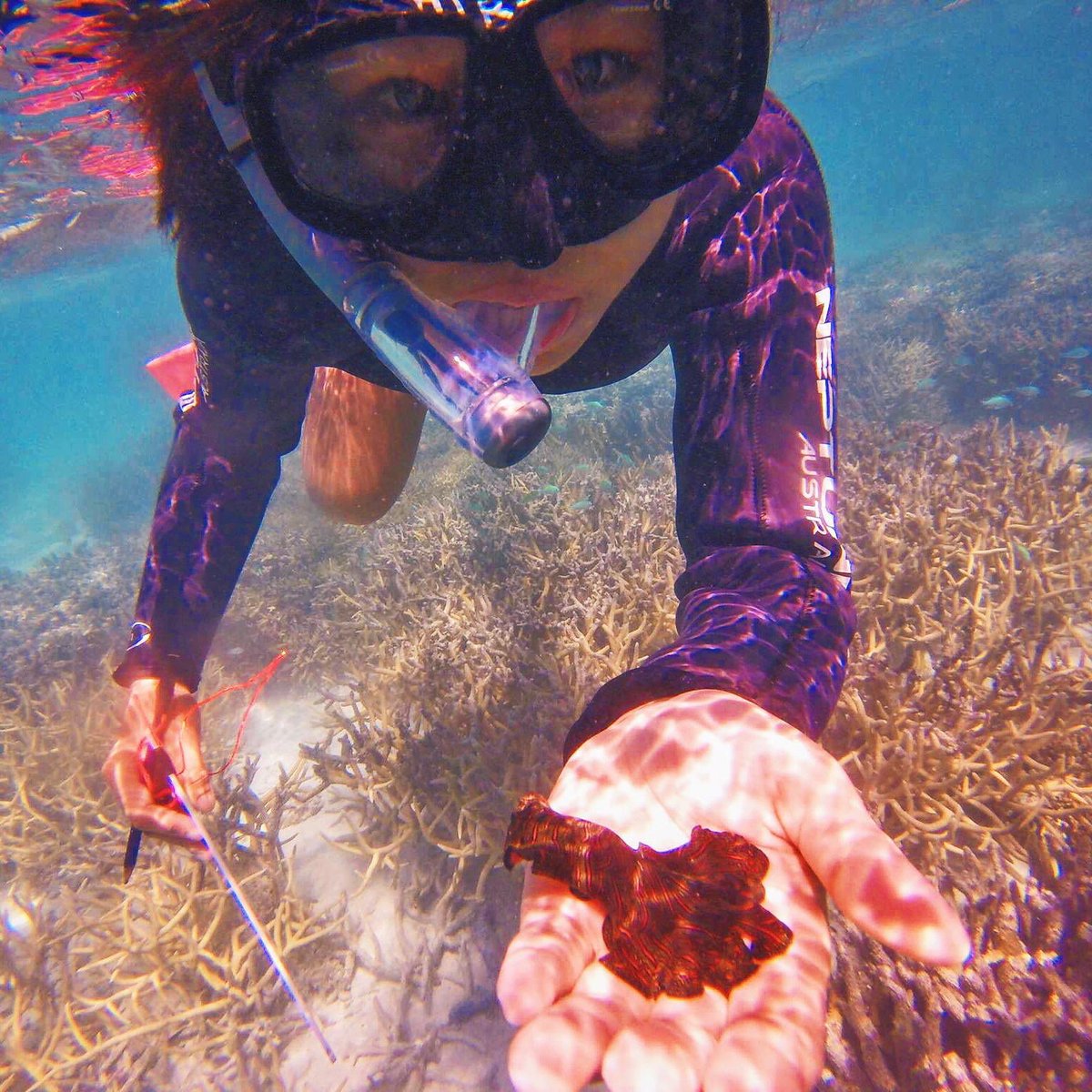



56. Dr Fahd Adeep, Consultant Rheumatologist and Physician,
University Hospital Kerry, Ireland.
‘Till today, I describe myself as a clinician, a researcher and an academic.’
Full story on our FB!



University Hospital Kerry, Ireland.
‘Till today, I describe myself as a clinician, a researcher and an academic.’
Full story on our FB!




57. Dr Ju Lin @JomScienceMY is a NGS scientist at GeneSEQ Sdn. Bhd.
’As long as there is a common understanding between the parties, academia-industry linkage is the way forward to boost the STEM industry in Malaysia.’



’As long as there is a common understanding between the parties, academia-industry linkage is the way forward to boost the STEM industry in Malaysia.’


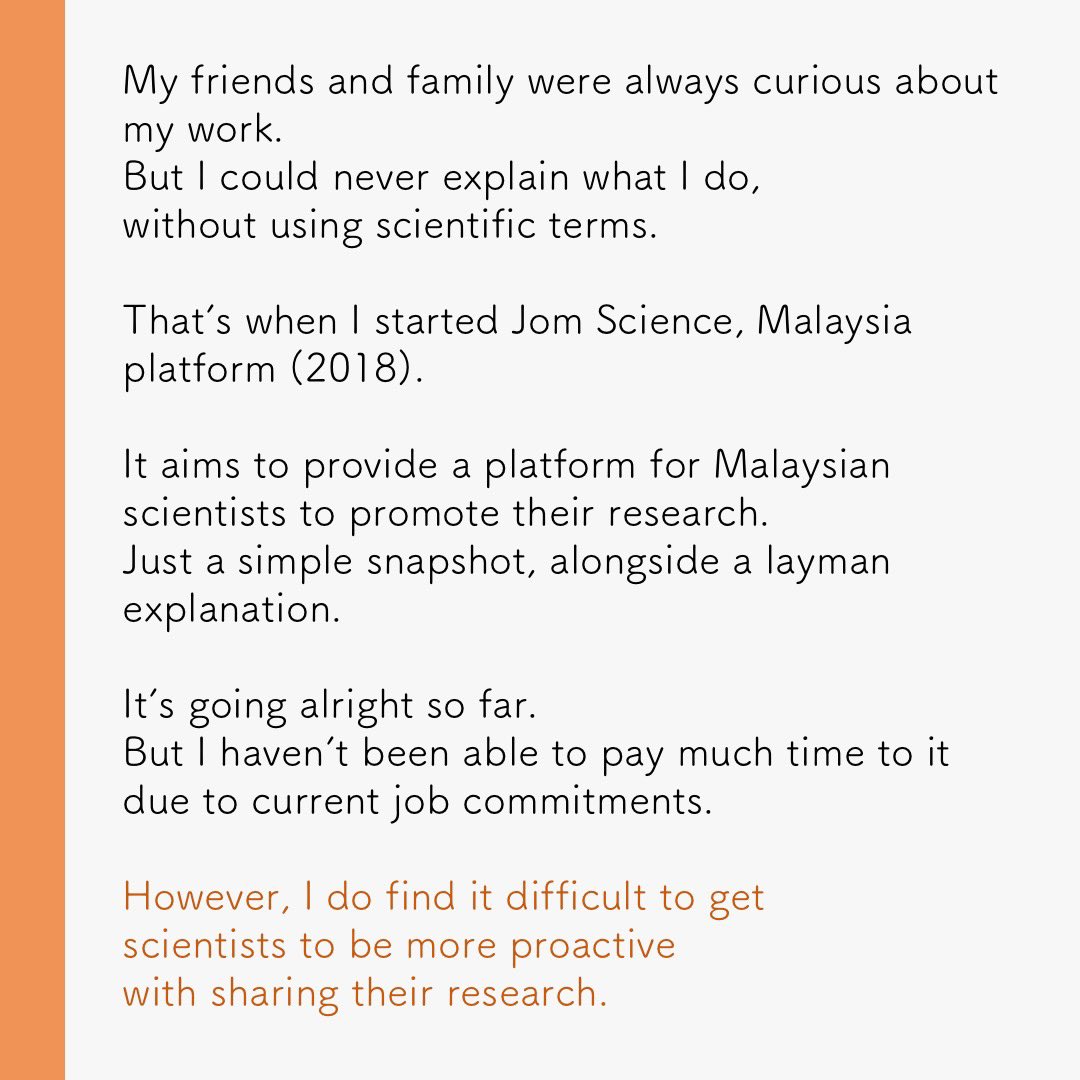

58. Ariff carries out population sampling of the Asian Monitor Lizard.
‘It is liberating being out in the jungle. Living in cities there are too many rules. In the wild, the rules are few. There I am free.’



‘It is liberating being out in the jungle. Living in cities there are too many rules. In the wild, the rules are few. There I am free.’




59. Dr Teoh Chai Lean at @Astarhq on embracing being a mutipotenliate!
‘I remember listening to a TED talk about ‘multipotentialite’ and I instantly identified with it. That’s me - a person with multiple interests and passions!’



‘I remember listening to a TED talk about ‘multipotentialite’ and I instantly identified with it. That’s me - a person with multiple interests and passions!’
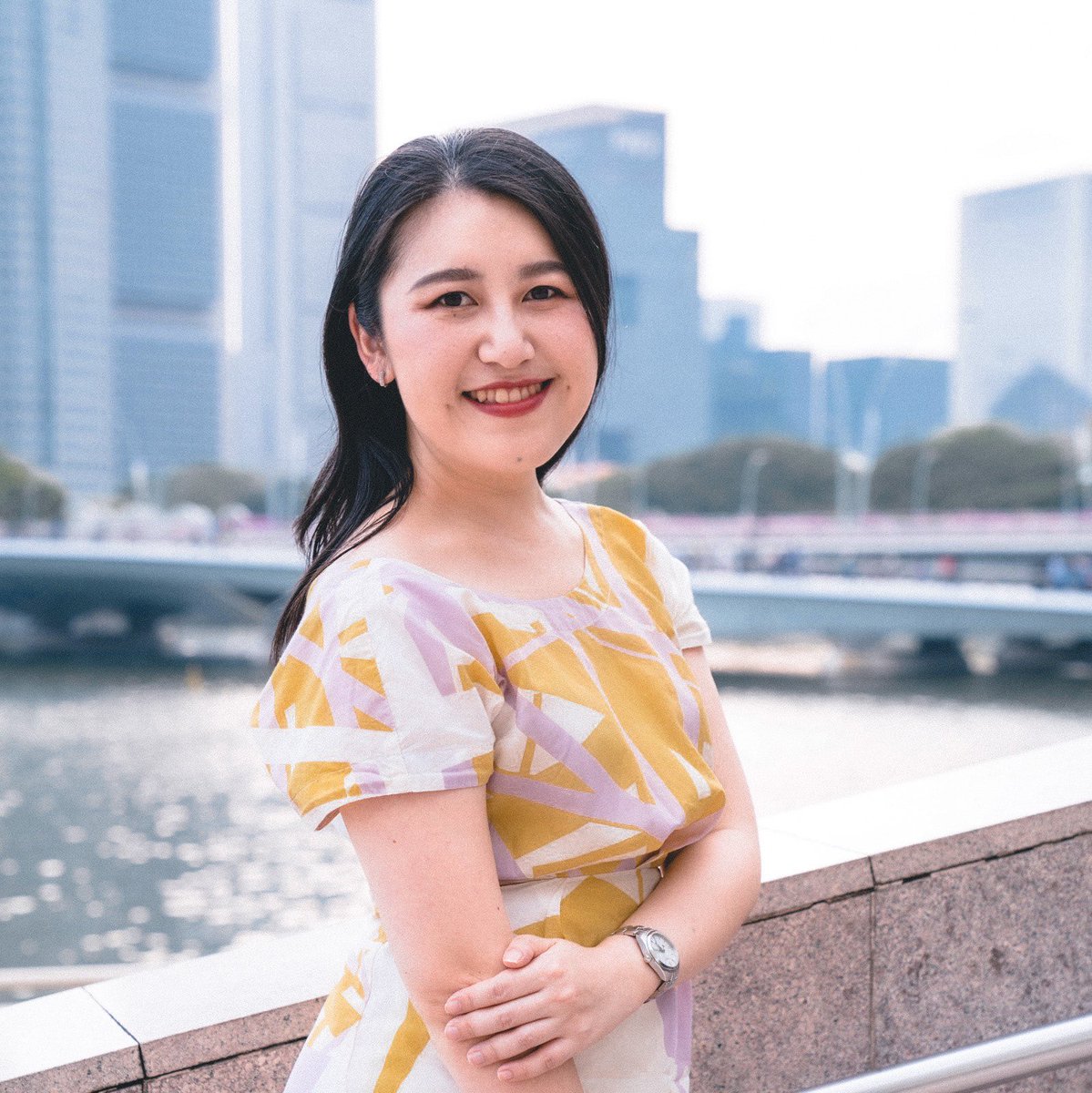



60. @VishanNair , rocket engineer and space enthusiast shares his experience at the Spaceport America Cup.
‘When your hand-built rocket successfully launches – that feeling is euphoric.’



‘When your hand-built rocket successfully launches – that feeling is euphoric.’




61. Celine, PhD Environmental Science at Uni of Nottingham, MY.
Quoting Elsa from Frozen 2, “Water has memories”. It keeps a history of our environment; there is a story to tell behind each river feature, and the research that I do helps us build this story.



Quoting Elsa from Frozen 2, “Water has memories”. It keeps a history of our environment; there is a story to tell behind each river feature, and the research that I do helps us build this story.



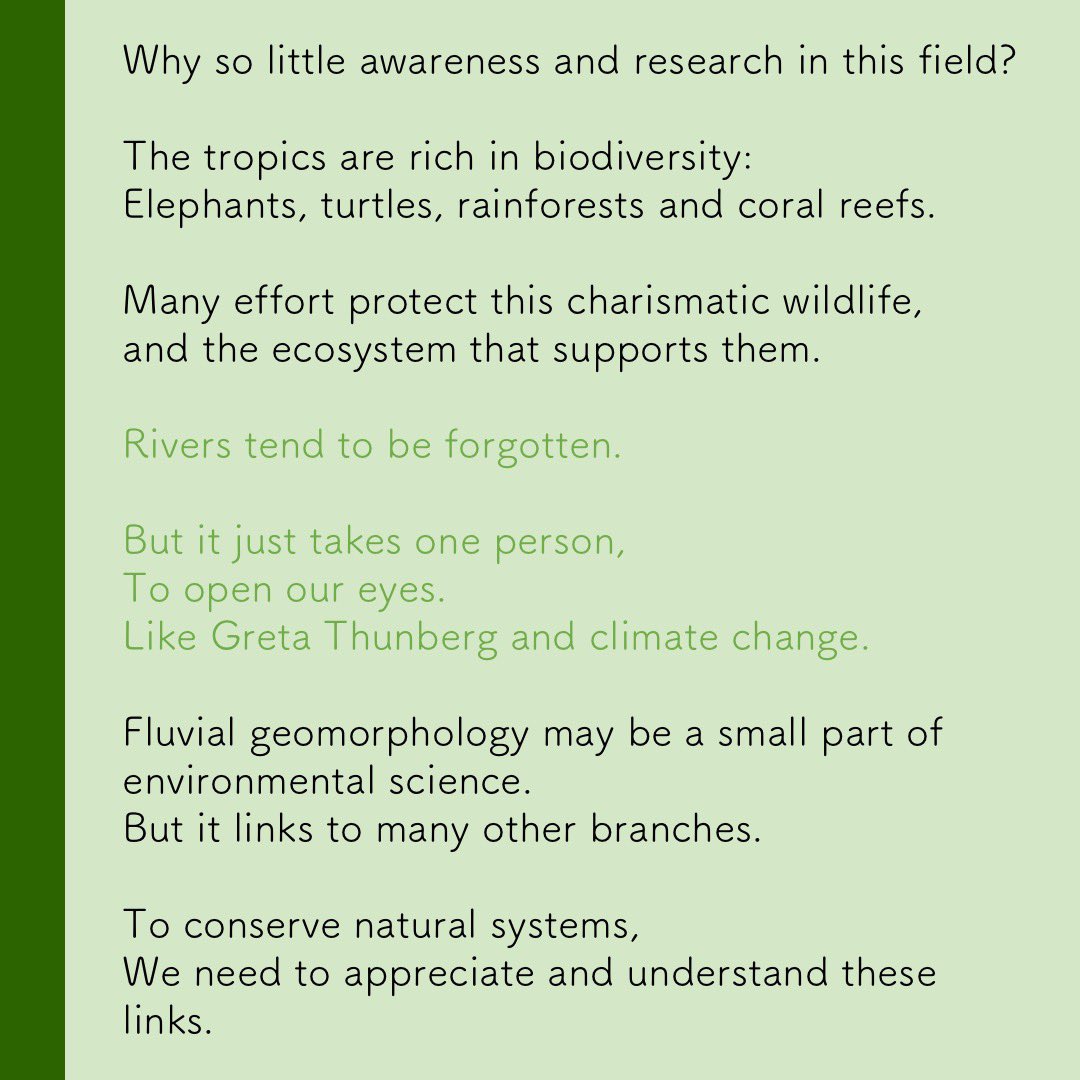
62. @tmlee and @bobbyong made the Forbes 30 under 30 Asia 2019 list for founding @coingecko , which provides a 360 overview of the crypto market. 







63. Dr @MagaretSiva, current lecturer & Head of Programme at QUEST Int. Uni, Perak shares her past of being bullied & how that shaped her journey.
‘I was bullied throughout my schooling years, called names for being a certain skin colour. But the fire within pushed me ahead.’



‘I was bullied throughout my schooling years, called names for being a certain skin colour. But the fire within pushed me ahead.’




64. Jou @SkyMonsterJou , PhD Engineering @ Uni of Cambridge.
“Science is not a nicely wrapped present for you to open. But with dedication, consistency and persistency eventually success will knock on your door.”



“Science is not a nicely wrapped present for you to open. But with dedication, consistency and persistency eventually success will knock on your door.”




Jou will be taking over our Twitter acc over the next 24h to answer any Q's u might have! Pls leave your msgs down in this tweet!
For those who are still deciding whether to join the big family of engineering (specifically EEE), i am more than happy to give advices or just share my experiences. Feel free to contact me! - @SkyMonsterJou
Engineering is actually a very hands-on subject that focuses on application of known physical knowledge of the world. Its primary purpose is to translate science into things that humans in the whole world can benefit from.
While we require very deep understanding of certain topics related to our fields, we are not like the scientists. We take what they have discovered, and make use of that knowledge to create everyday things for other people.
Some might be intimidated by the field thinking that perhaps you need to work with vehicle engines, or you must invent something new, or it's just a load of complex science. While part of those can be true, it is largely a grave misunderstanding of the subject.
It should be made clear to all students since young that knowledge knows no bounds, and so there's no scope for any work to be limited by only a single field. In fact, a huge proportion of modern technological advances are products of multidisciplinary synergisms.
So, while it is true that you might need to know more than just your own field, in engineering you really are just focused on what you excel at, and you cooperate with others who are better in their own fields. Fear not, help will always be given to those who ask in academia.
"'Engineering" did not come from car engines. It was derived from Latin words ingeniare ("to create, generate, contrive, devise") and ingenium ("cleverness"). No - you don't need to be a genius to study engineering, but once you study it, you just might become a genius!
We have a lot to thank our fellow scientists for our scientific progress through all these past centuries, but without engineers you won't be enjoying much of these today. Think of cars, phones, computers, electricity, water supply, waste treatments, the Internet, you name it.
If you are keen on the field of EE engineering, but unsure which topic to specialise at, there are analog, digital, communication, very large scale integration (VLSI) circuit designs, semiconductors, power electronics, electrical machines, elec. networks, control, optimisations..
These are the same (all part of EEE), but very distinct topics at the same time. Eg. in your mobile phone, there are components from analog, digital, communication, VLSI, semiconductor, power elec, control & optimisations at the very least.
In a PhD, while you are required to contribute to original knowledge of the field, any new knowledge that you provide is more than sufficient! Optimising an existing solution to a certain problem is still contribution. Changing a variable to improve a design is still improvement!
The actual difficulty of a PhD is really just to be consistent, persistent and patient. Rome wasn't built in a day, same for your degree. A little a day goes a long way. You don't get a lot after a day's work, but if you keep doing what you're doing, it builds up over years.
What PhDs never show u is their multiple failures and upsetting moments, esp in this social media age. I personally have gone down to the bottom a lot of time, yet now i am ready to finish. It is during the bleakest moment that you have to push on even more, don't give up!
There's a mandarin saying that goes "success comes from failures". In this fast-changing world, it's the survival of the fittest, you either adapt or you get left out. When life throws you lemons, you yell 'mye mye mye' and keep doing what you love! xx @SkyMonsterJou
65. @_applechew , PhD in Molecular Plant Science at @EdinburghUni. Her work focuses on developing boosters to improve gene editing in micro algae & plants.
Her current journey was inspired by the Golden Rice project where they turn rice from white ▶️ orange to produce VitA!



Her current journey was inspired by the Golden Rice project where they turn rice from white ▶️ orange to produce VitA!




66. @mingyuanlow, PhD candidate at @DrexelCNHP. His dissertation focuses on exploring the lived experiences of autistic adults in @nordrobbins music therapy.
"We need to start listening to autistic folx instead of having other Malaysians (folx) speak on behalf of them."



"We need to start listening to autistic folx instead of having other Malaysians (folx) speak on behalf of them."




67. @MarzukiAleya, PhD candidate at @Cambridge_Uni investigating OCD in adolescents.
"By understanding learning and decision-making in adolescents with OCD, we can gain insight into how the disorder interacts with cognition early on, and inform the design of interventions."



"By understanding learning and decision-making in adolescents with OCD, we can gain insight into how the disorder interacts with cognition early on, and inform the design of interventions."




68. Zhi Yuan, medicinal chemist currently working in a contract research organisation.
“Chemistry is everywhere, and if u cook/bake you’re a chemist yourself! Cooking is chemistry. “add a to b and heat to x degree for y hours”. The main difference is precision, no agak-agak.”



“Chemistry is everywhere, and if u cook/bake you’re a chemist yourself! Cooking is chemistry. “add a to b and heat to x degree for y hours”. The main difference is precision, no agak-agak.”




69. Emee, research officer at Jabatan Mineral & Geosains working on minerals waste recycling.
“My parents gave me freedom to pursue what I like. I have no idea where the science “grew” it me, but it just did!”



“My parents gave me freedom to pursue what I like. I have no idea where the science “grew” it me, but it just did!”
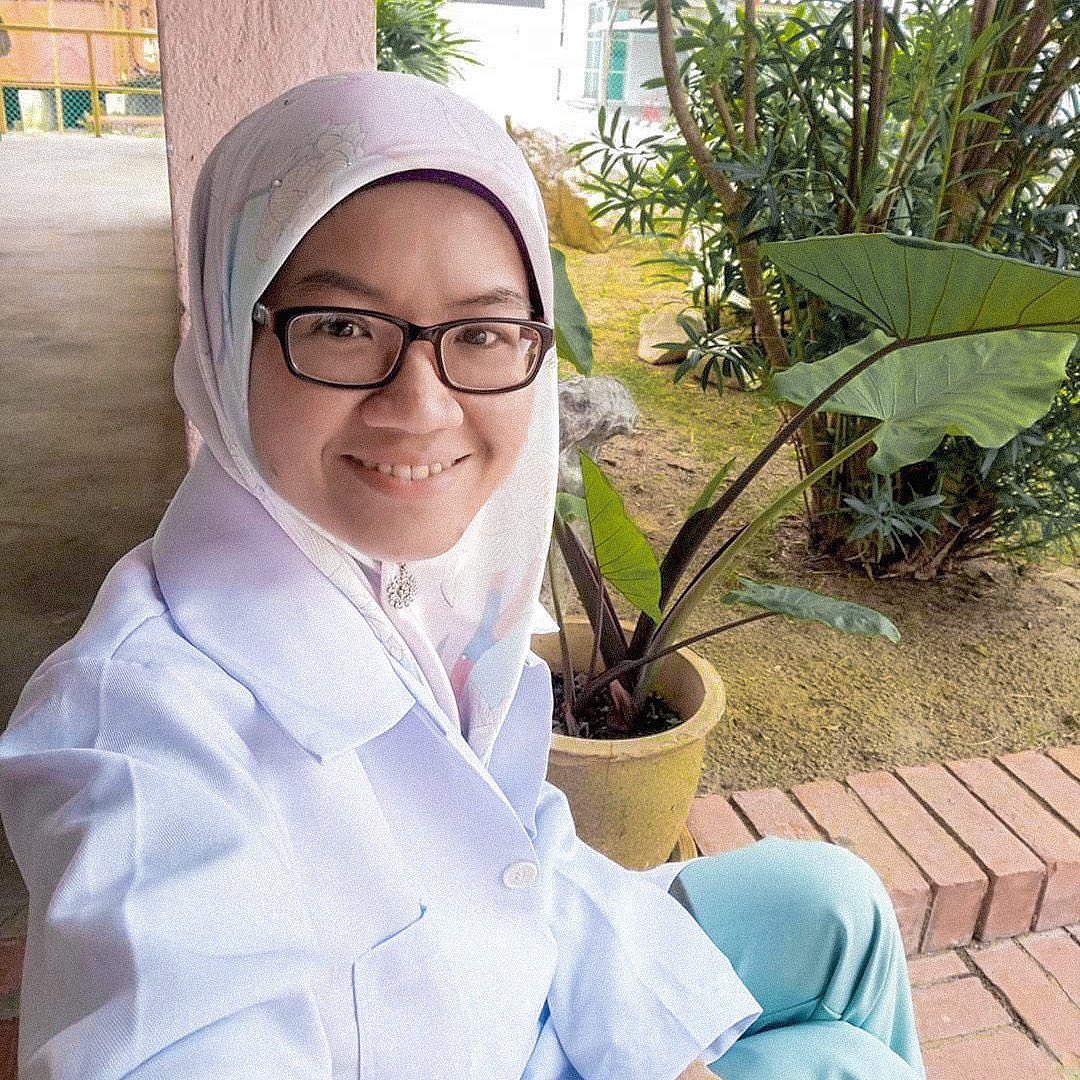

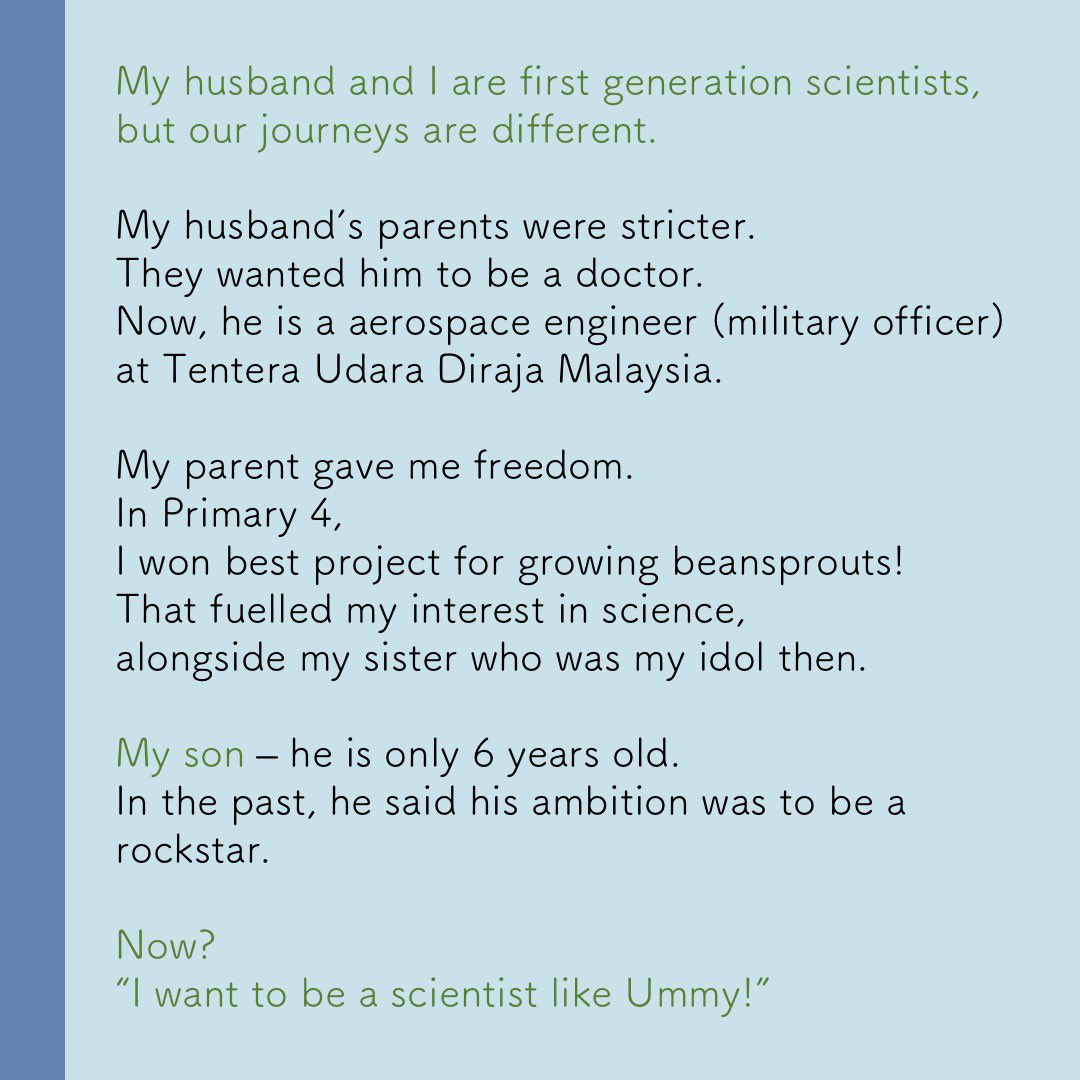
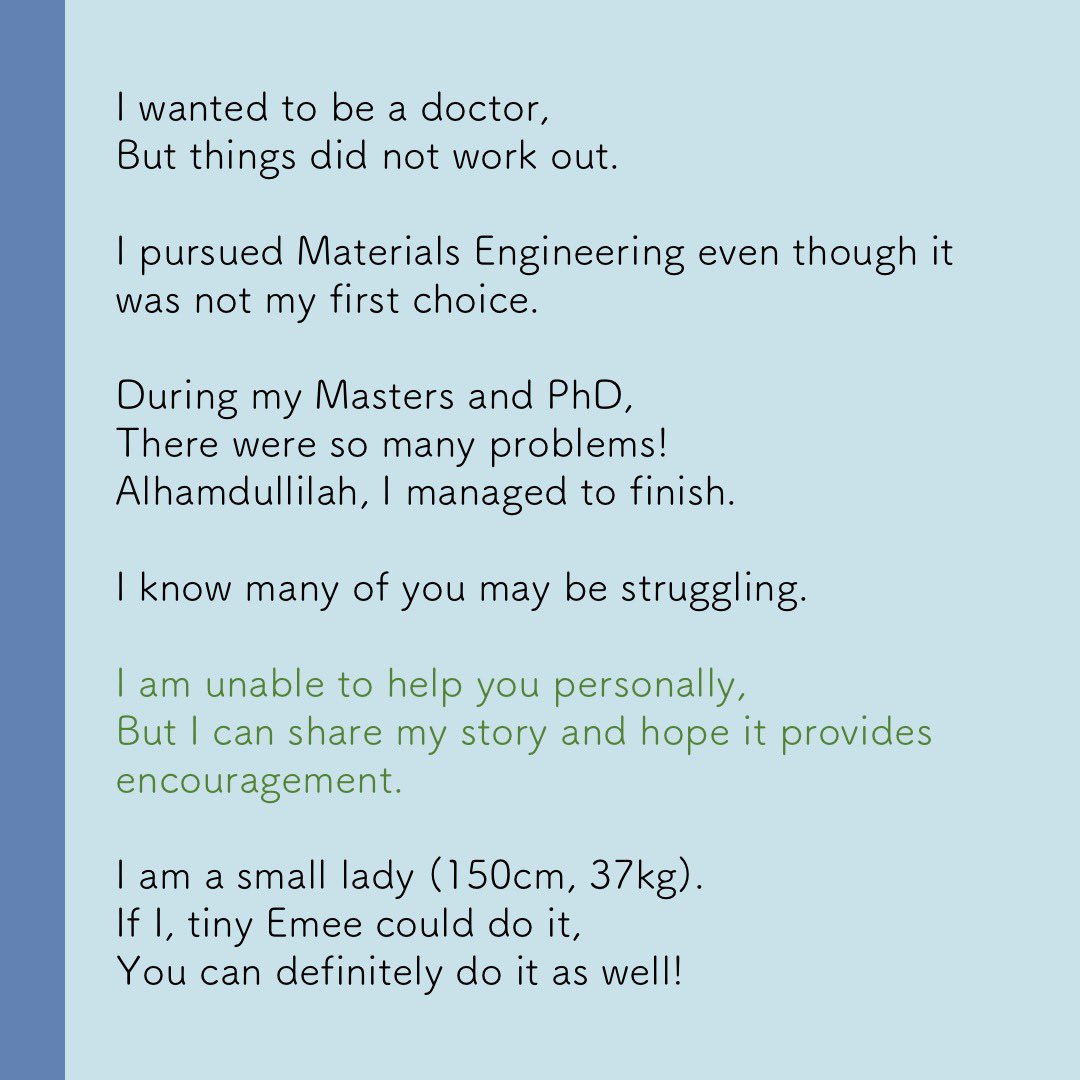
70. @StanleyYip_ , a PhD student at @BristolUni investigating volcanic processes using satellite data.
"My study aims to develop a framework to link observations of volcanic deformation and volcanic degassing to understand the properties of magma."



"My study aims to develop a framework to link observations of volcanic deformation and volcanic degassing to understand the properties of magma."




71. Dr. @pelf81 is Co-founder of Turtle Conservation Society of Malaysia @TCSMsia. Her focus is on community-based conservation of river terrapins in Terengganu.
"Terrapins take 20 years to mature, that is a long time, so we want to get things right from the start. "



"Terrapins take 20 years to mature, that is a long time, so we want to get things right from the start. "



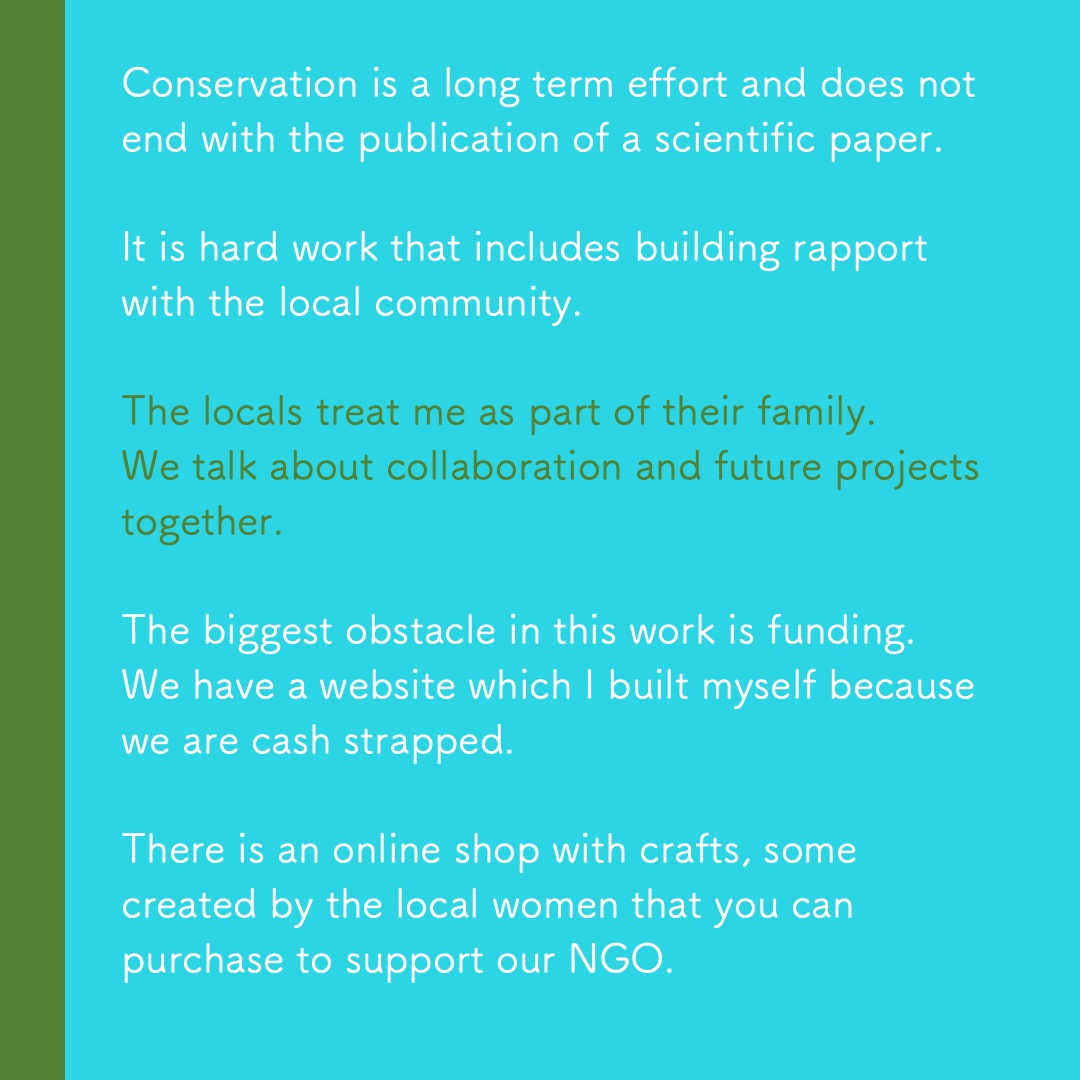
72. Dr Garry Kuan, sports psychologist.
“Music may be used to enhance cognition in elderly patients w dementia as well as physiotherapy cases where music help to improve motor skills.”
Connect with Garry on FB facebook.com/garry.kuan.7



“Music may be used to enhance cognition in elderly patients w dementia as well as physiotherapy cases where music help to improve motor skills.”
Connect with Garry on FB facebook.com/garry.kuan.7




73. Drs Zarina Thasneem and Ilie Fadzilah are immunologists working with Dr. @Intan_J5 to help diagnose primary immunodeficiency (PID)
"Diagnosing the patient requires a joint effort, between the 'front-end' clinician and the scientists like us who work at the back end. "



"Diagnosing the patient requires a joint effort, between the 'front-end' clinician and the scientists like us who work at the back end. "
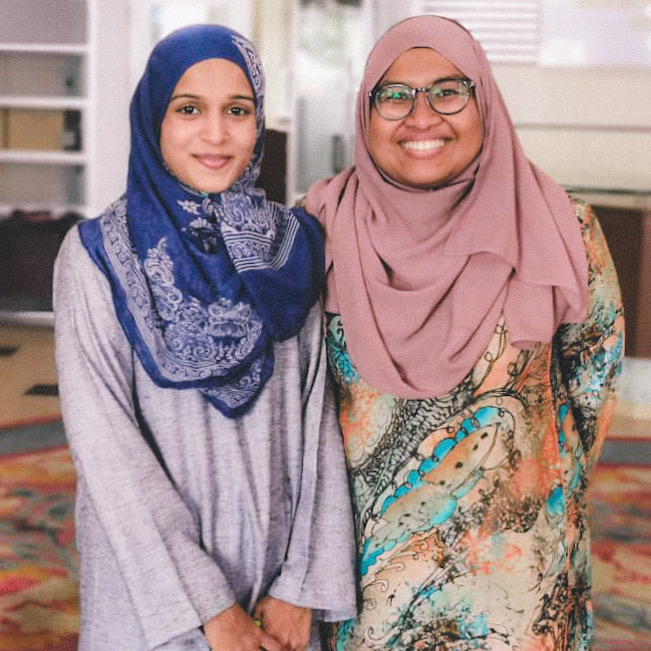
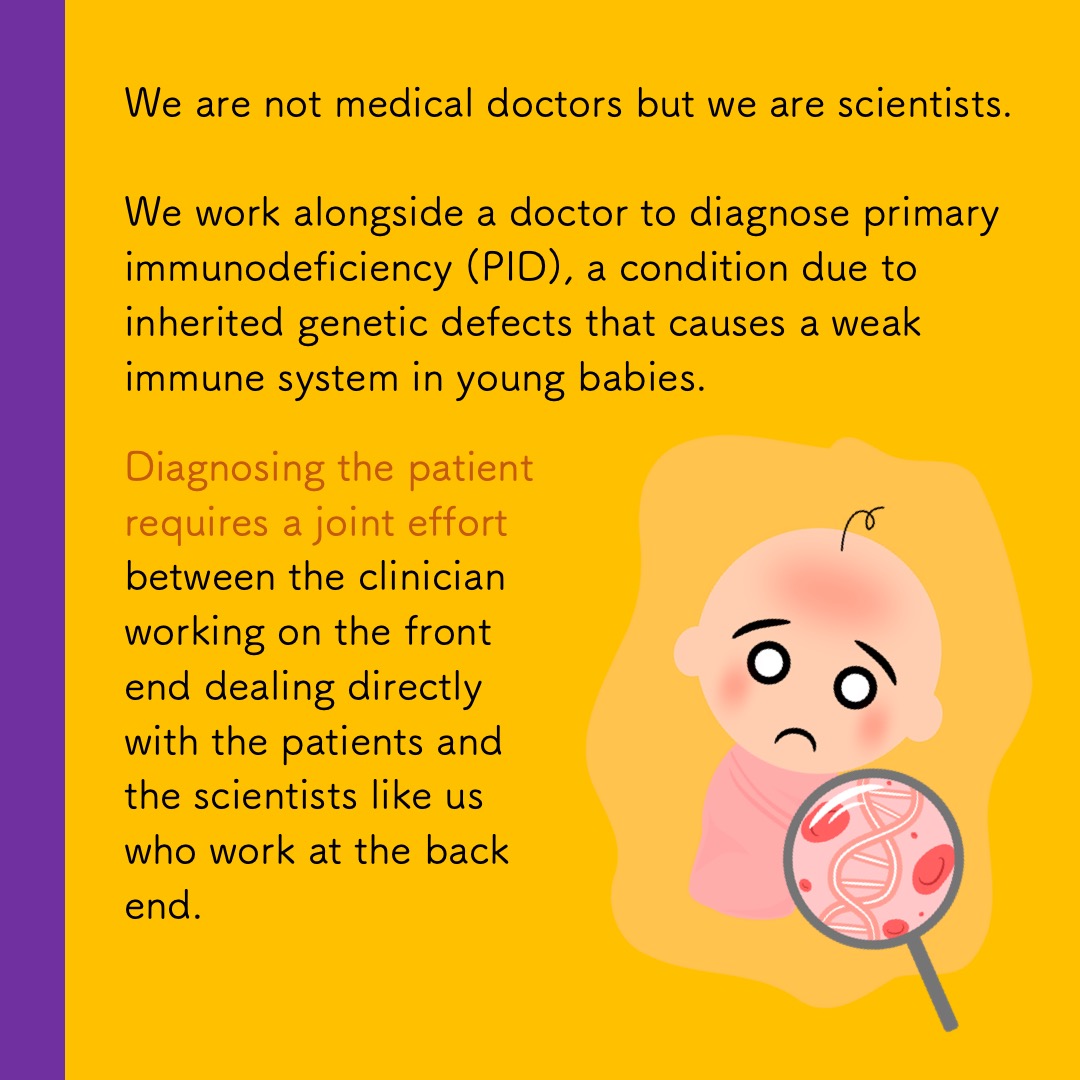


74 Dr. @AidFawzal, CFS/CAE engineer at @INVISTA U.K.
“I do this back & forth thing: chase new knowledge & apply them for more experience. It’s like driving a car – you reach 180km/h limit; woah, it’s fast! But do it repeatedly you feel nothing start to consider an upgrade.”



“I do this back & forth thing: chase new knowledge & apply them for more experience. It’s like driving a car – you reach 180km/h limit; woah, it’s fast! But do it repeatedly you feel nothing start to consider an upgrade.”




75. Dr Nurashikin, lecturer at UNIMAS.
“There are so many waste products around us that can be converted into valuable products by biotechnology. Instead of using chemical synthesis, why not use an approach that is environmentally friendly like fermentation?”



“There are so many waste products around us that can be converted into valuable products by biotechnology. Instead of using chemical synthesis, why not use an approach that is environmentally friendly like fermentation?”




76. Ayappa, PhD student at USM looking at developing a new drug target for cancer.
Research in Malaysia is KPI focused, where quantity > quality. But when COVID happened, they said why didn’t we focus on the research earlier. Perhaps policy making is a job worth exploring?



Research in Malaysia is KPI focused, where quantity > quality. But when COVID happened, they said why didn’t we focus on the research earlier. Perhaps policy making is a job worth exploring?




77. Ling Ling, PhD at UM looking into gut microbiota changes in children with acute lymphoblastic leukaemia.
“Do you have a health ‘garden’ in your gut? Think of your gut microbiota as a garden with a large variety of microbes (not plants).”



“Do you have a health ‘garden’ in your gut? Think of your gut microbiota as a garden with a large variety of microbes (not plants).”


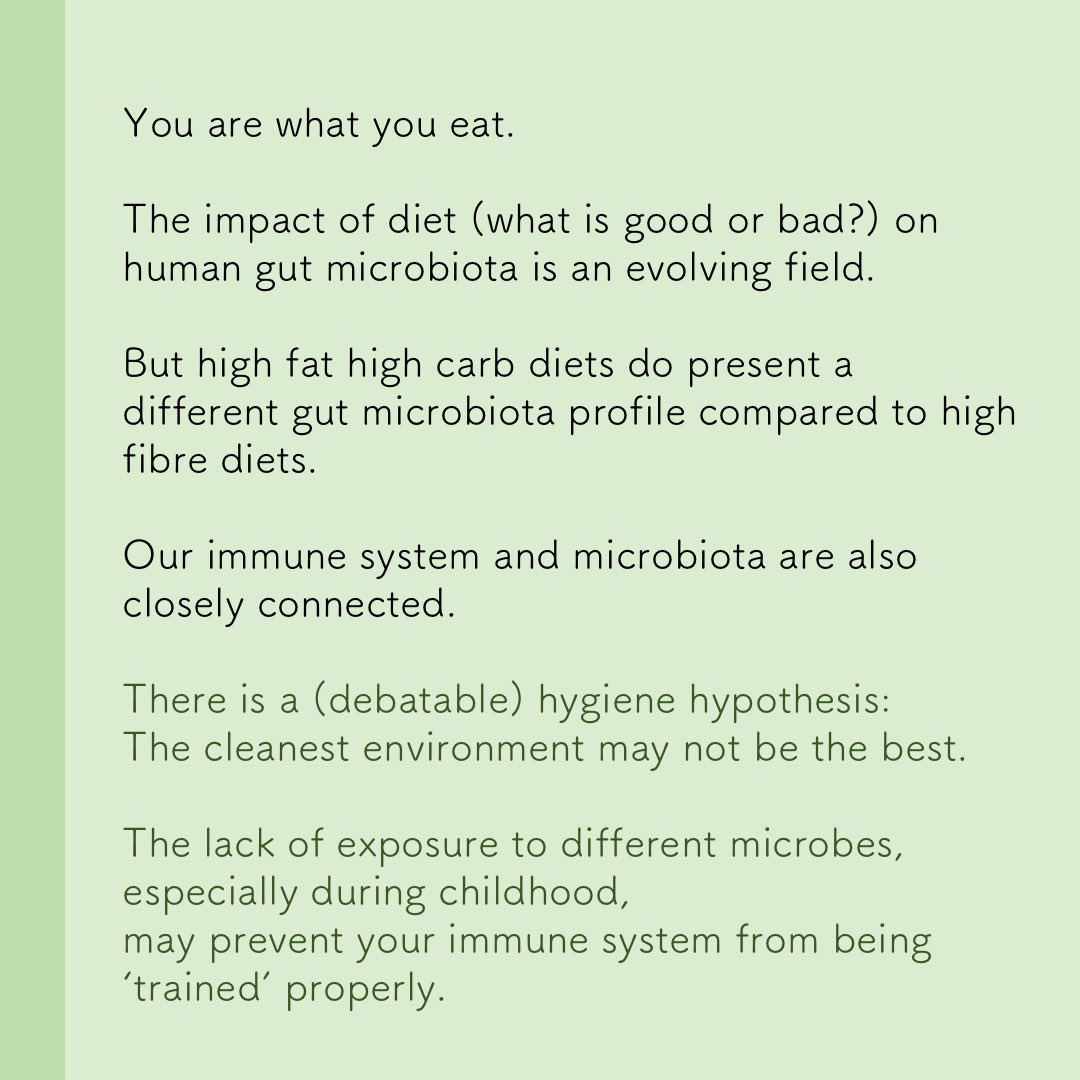

78. Kalidasan used CRISPR-Cas9 technique to investigate “elite controllers” HIV patients.
‘They are infected with a replication-competent form of virus, but viral load is undetectable in their blood tests, and they do not need to be on medication. What makes them so special? ‘



‘They are infected with a replication-competent form of virus, but viral load is undetectable in their blood tests, and they do not need to be on medication. What makes them so special? ‘




Hi everyone. A quick survey on gene editing
1. How much do you agree with the use of gene editing of cells in adult to cure life-threatening disease?
1. How much do you agree with the use of gene editing of cells in adult to cure life-threatening disease?
Hi everyone. A quick survey on gene editing
2. How much do you agree with the use of gene editing of cells in children to cure life-threatening disease?
2. How much do you agree with the use of gene editing of cells in children to cure life-threatening disease?
Hi everyone. A quick survey on gene editing
3. How much do you agree with the use of gene editing of cells in embryos to cure life-threatening disease?
3. How much do you agree with the use of gene editing of cells in embryos to cure life-threatening disease?
Hi everyone. A quick survey on gene editing
4. If you could safely genetically edit cells, would you use this technology to determine physical appearance (eye colour, hair colour, skin colour)?
4. If you could safely genetically edit cells, would you use this technology to determine physical appearance (eye colour, hair colour, skin colour)?
Hi everyone. A quick survey on gene editing
5. If you could safely genetically edit cells, would you use this technology to determine intelligence?
5. If you could safely genetically edit cells, would you use this technology to determine intelligence?
79. @k_guyphdc, PhD looking into epigenetics (methylation) & development.
“Epigenetics are like punctuation marks in your DNA. They instruct which bits needs expressing (!), silencing (.) or tweaking (;).”



“Epigenetics are like punctuation marks in your DNA. They instruct which bits needs expressing (!), silencing (.) or tweaking (;).”




80. Dr. Shyan Chua is an engineer and technologist, heading up Malaysian Smart Factory 4.0 @SHRDC
"Shifting the focus towards a “People First, Technology Next” concept towards technology integration and implementation will support scalability and adoption of technologies."



"Shifting the focus towards a “People First, Technology Next” concept towards technology integration and implementation will support scalability and adoption of technologies."




81. Juliana Ooi is a Comprehensive Sexuality Educator & Social Entrepreneur.
"I want to make this toolkit that I develop inclusive, to include conservative parents and I hope to address major concerns and perspectives of the parents in discussing sex ed at home."



"I want to make this toolkit that I develop inclusive, to include conservative parents and I hope to address major concerns and perspectives of the parents in discussing sex ed at home."




82. Atteleth, winner of FameLab Malaysia 2020 on his work in conservation.
“I turned down the offer of a PhD. For me, work needs to be relatable. What’s the point if Mak Cik Kiah from Kampung Biru cannot understand me!”



“I turned down the offer of a PhD. For me, work needs to be relatable. What’s the point if Mak Cik Kiah from Kampung Biru cannot understand me!”




83. @drminmintan, public health researcher @MonashMalaysia looking at association between faith/religion with mental & physical health in 55 years old & above in Segamat.
“You might not be able to study existence of a higher being. But you can study the EFFECT of faith.”



“You might not be able to study existence of a higher being. But you can study the EFFECT of faith.”




84. @fongcs92, PhD in Urban Environment at @unimalaya.
‘The ideal city integrates nature within its design – it is green and self-sustainable. But it’s not as simple as plant more trees! A lot of factors have to be considered.’



‘The ideal city integrates nature within its design – it is green and self-sustainable. But it’s not as simple as plant more trees! A lot of factors have to be considered.’




85. Dr. Siti Khayriyyah, 2018 @FameLab champion researches immunological biomarkers, in particular TB.
“To anyone reading this, I challenge you to read a science news article a day, just one!”



“To anyone reading this, I challenge you to read a science news article a day, just one!”




86. @duncan_ng is a Bioinformatician researching nasal microbiome.
"The staphylococcus aureus bacteria is responsible for a lot of hospital infections. Before we discovered antibiotics, when a person gets the infection, they would be likely to die."



"The staphylococcus aureus bacteria is responsible for a lot of hospital infections. Before we discovered antibiotics, when a person gets the infection, they would be likely to die."




87. Shivaani @UoNMalaysia researching breast cancer.
“My research focuses on understanding and using information from mammograms for breast cancer risk prediction.”



“My research focuses on understanding and using information from mammograms for breast cancer risk prediction.”




88. Kong, @astro_kyliow investigates the formation of young massive star clusters through numerical simulation! 🌟
“One of more memorable moments is meeting Prof Mazlan Othman - Malaysia’s first astrophysicist!”



“One of more memorable moments is meeting Prof Mazlan Othman - Malaysia’s first astrophysicist!”


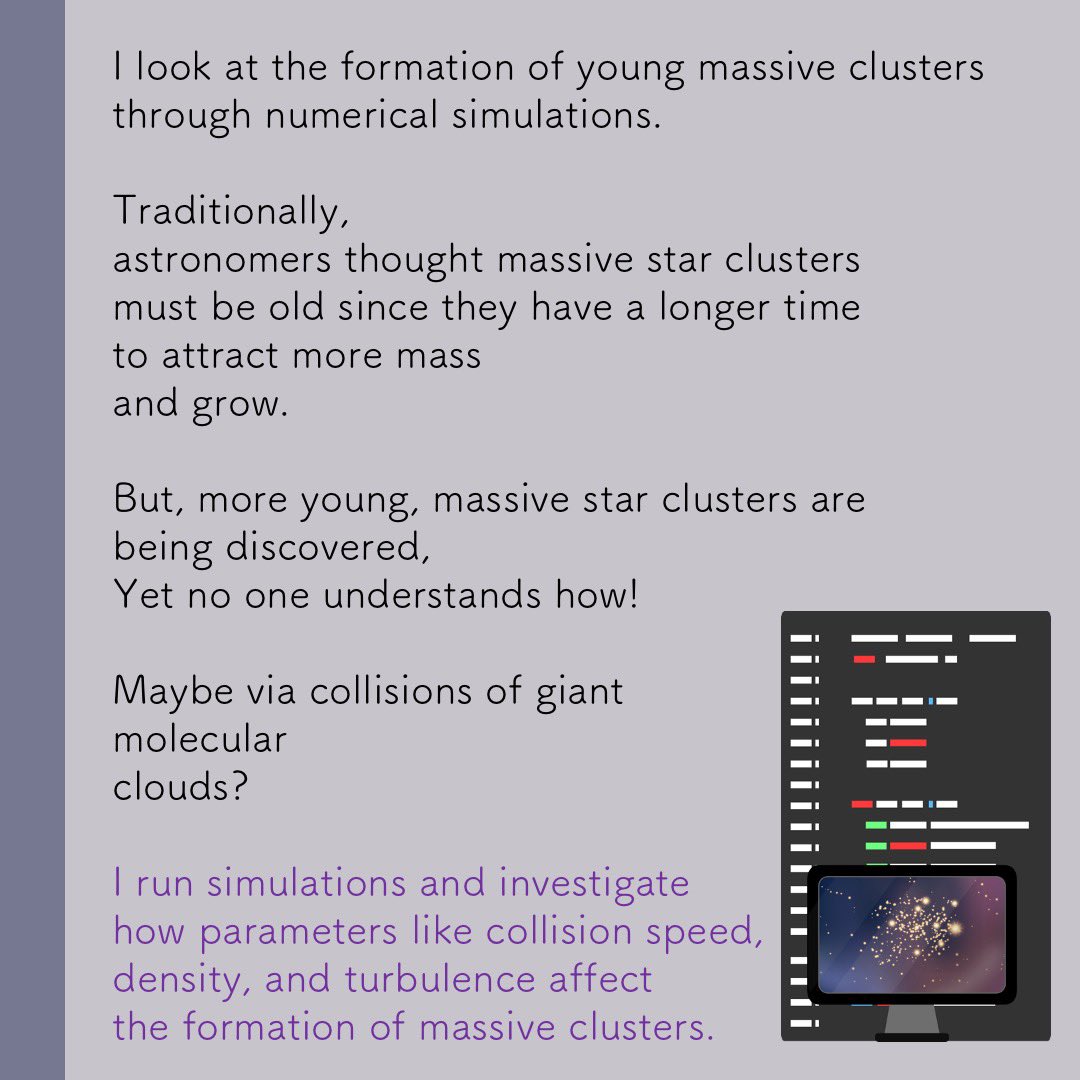

89. Nur Shukriyah, food scientist.
“Why food science as a career? It’s something close to heart. It’s also easy to understand, explain and essential to everyone. “



“Why food science as a career? It’s something close to heart. It’s also easy to understand, explain and essential to everyone. “




90. Amardeep, PhD student at @MonashMalaysia working on miniature flexible sensors for obstructive sleep apnea syndrome.
“I graduated SPM with only 2As. I thought it was the end of the world. But now I’m completing a PhD in Engineering.”



“I graduated SPM with only 2As. I thought it was the end of the world. But now I’m completing a PhD in Engineering.”




91. Evelyn, PhD student studies team dynamics using commercial video games
"There is a lot of interest in understanding how people play together in general, especially now that we are in the middle of a global pandemic"
#portal2 #Overwatch #dota2 #LeagueOfLegends



"There is a lot of interest in understanding how people play together in general, especially now that we are in the middle of a global pandemic"
#portal2 #Overwatch #dota2 #LeagueOfLegends



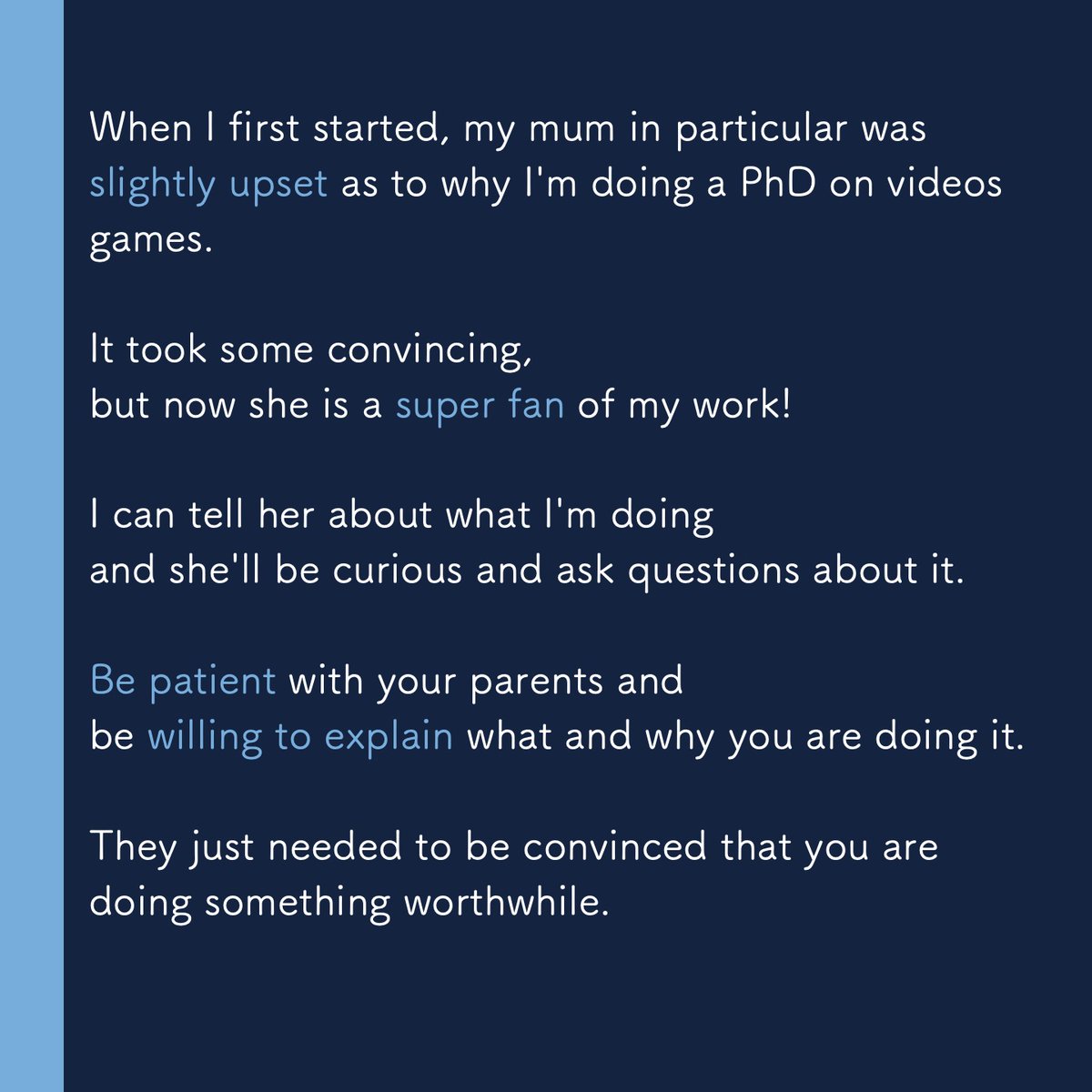
92. Eyu Chan Hong is a PhD in plant science, studying plant tissue culture.
"If a farmer has a particular durian which produces a lot of good fruits, they would bring us the plant, we will research and ‘photostat’ the plant. So you can have fruits with the good qualities."



"If a farmer has a particular durian which produces a lot of good fruits, they would bring us the plant, we will research and ‘photostat’ the plant. So you can have fruits with the good qualities."



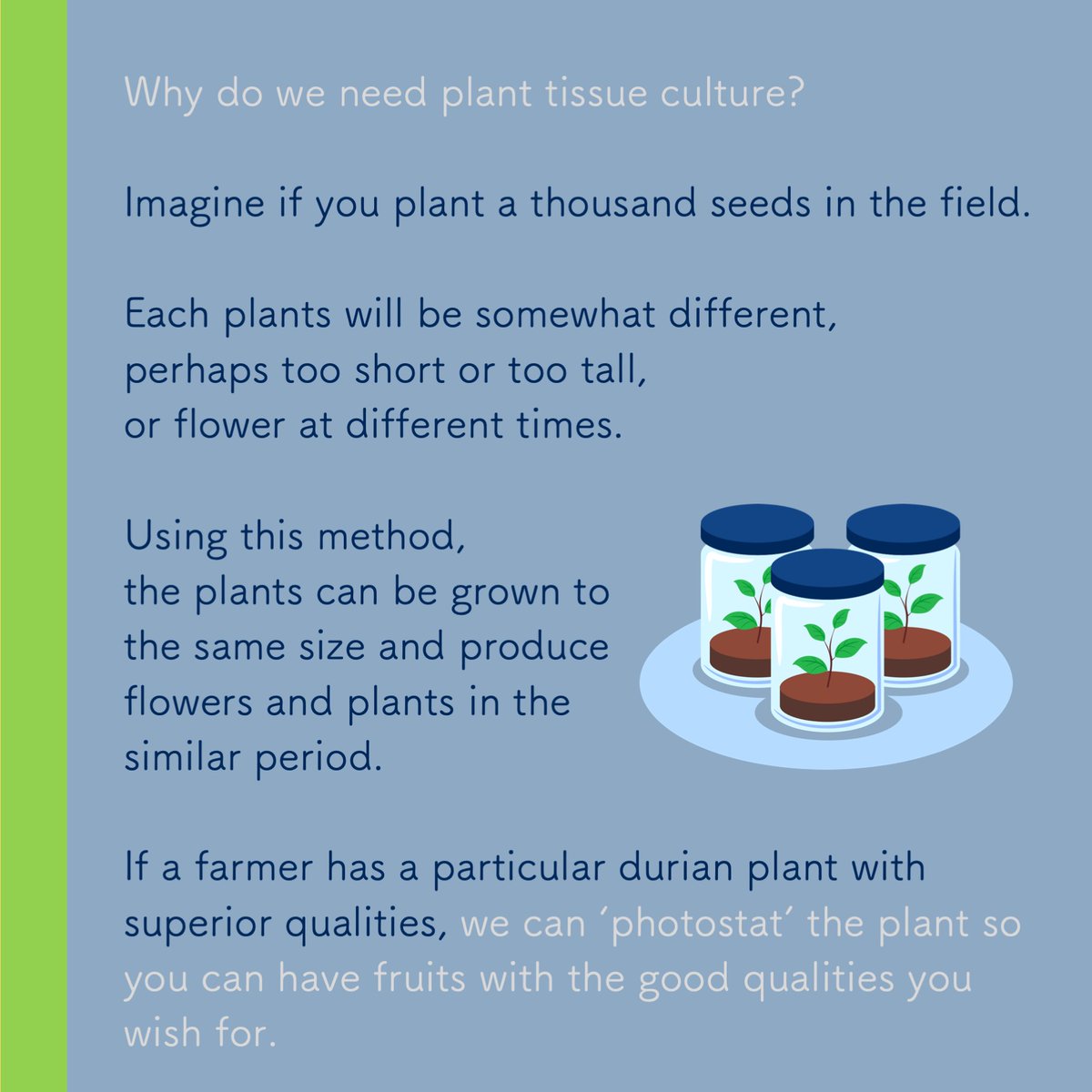
93. Sara, sendimentologist completing her PhD at @miamiuniversity
“Did you know Ipoh was underwater 450-250 million years ago? Mapping distribution of carbonate rocks help us understand the landscape of the past.”



“Did you know Ipoh was underwater 450-250 million years ago? Mapping distribution of carbonate rocks help us understand the landscape of the past.”




94. Tze Tshen, a vertebrate palaeontologist and zooarchaeologist
"We have dated one of the fossil sites in Batu Caves which contain some remarkably interesting mammals, like tigers, the Asian black bears and even orangutans, which have been extinct for at least 33,000 years.



"We have dated one of the fossil sites in Batu Caves which contain some remarkably interesting mammals, like tigers, the Asian black bears and even orangutans, which have been extinct for at least 33,000 years.




95. @MaisaraShahrom chemistry lecturer @qiup_edu
“You will never know your potential if you never try. If you fail, just stand back up and never give up!”



“You will never know your potential if you never try. If you fail, just stand back up and never give up!”

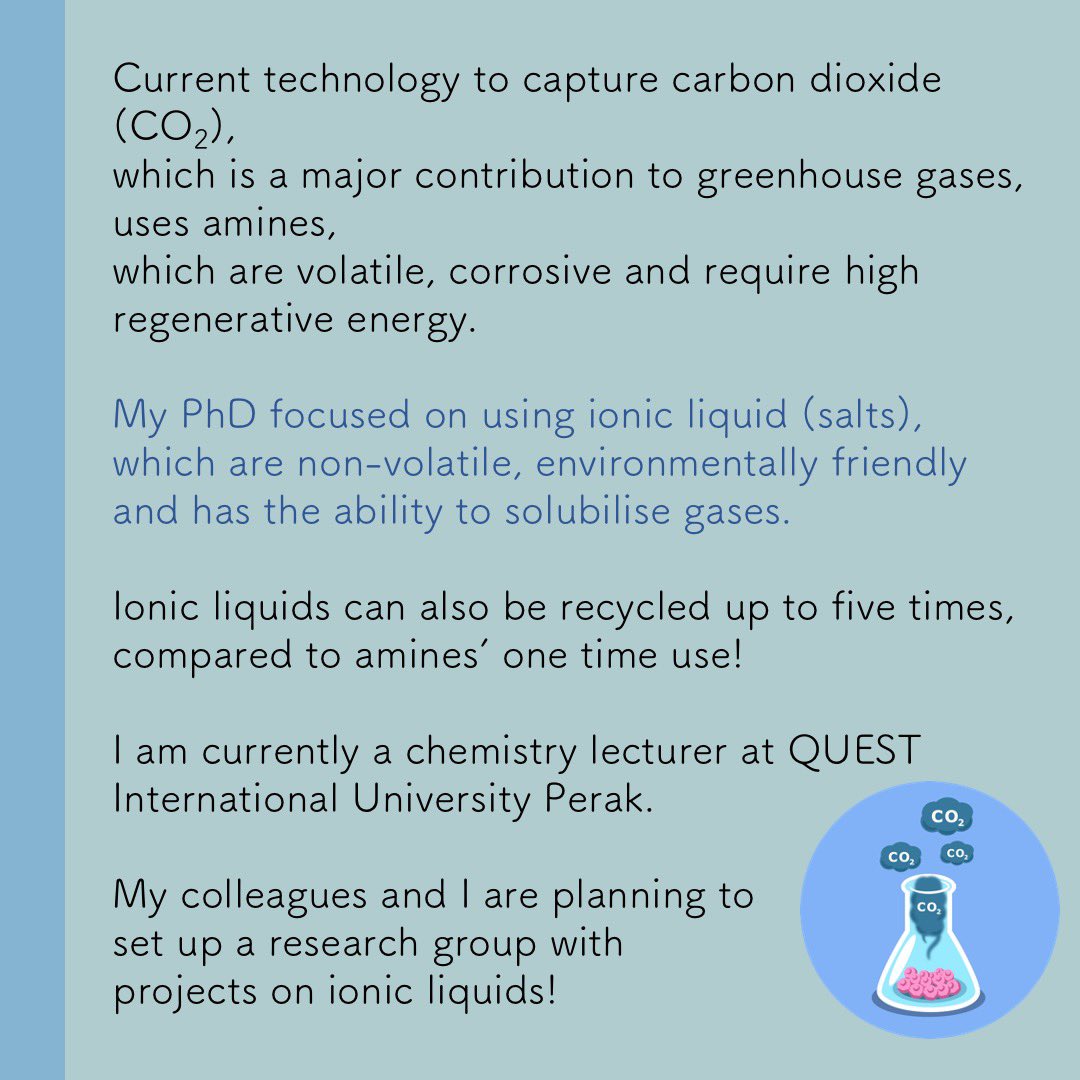


96. Dr. @khaichung , Asst. Prof @ Penn State investigates mechanisms underlying the r/s between skin pigmentation & melanoma.
“we set ourselves the challenge to collect samples from different ancestries: E. Asians, Caucasians & Orang Asli & Native Americans from the Caribbean.”



“we set ourselves the challenge to collect samples from different ancestries: E. Asians, Caucasians & Orang Asli & Native Americans from the Caribbean.”




So, why pigmentation? When human migrated out-of-Africa towards northerly latitudes more than 20 kya, dark pigmentation prevents UV light from helping to ‘make’ Vit-D. This in turns causes diseases such as rickett. #stem #science
So, human developed lighter skin, and because of selection or survival of the fittest, only the lighter skinned people survived. Key questions are what are the genes involved, and where and when the first mutation?
@khaichung 97. Our cofounder @sarawongwt, a PhD candidate at @UniofNottingham who studies the effects of the 'love hormone', oxytocin on behaviour.
"I want to contribute in a meaningful way."



"I want to contribute in a meaningful way."
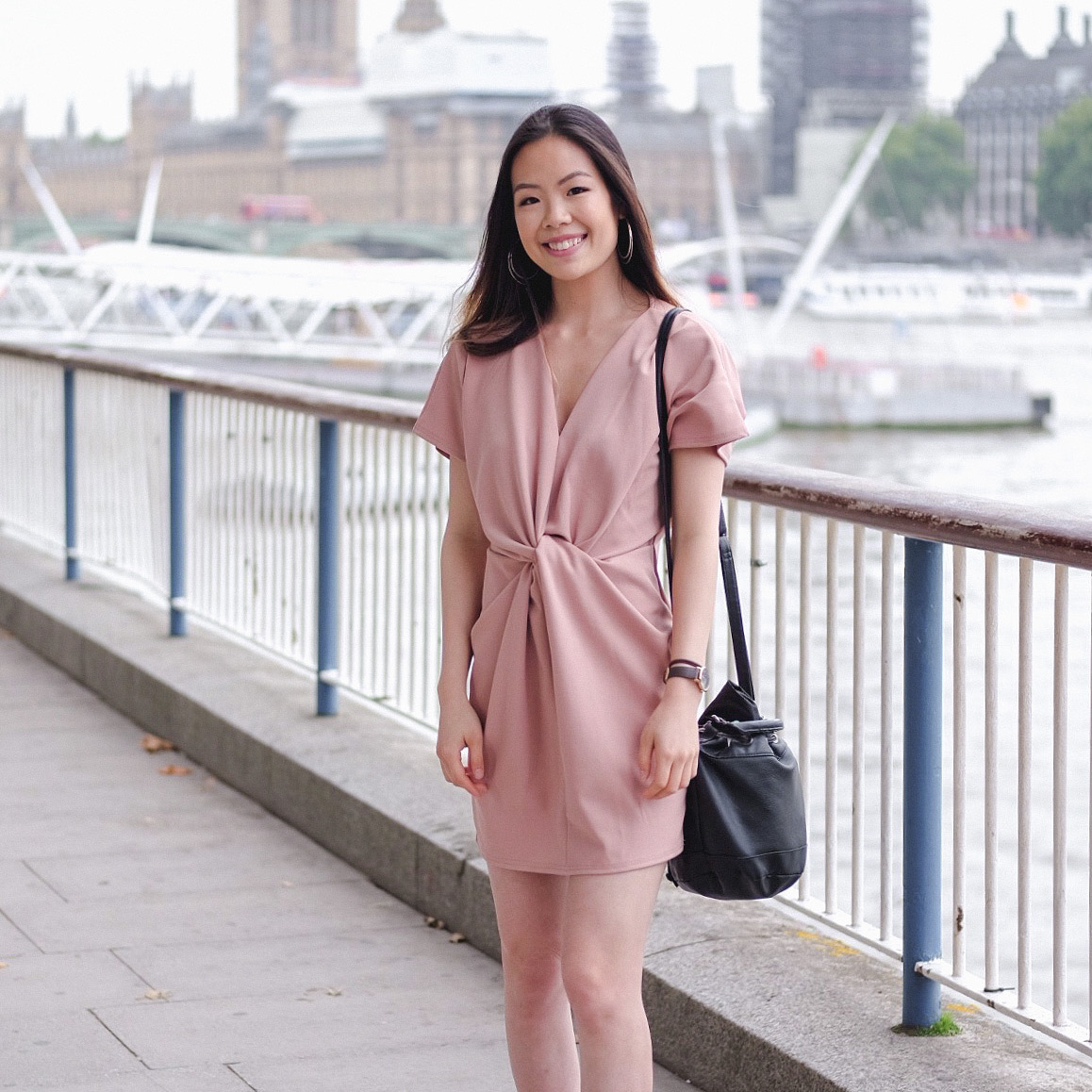



98. Our cofounder Anthony Beh, a vision neuroscientist doing his PhD at @UniofNottingham. He works with stroke survivors who experience sight loss after a stroke and consequently lose half their vision. 







@UniofNottingham 99. Our cofounder @jkmkhoo, a PhD student in cognitive neuroscientist at @UniofNottingham trying to understand how we become aware of our mistakes and learn from it.
"If someone wants to learn something then we should try our best to help them learn it"



"If someone wants to learn something then we should try our best to help them learn it"




@UniofNottingham @jkmkhoo 100. We feature a science educator, Mr Chong, to acknowledge the mentors who play a pivotal role in our scientific journey.
"I believe that anyone can become a scientist!"



"I believe that anyone can become a scientist!"

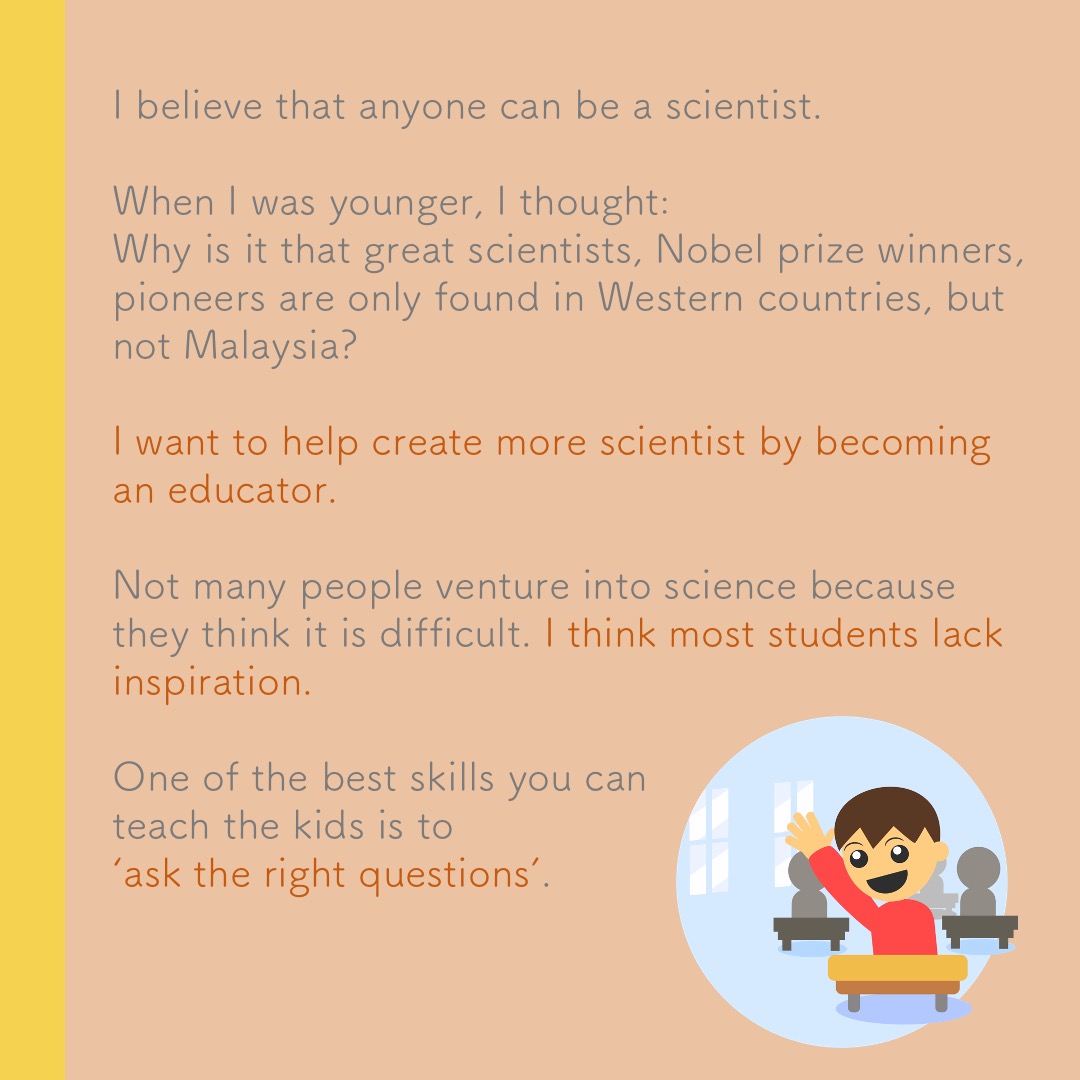


@UniofNottingham @jkmkhoo 101. @ChalysthaLee studies how cells within the gut-microbiota-brain axis communicate with one another at RMIT University, Melbourne. 






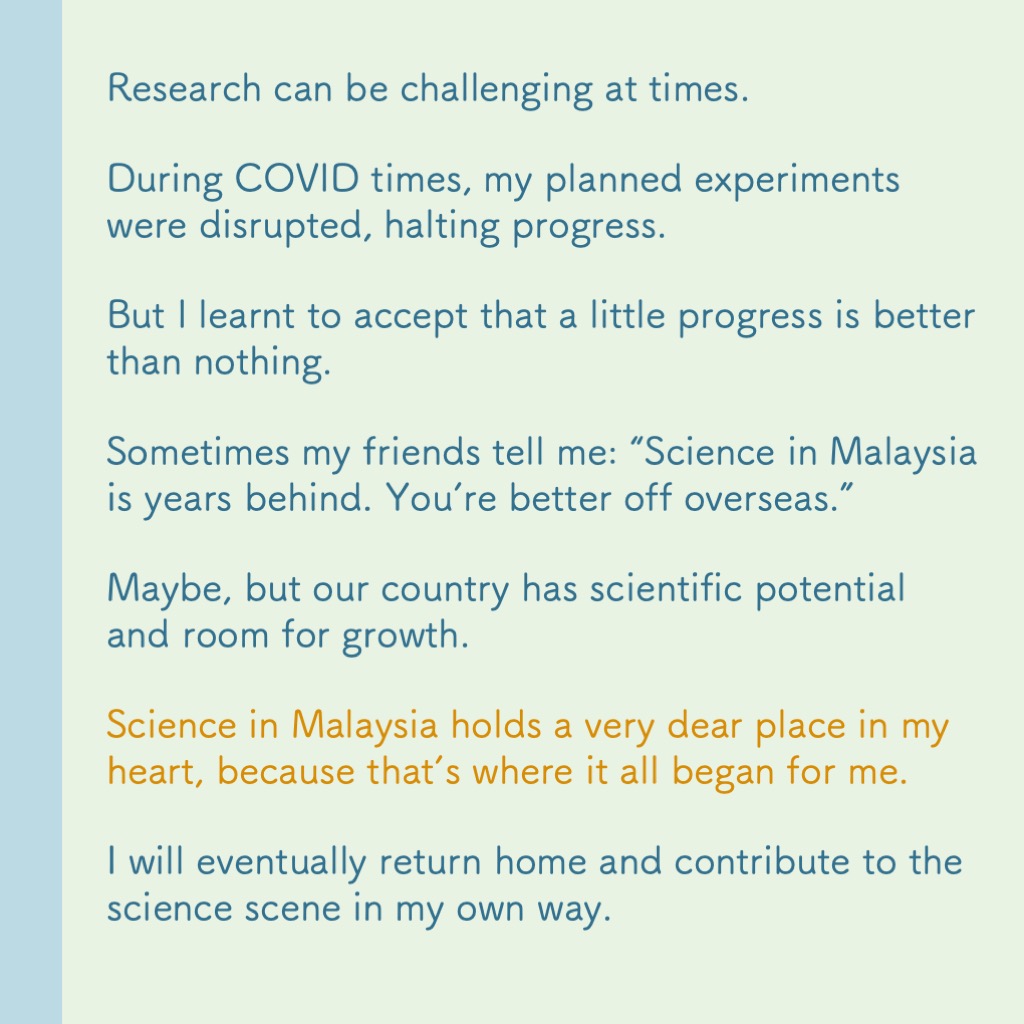
@UniofNottingham @jkmkhoo @ChalysthaLee 102. Muhammad Hafeez bin Jeofry is an environmental #geophysicist who studies the stability of the base of the ice-sheet in #Antarctica 🧊 He is also a lecturer of the new #Marine Geoscience program at @UMT_Official 




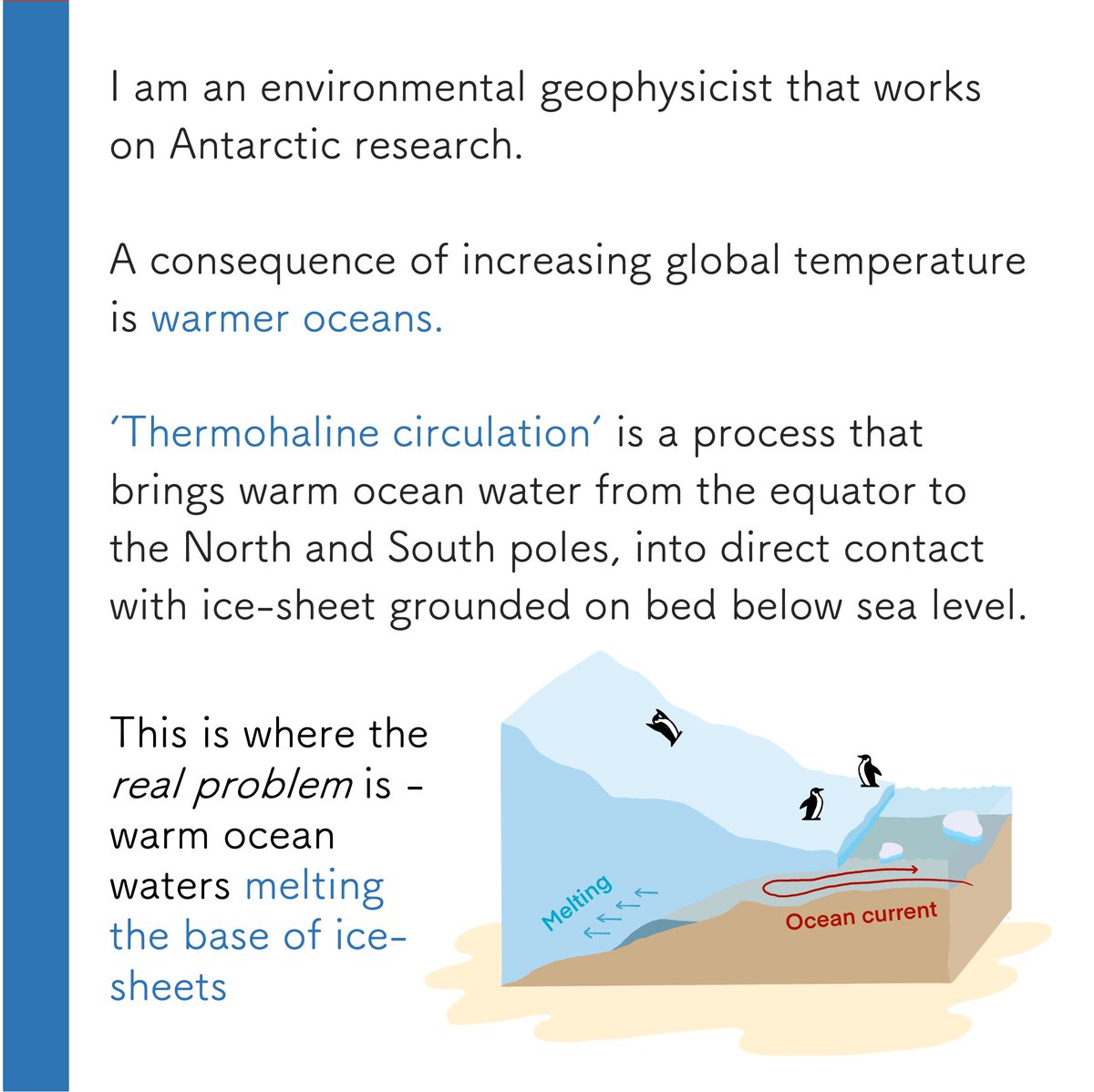
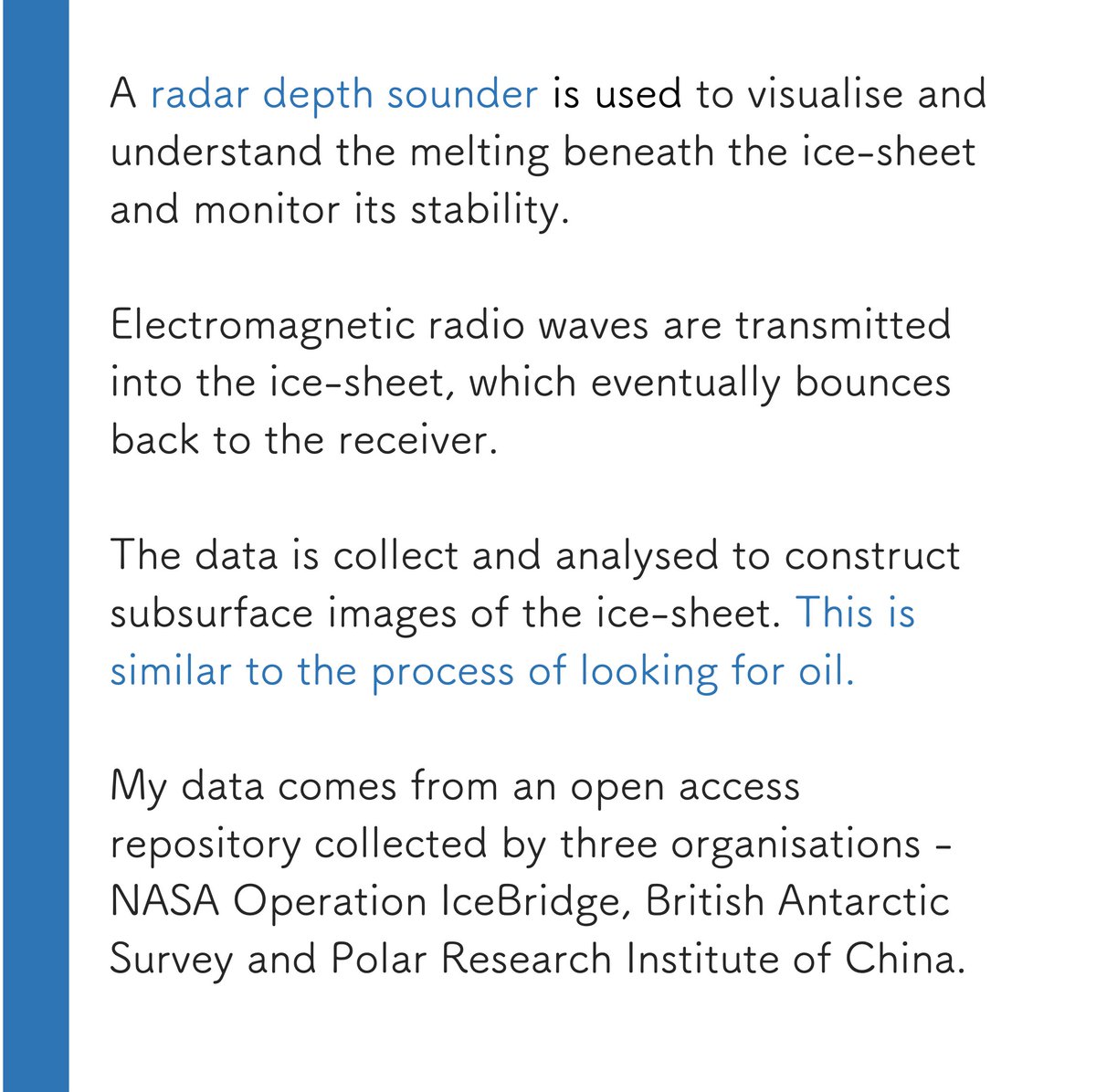

103. @serenaadam93 , shark conservation scientist.
“Overfishing & bycatch are serious issues promoting my conservation work @WWFMy , surrounding sharks & rays.”
#sharkconservation #wwfmalaysia #academictwitter



“Overfishing & bycatch are serious issues promoting my conservation work @WWFMy , surrounding sharks & rays.”
#sharkconservation #wwfmalaysia #academictwitter



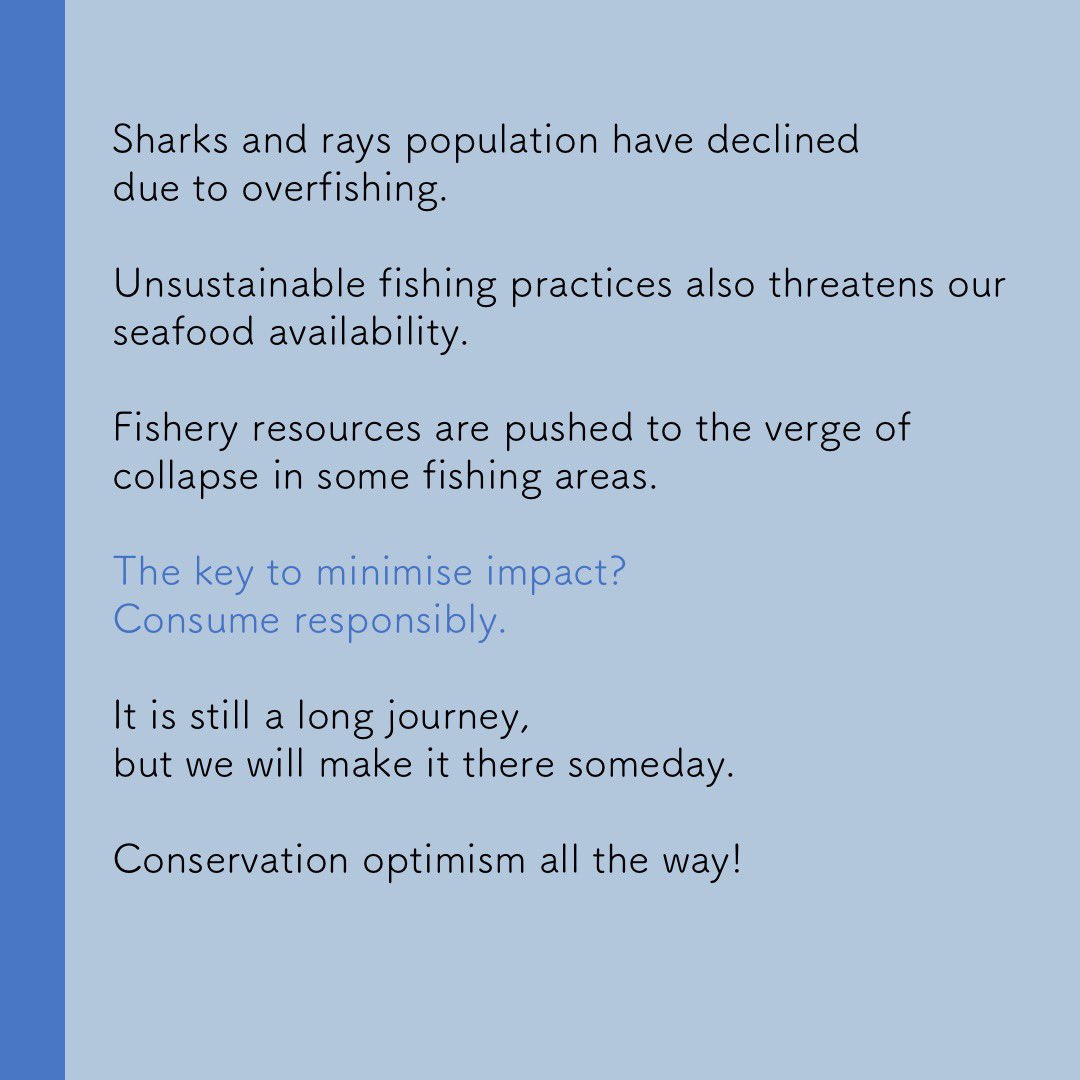
@serenaadam93 @WWFMy 104. @shazelizain , a phytochemist researcher from @uputramalaysia.
"I am developing ways to maximise what we can get from low-value #waste biomass from oil palm leaves 🍃, and transform them into high-quality products."
Finalist for #ChrysalisAward by @YSN_ASM



"I am developing ways to maximise what we can get from low-value #waste biomass from oil palm leaves 🍃, and transform them into high-quality products."
Finalist for #ChrysalisAward by @YSN_ASM




105. Jacelyn See is an ornithologist who studies the habitat selection of great egrets in North Central Selangor Coast 



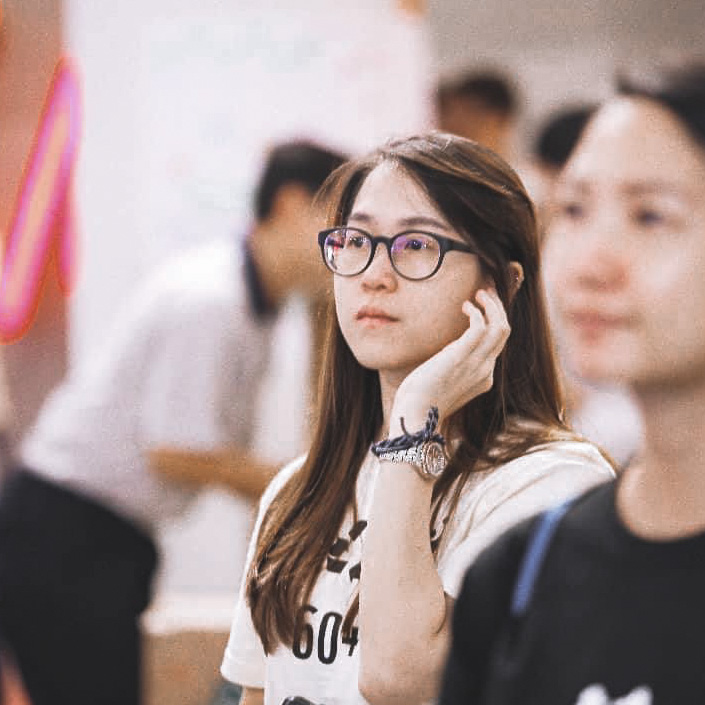
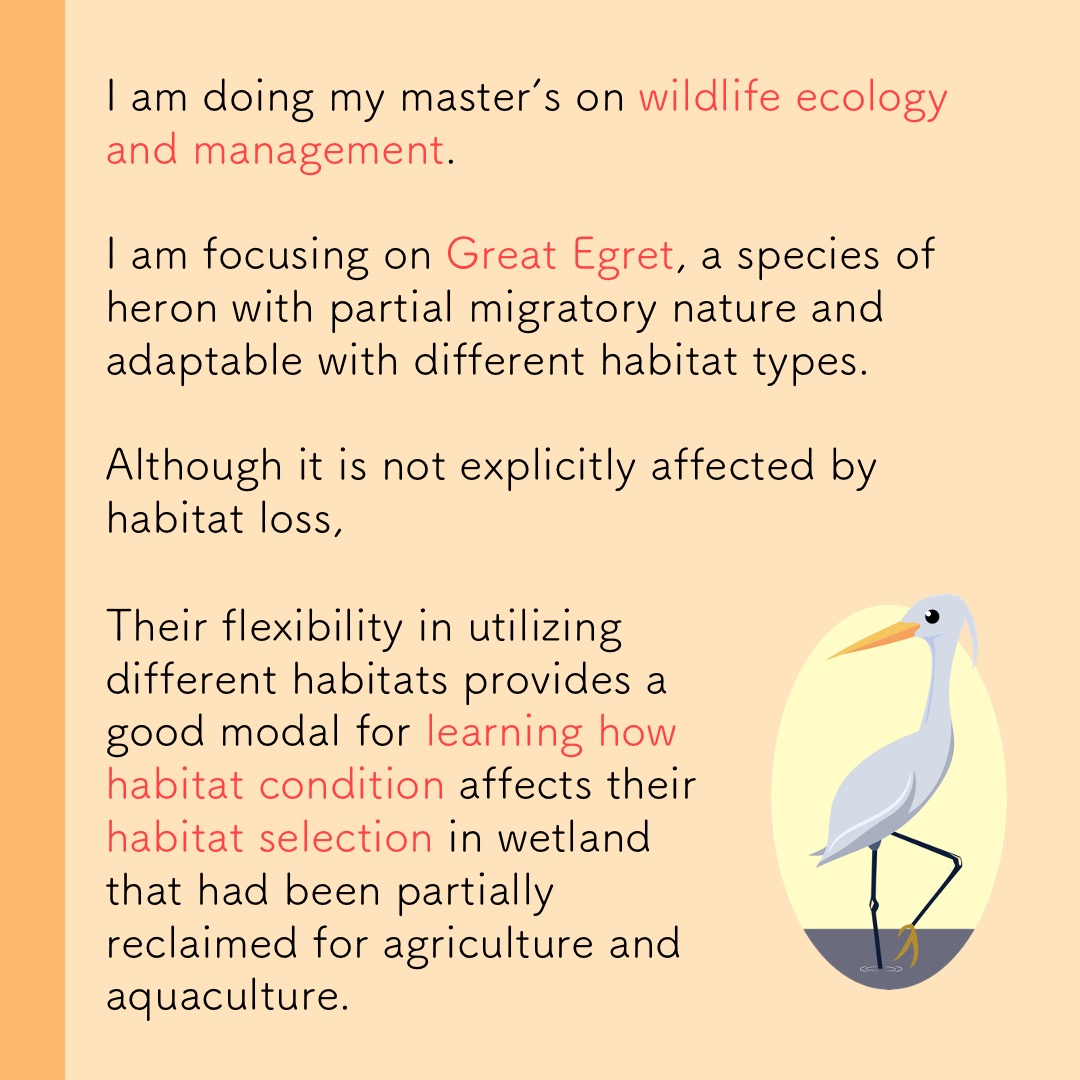


107. Melissa Wong is a senior bioinformatician in
@SOPHiAGENETICS specialising in developing tools to analyse human DNA sequences for cancer diagnostic.



@SOPHiAGENETICS specialising in developing tools to analyse human DNA sequences for cancer diagnostic.
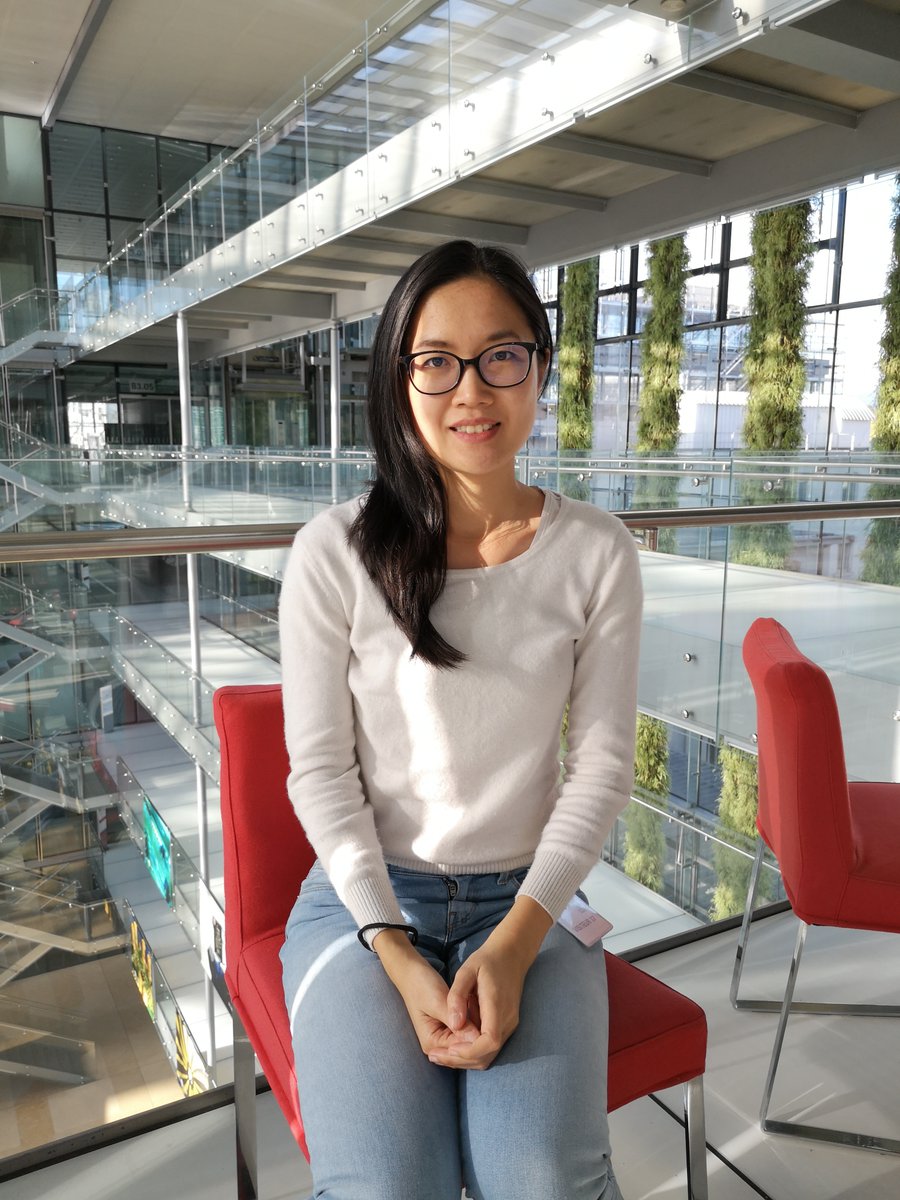



108. Ryan Law @rmc_law is a language researcher in @MPI_NL. His interests centre around studying the mental operations and underlying #neurobiology that supports the ability of humans to take words and combine their meanings to form more complex meanings in novel ways! 



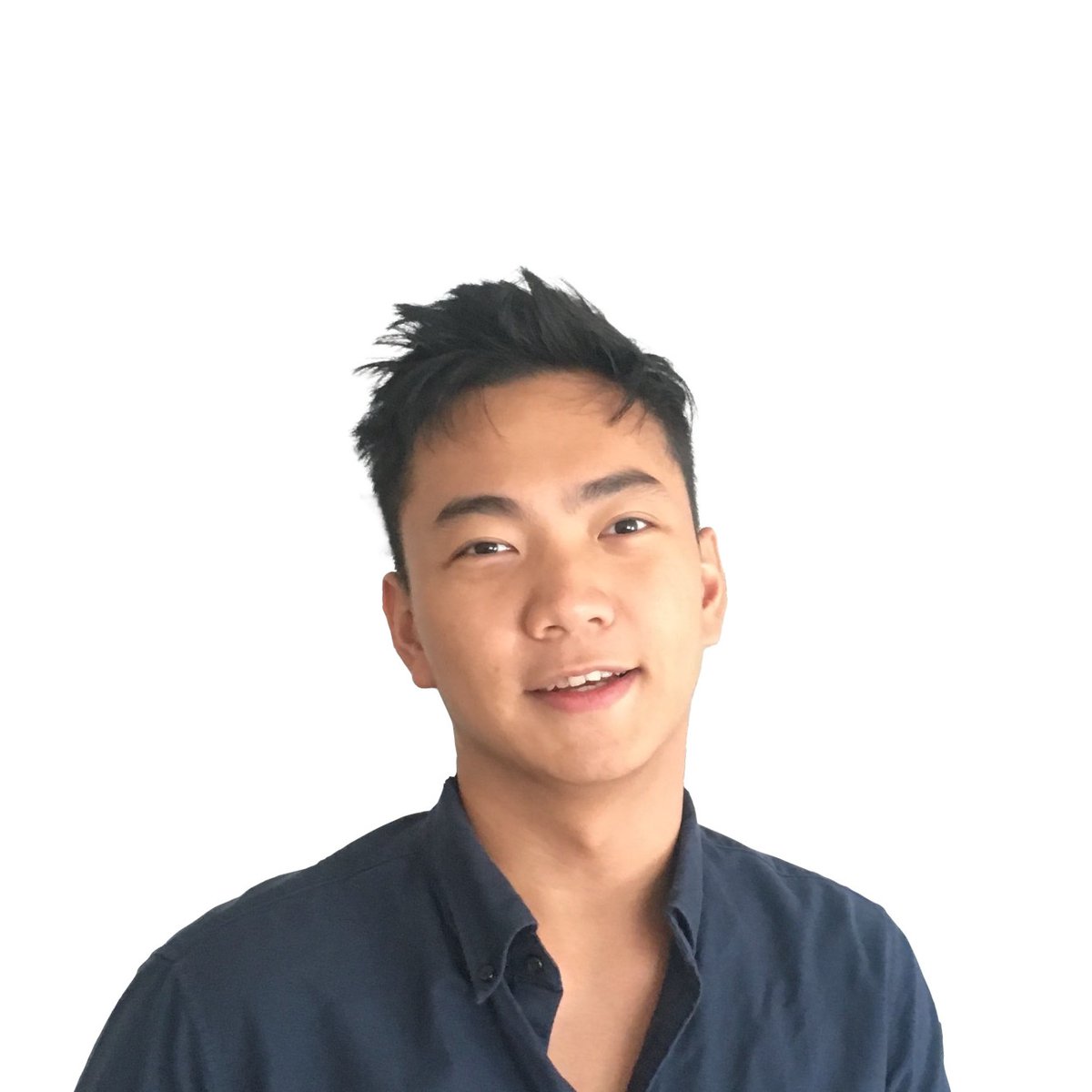



• • •
Missing some Tweet in this thread? You can try to
force a refresh

